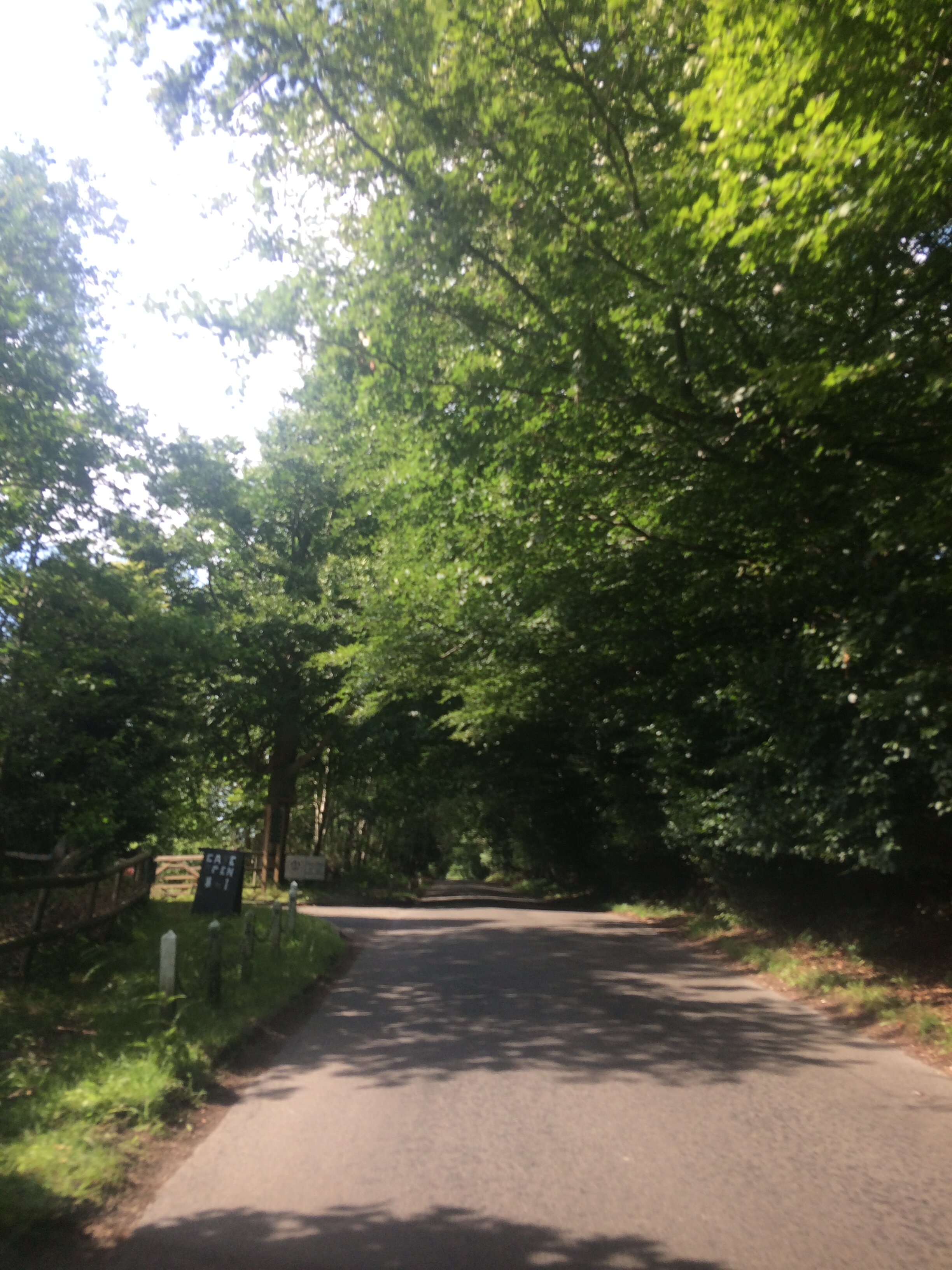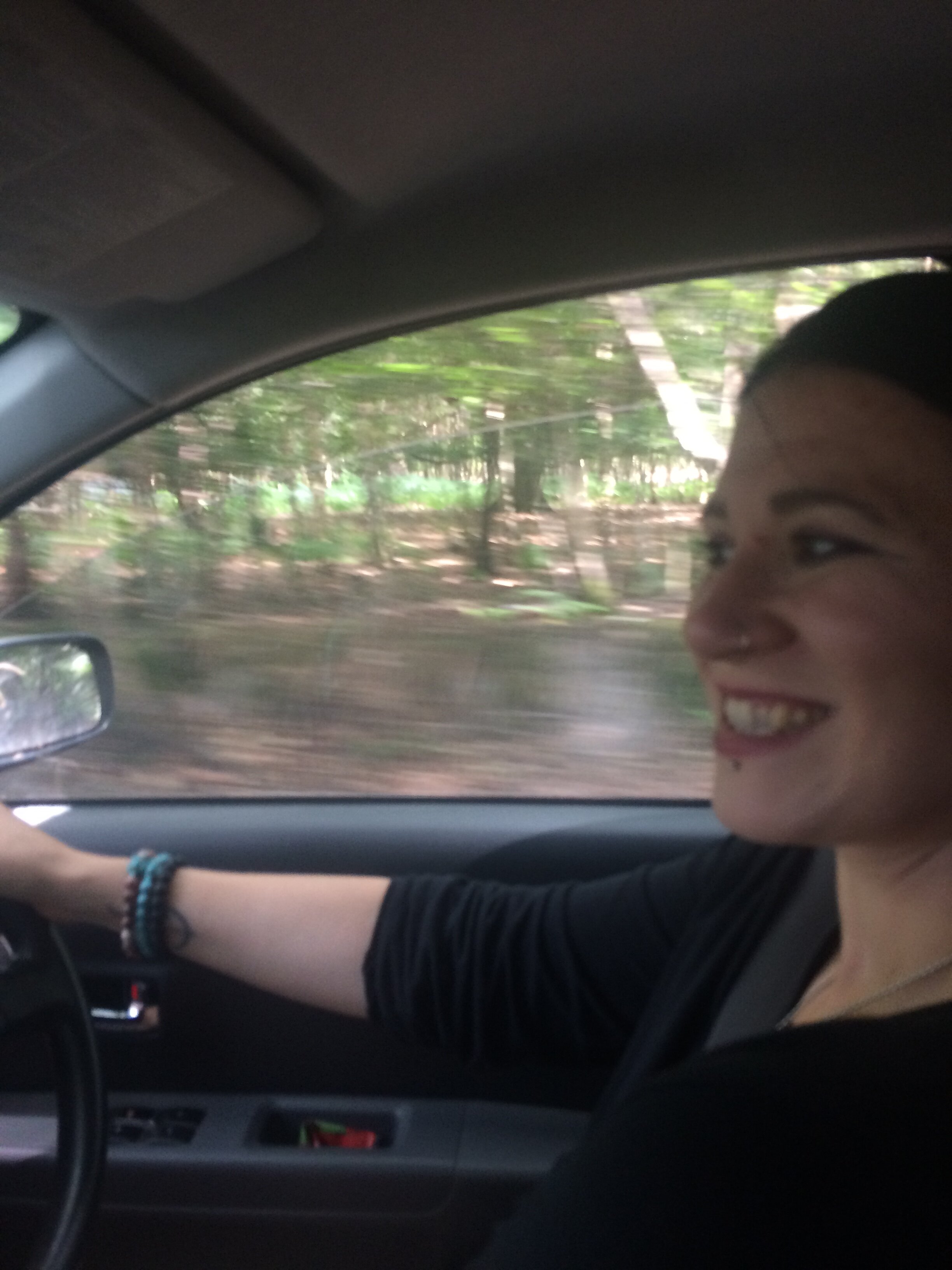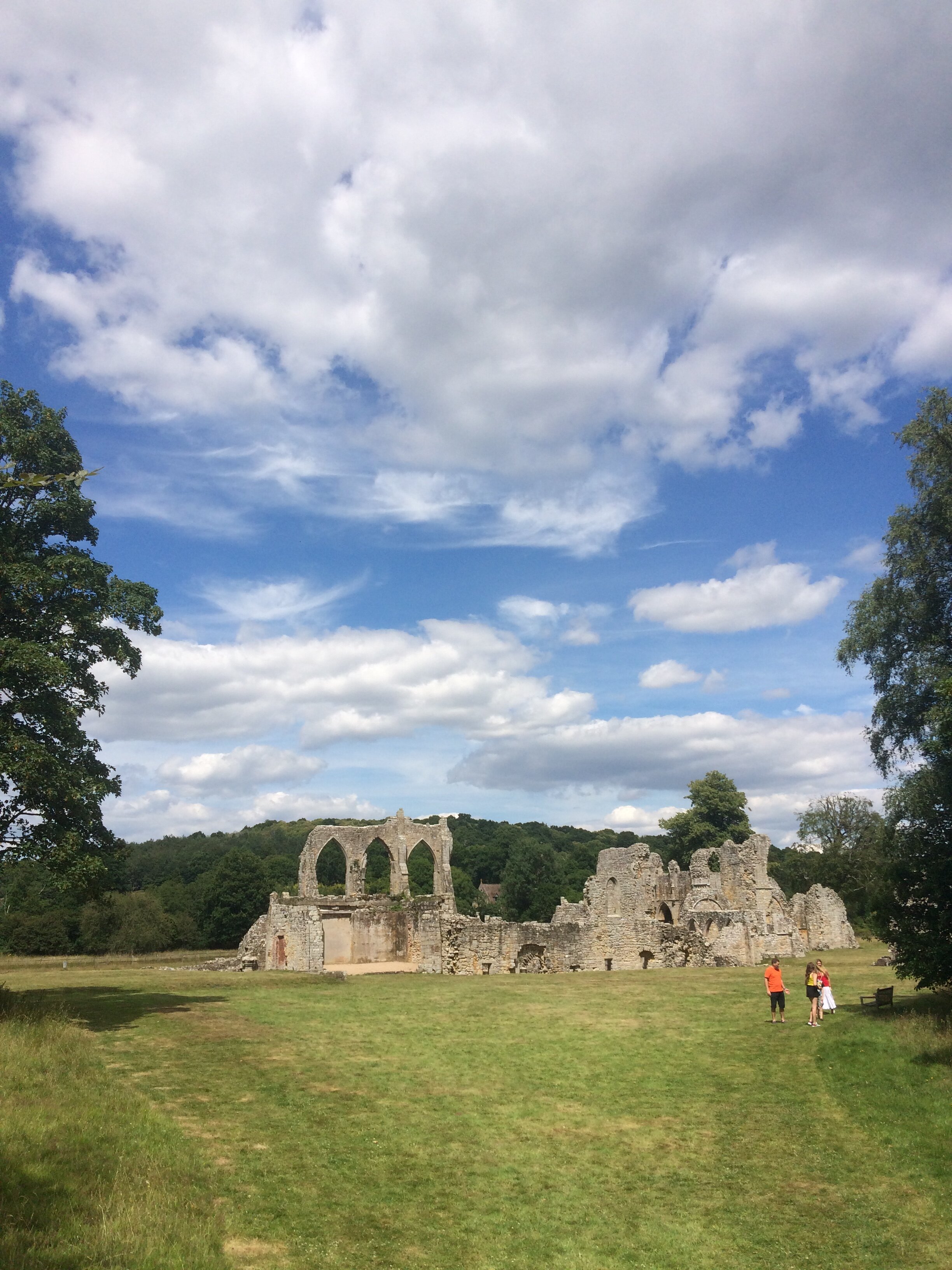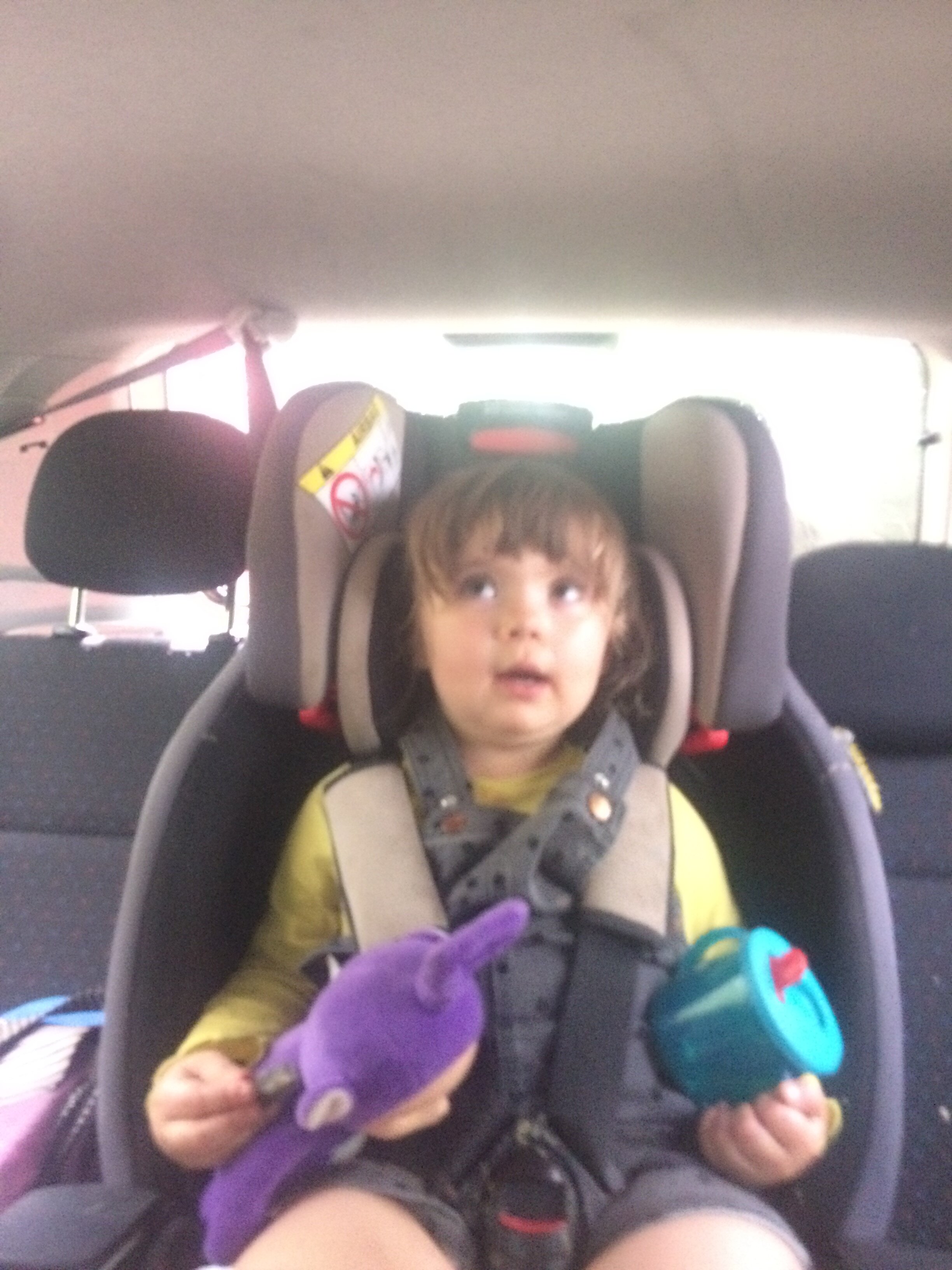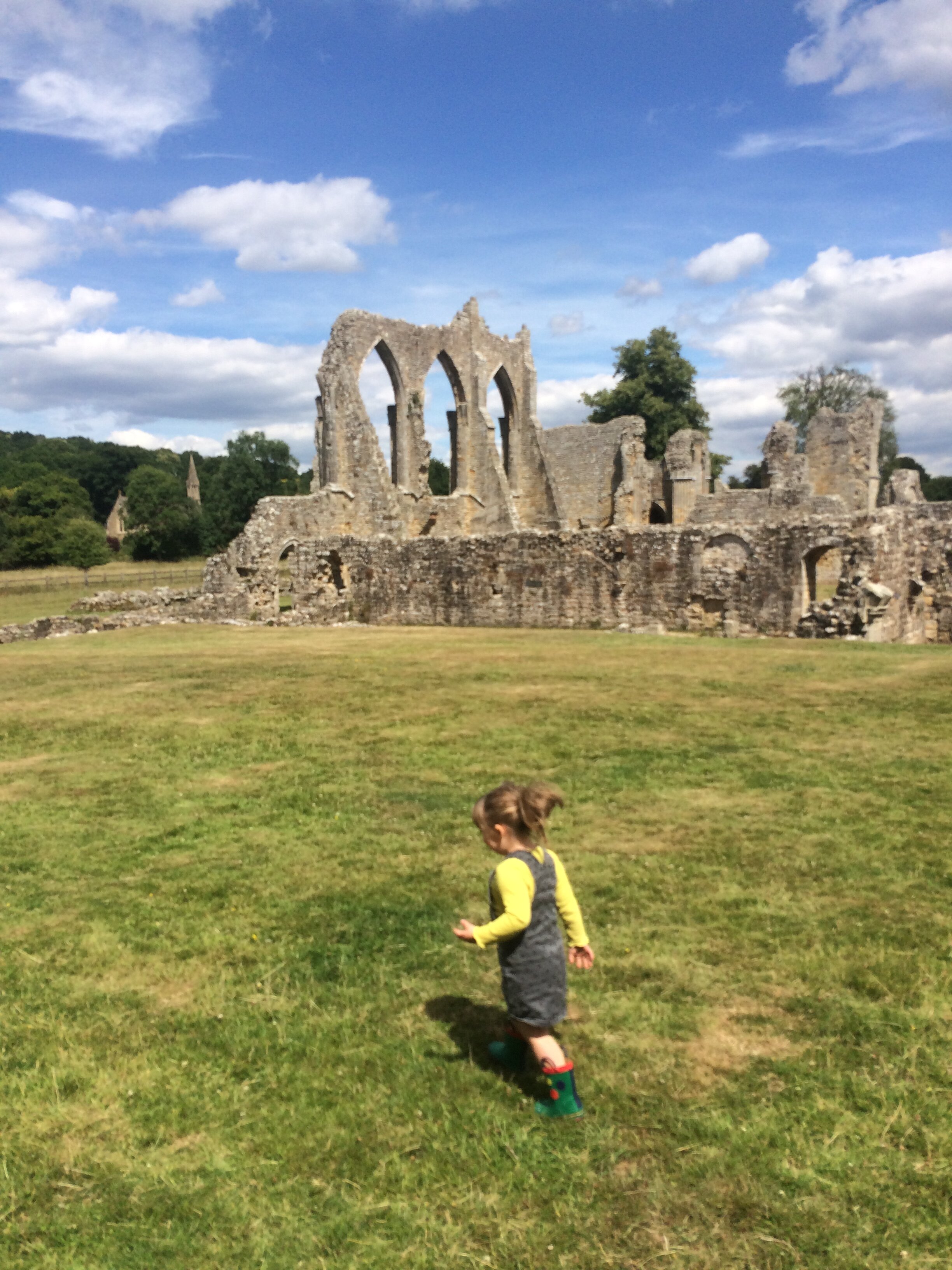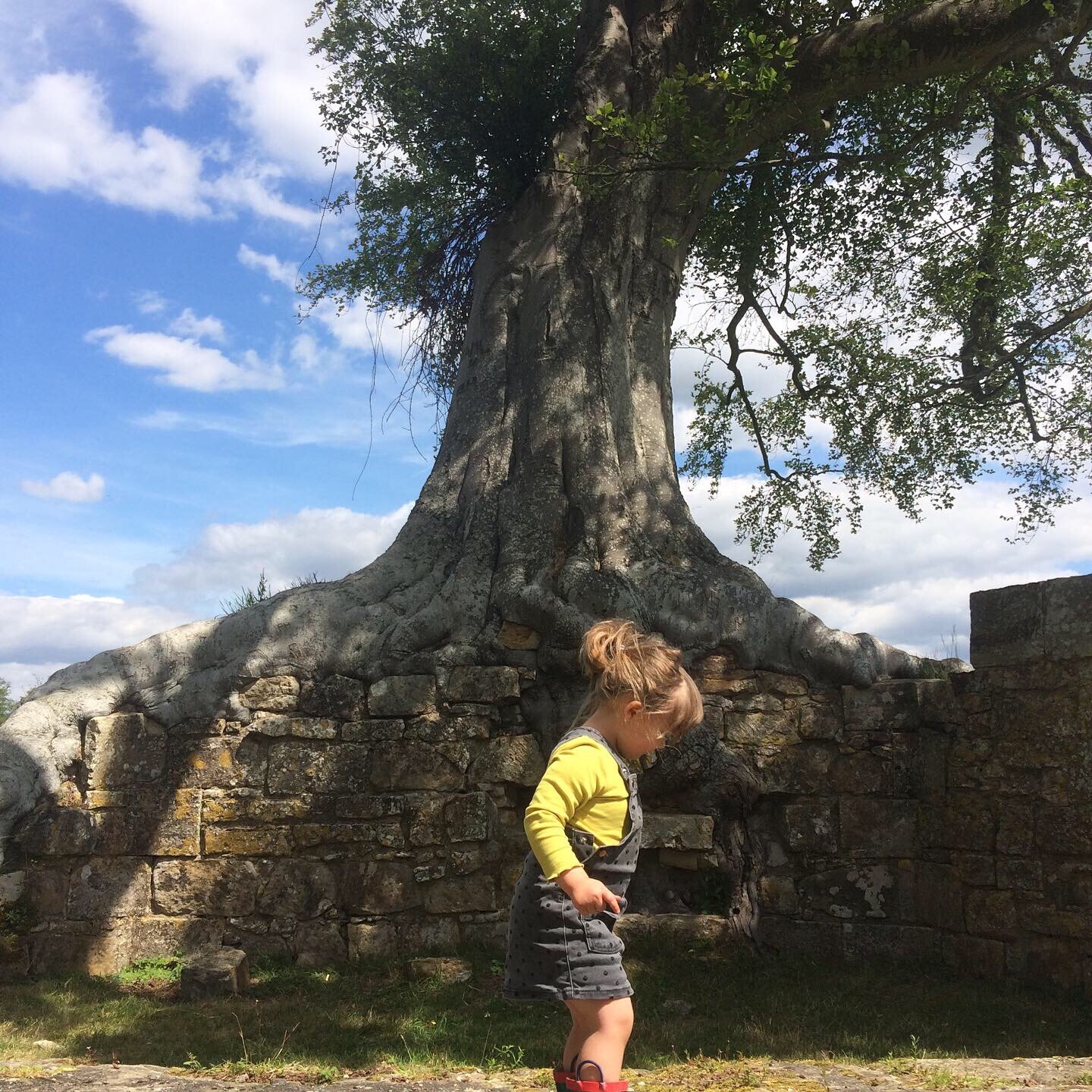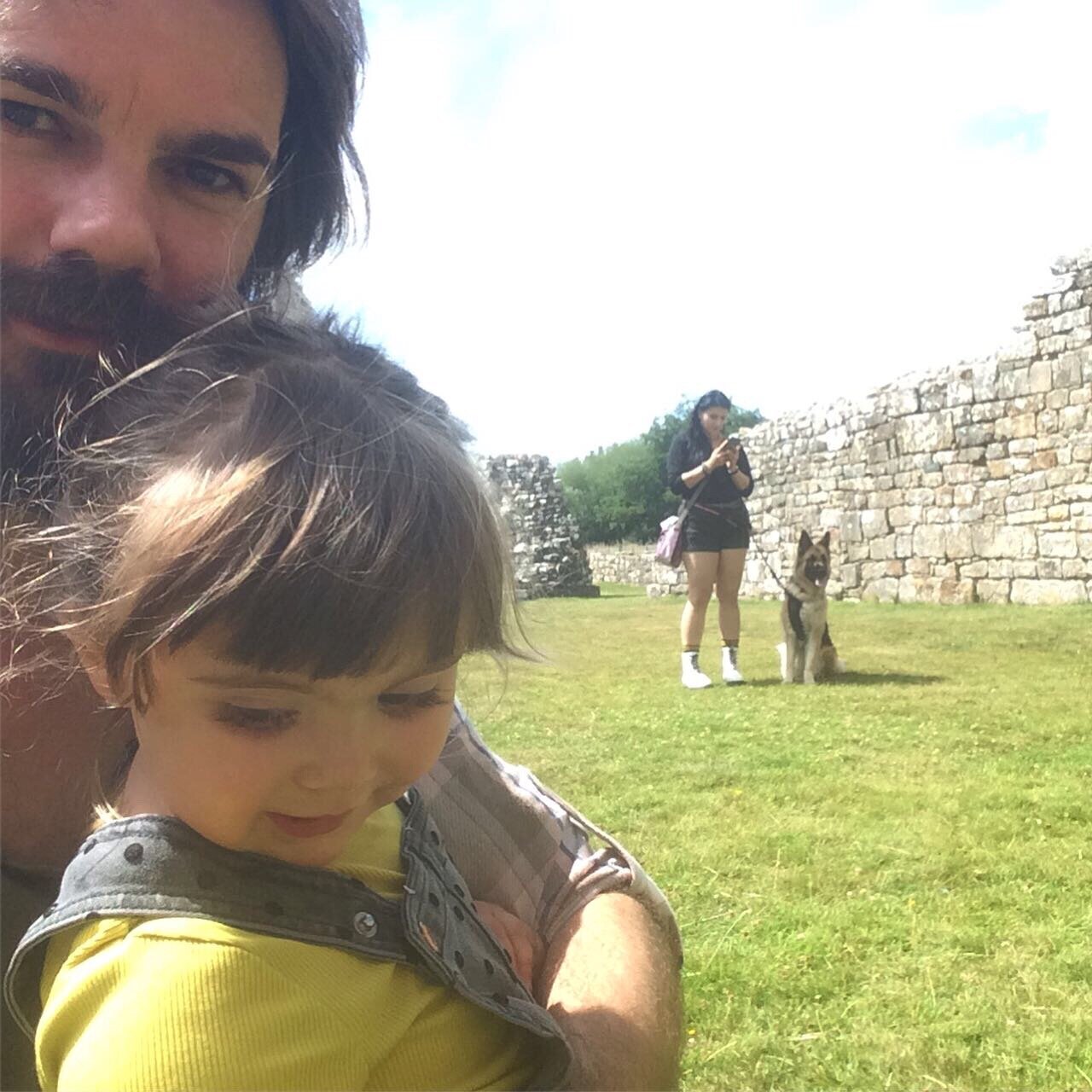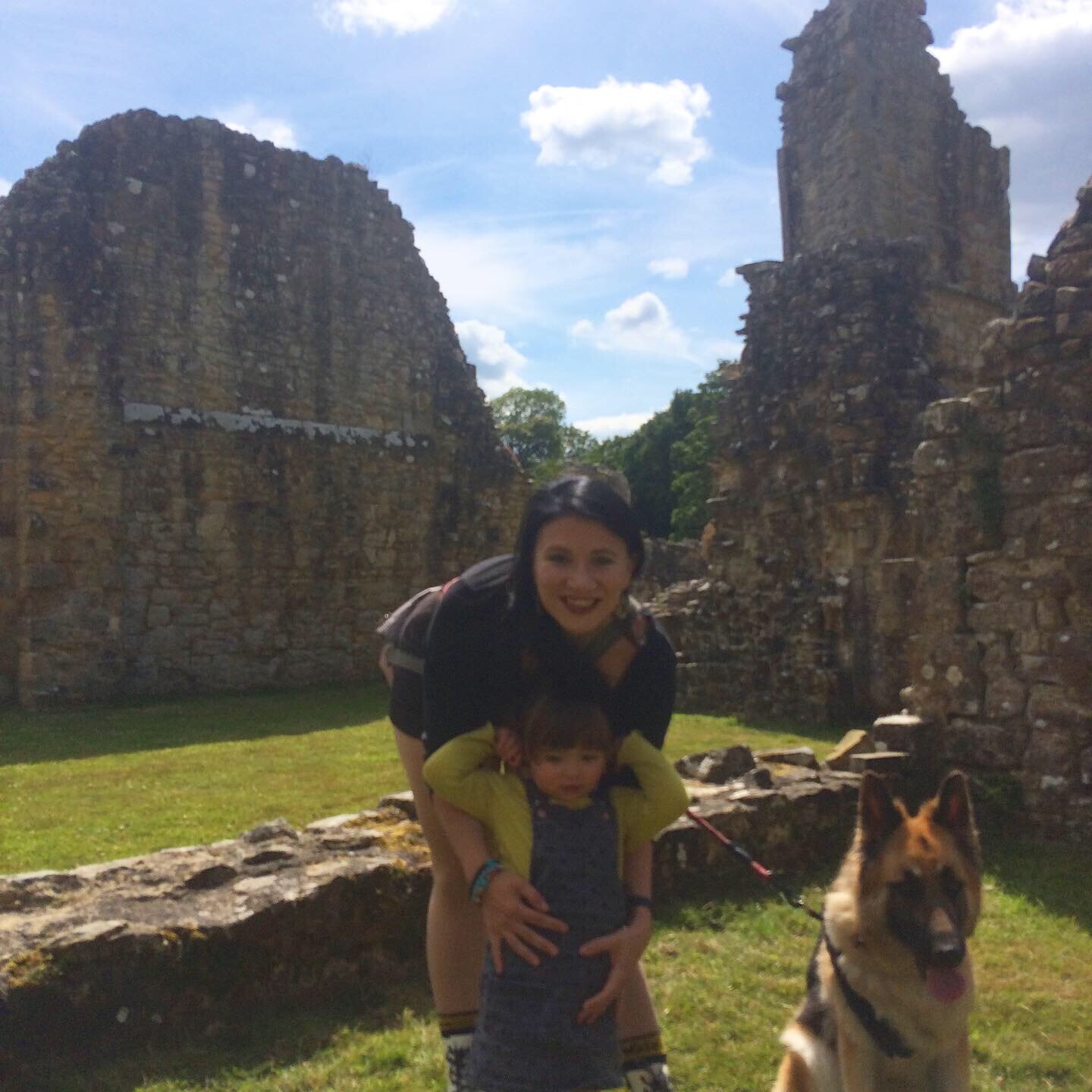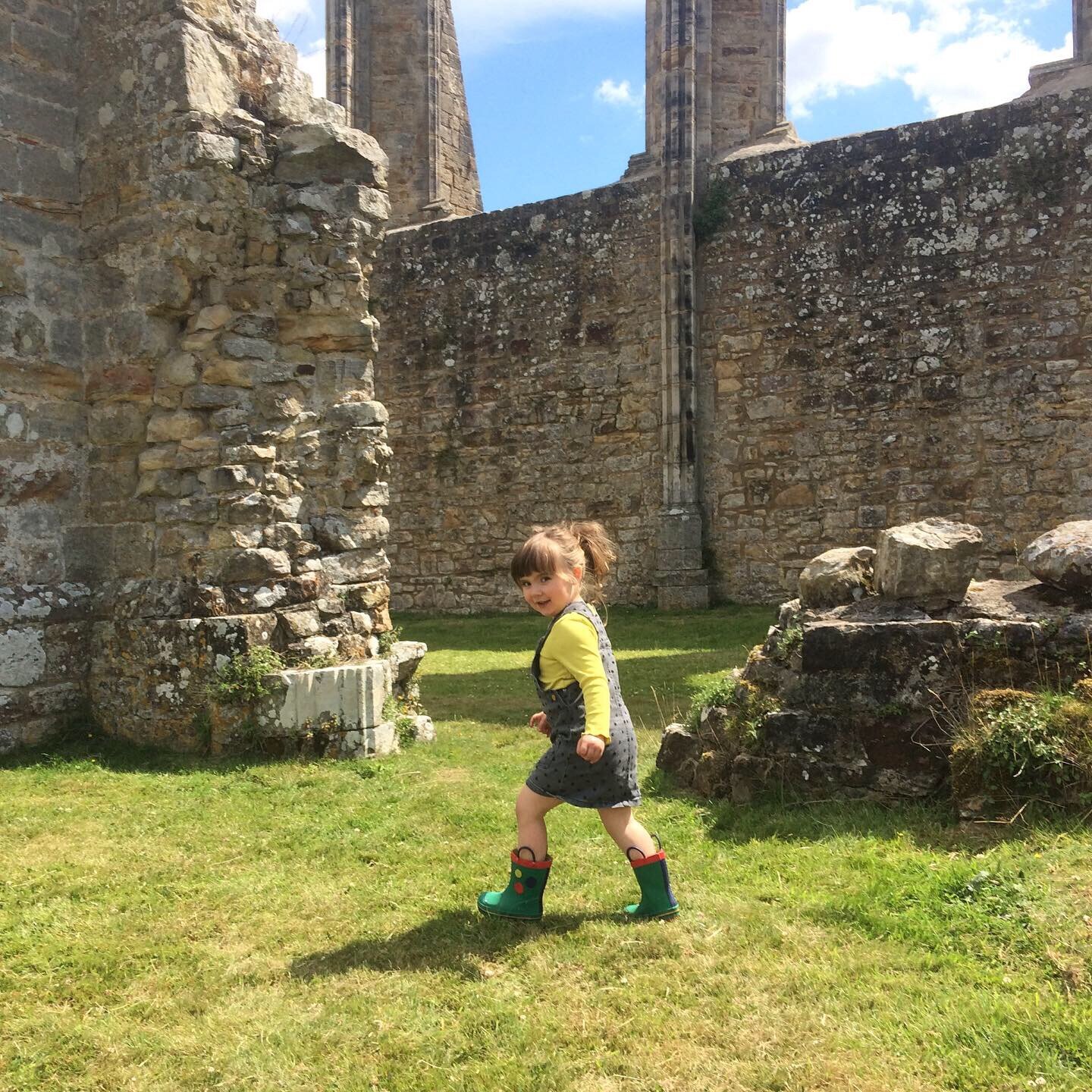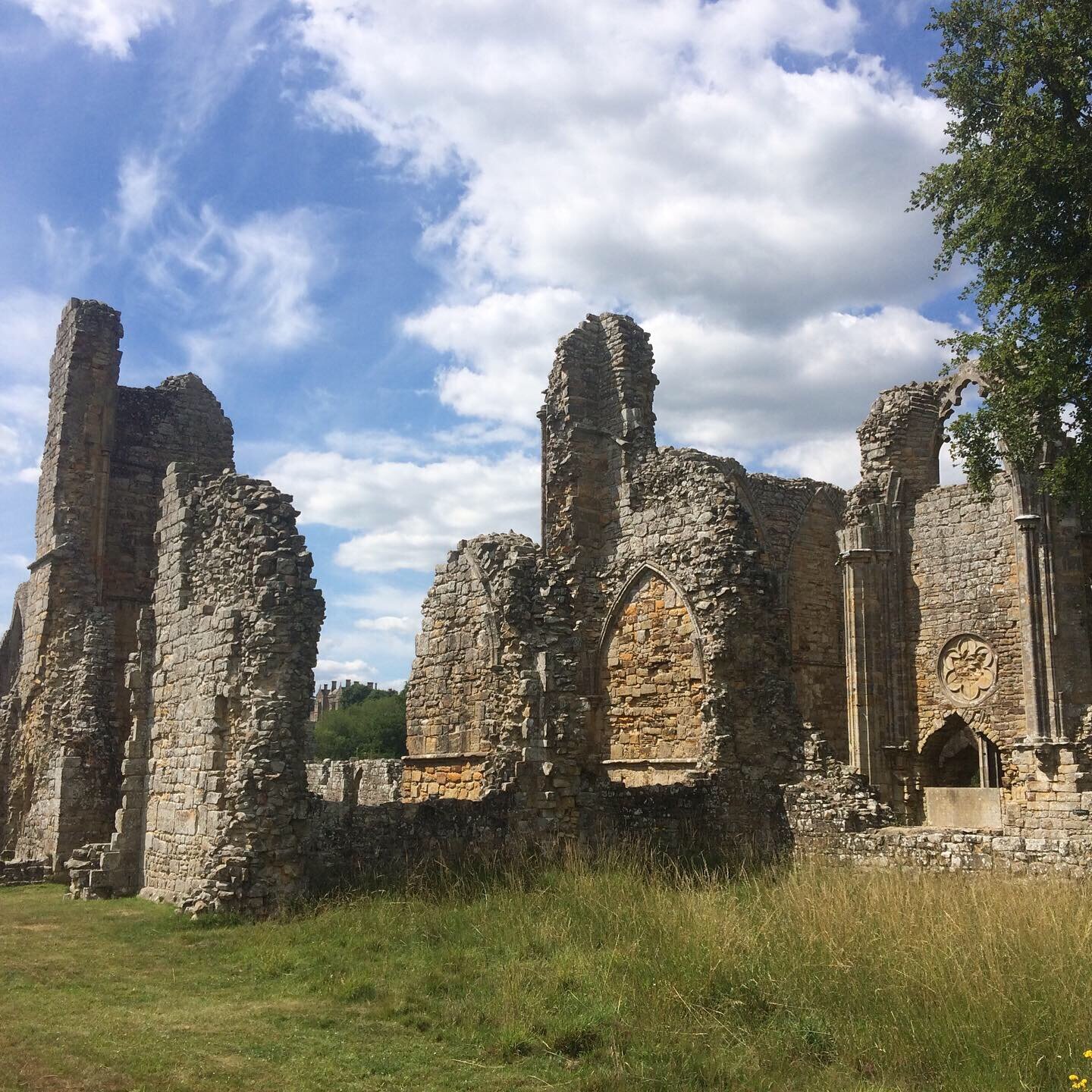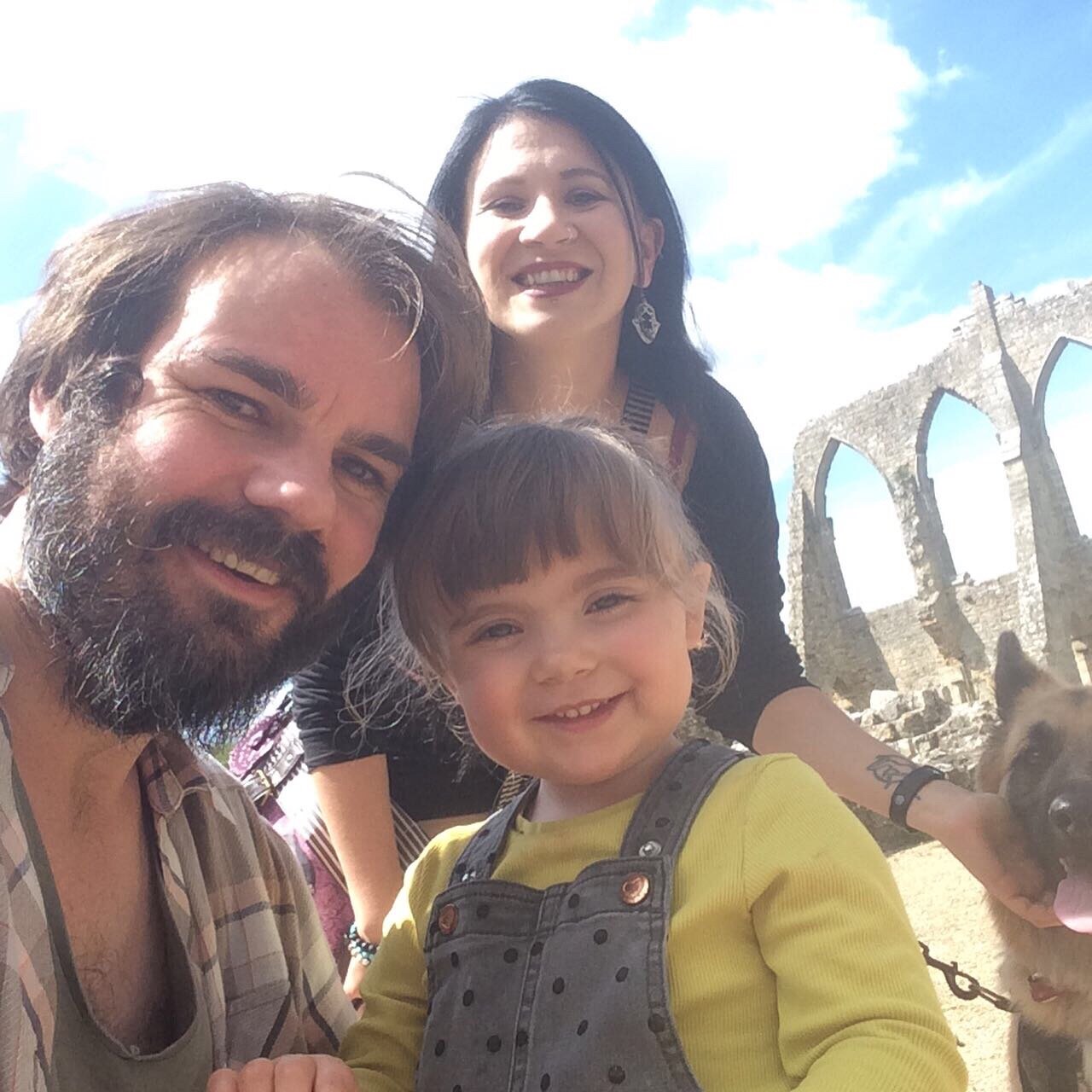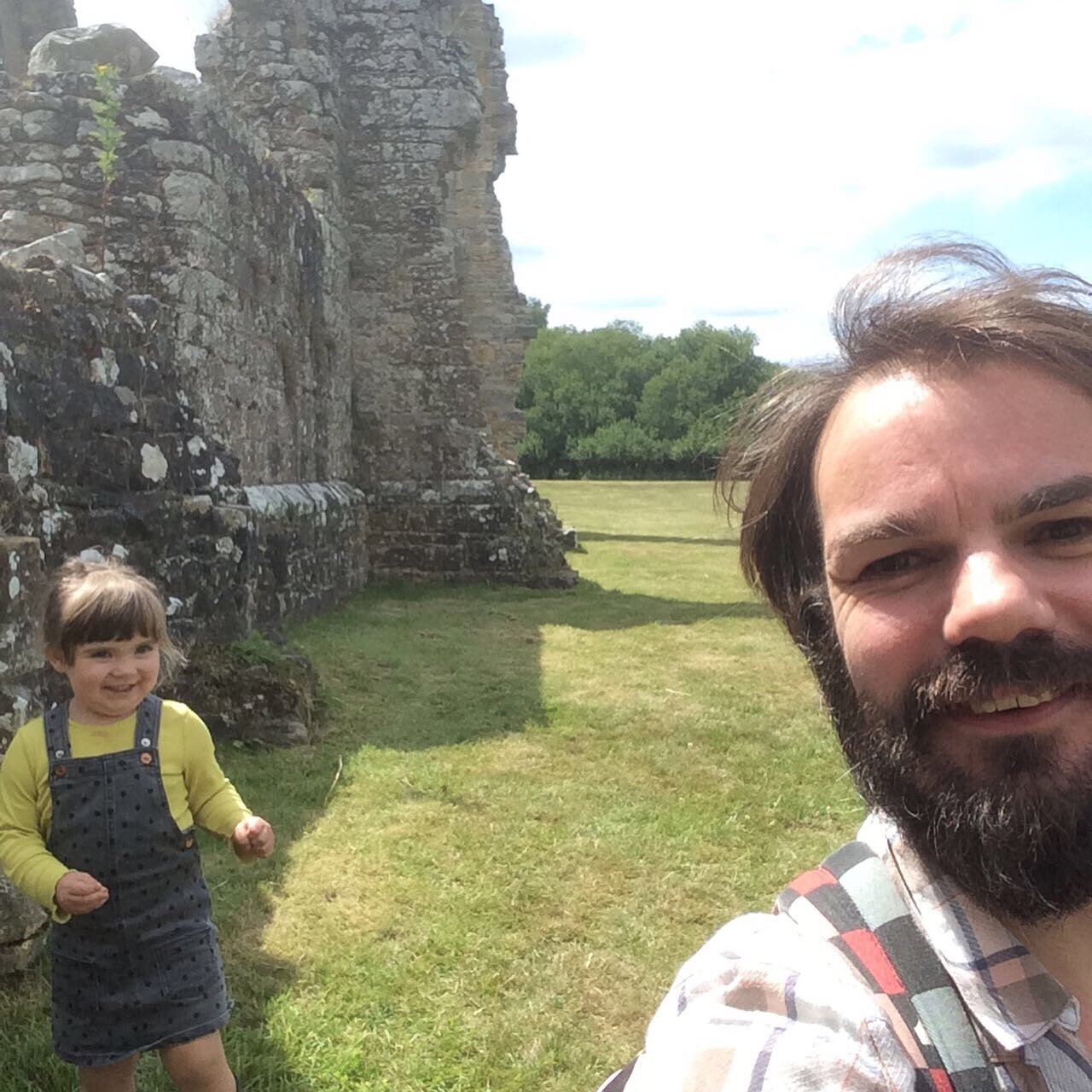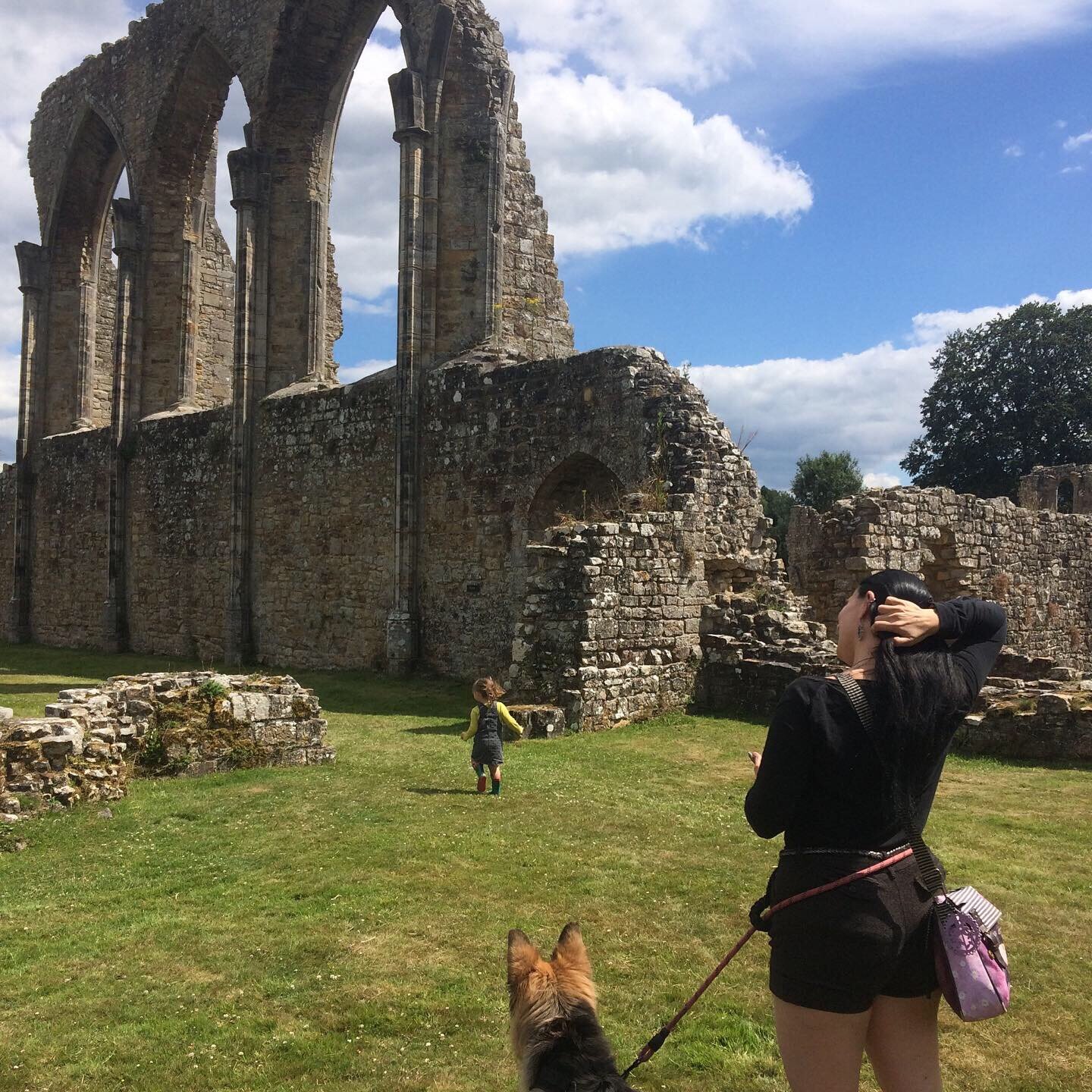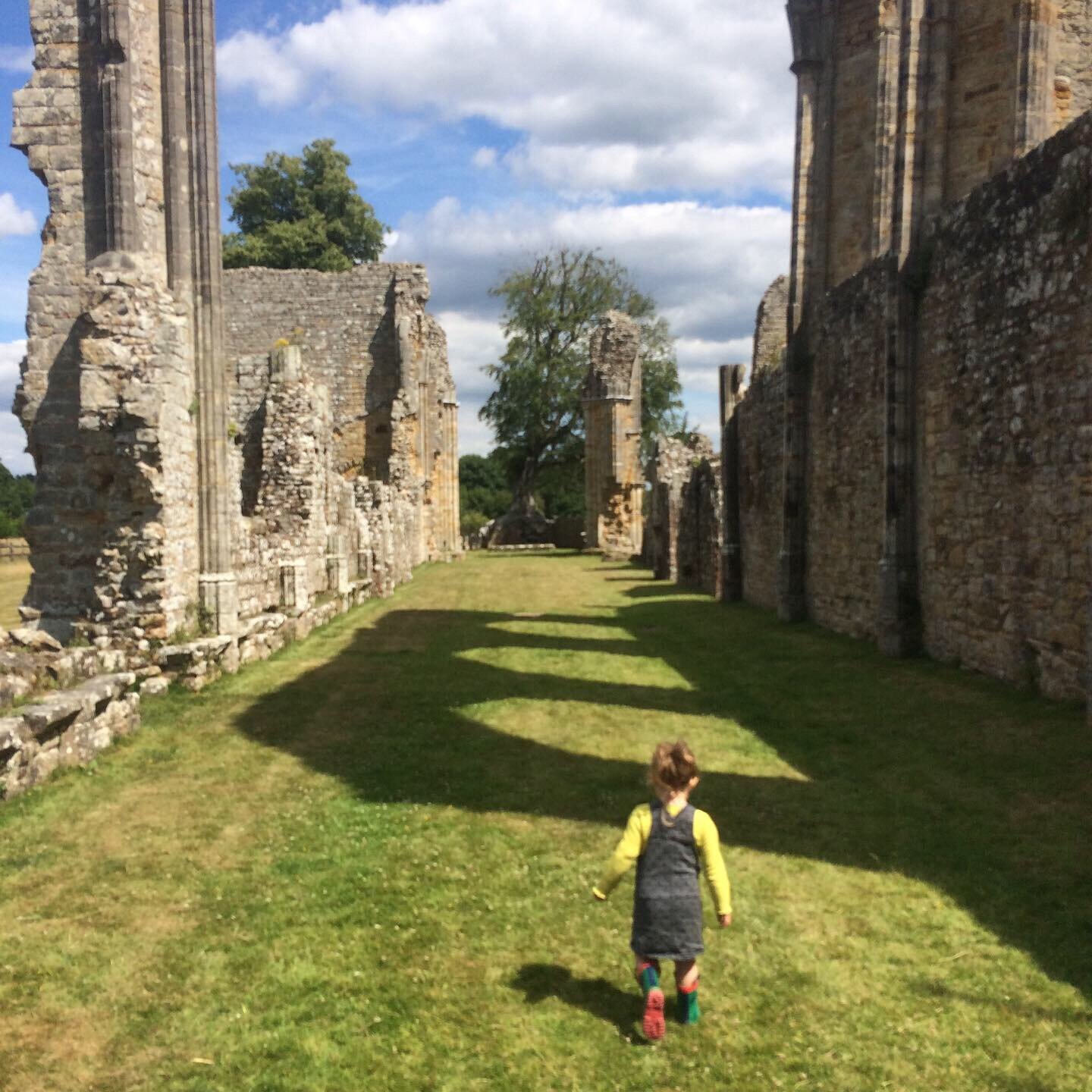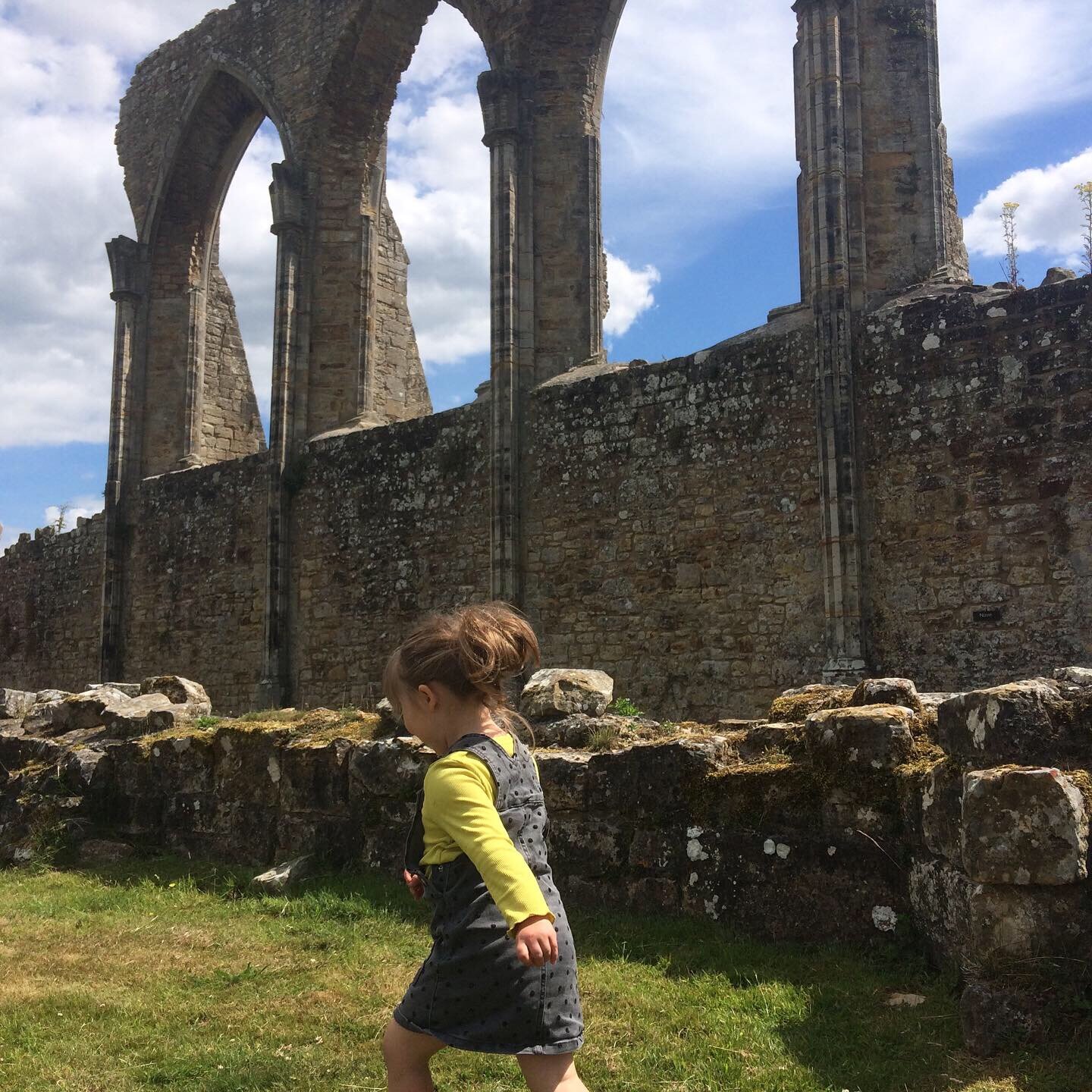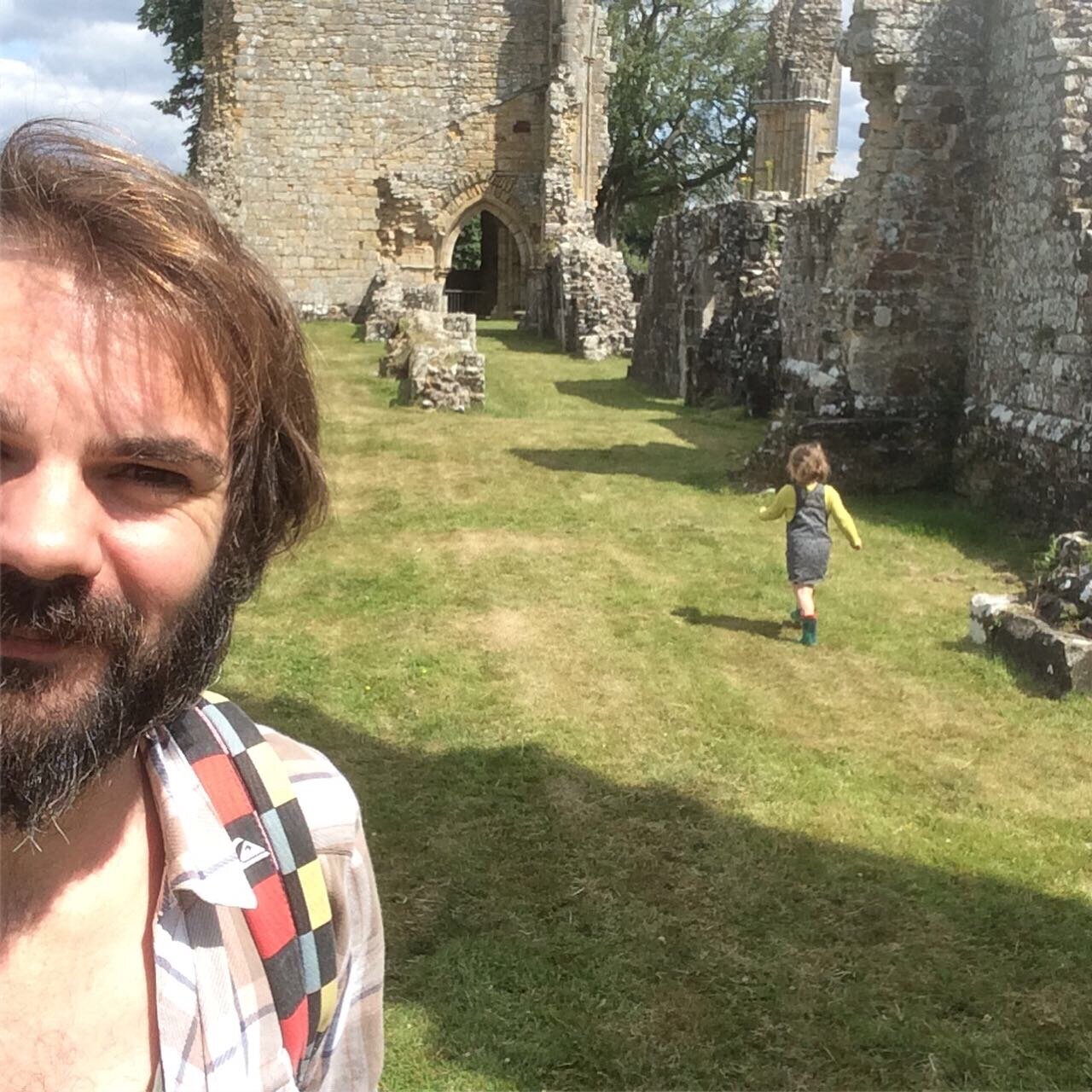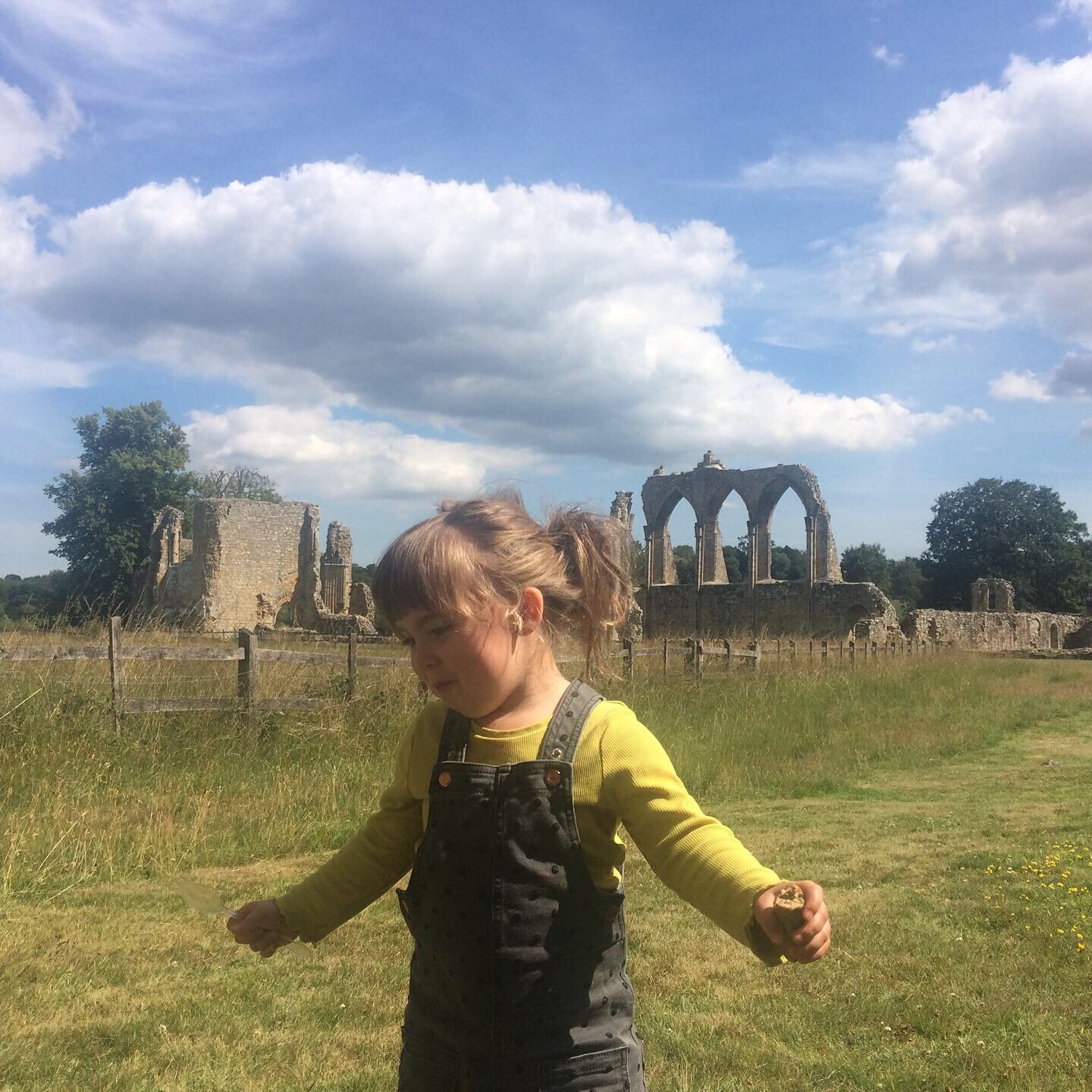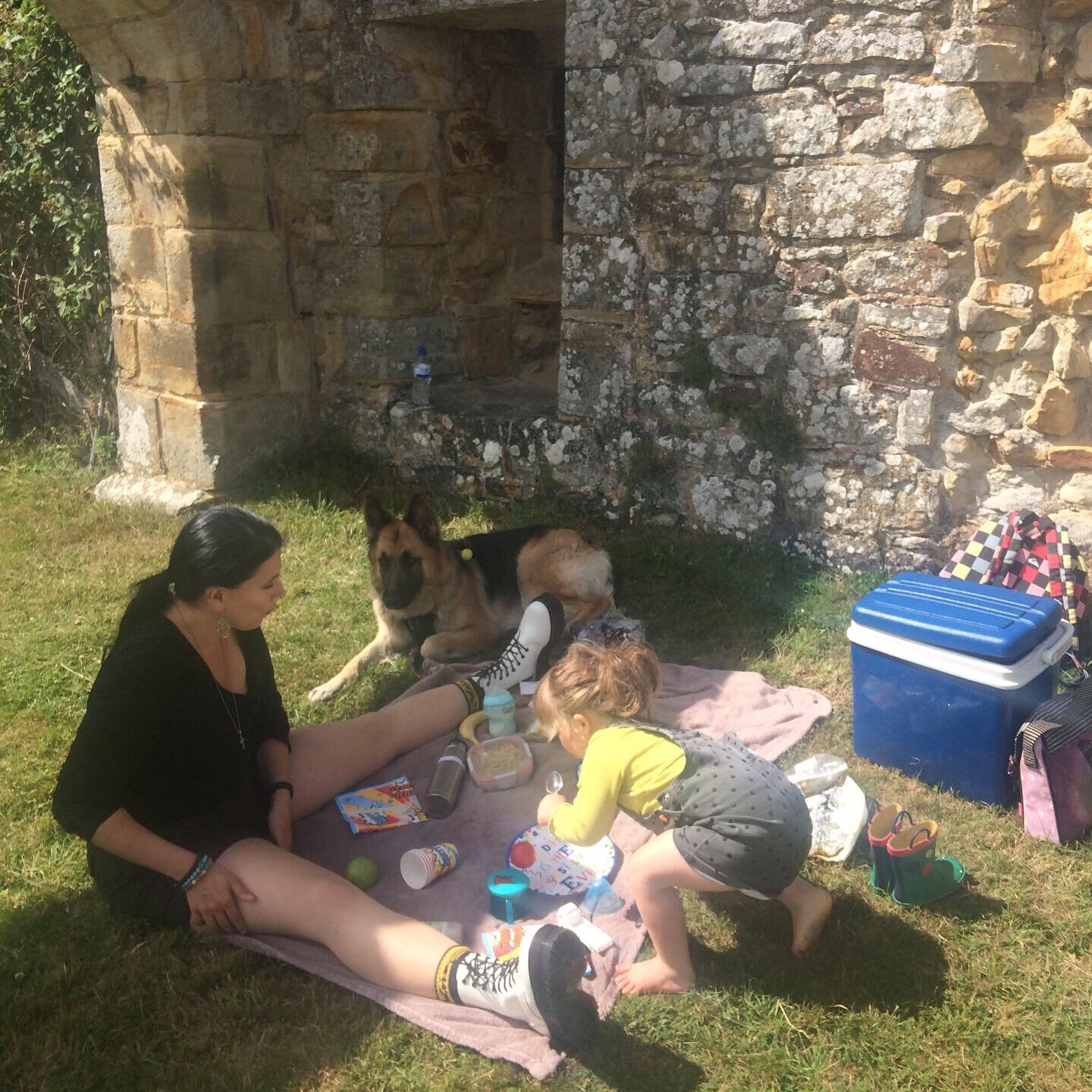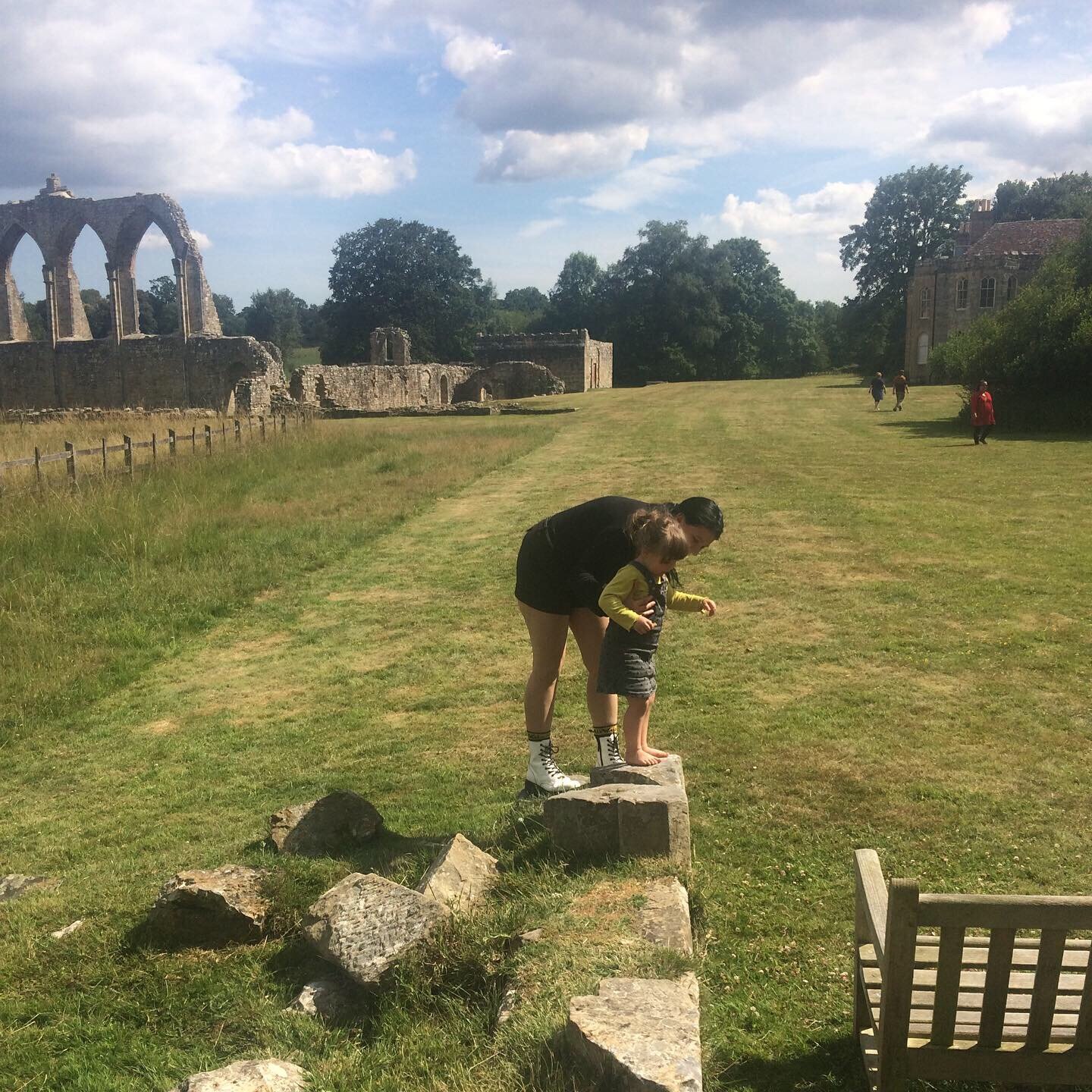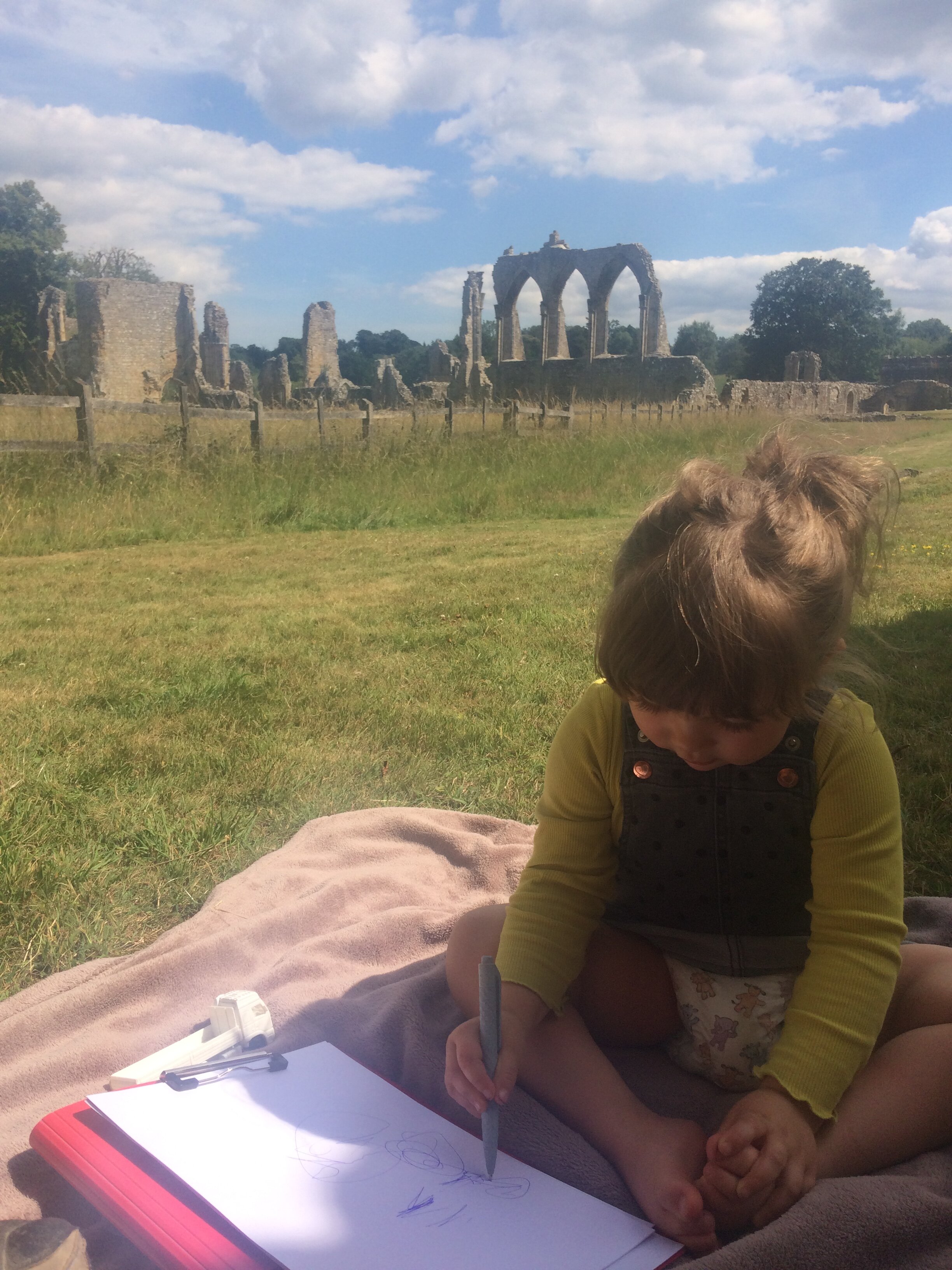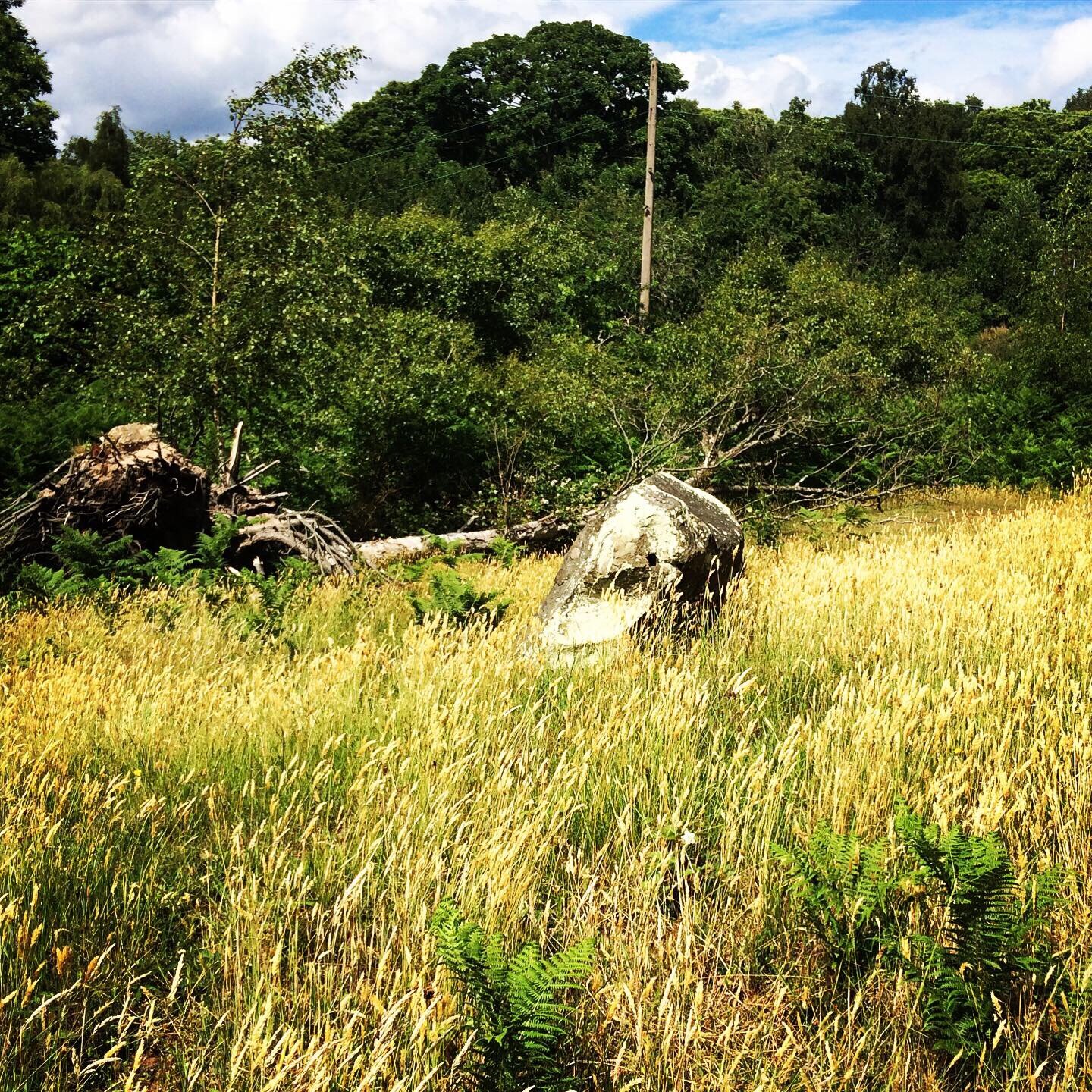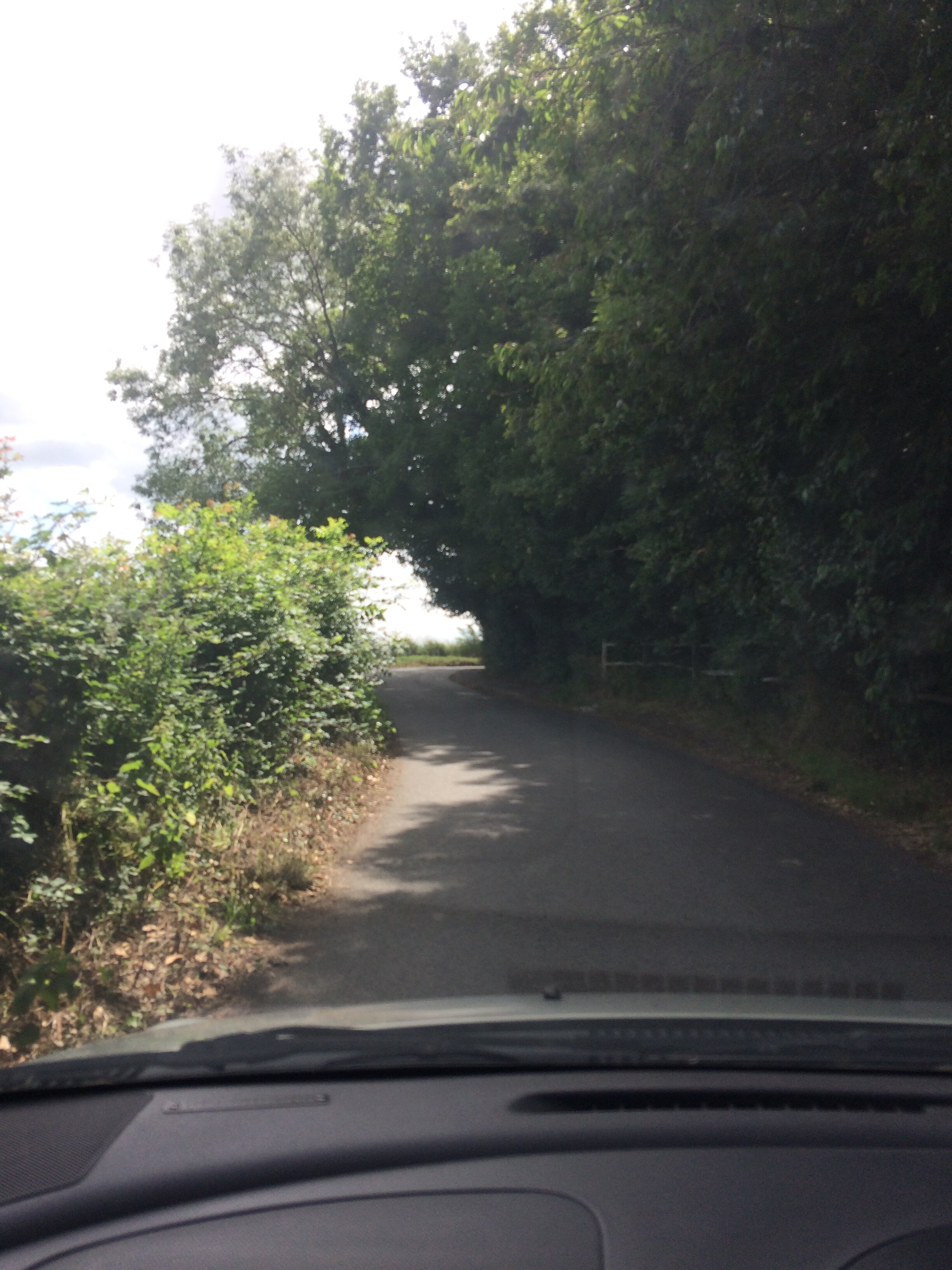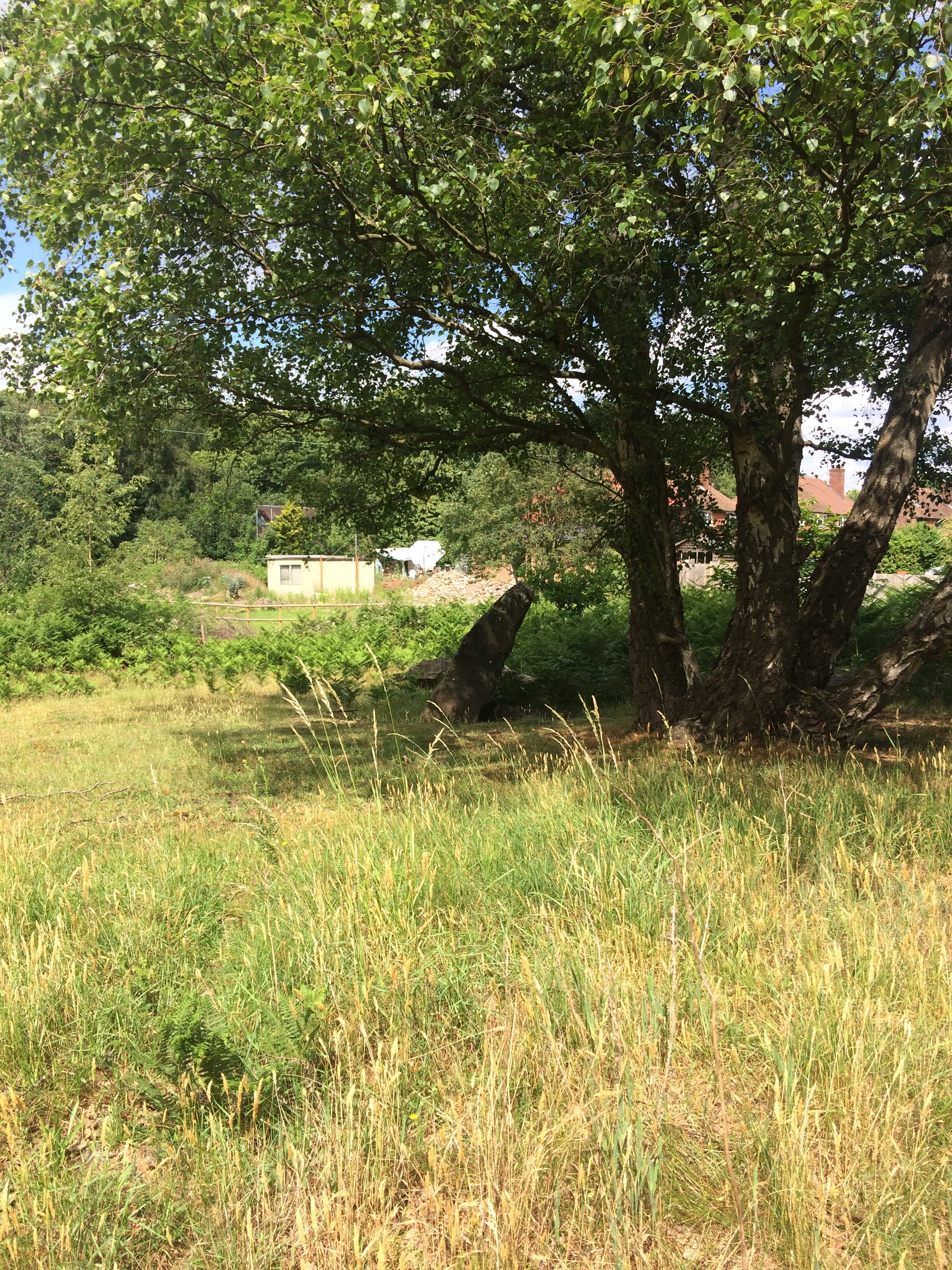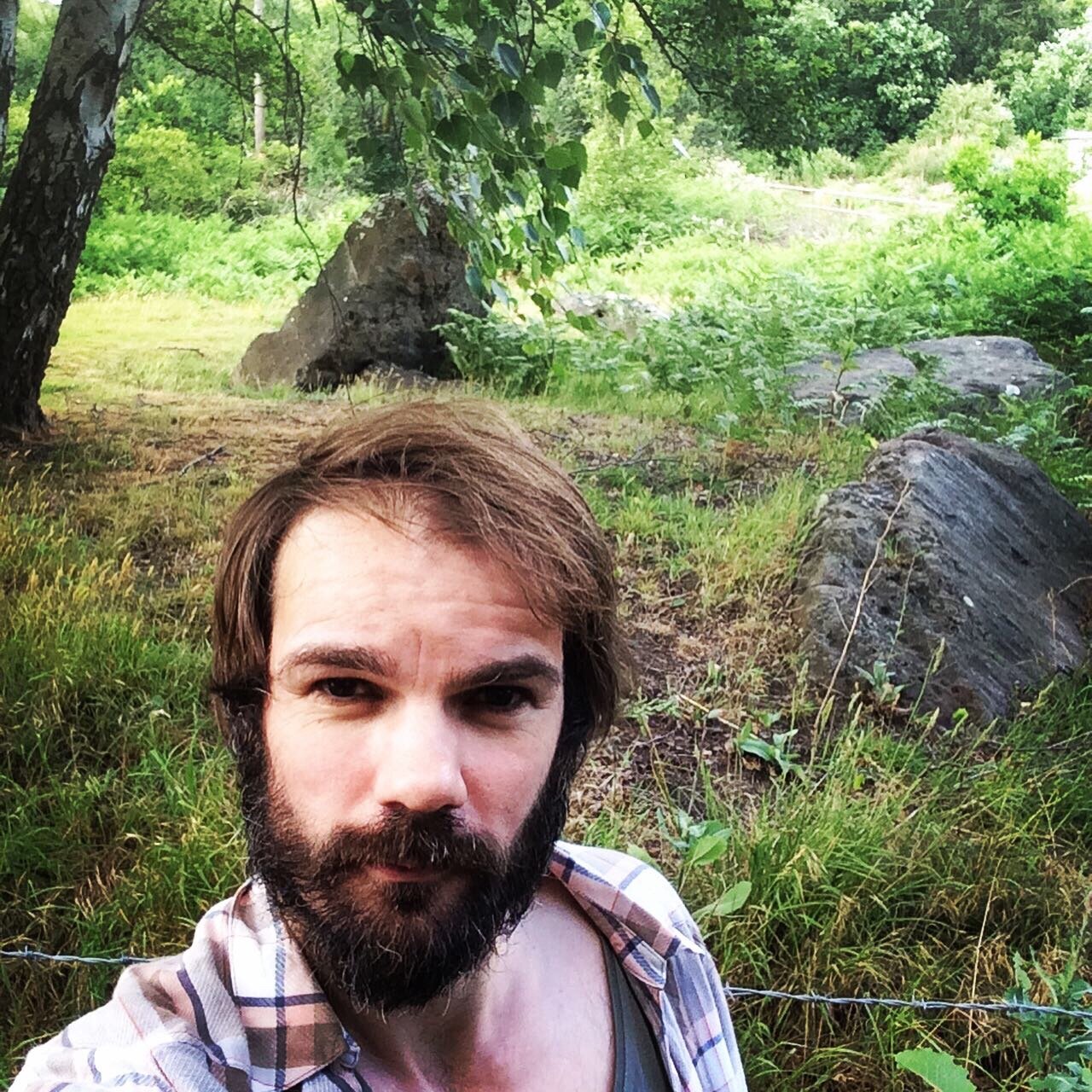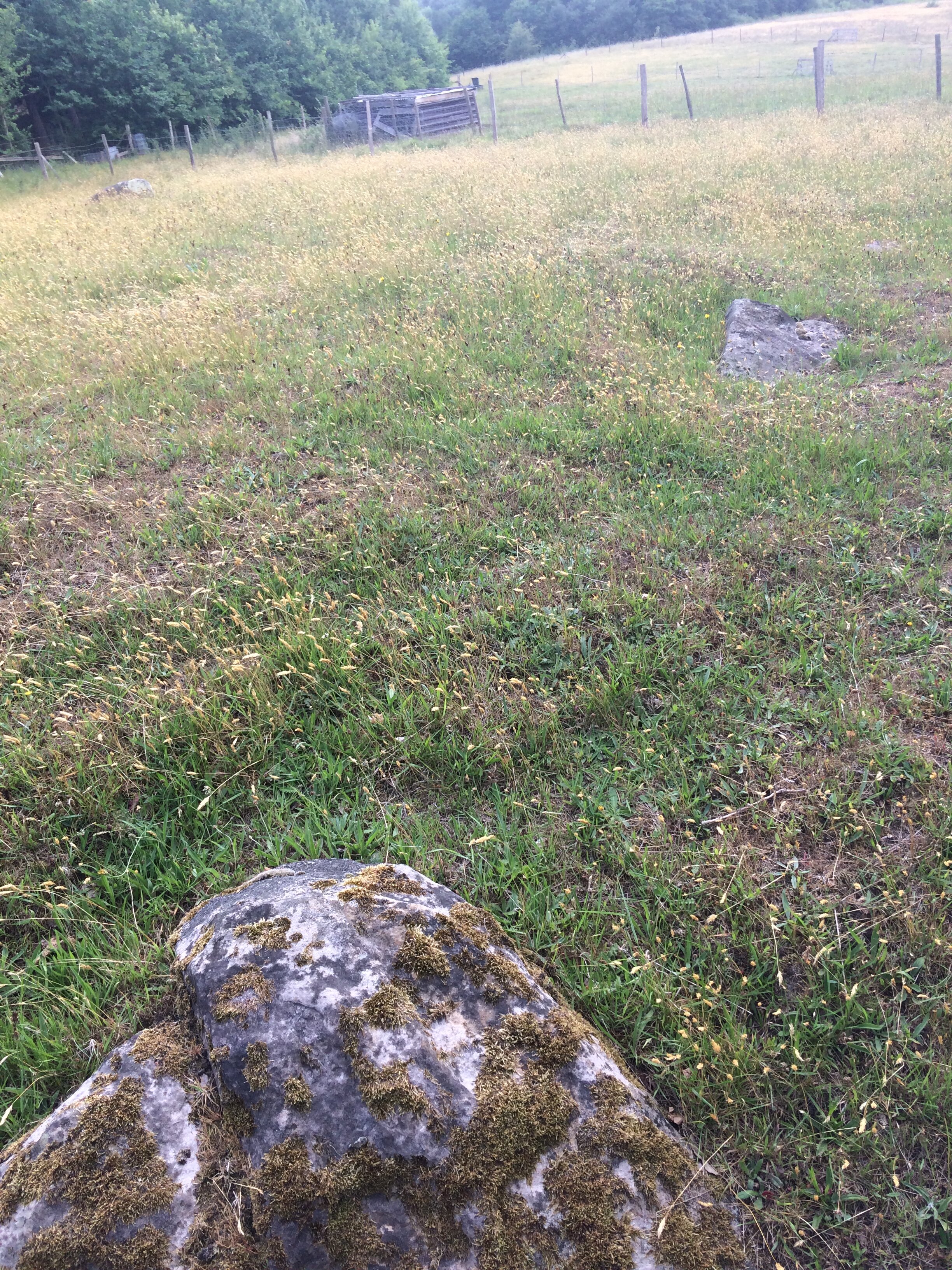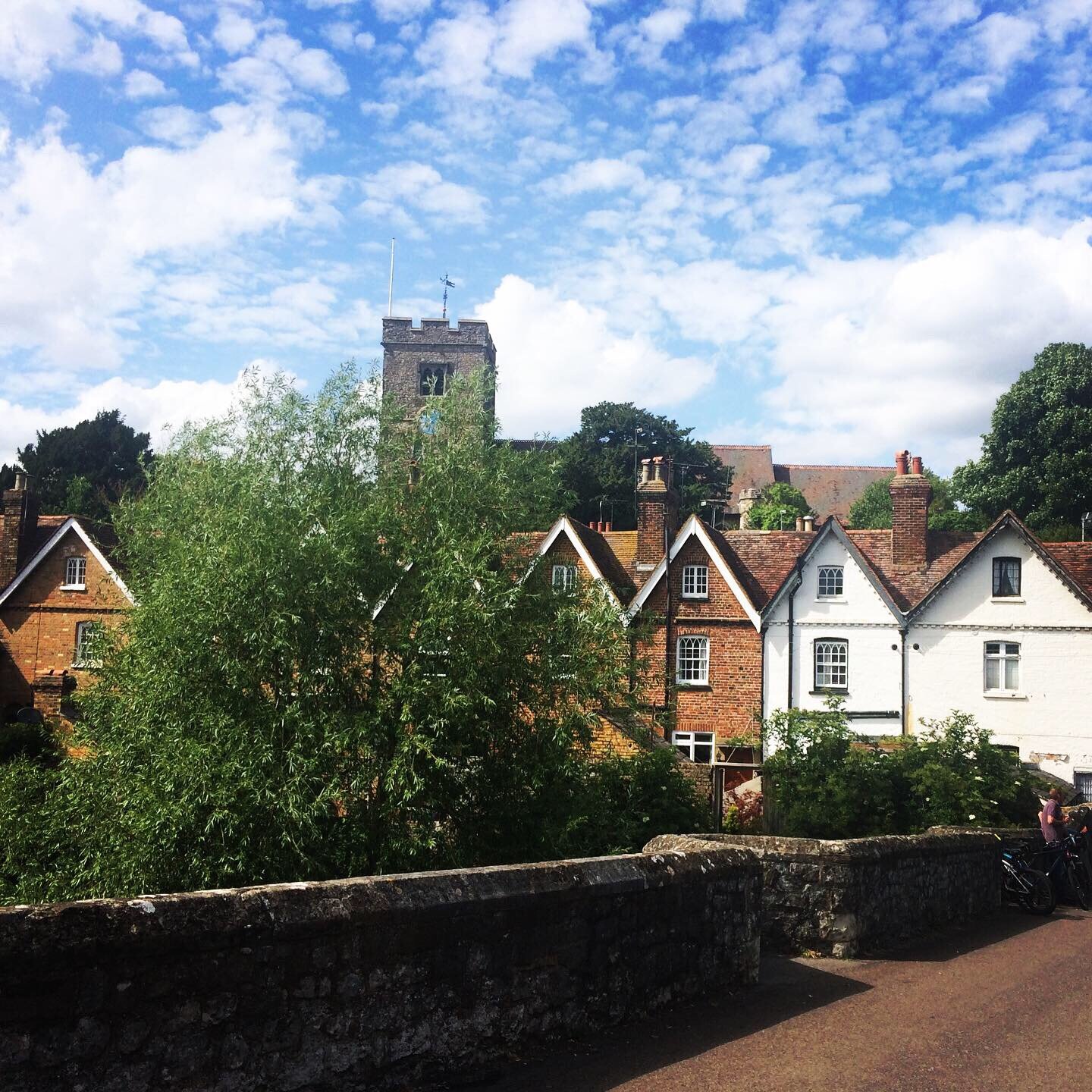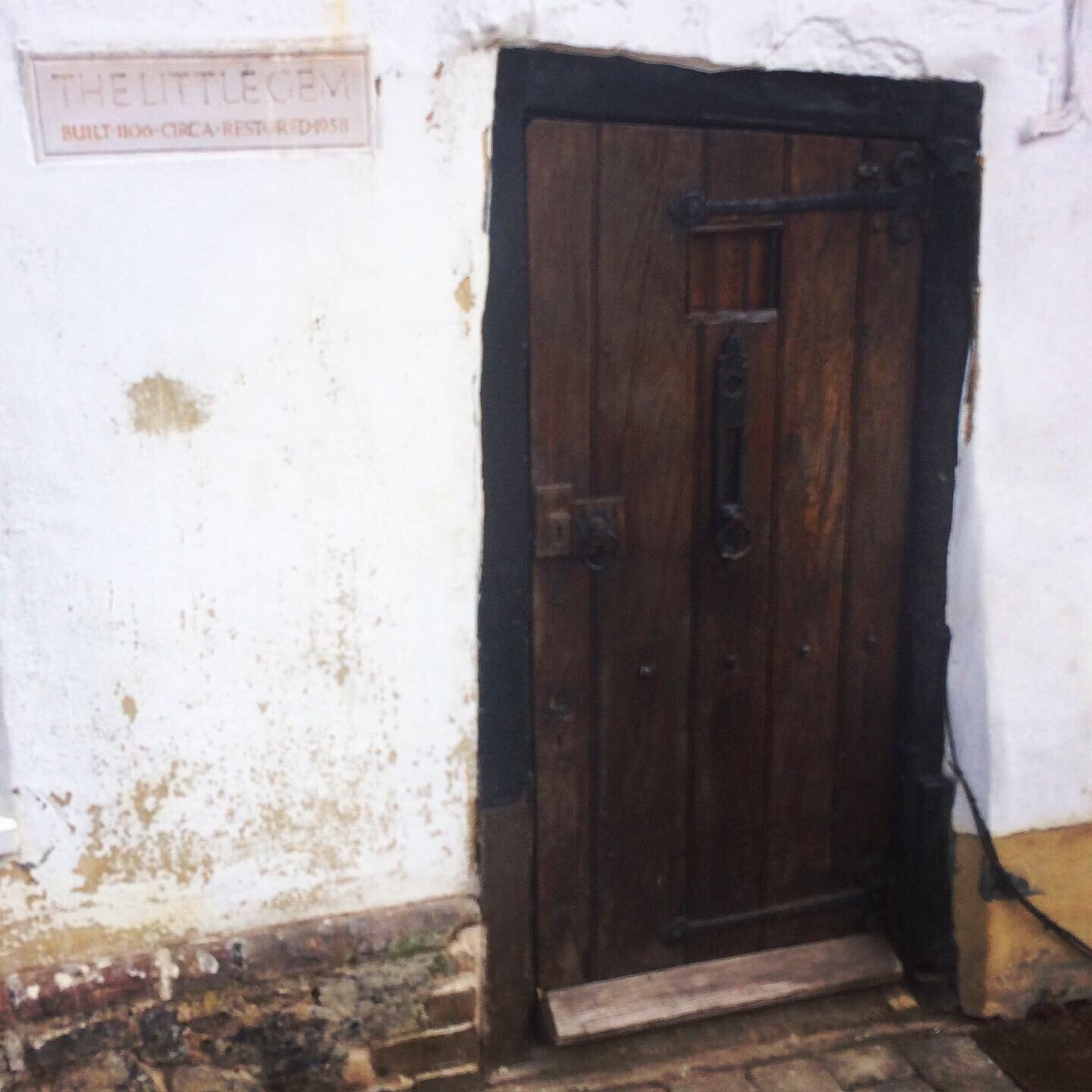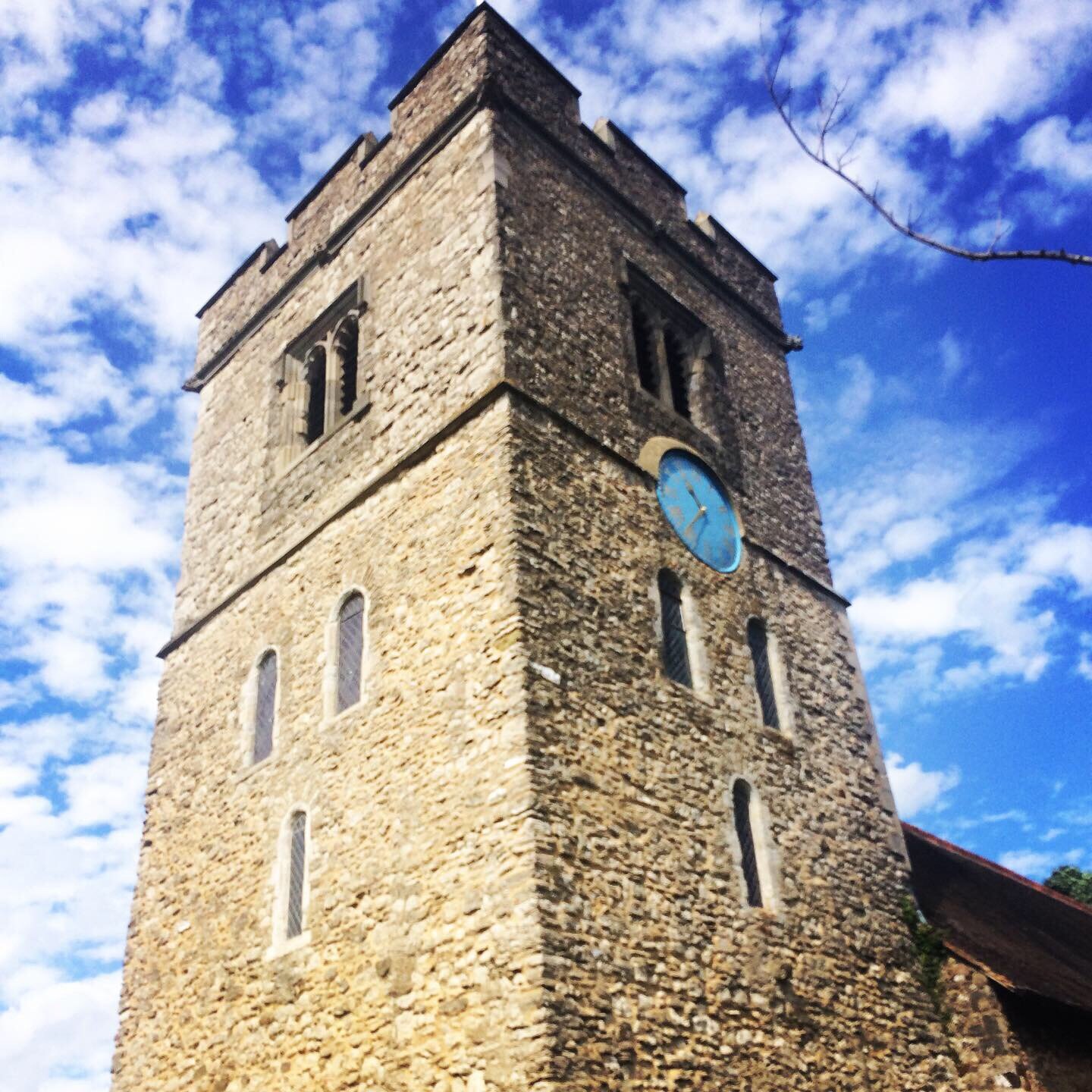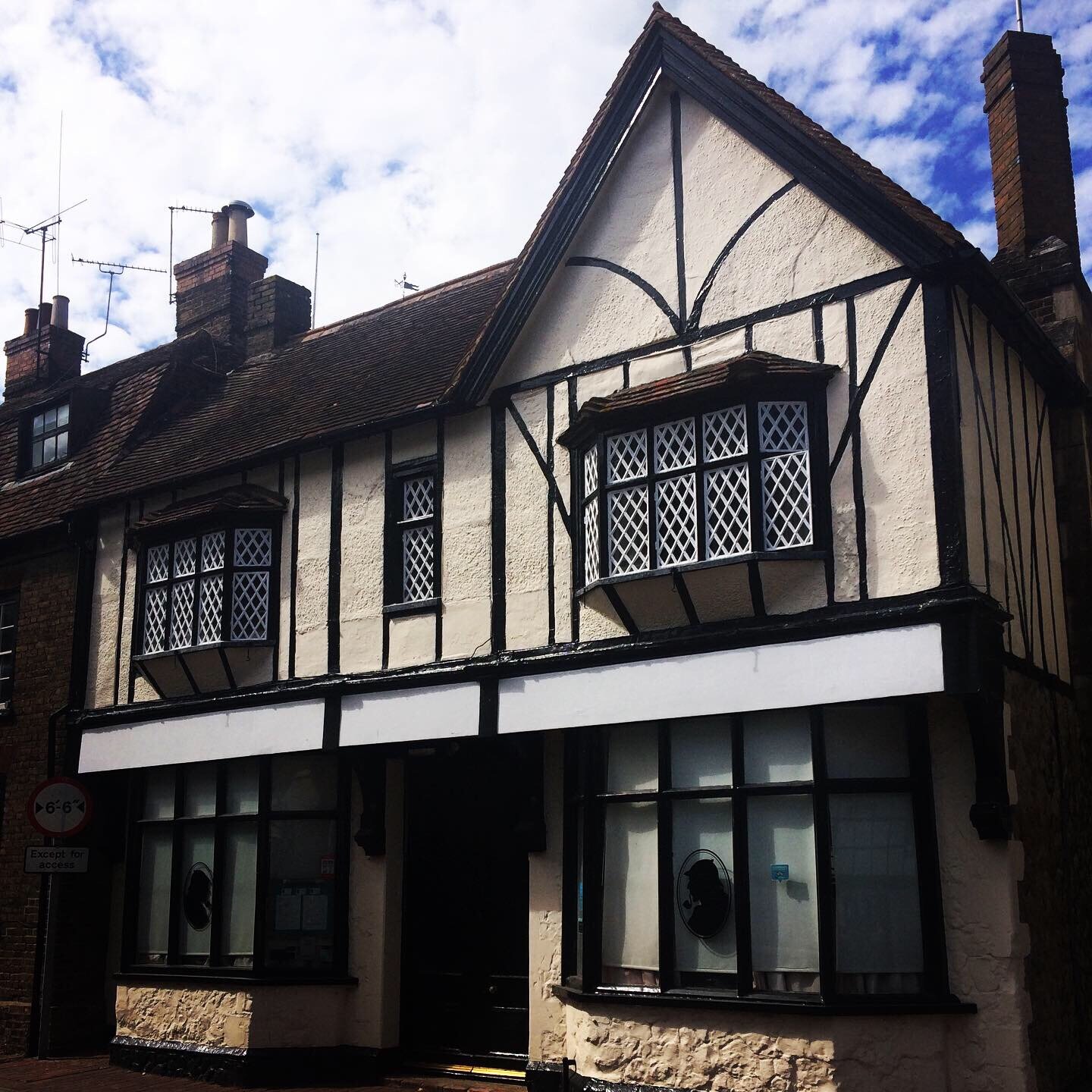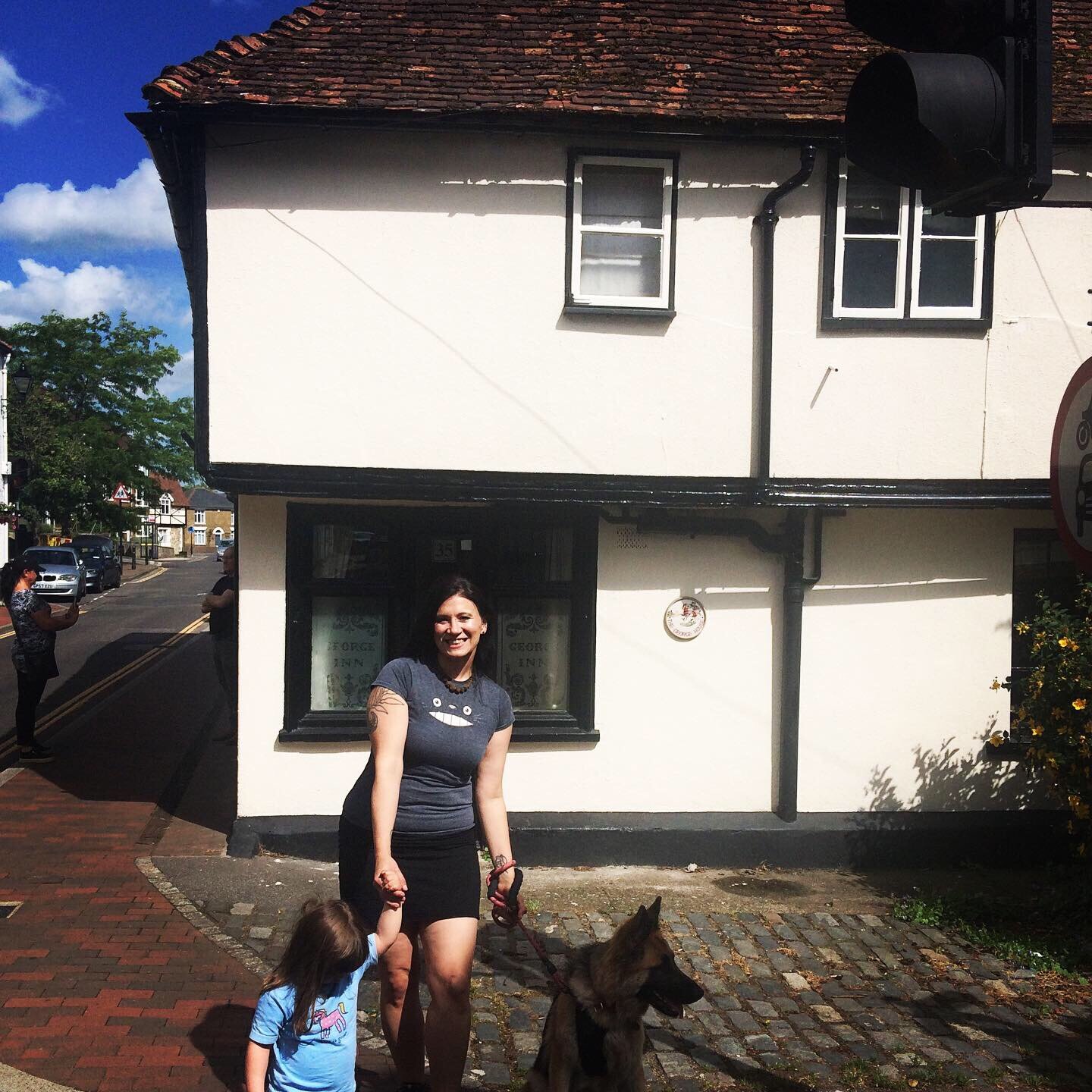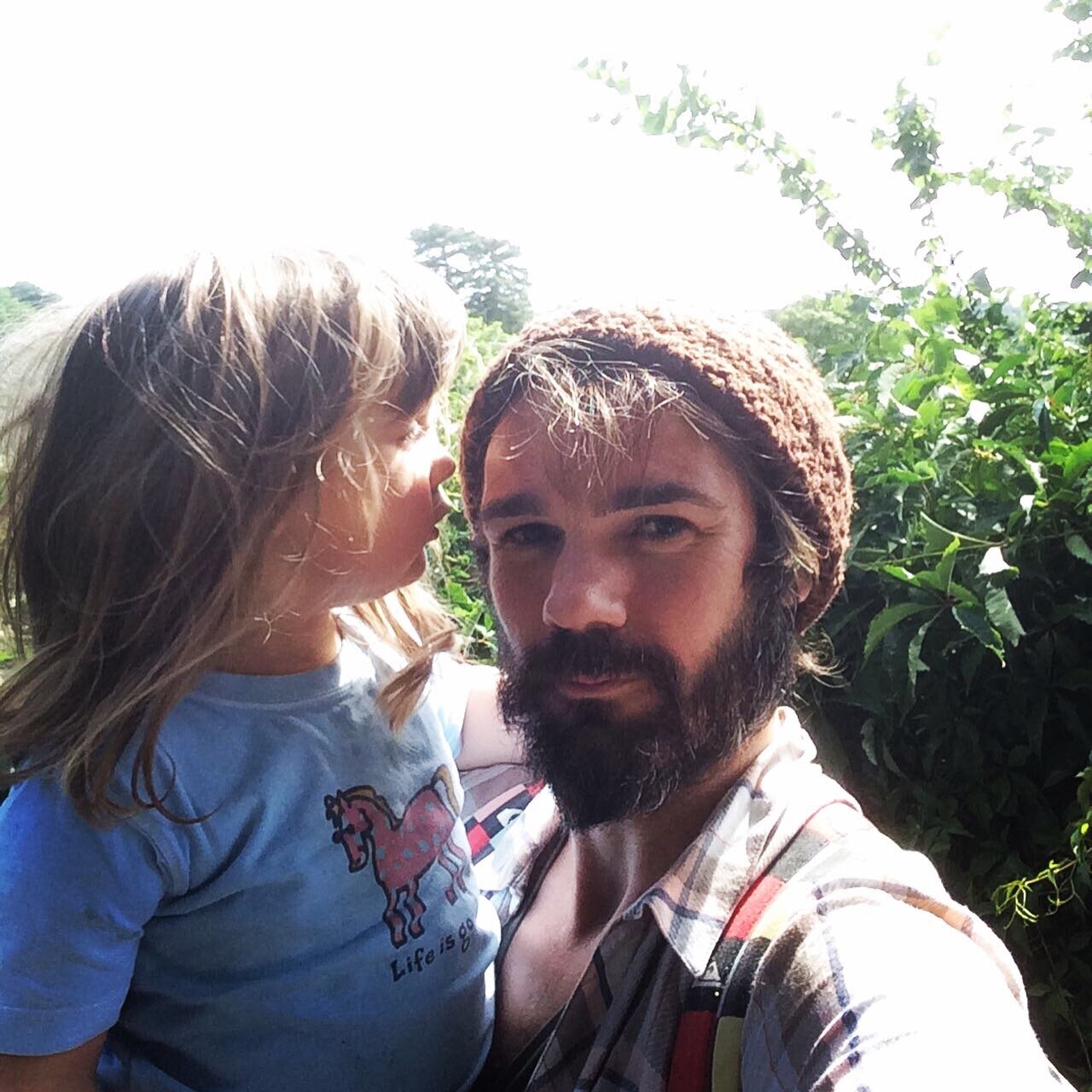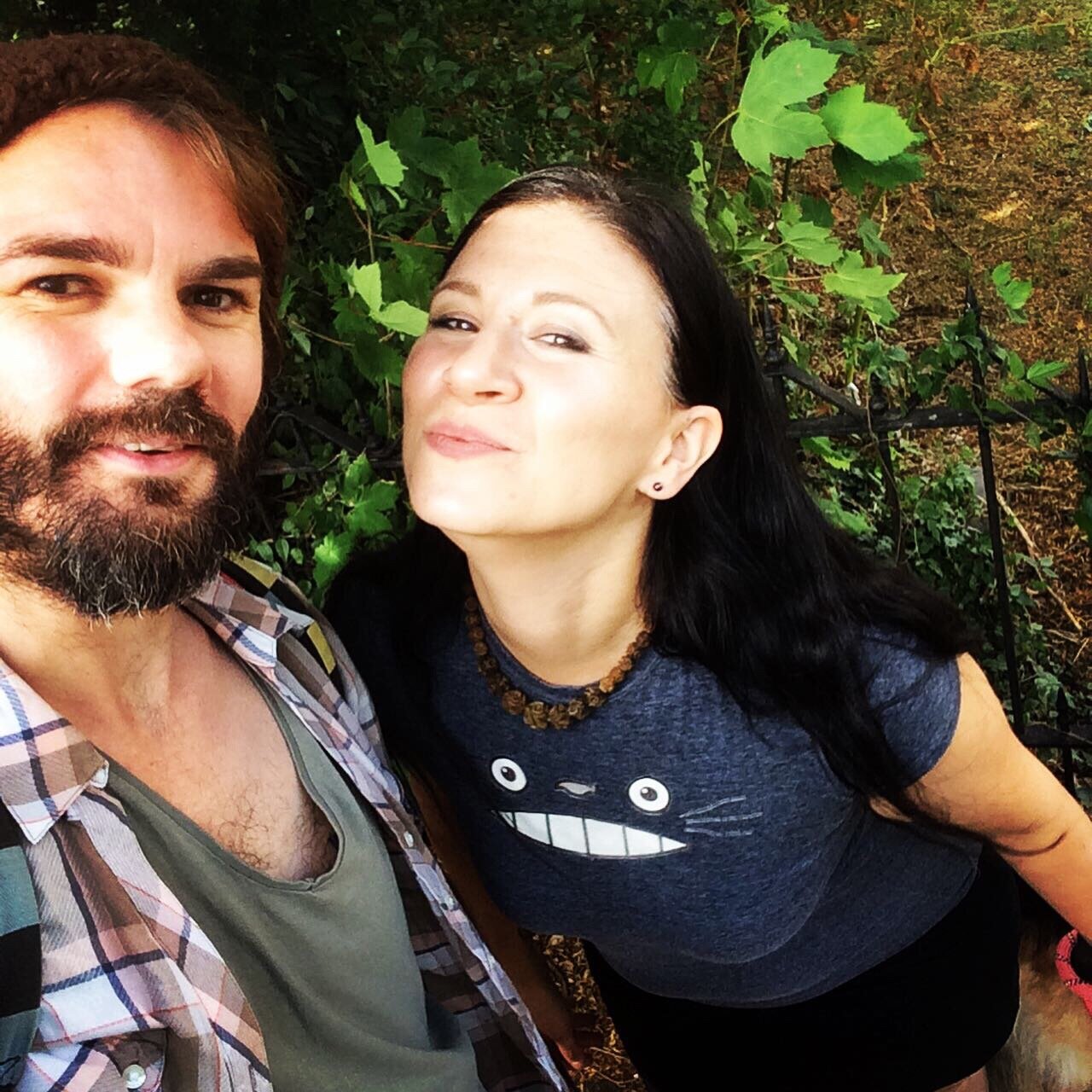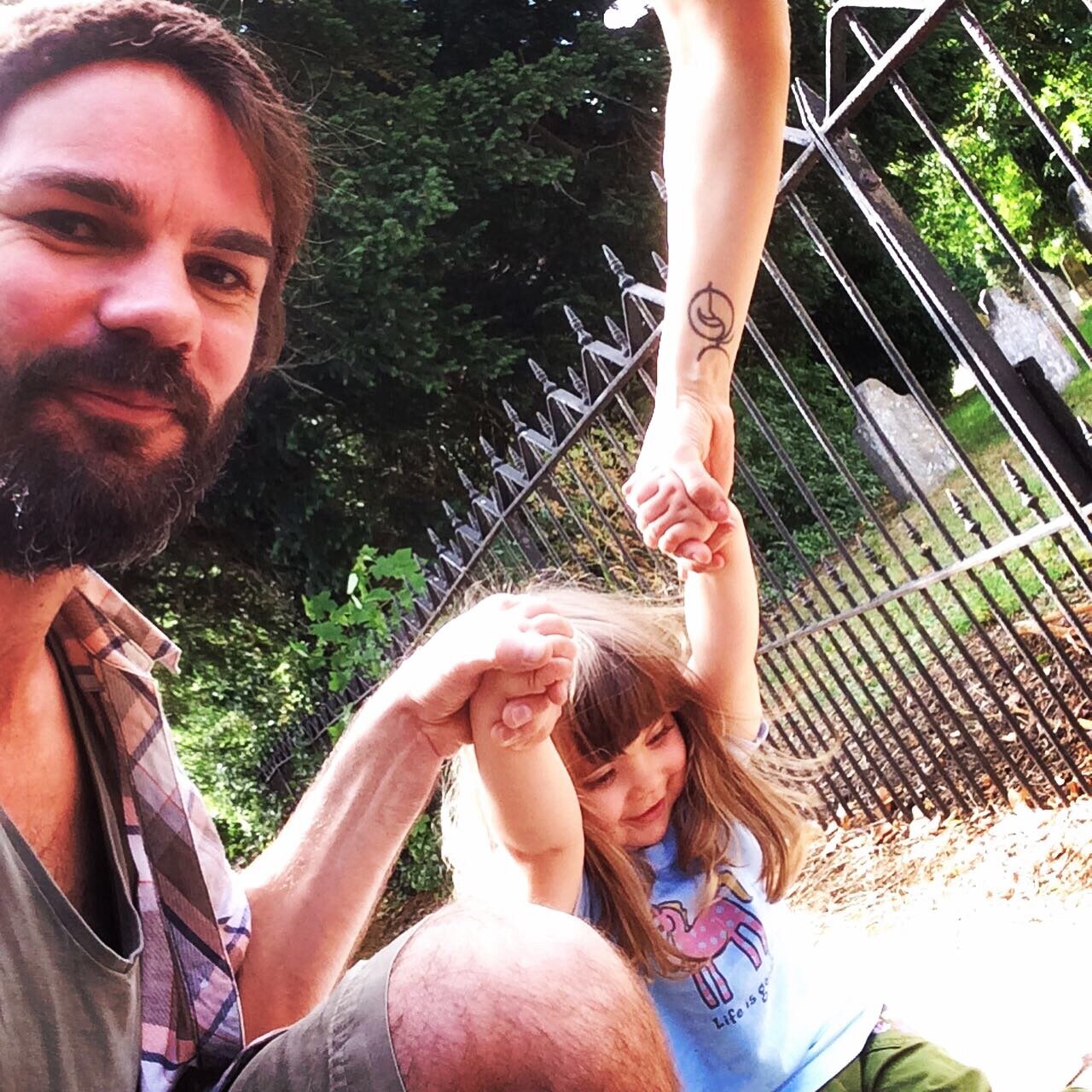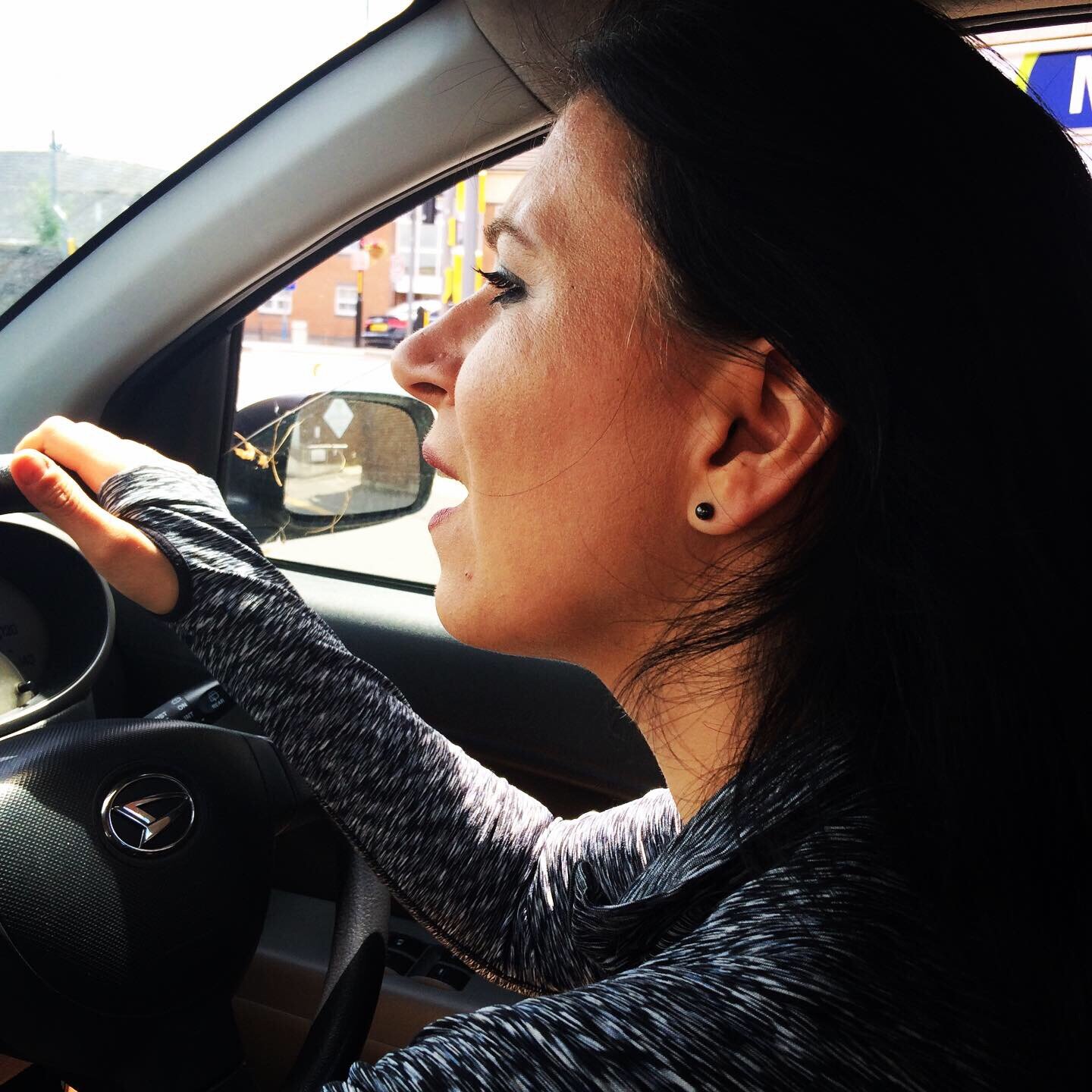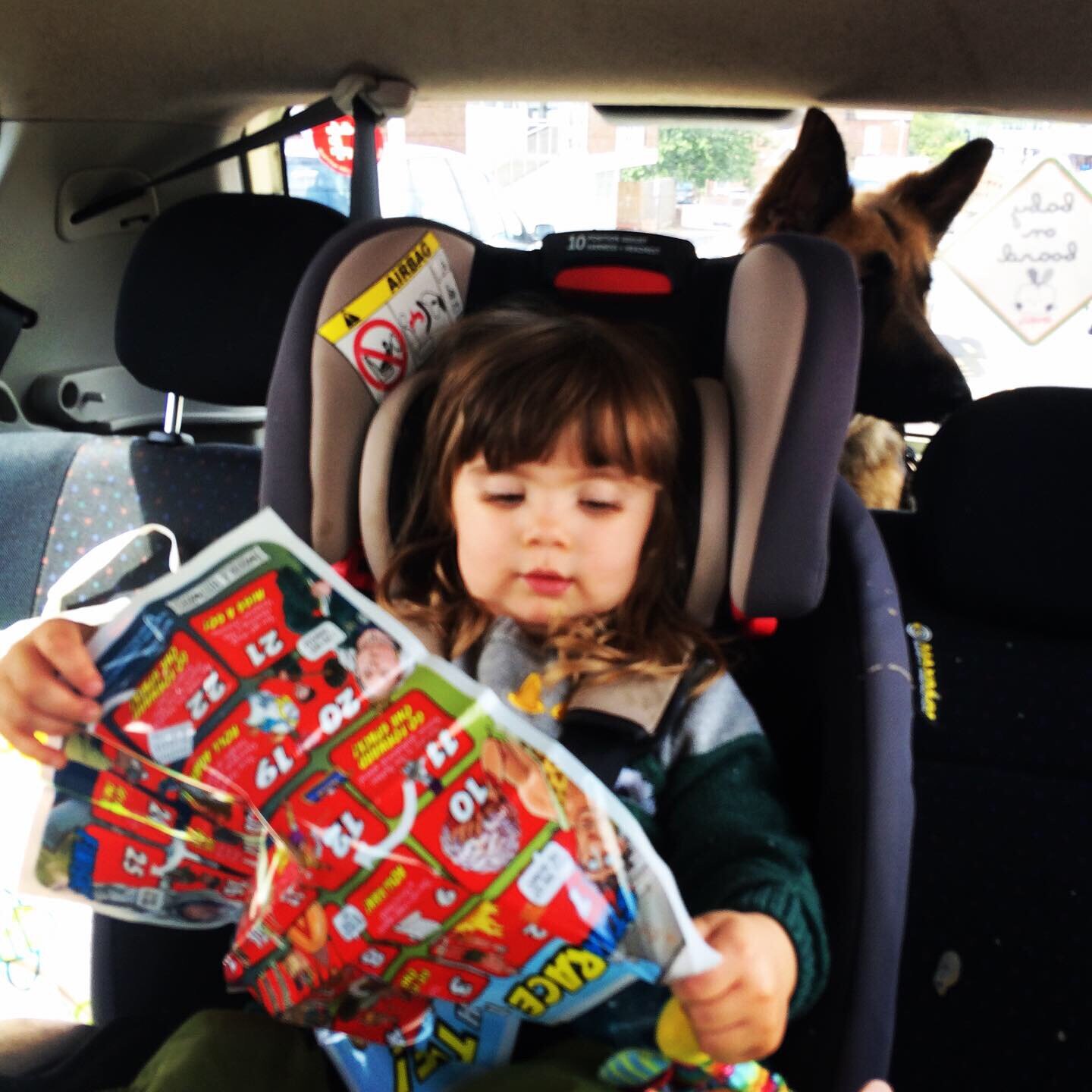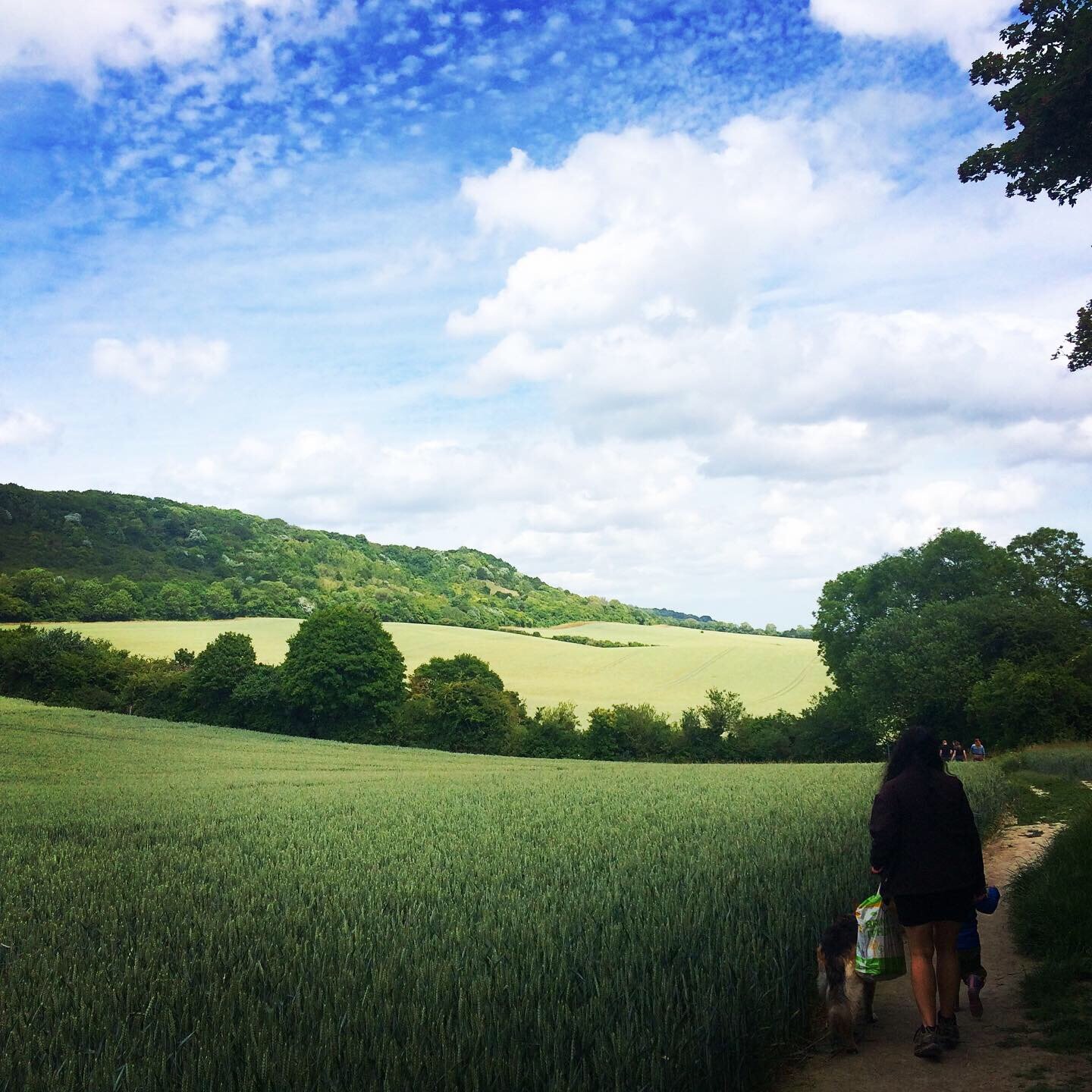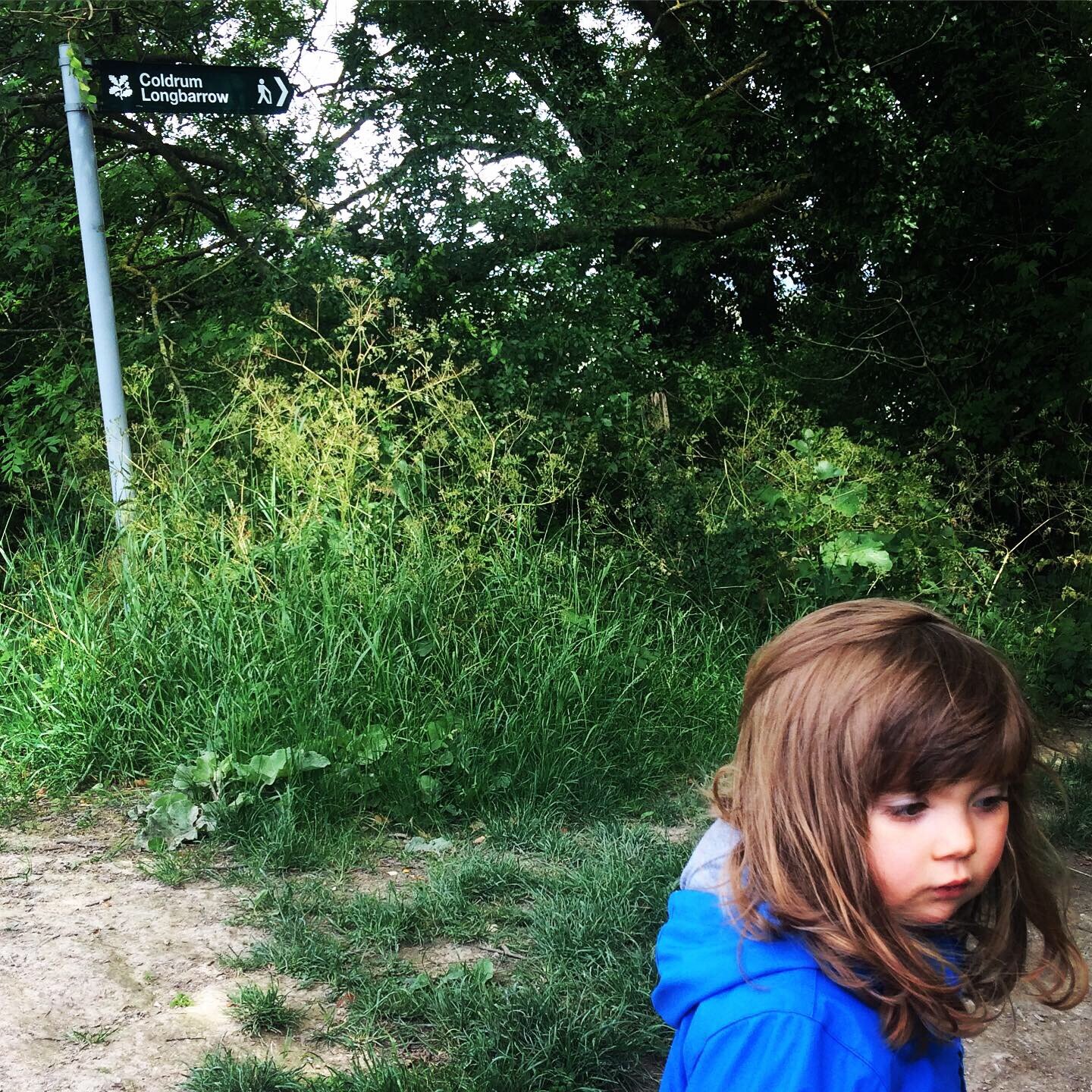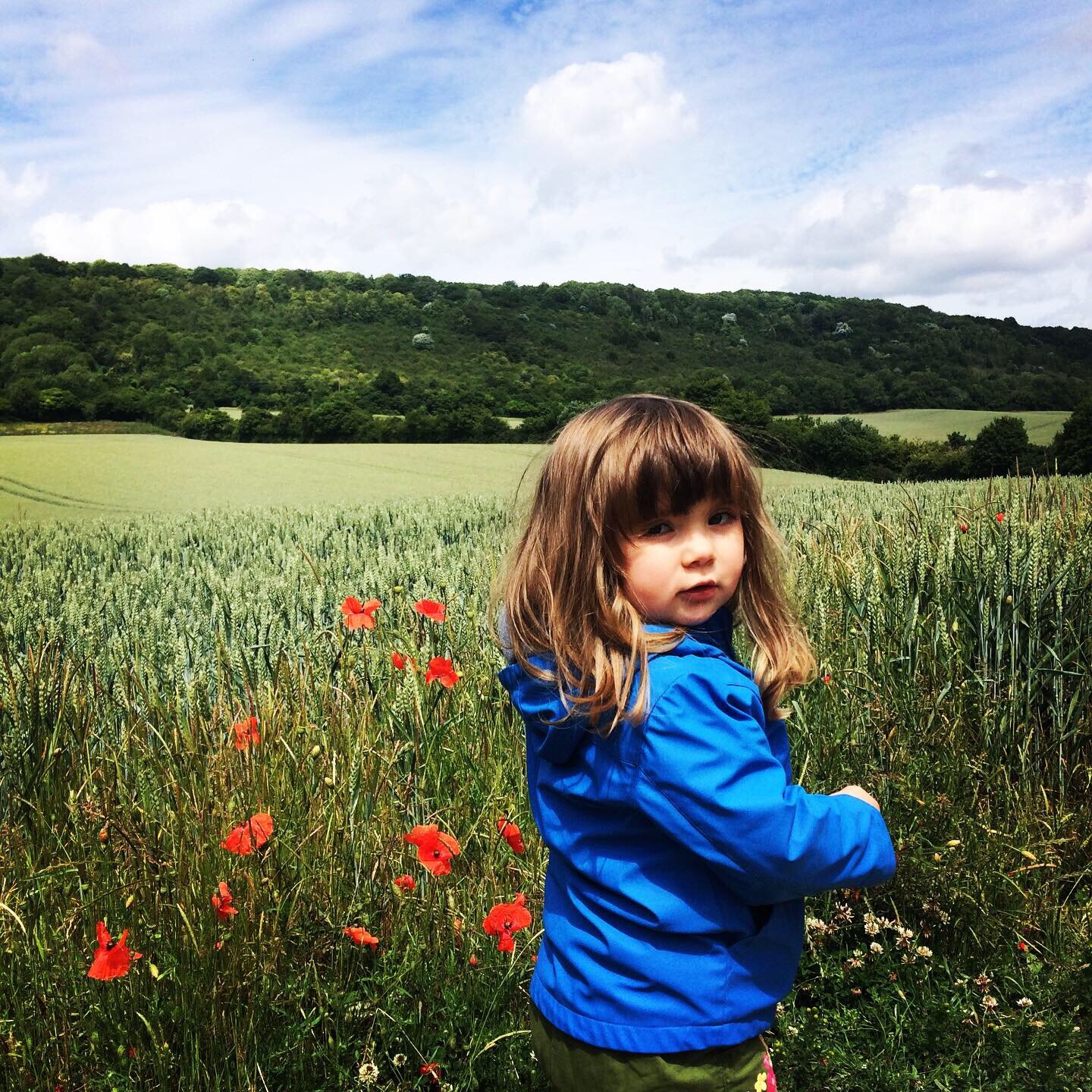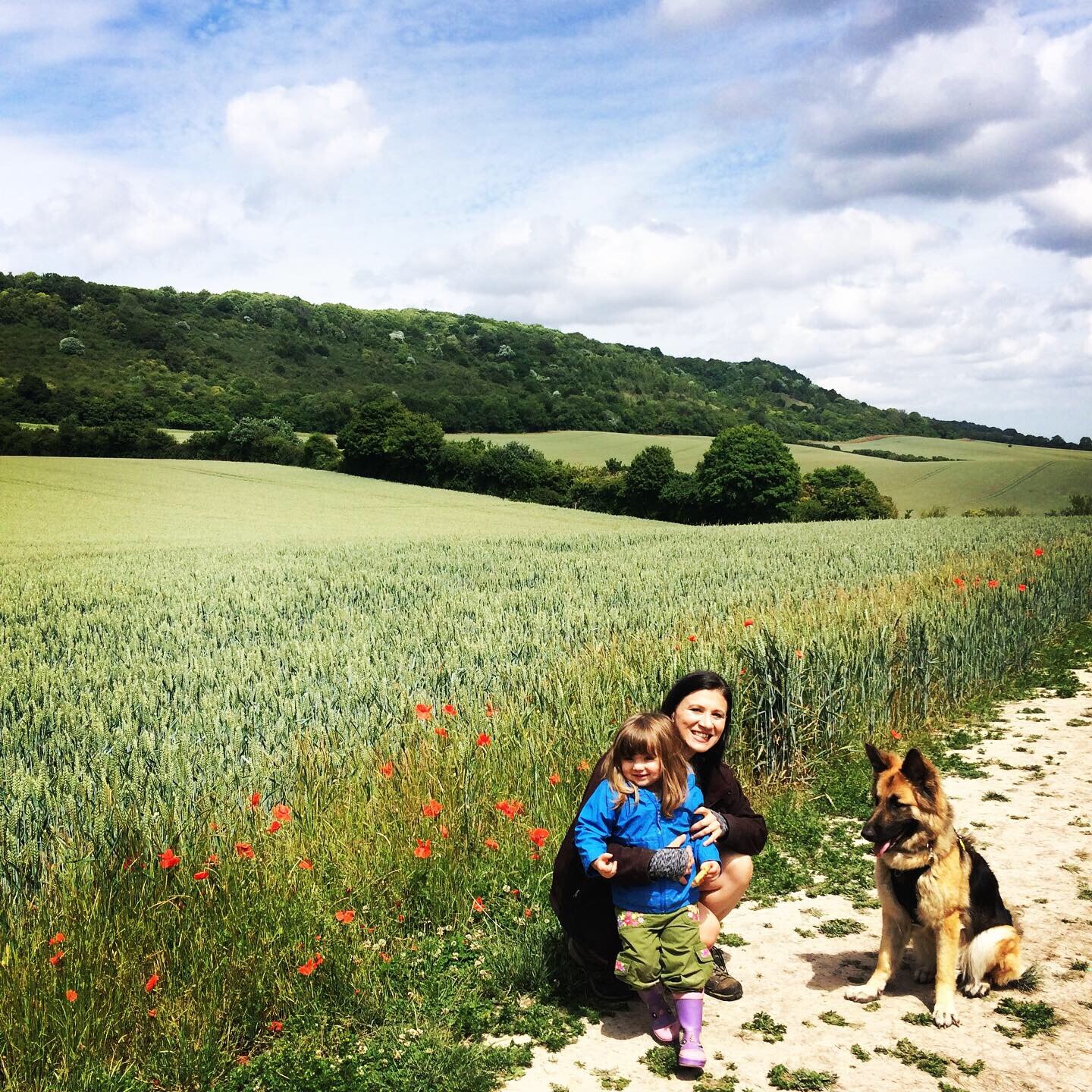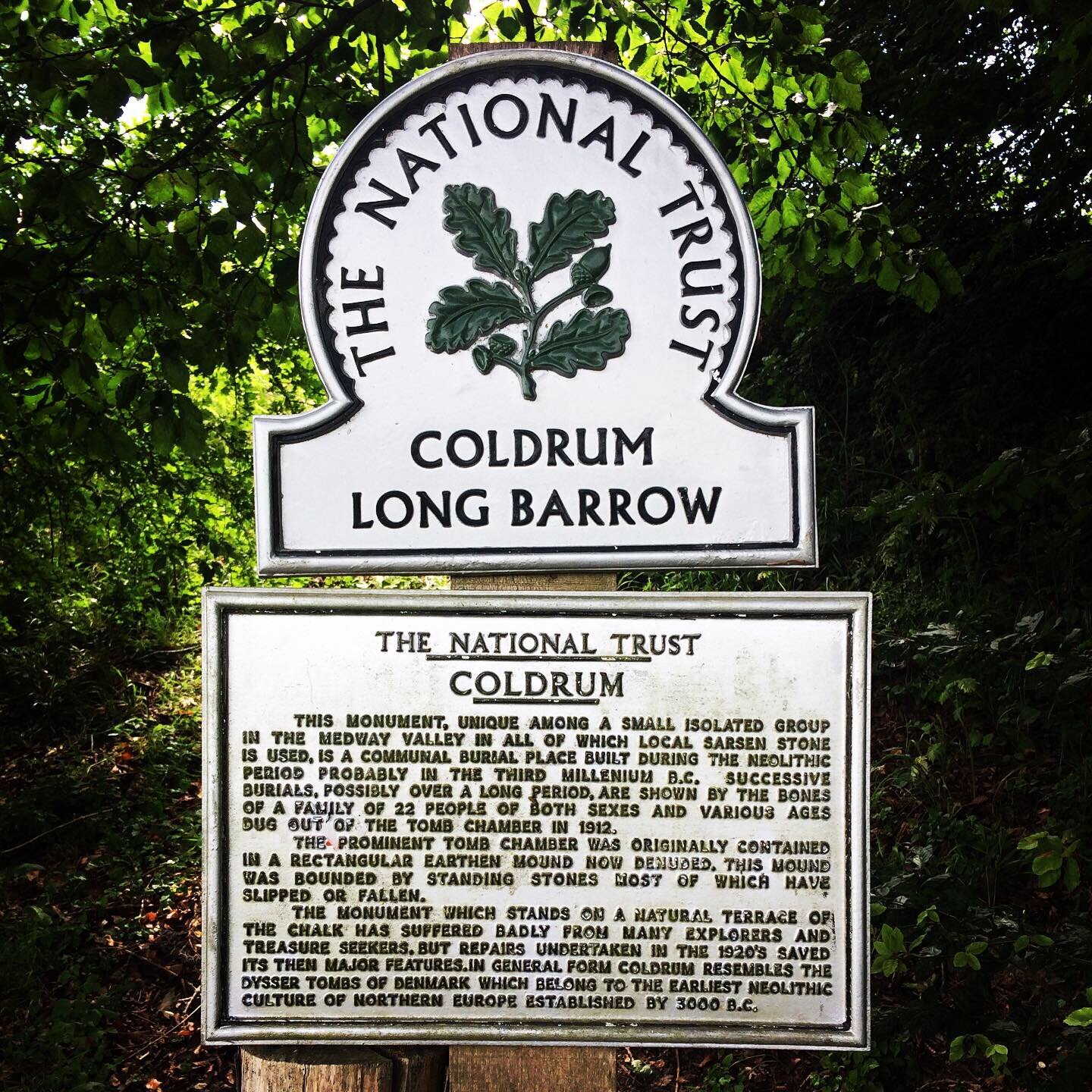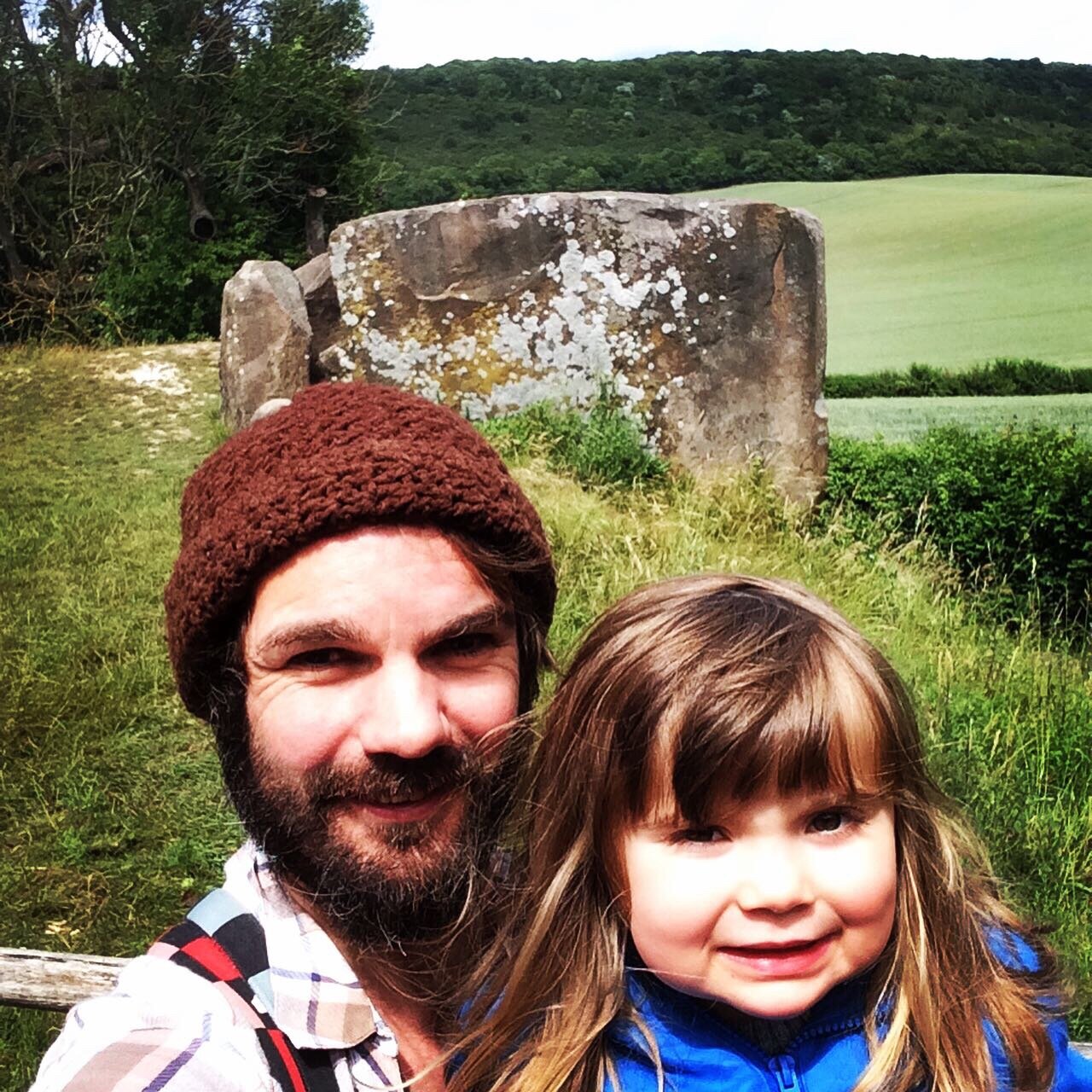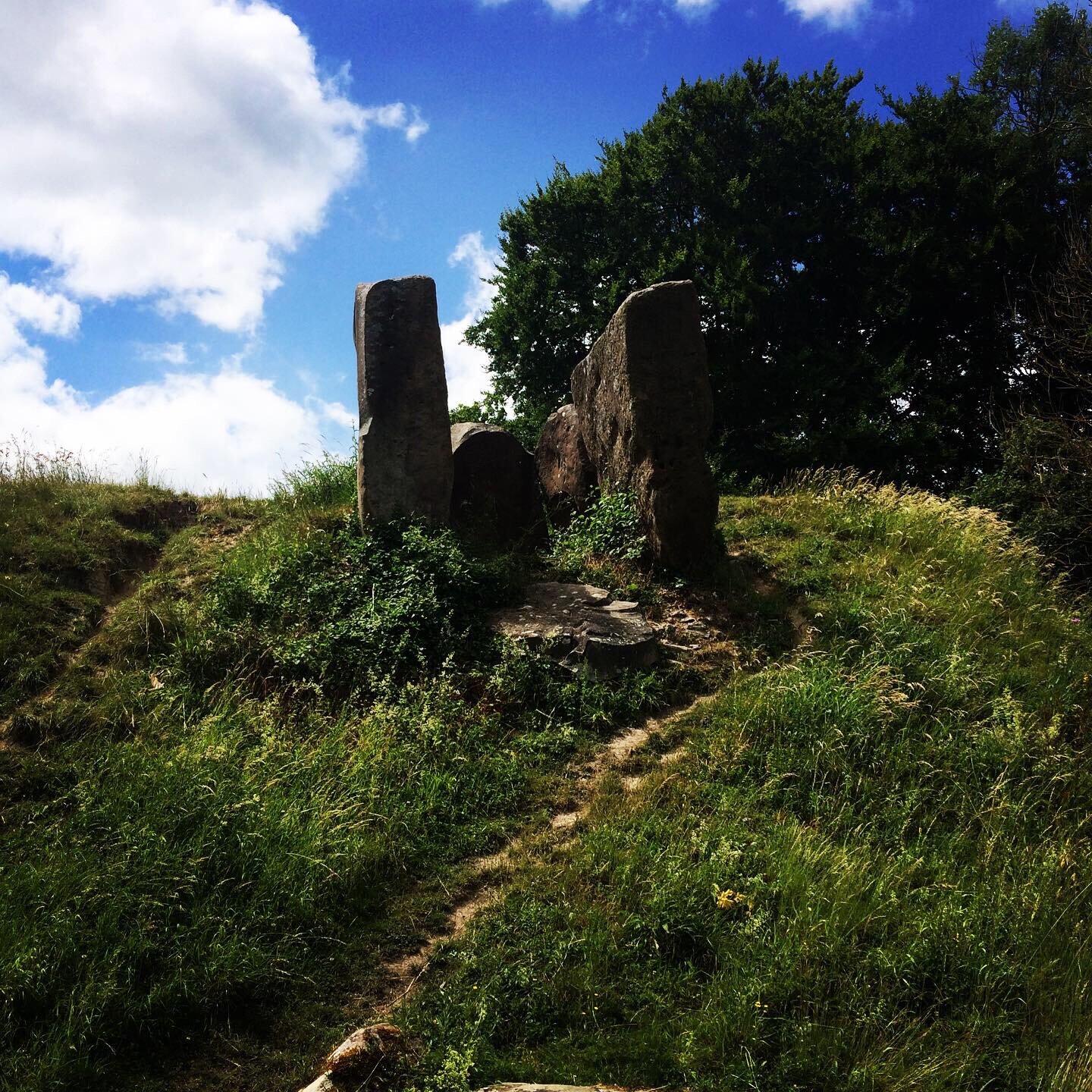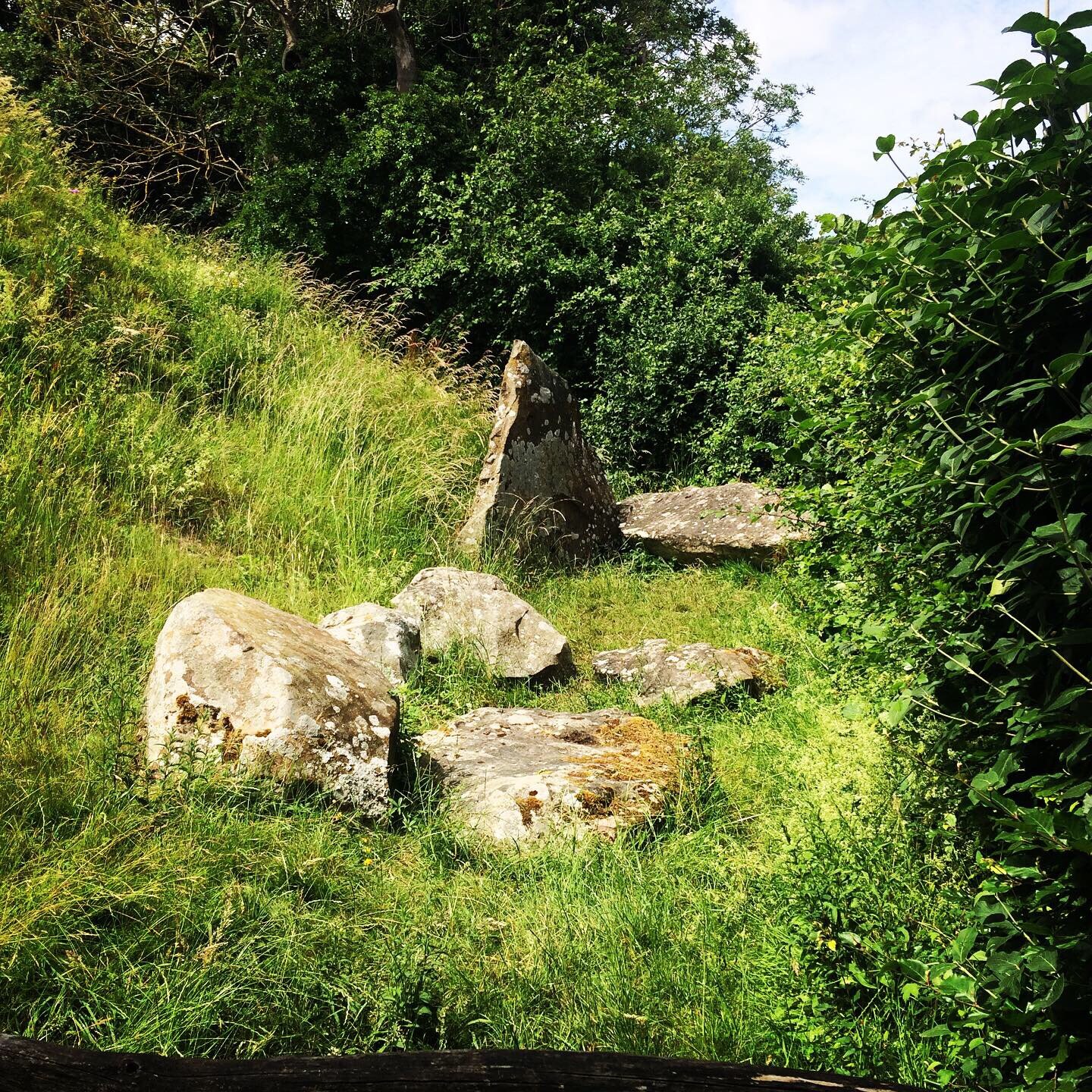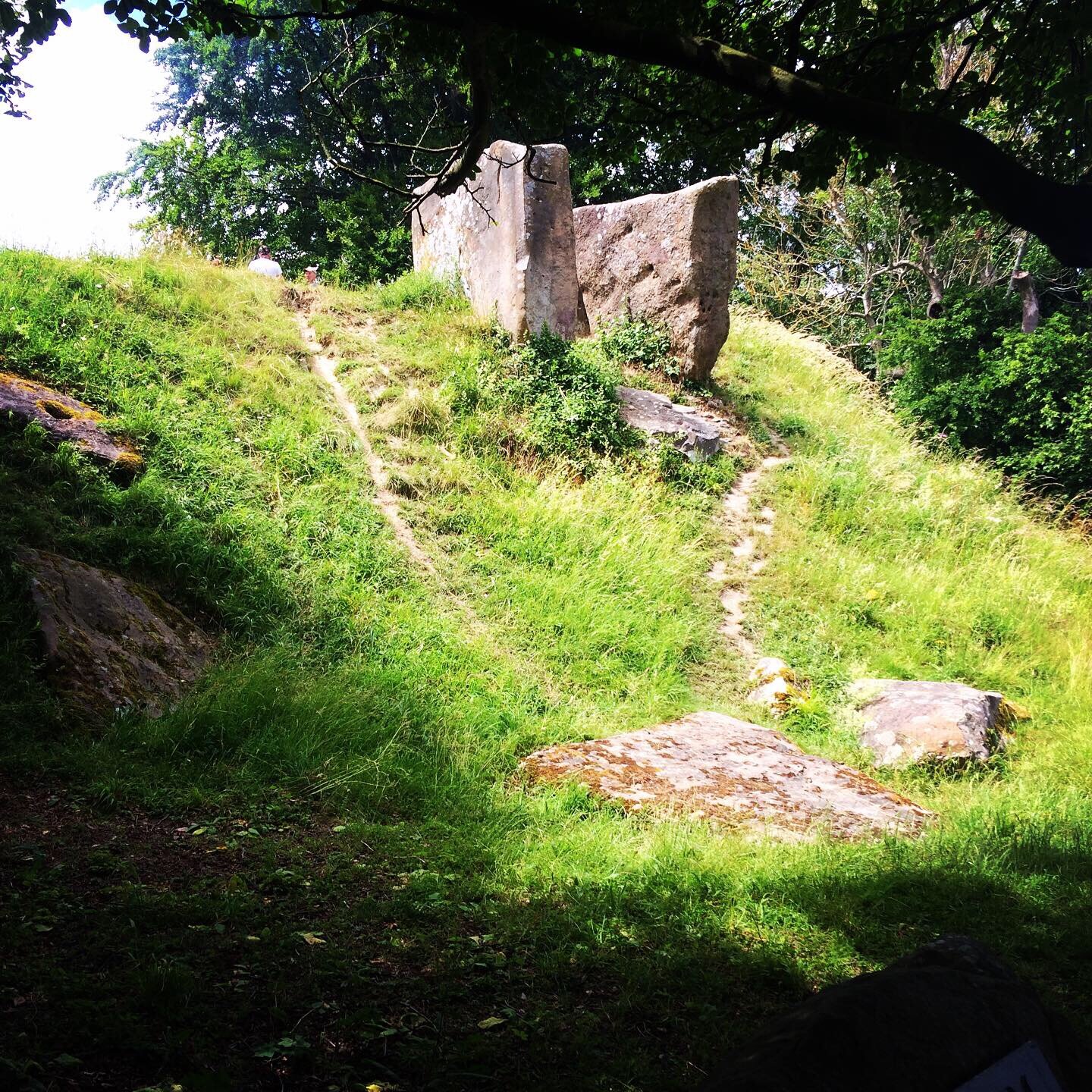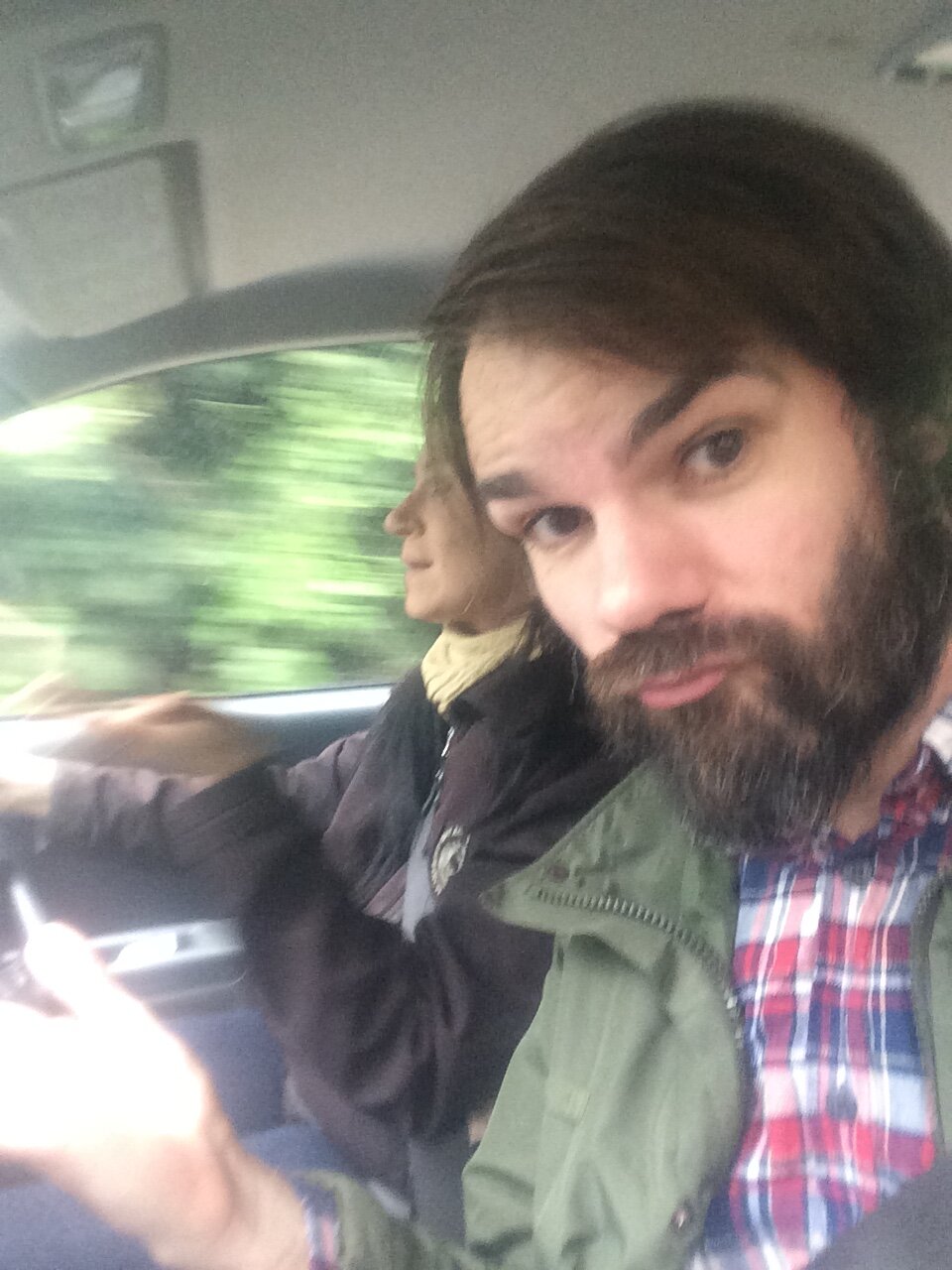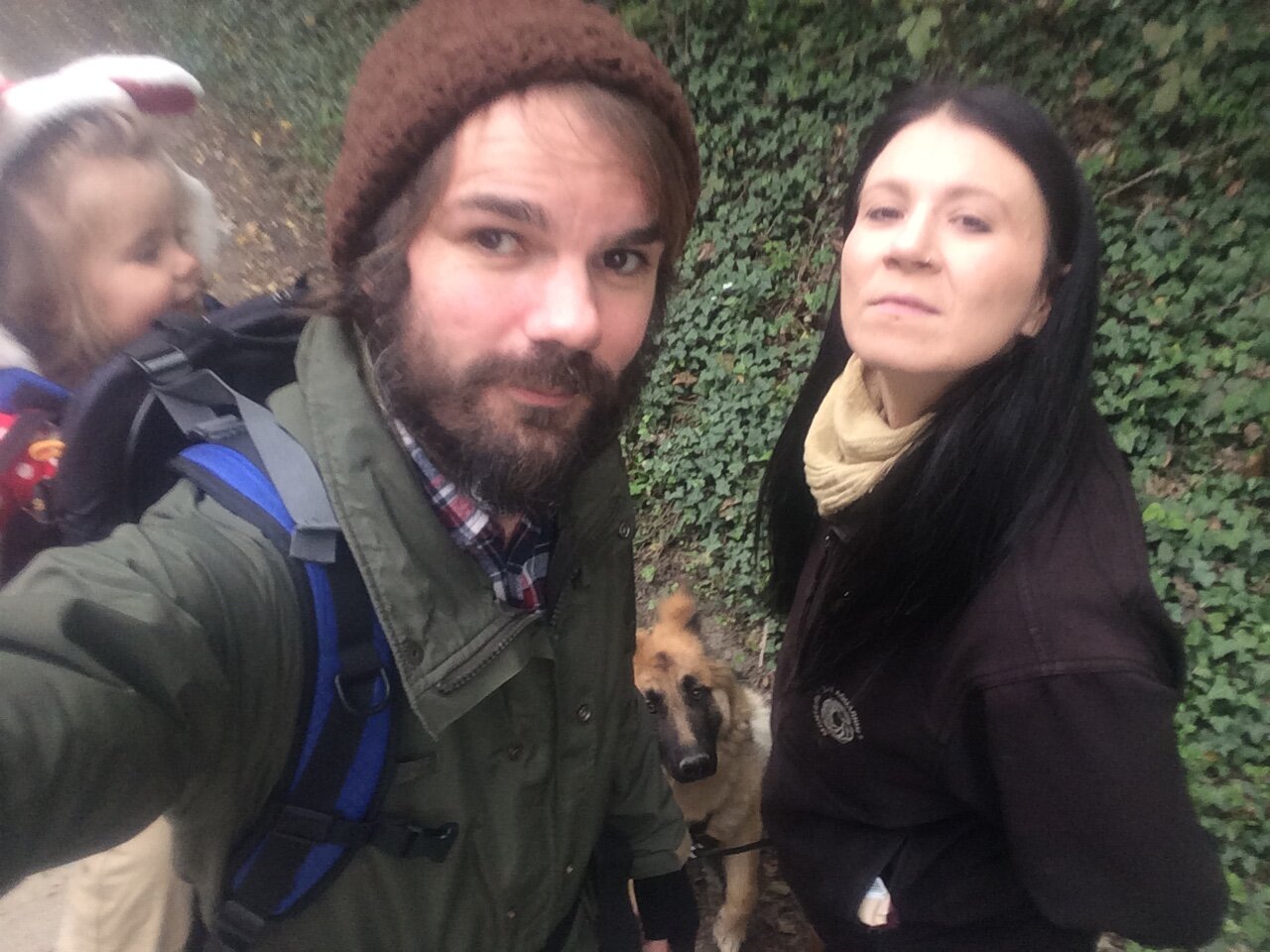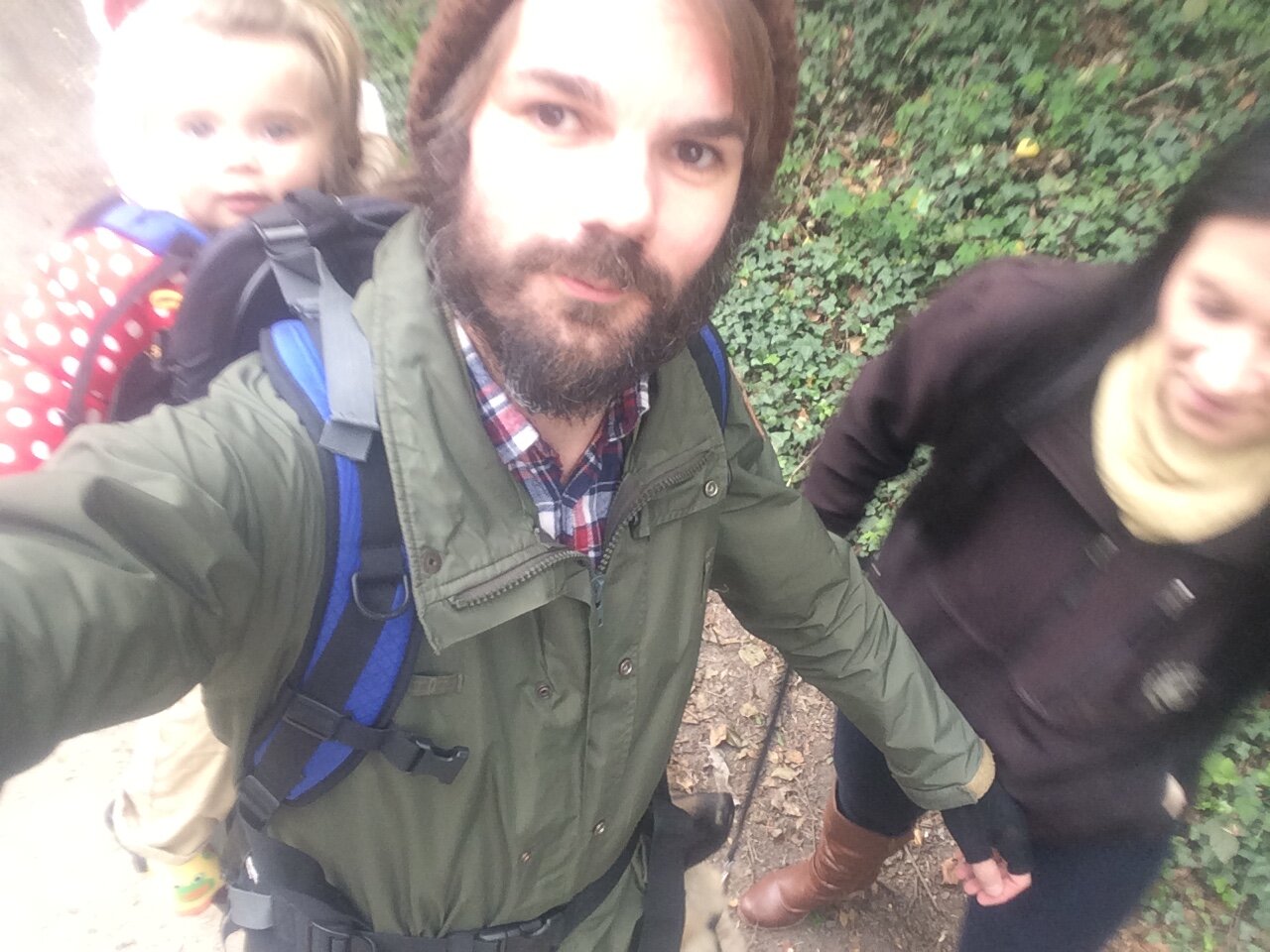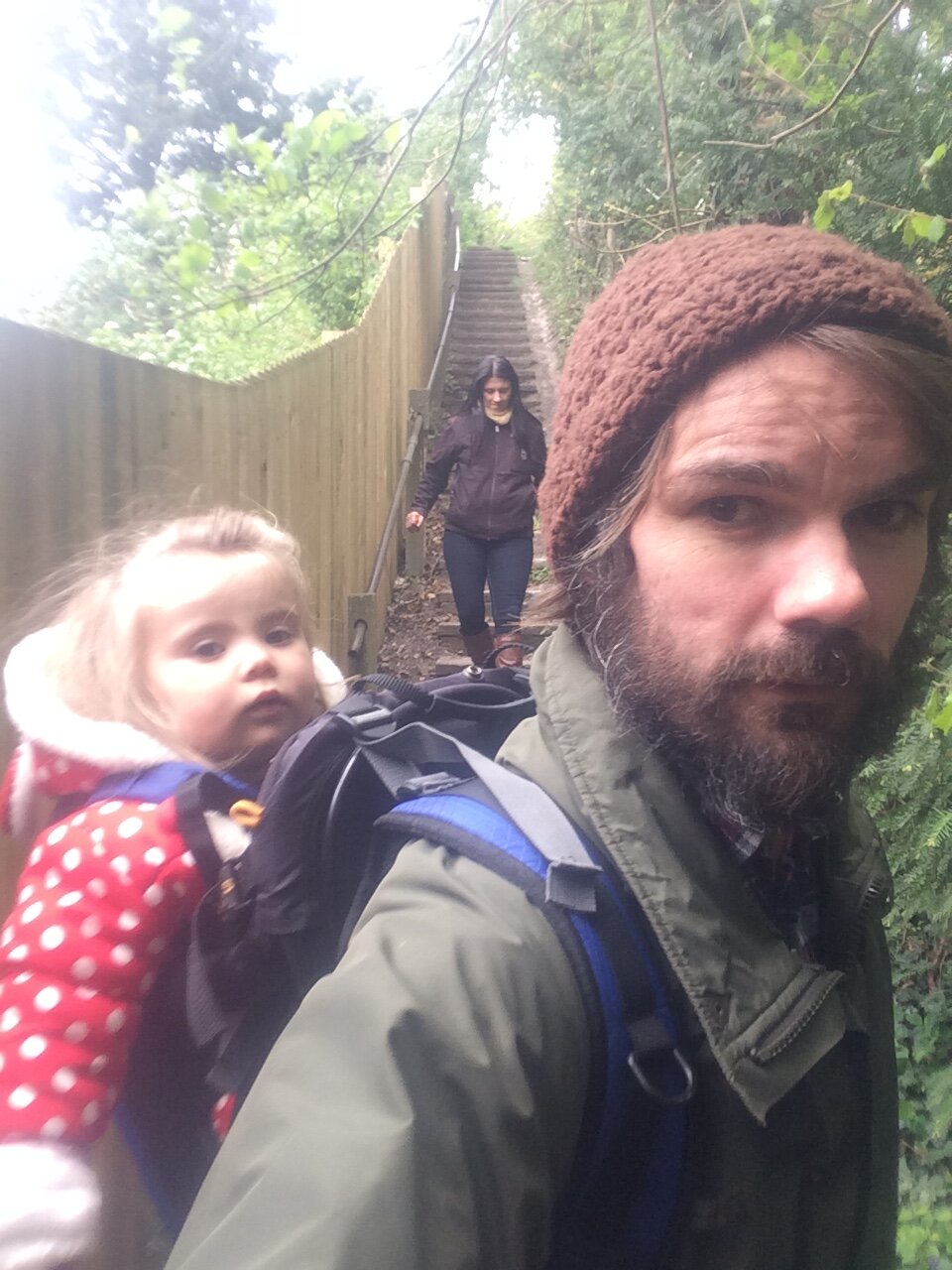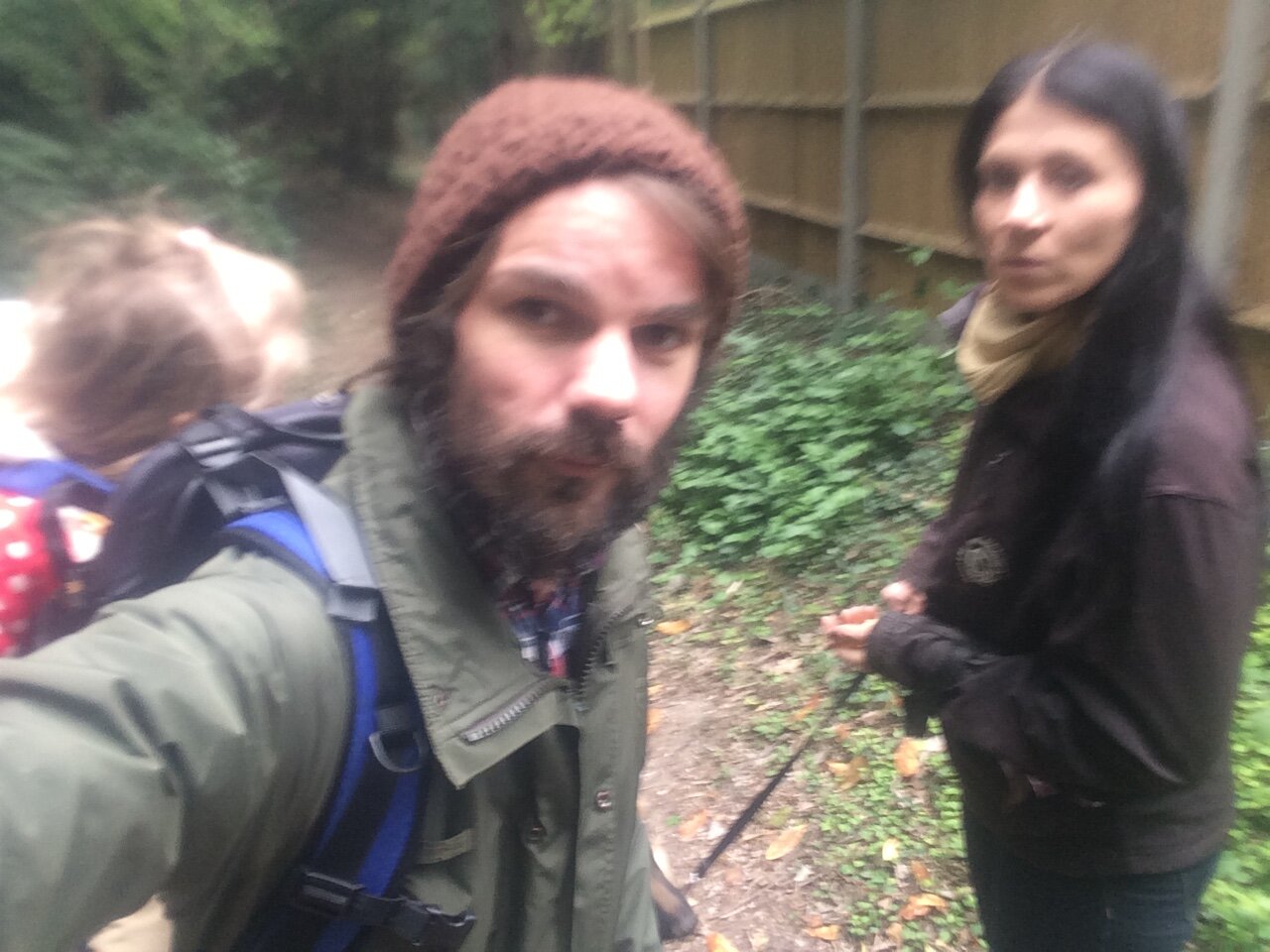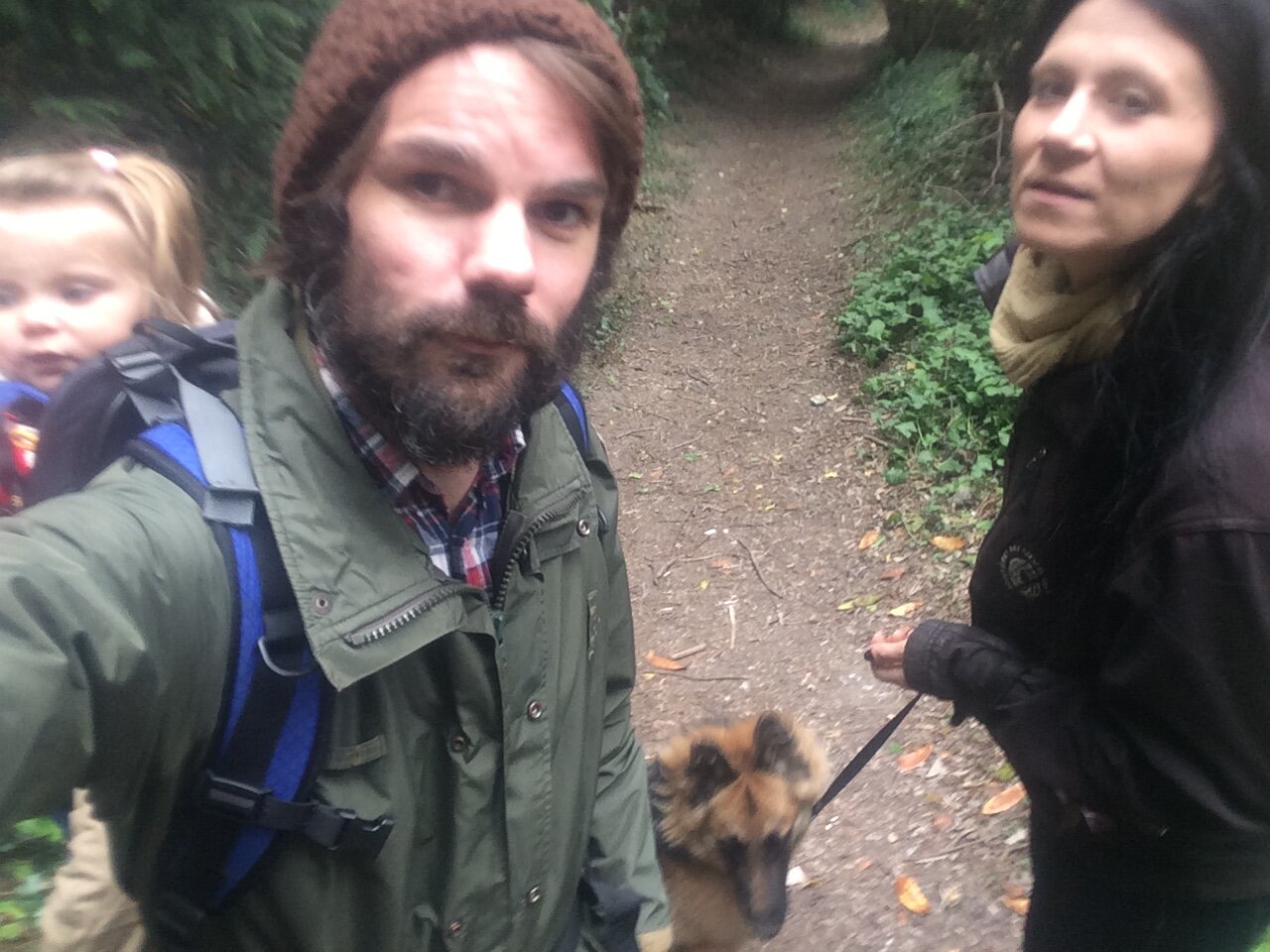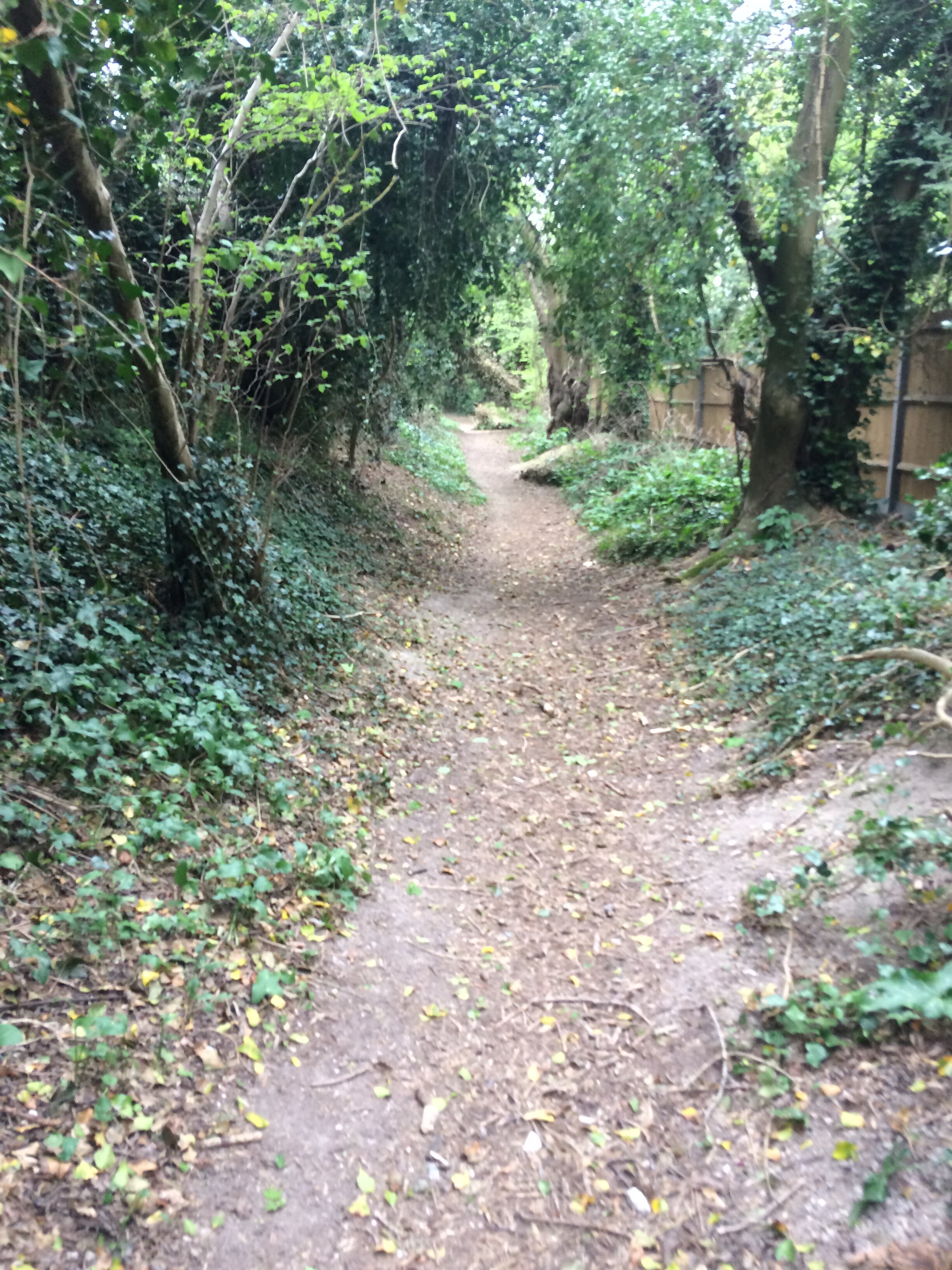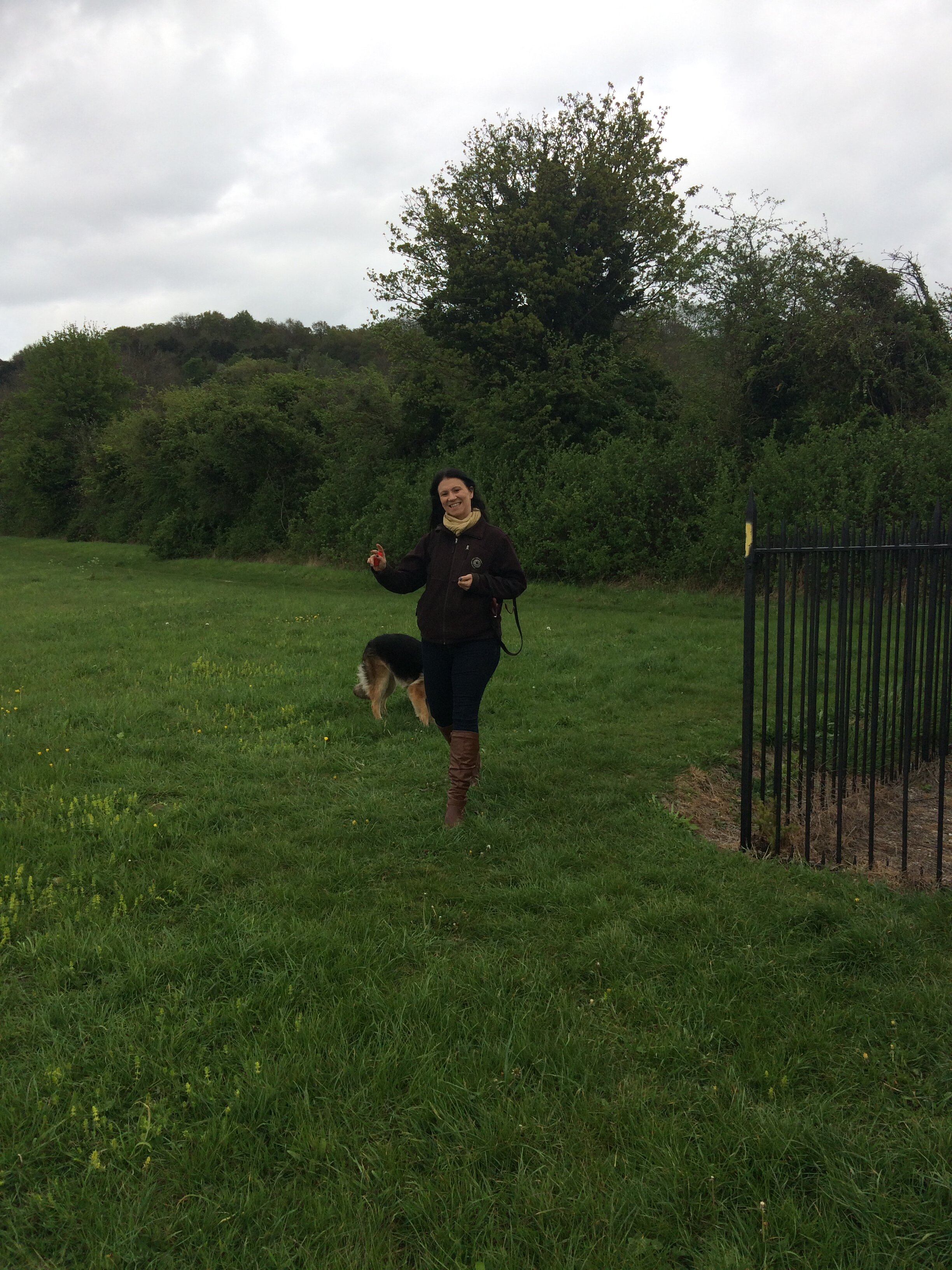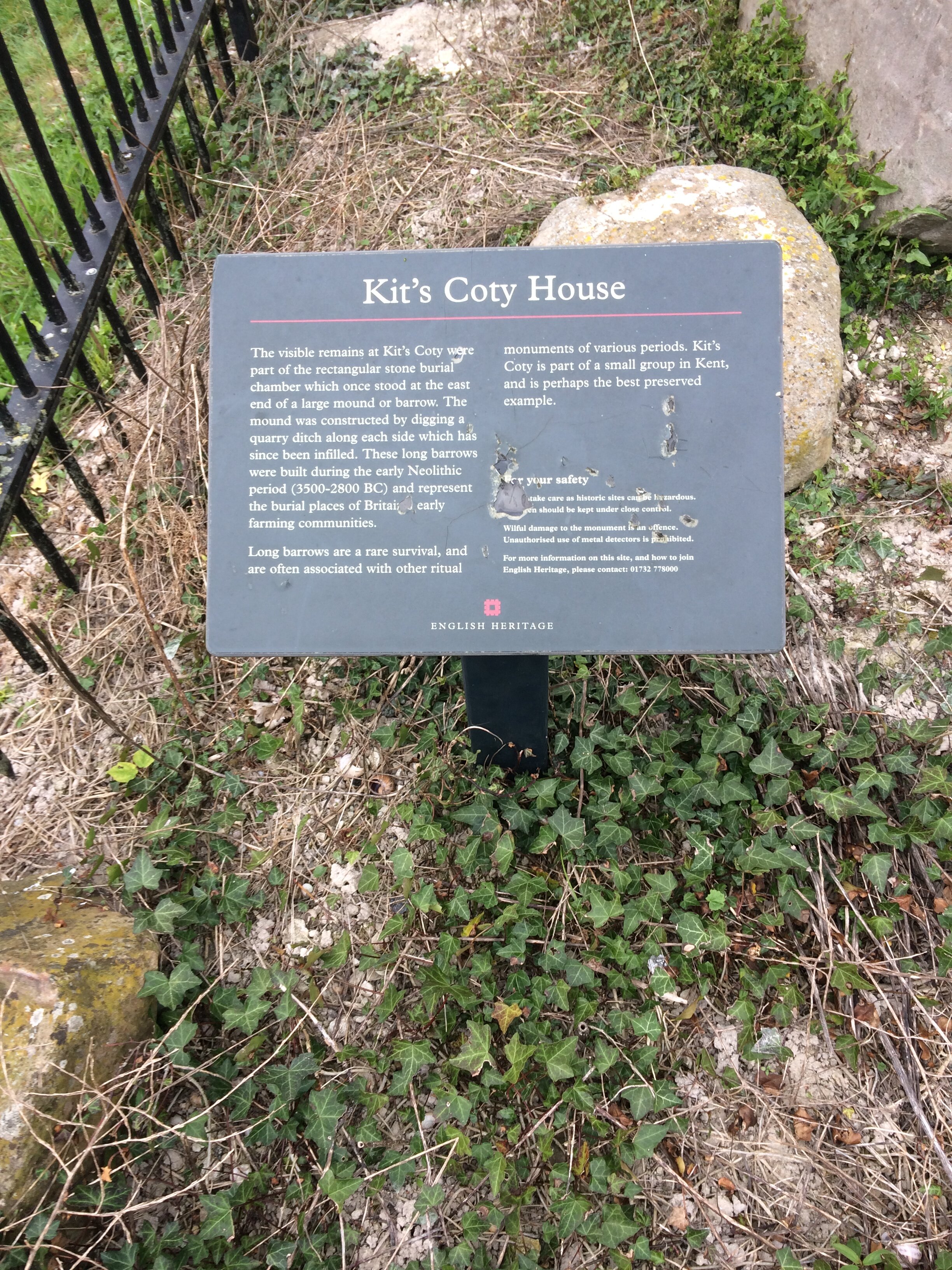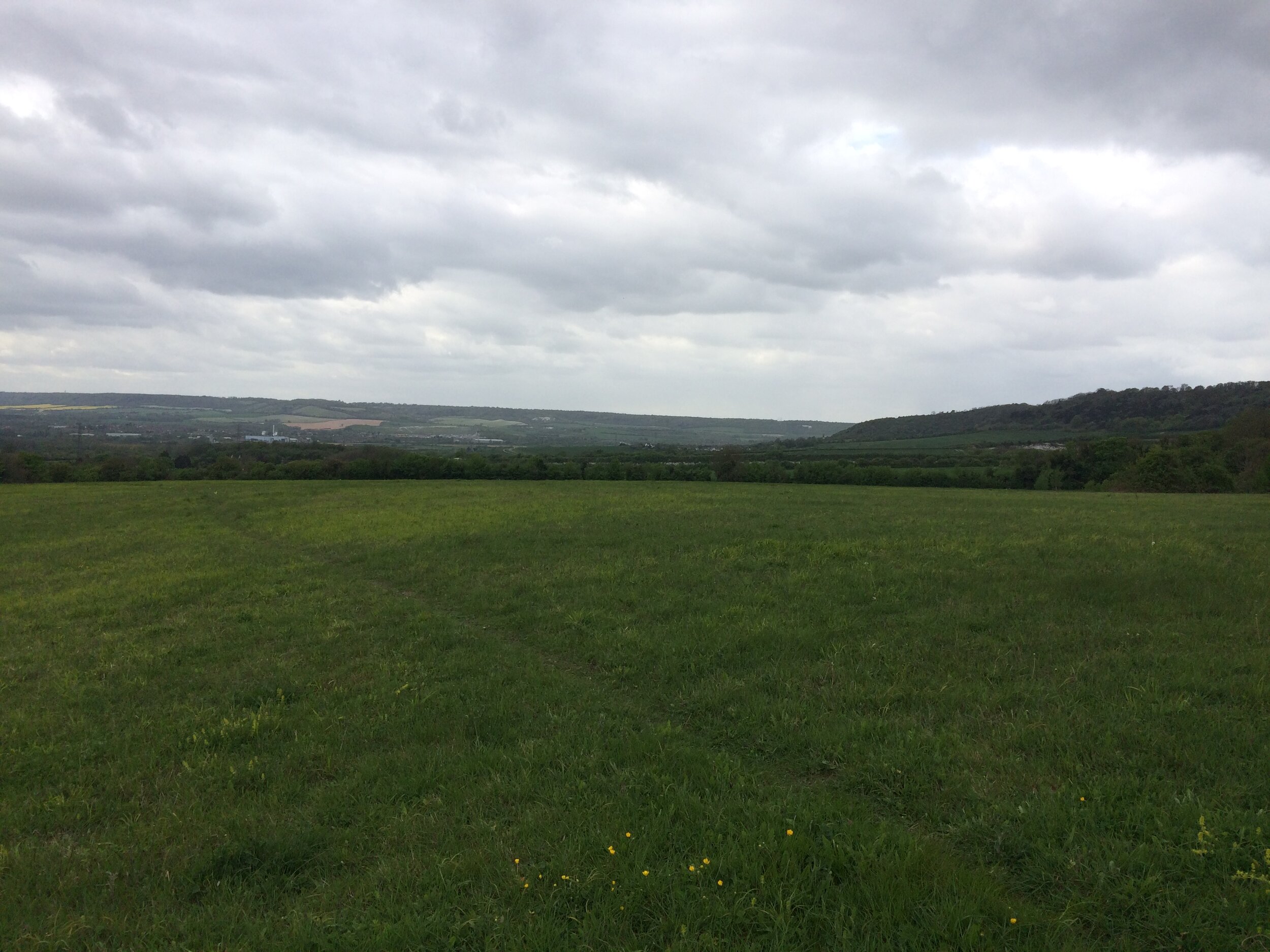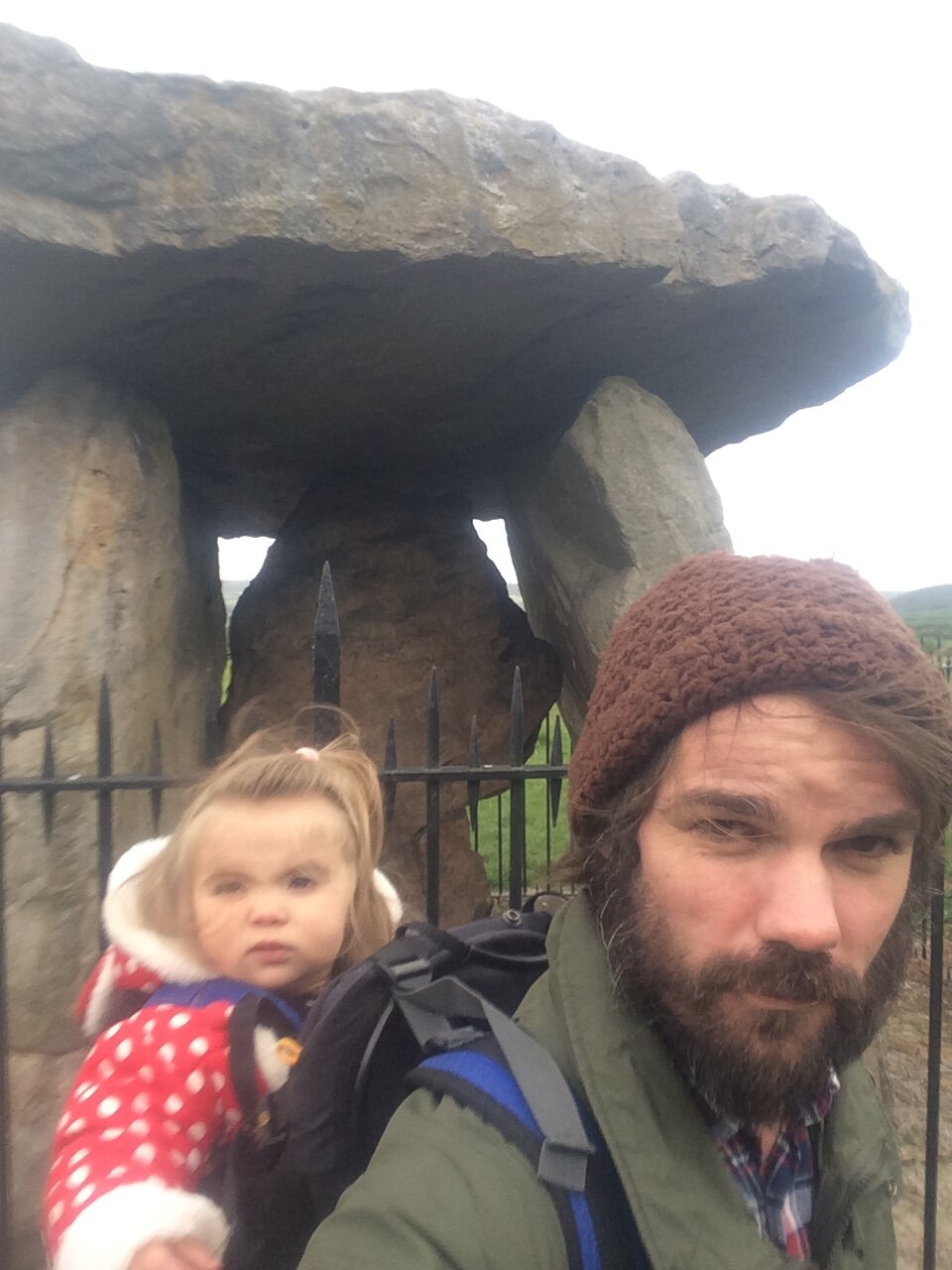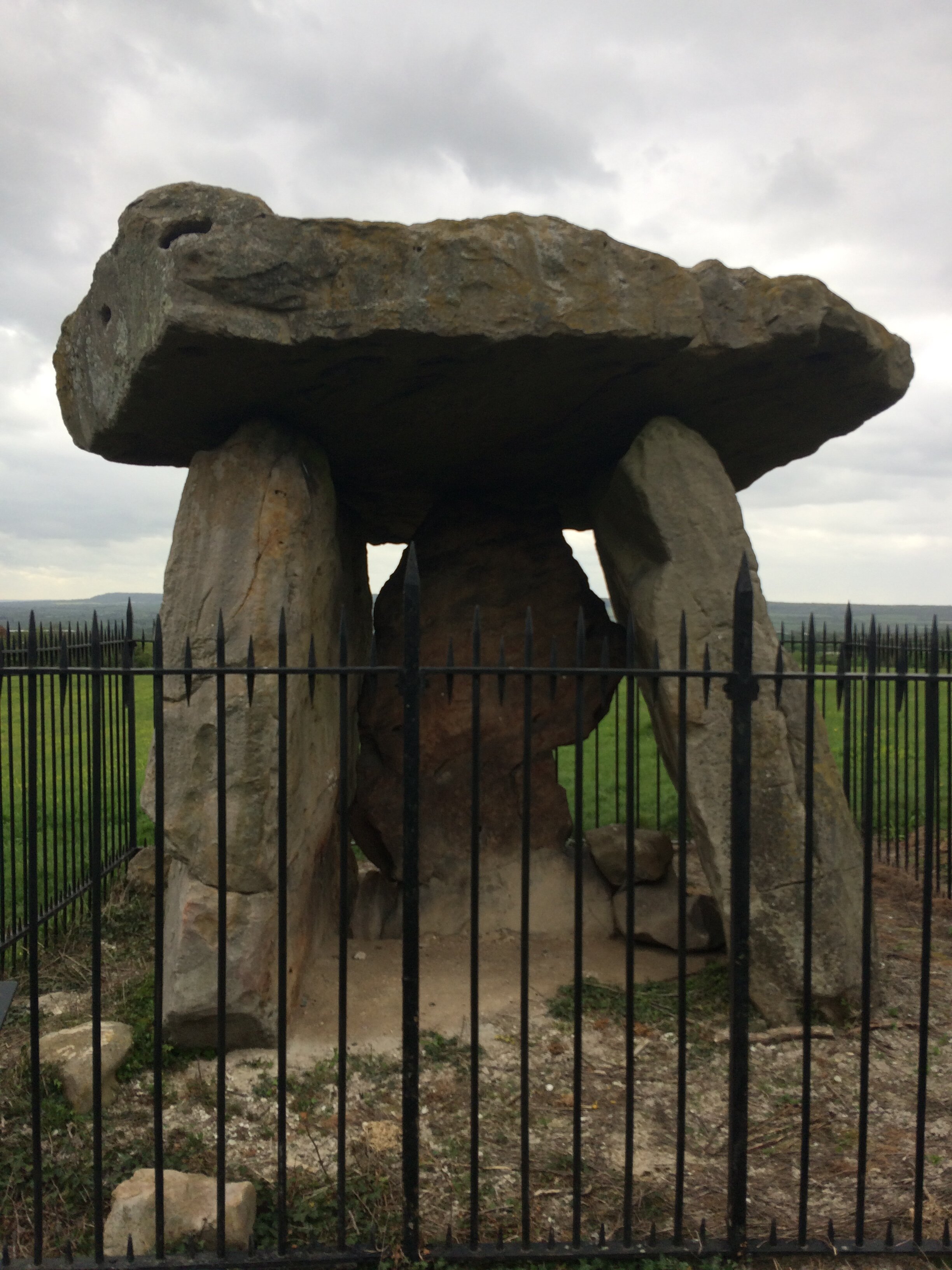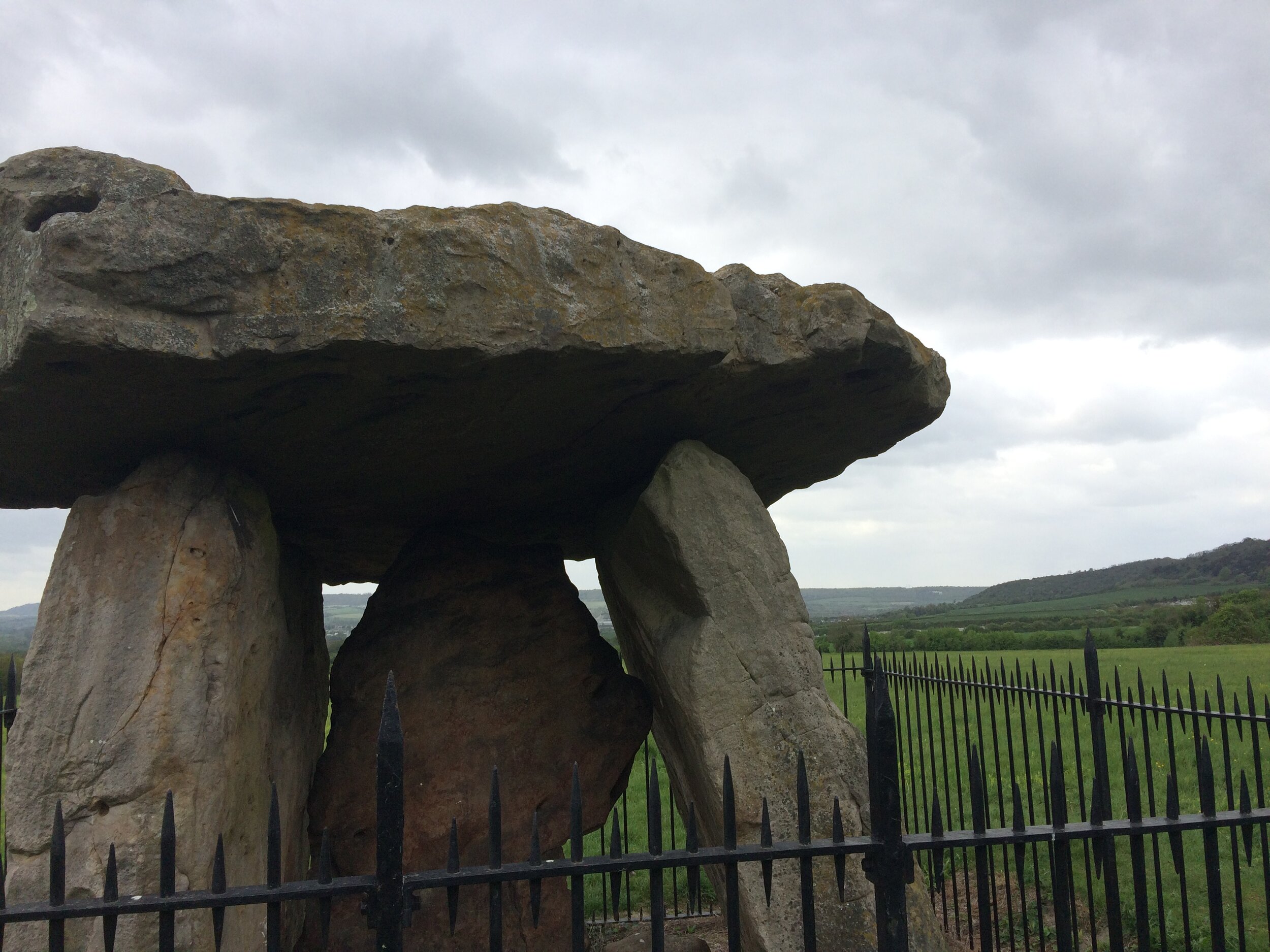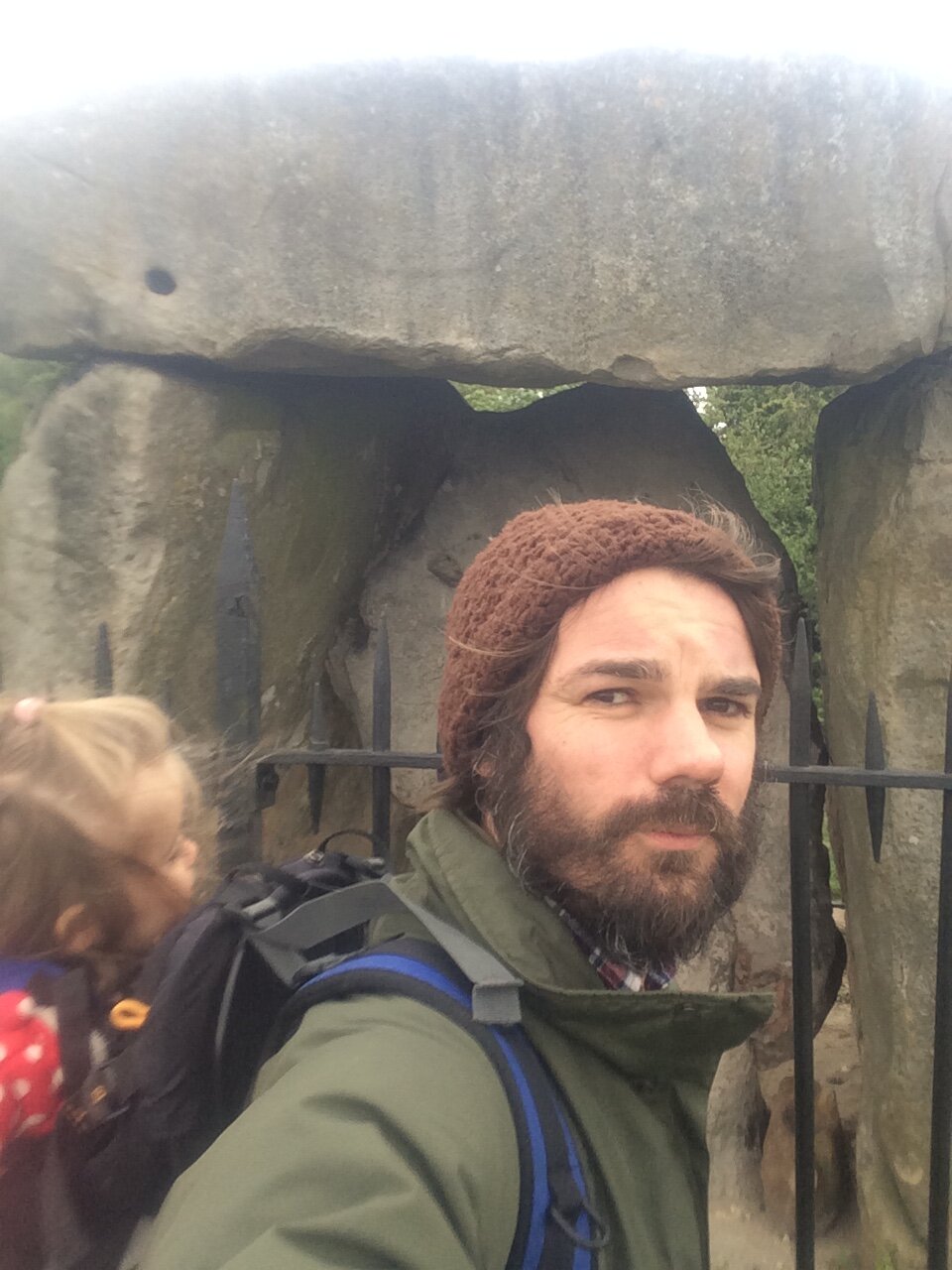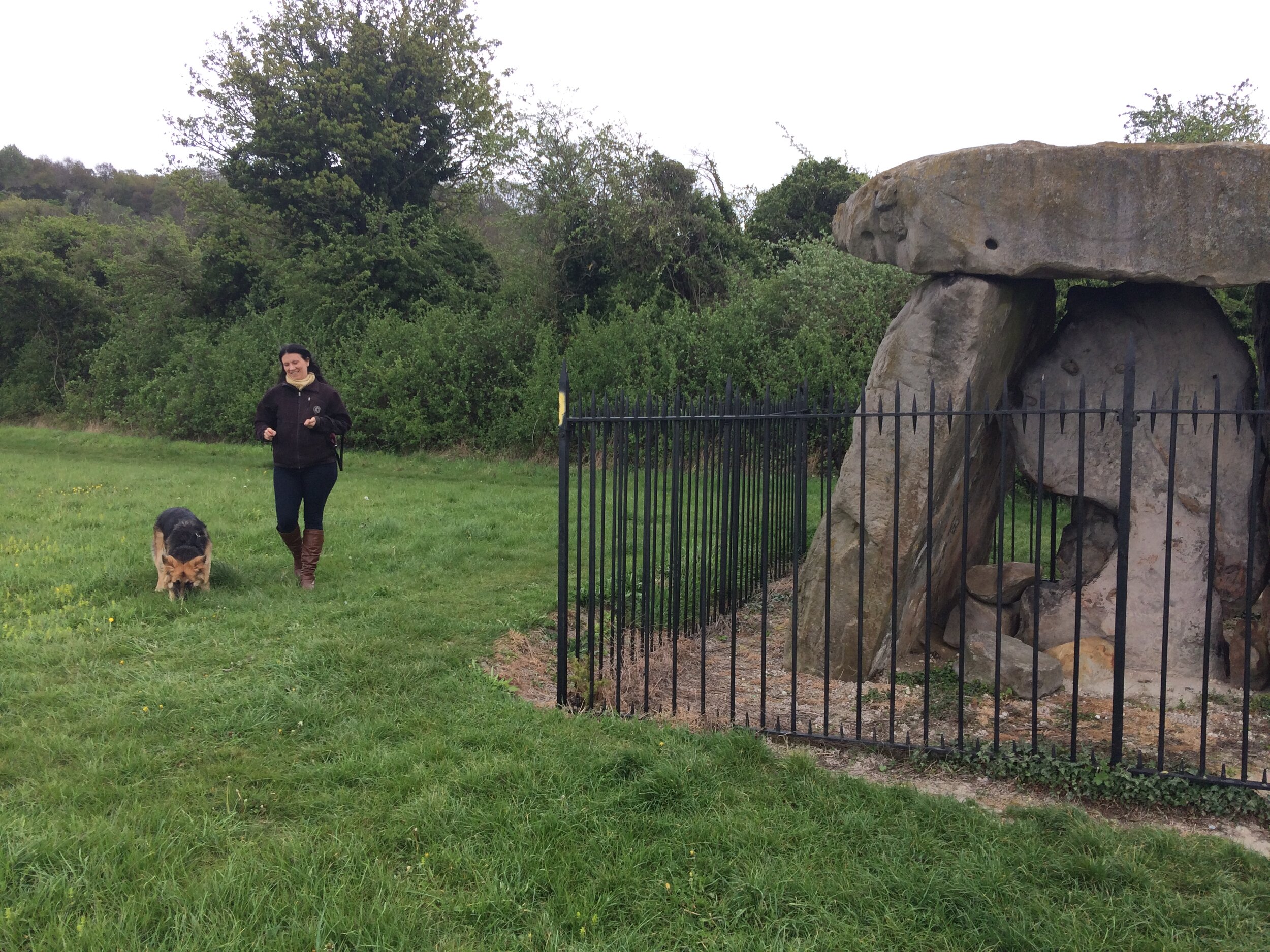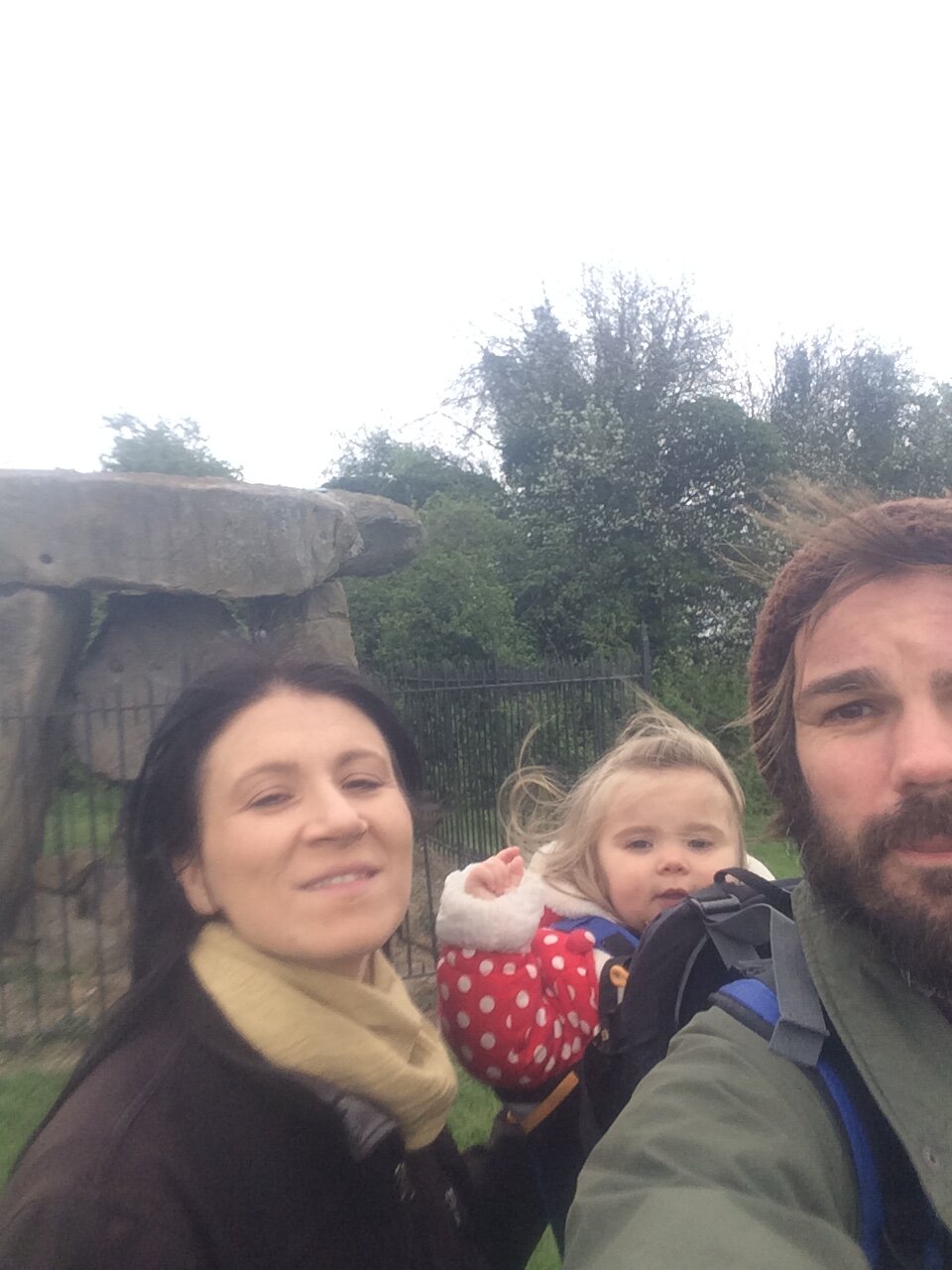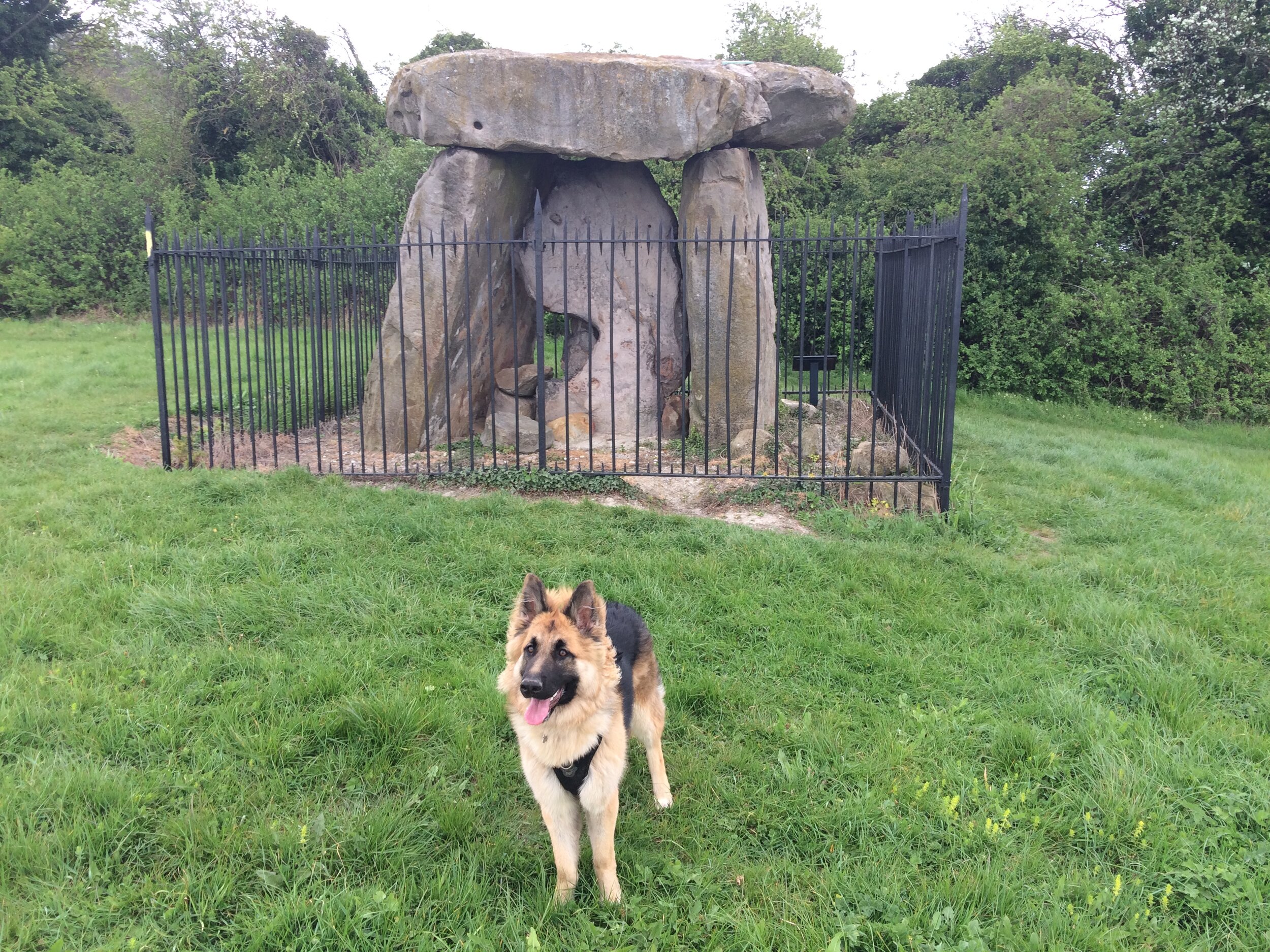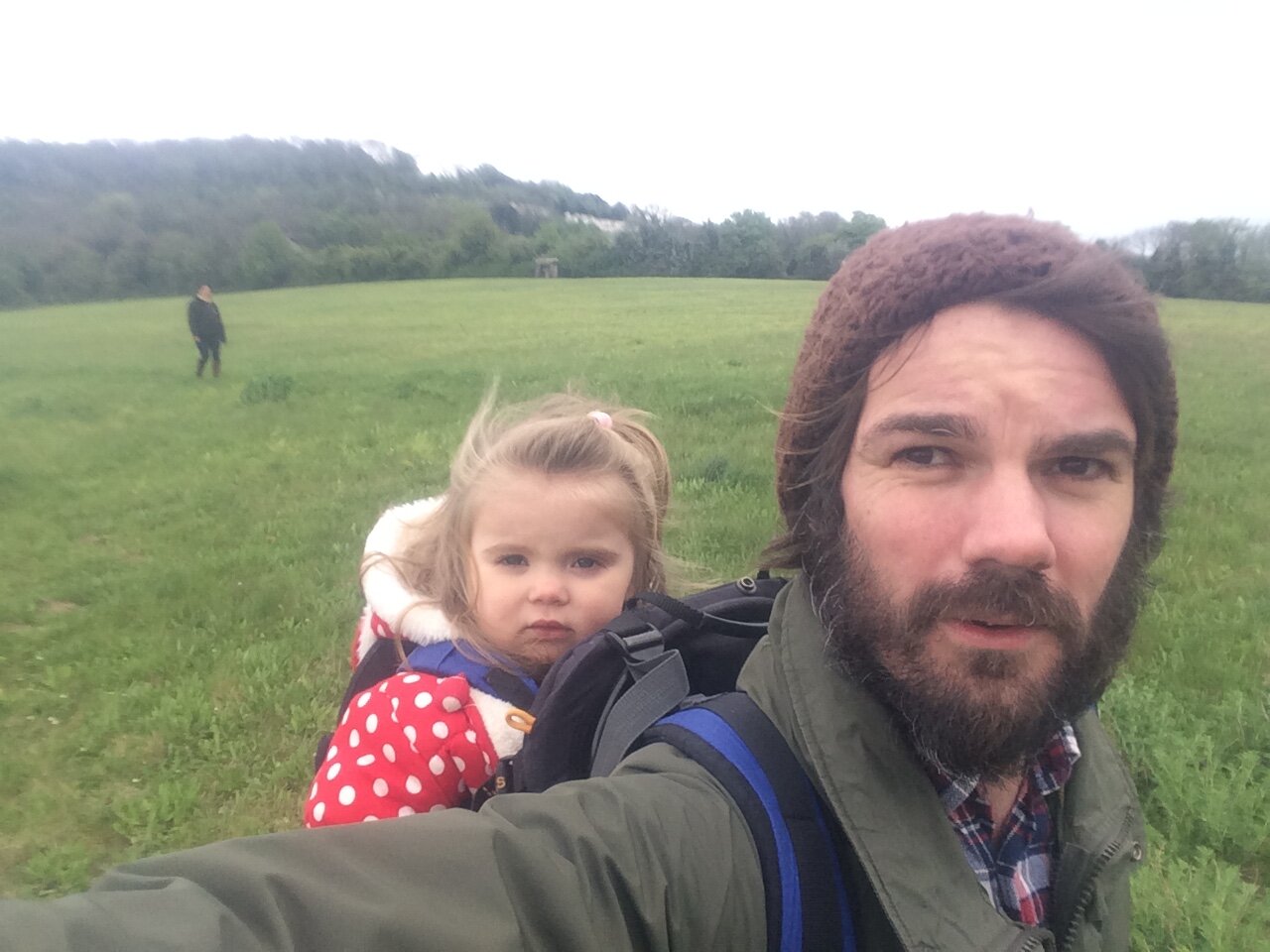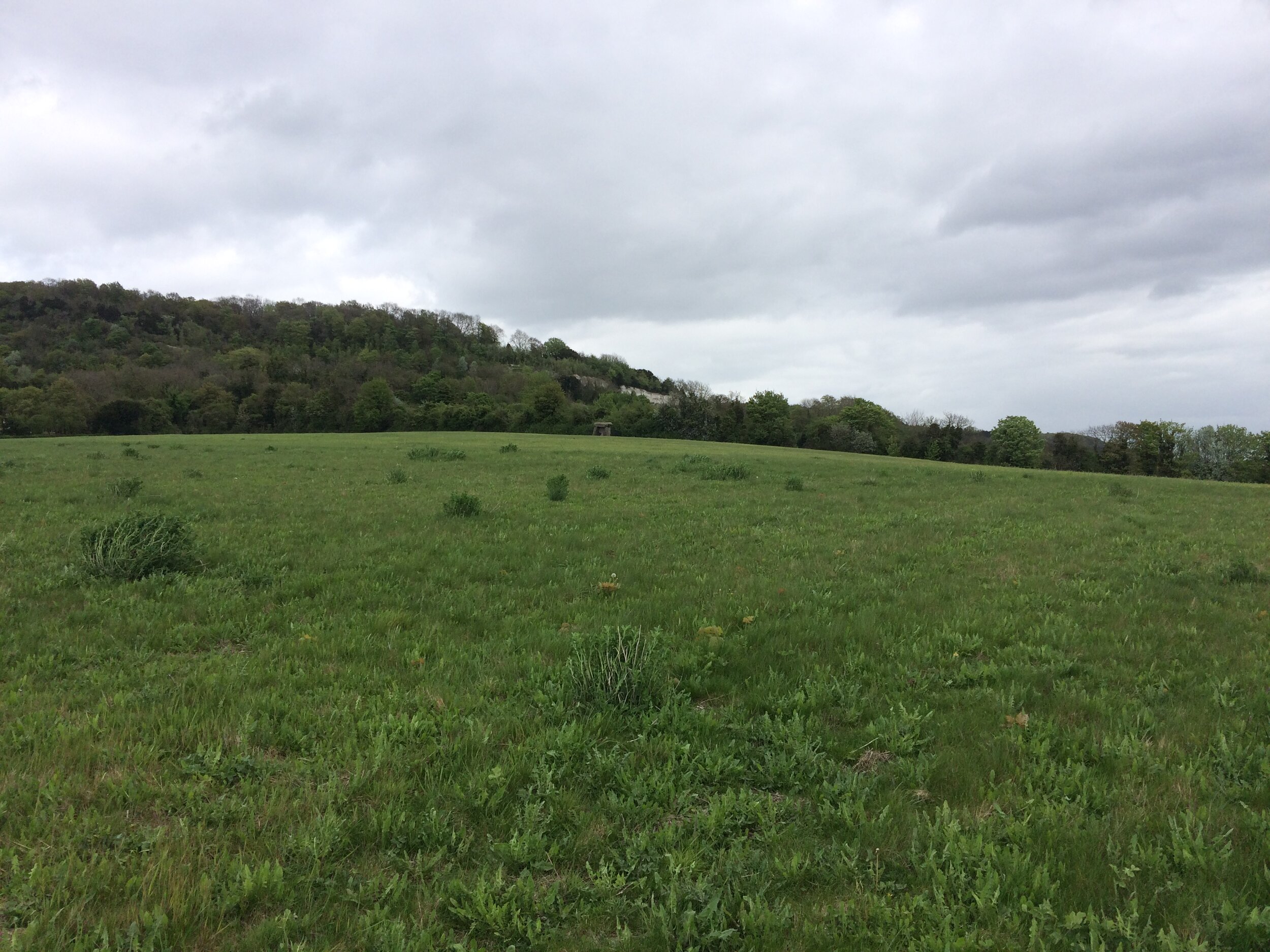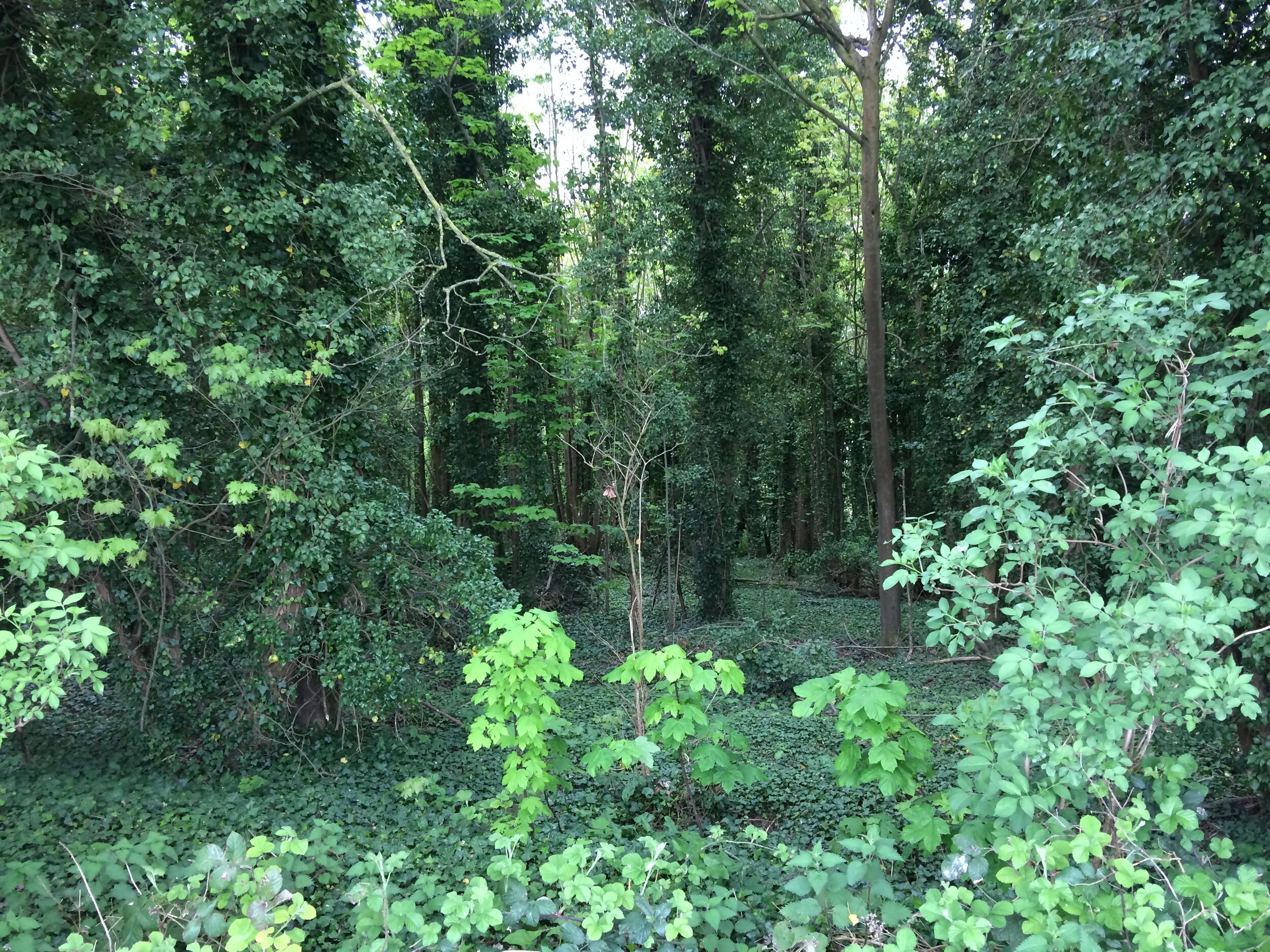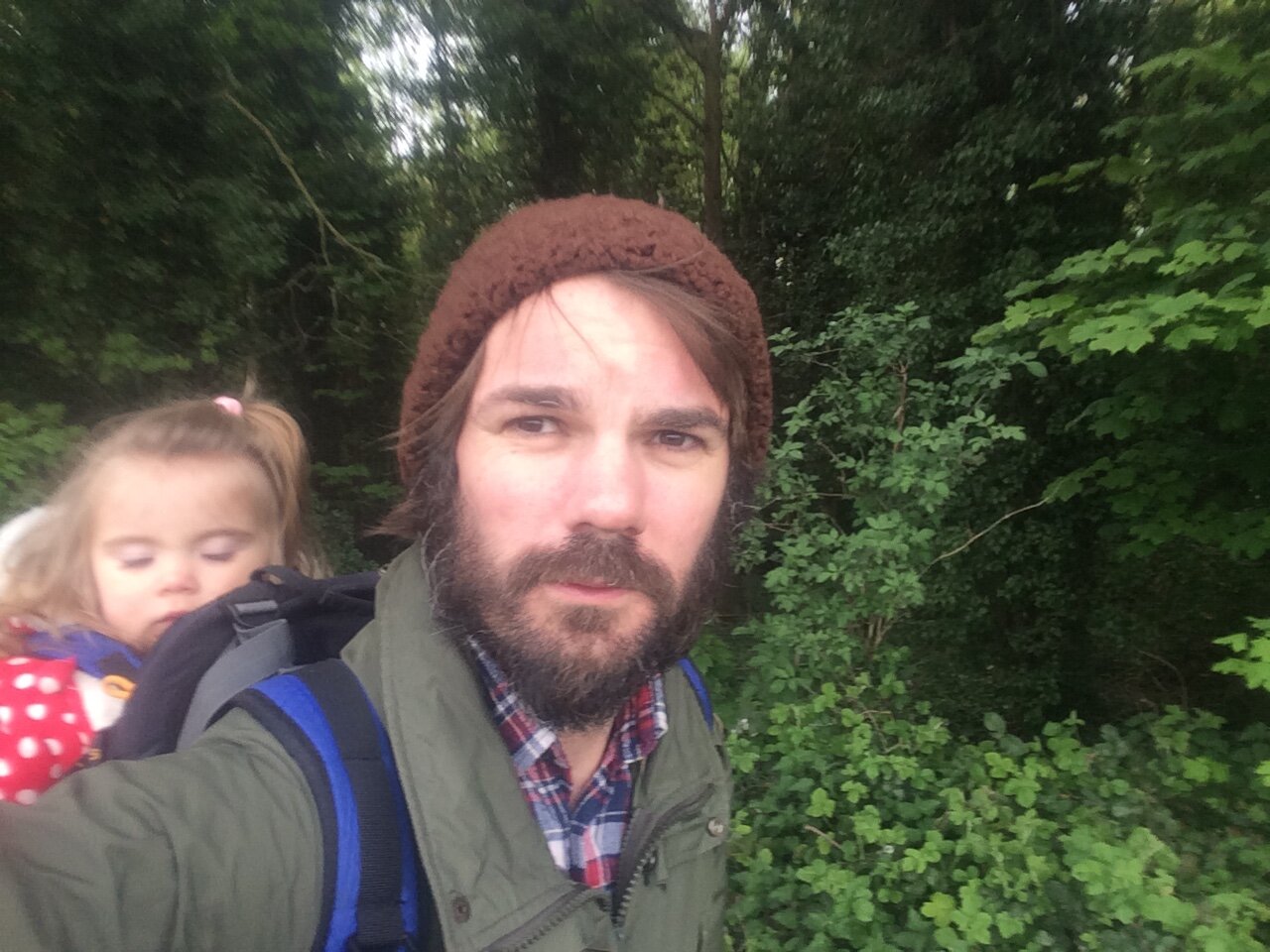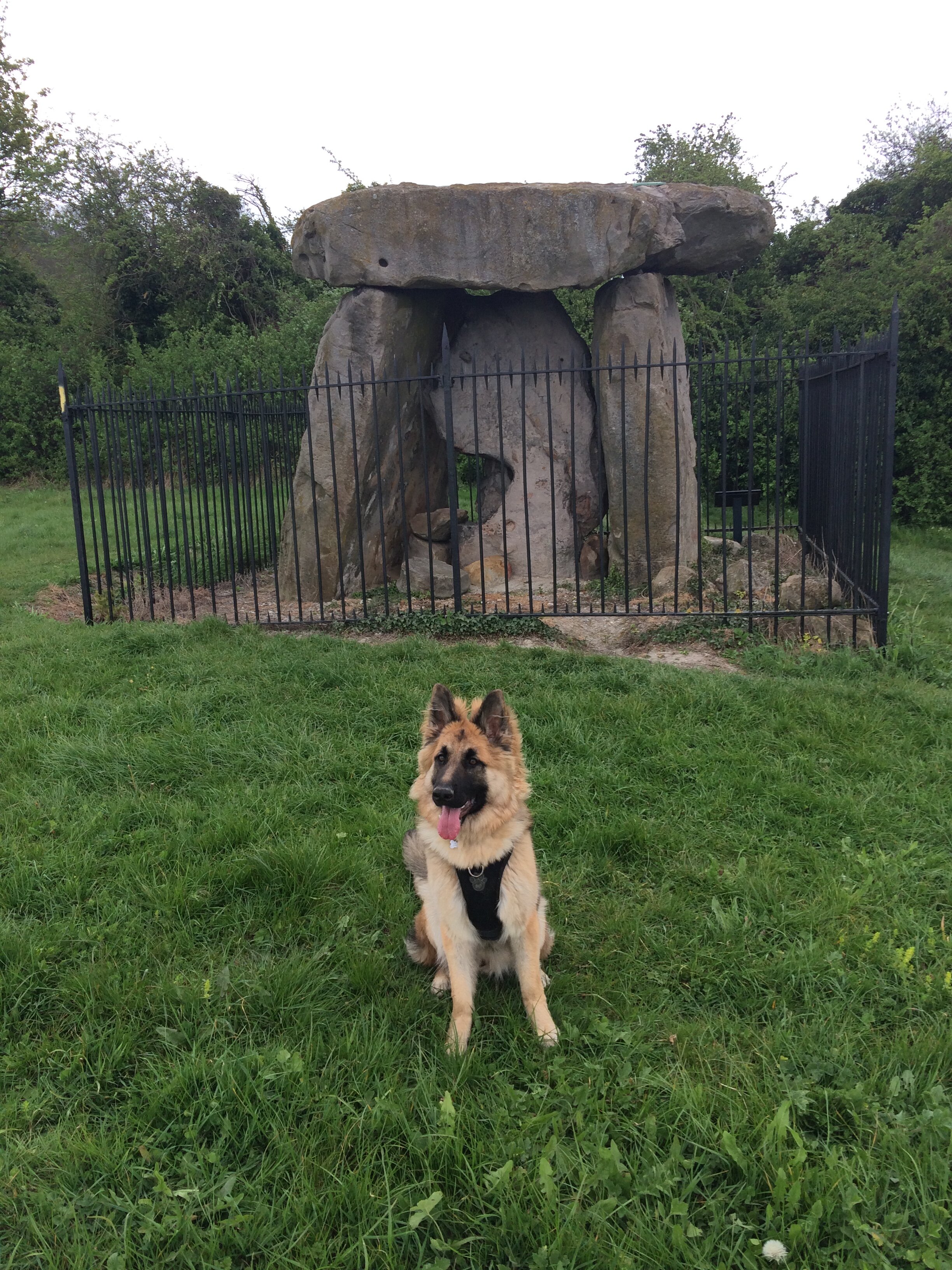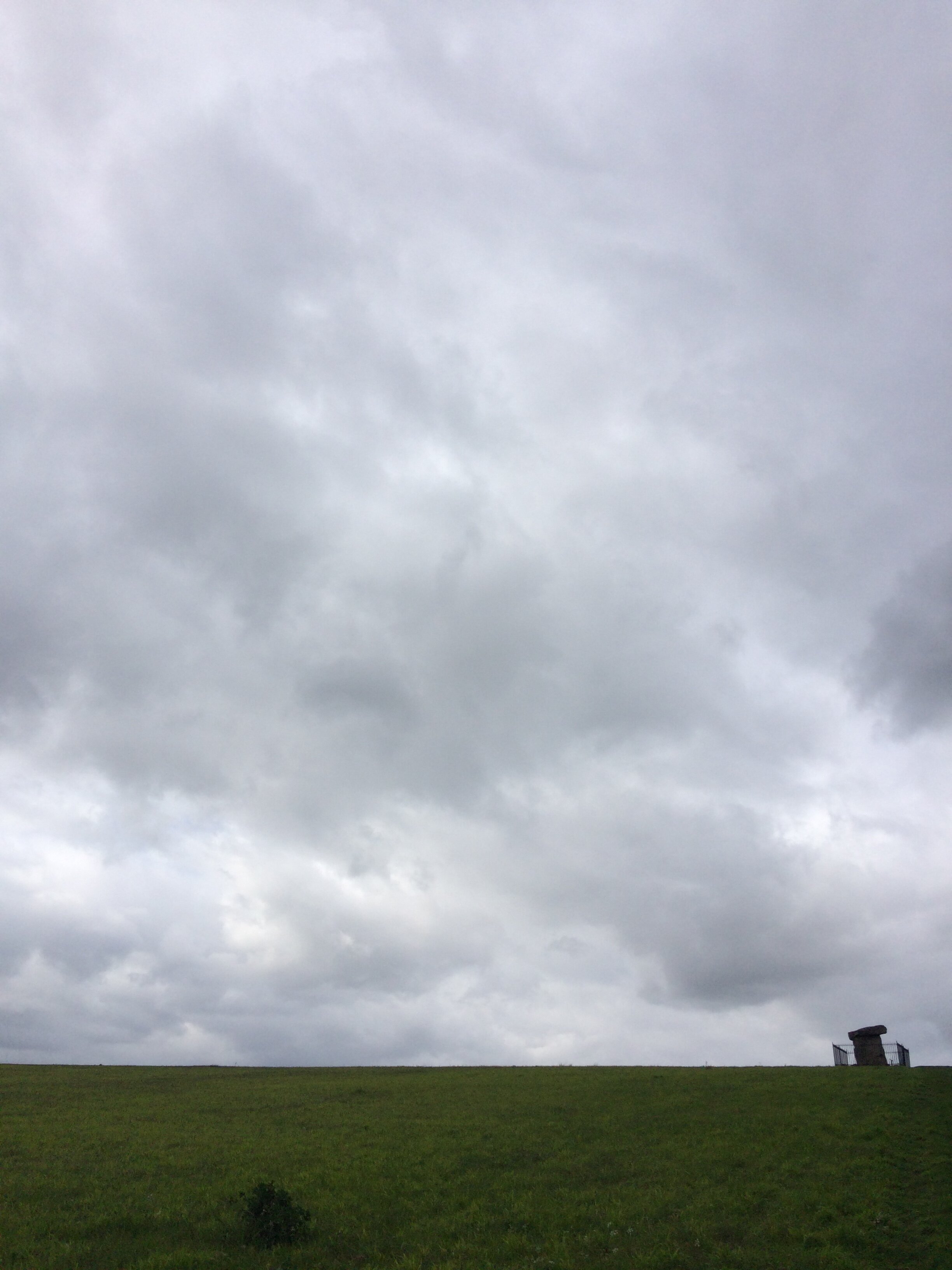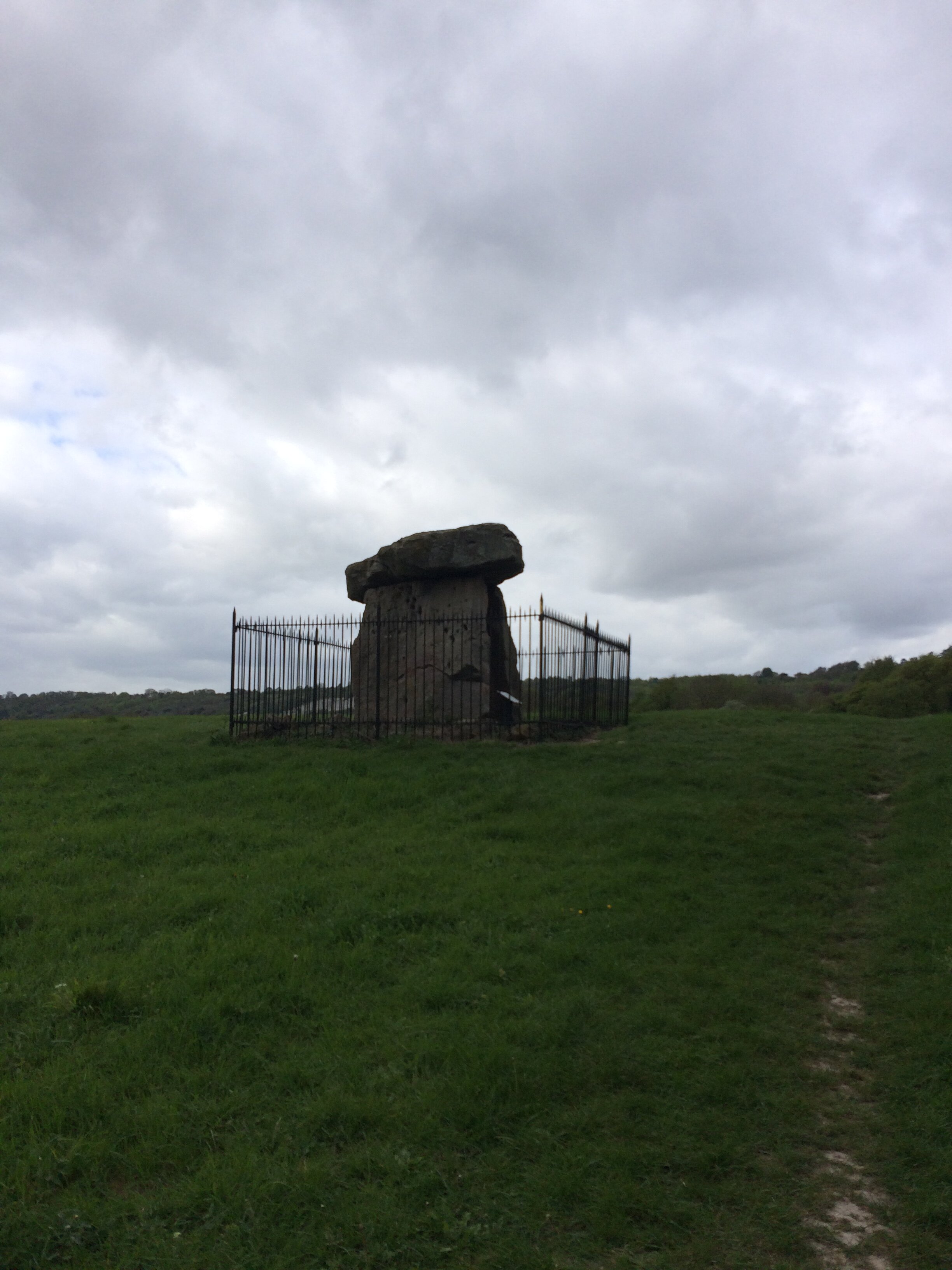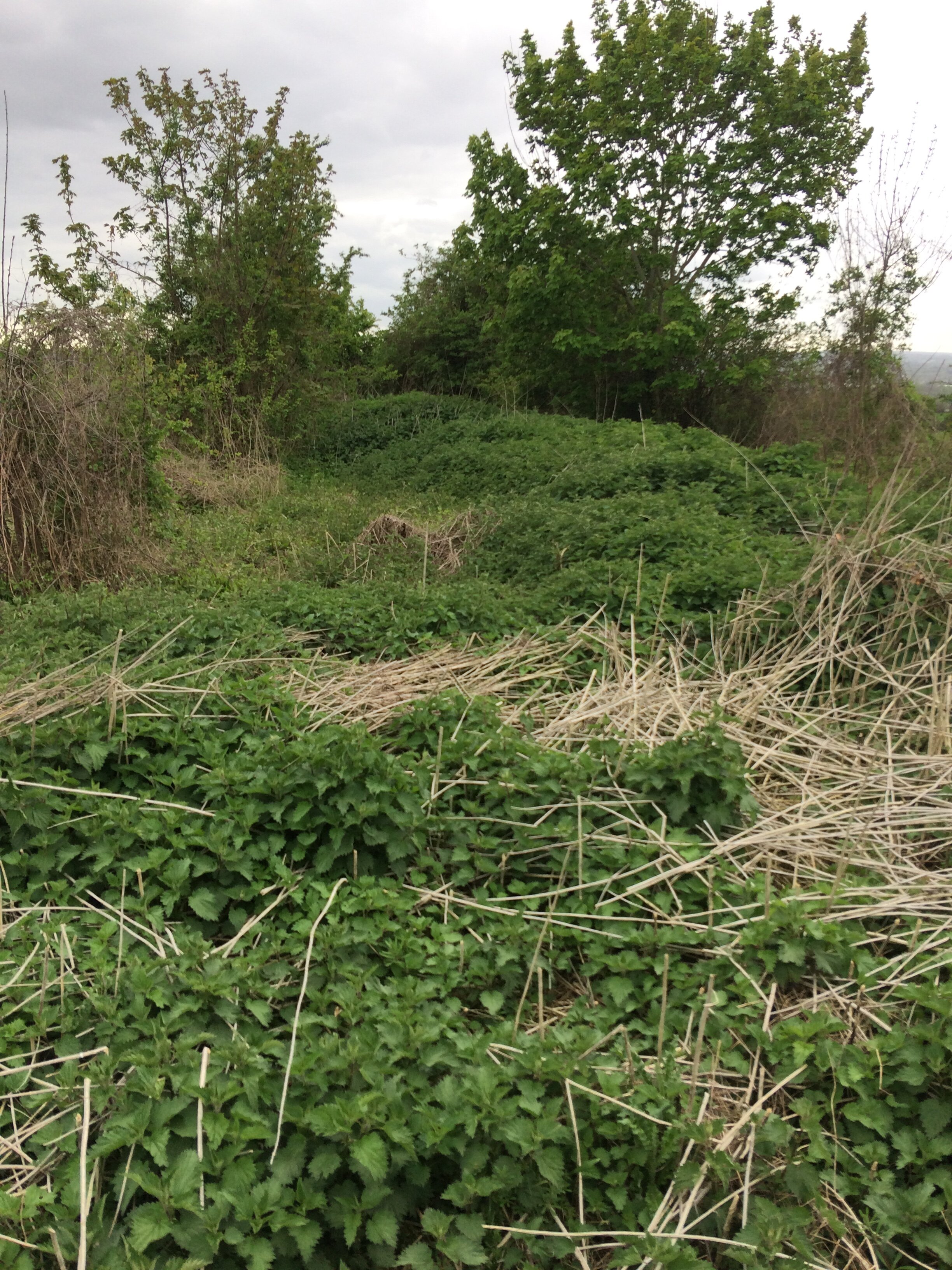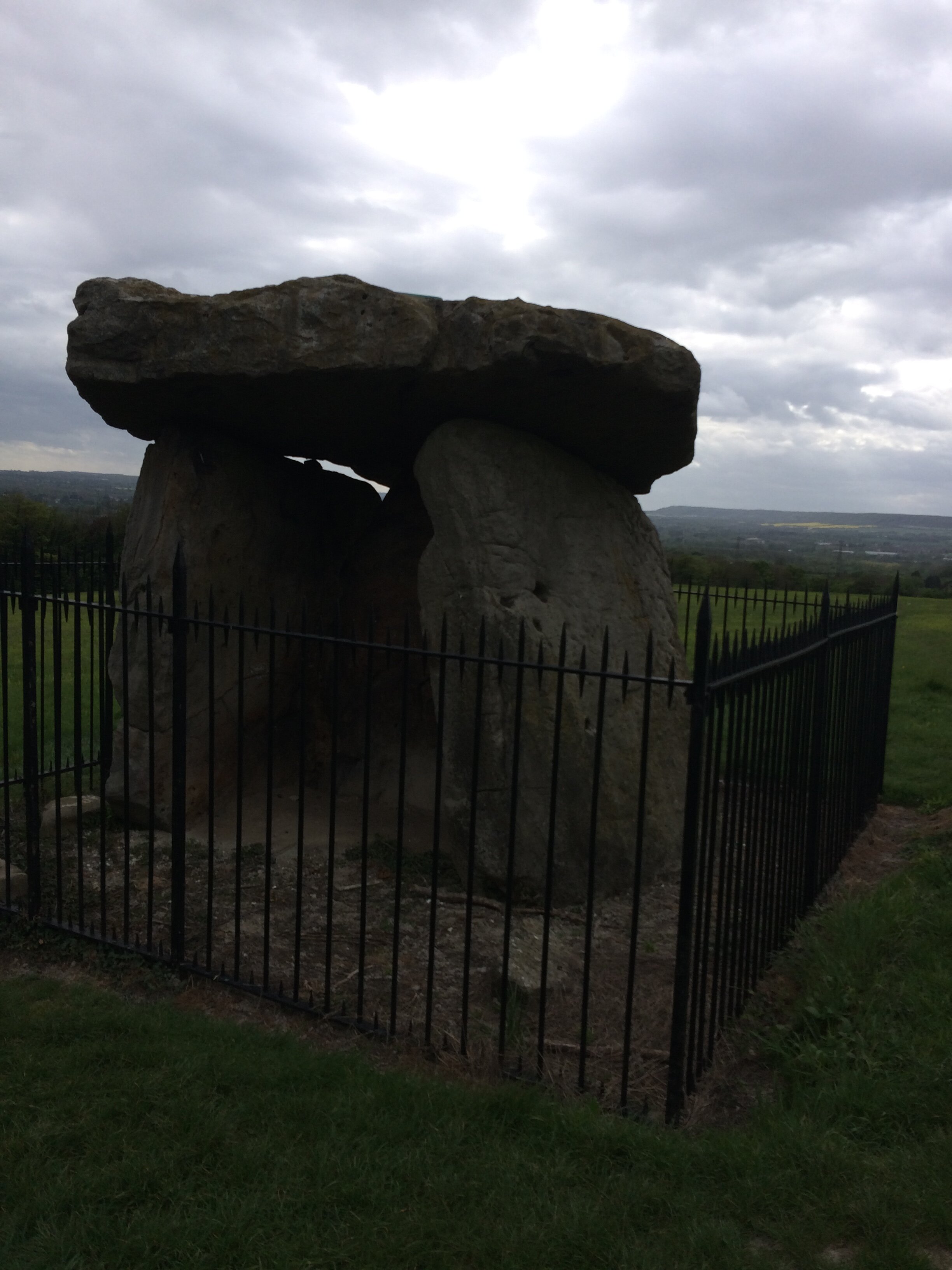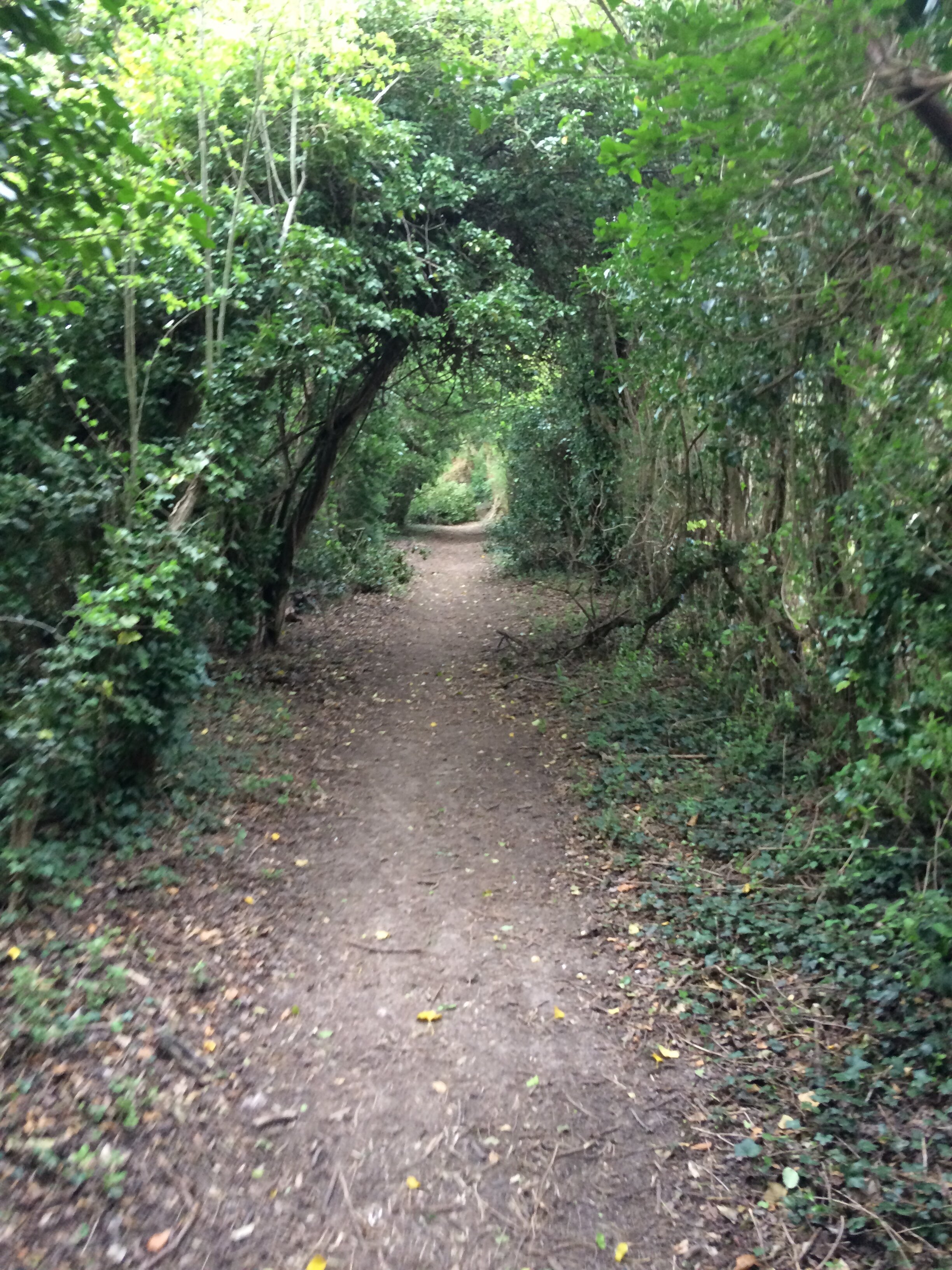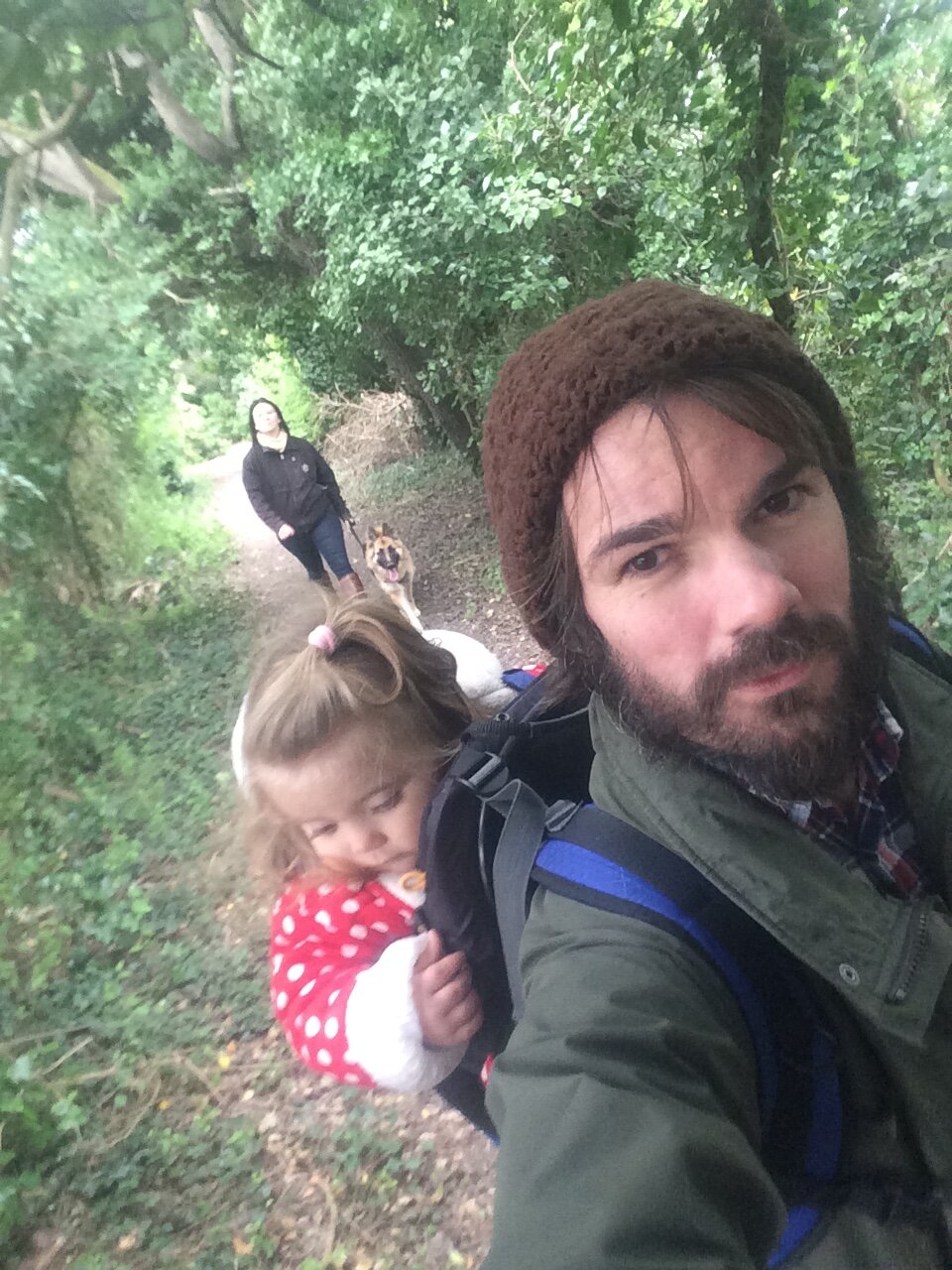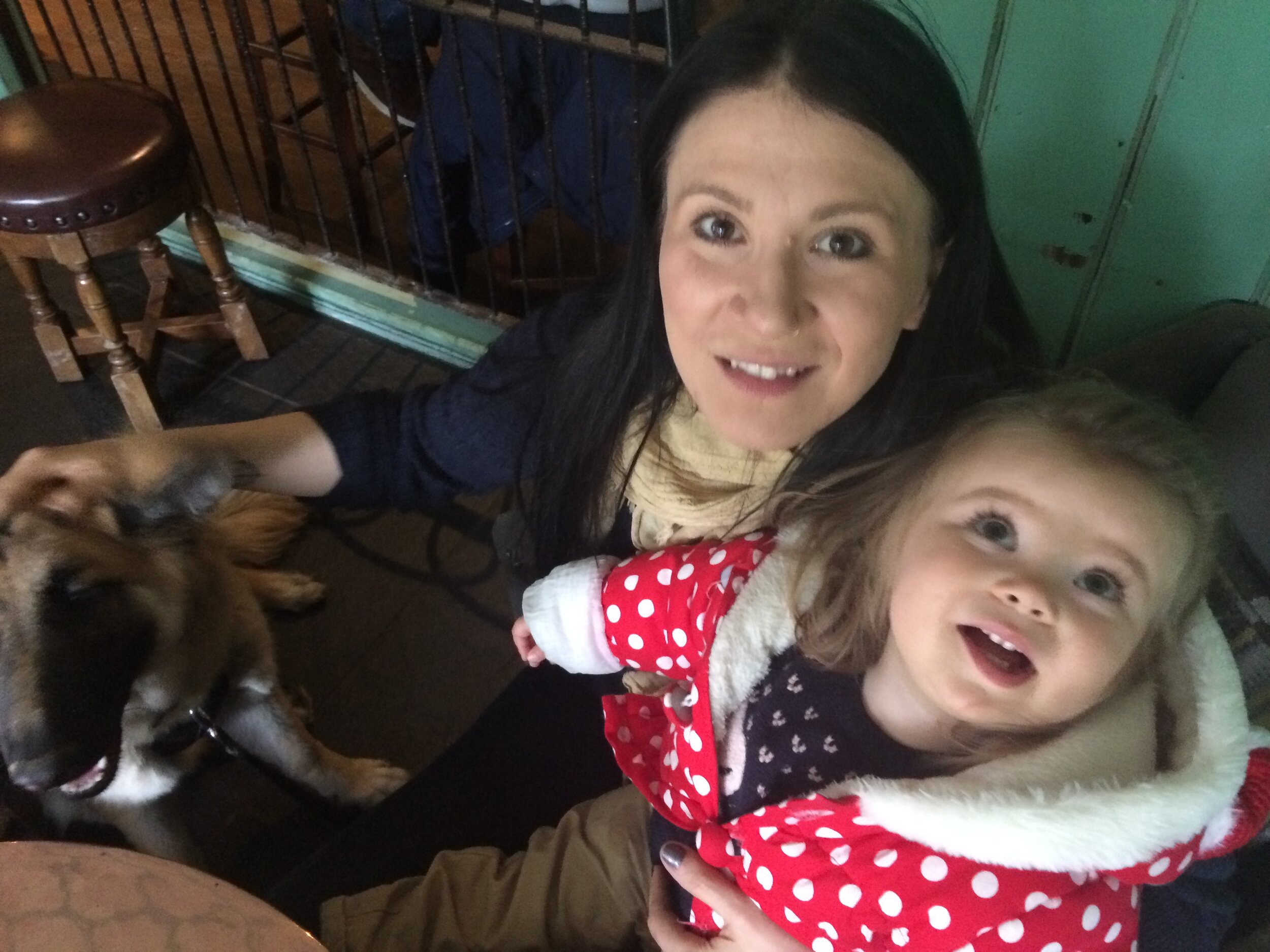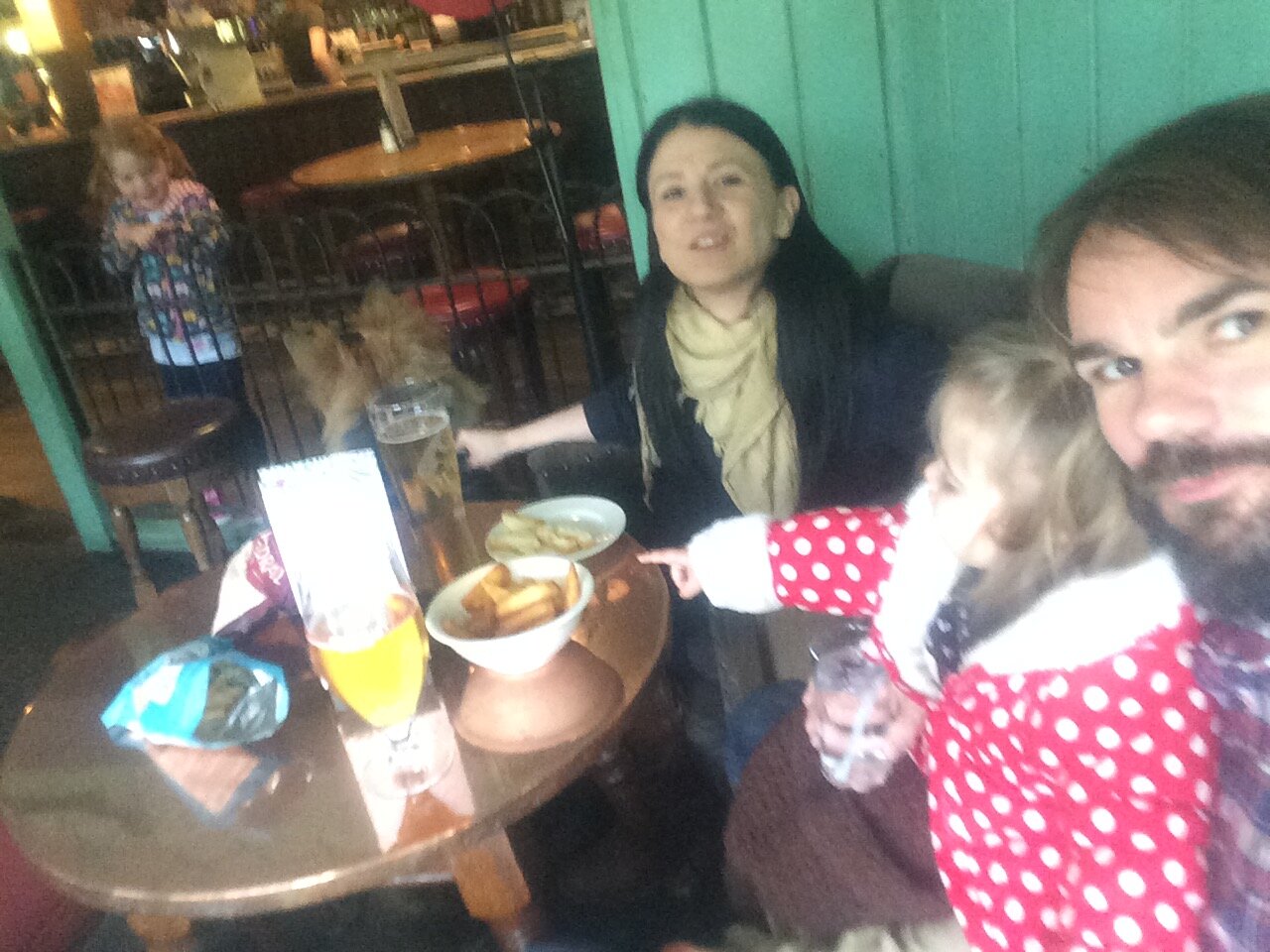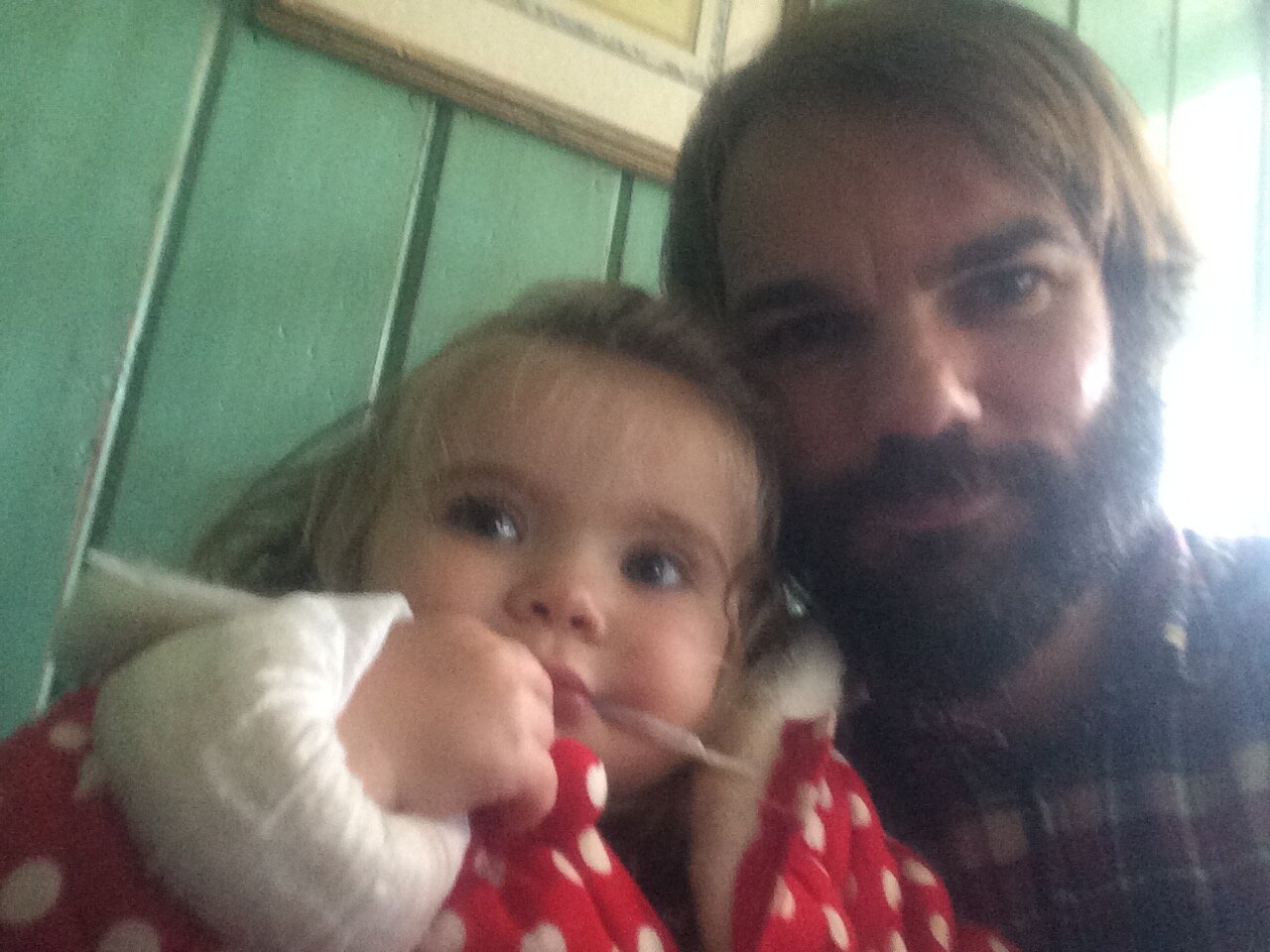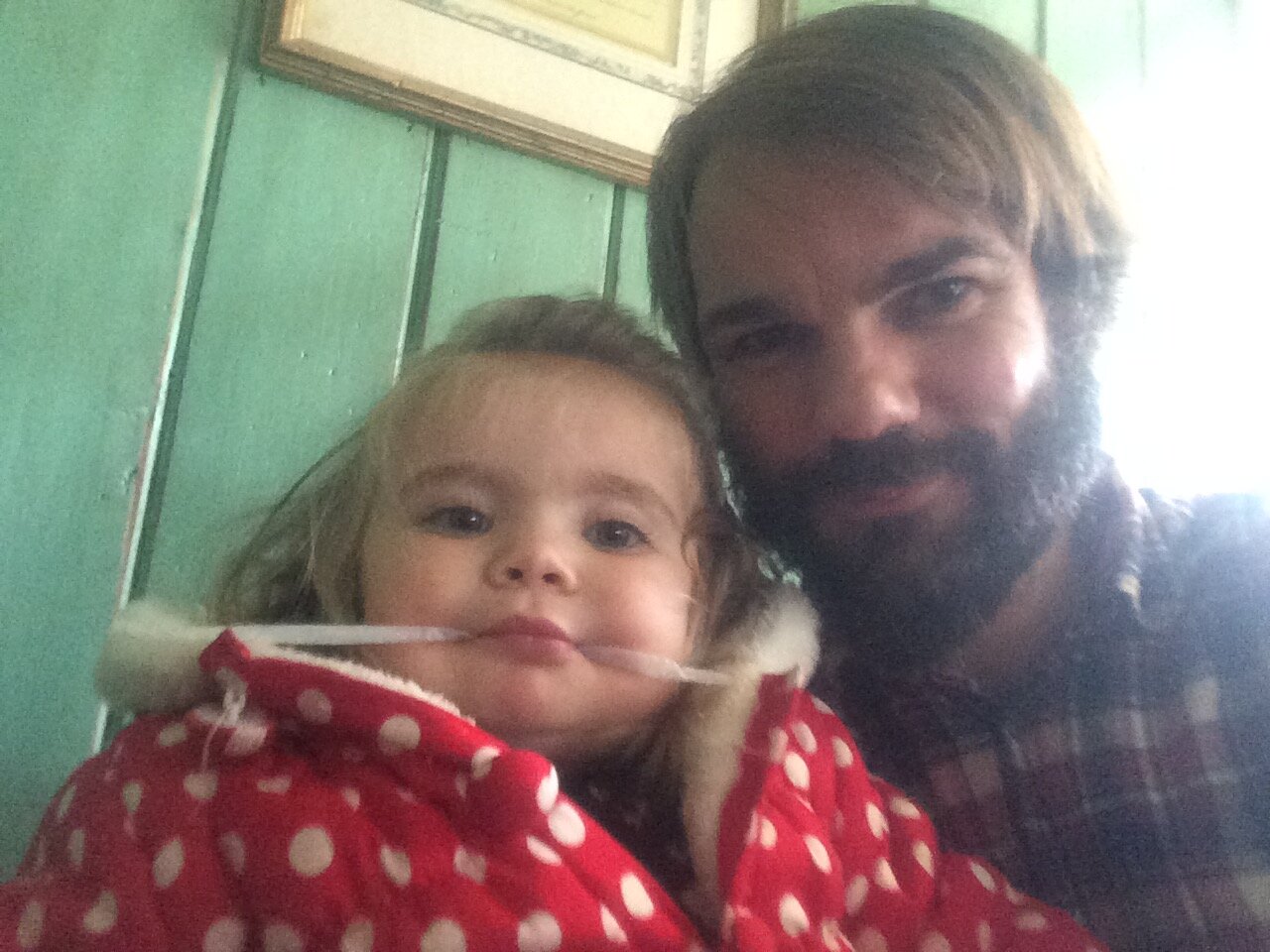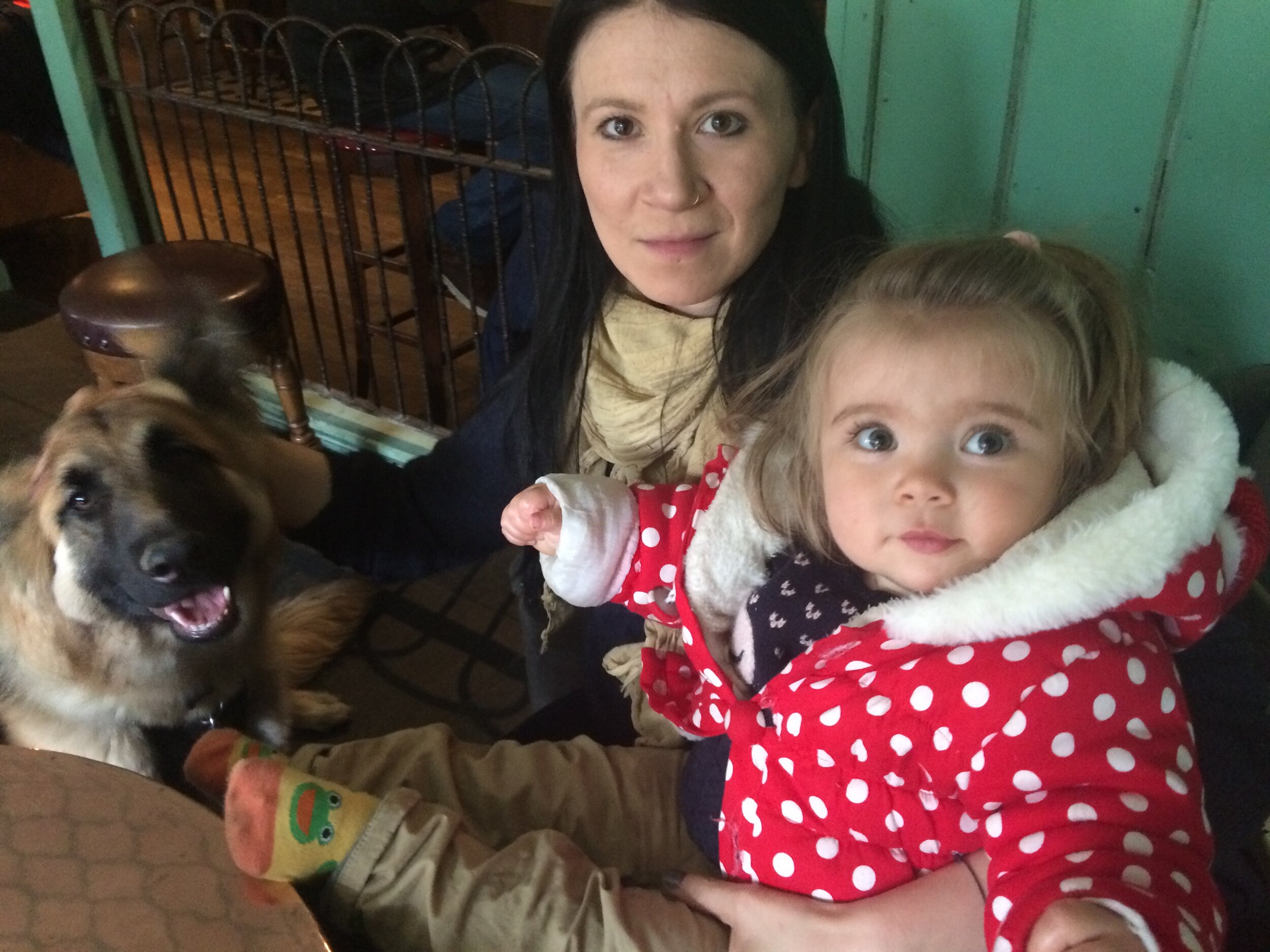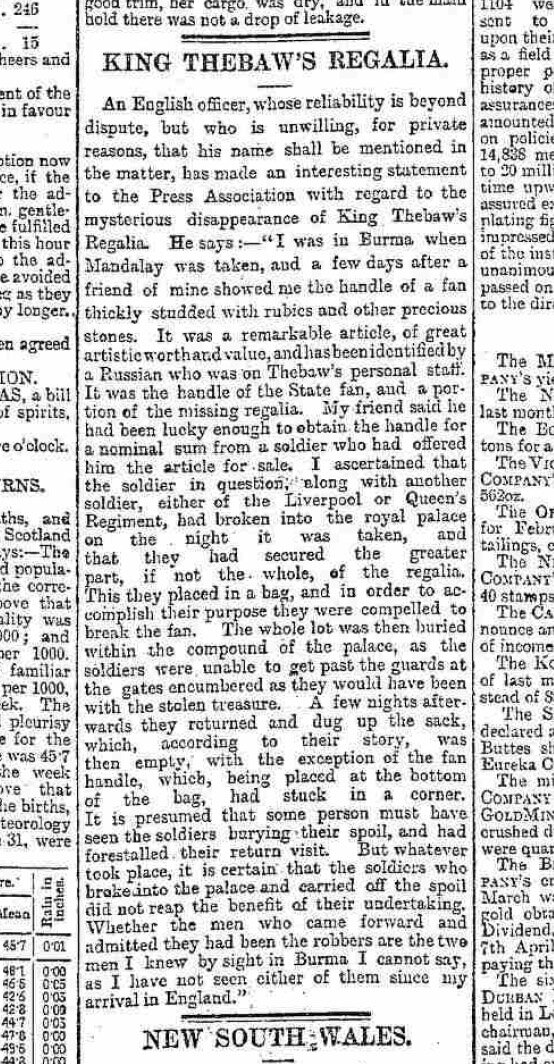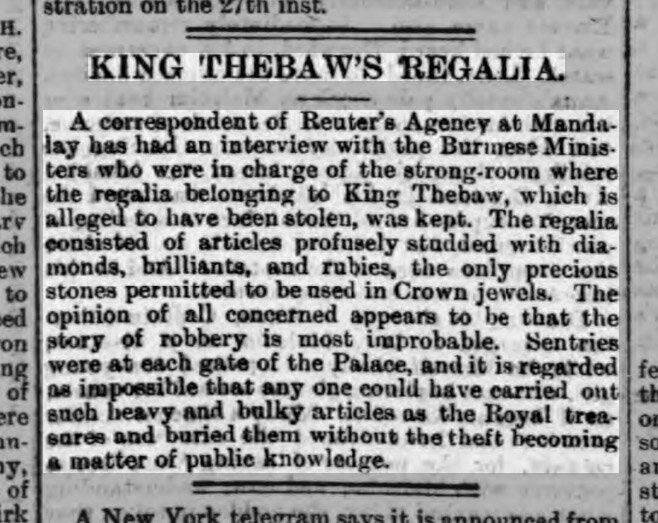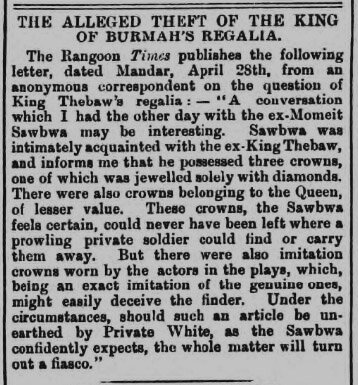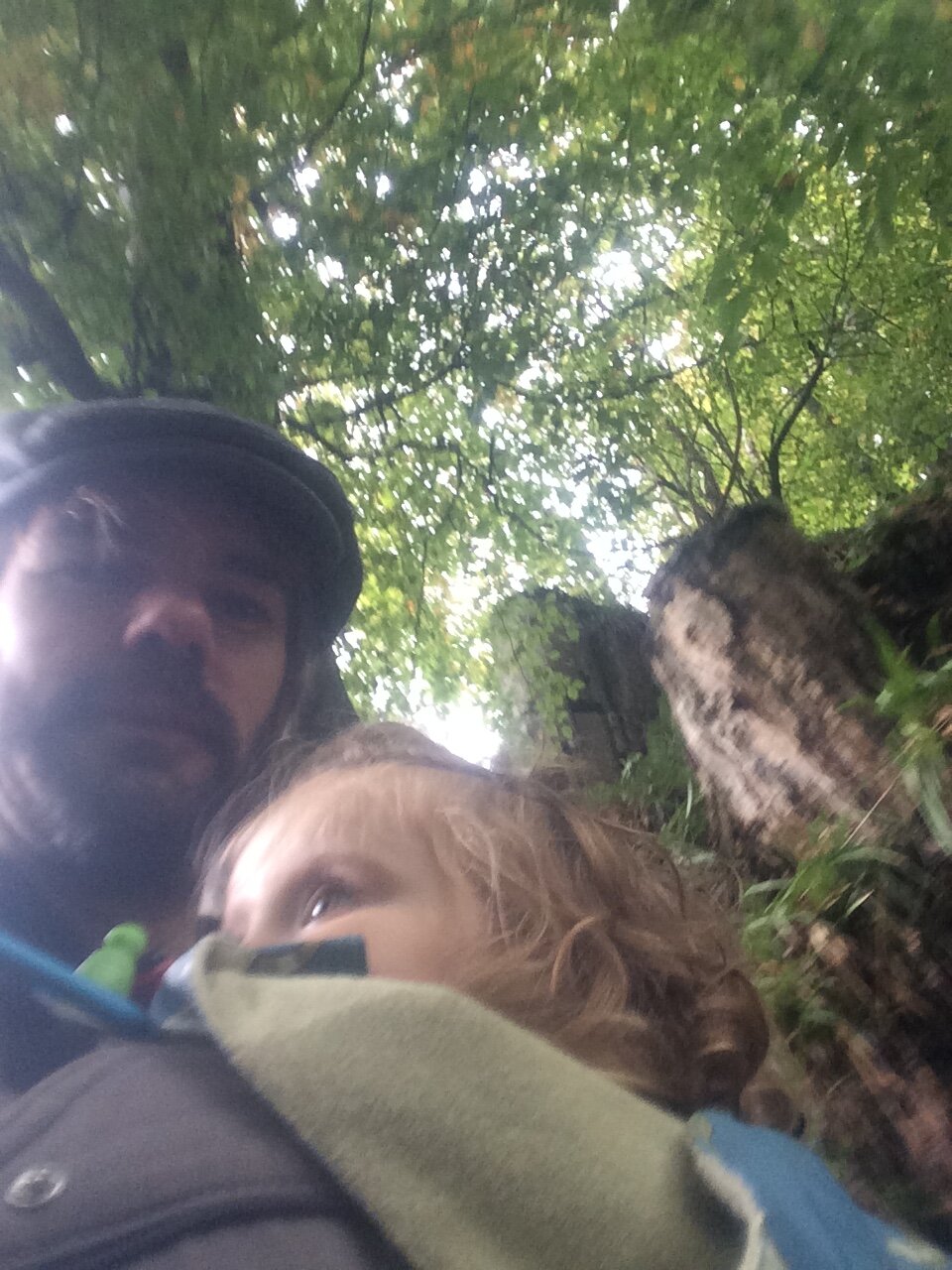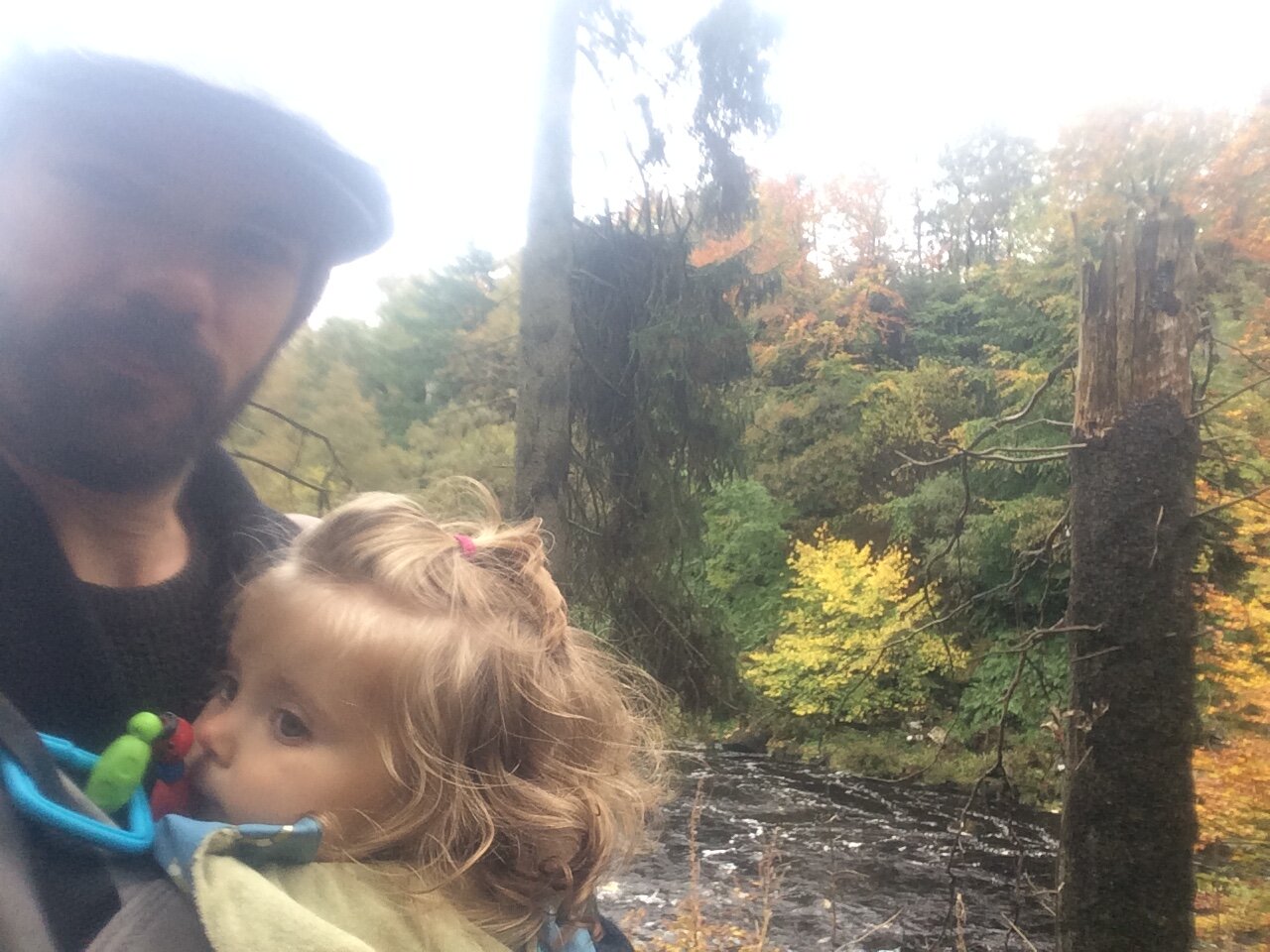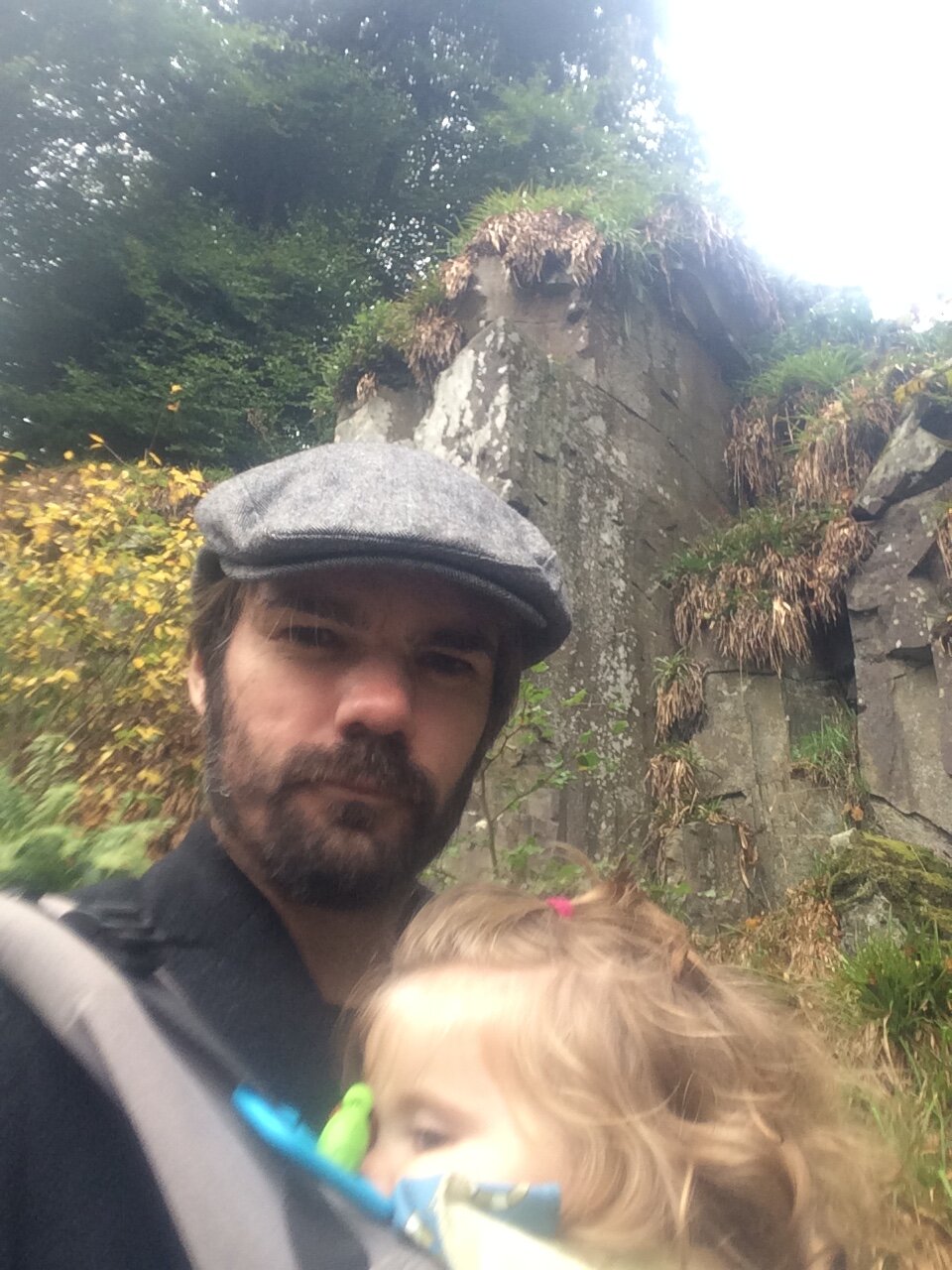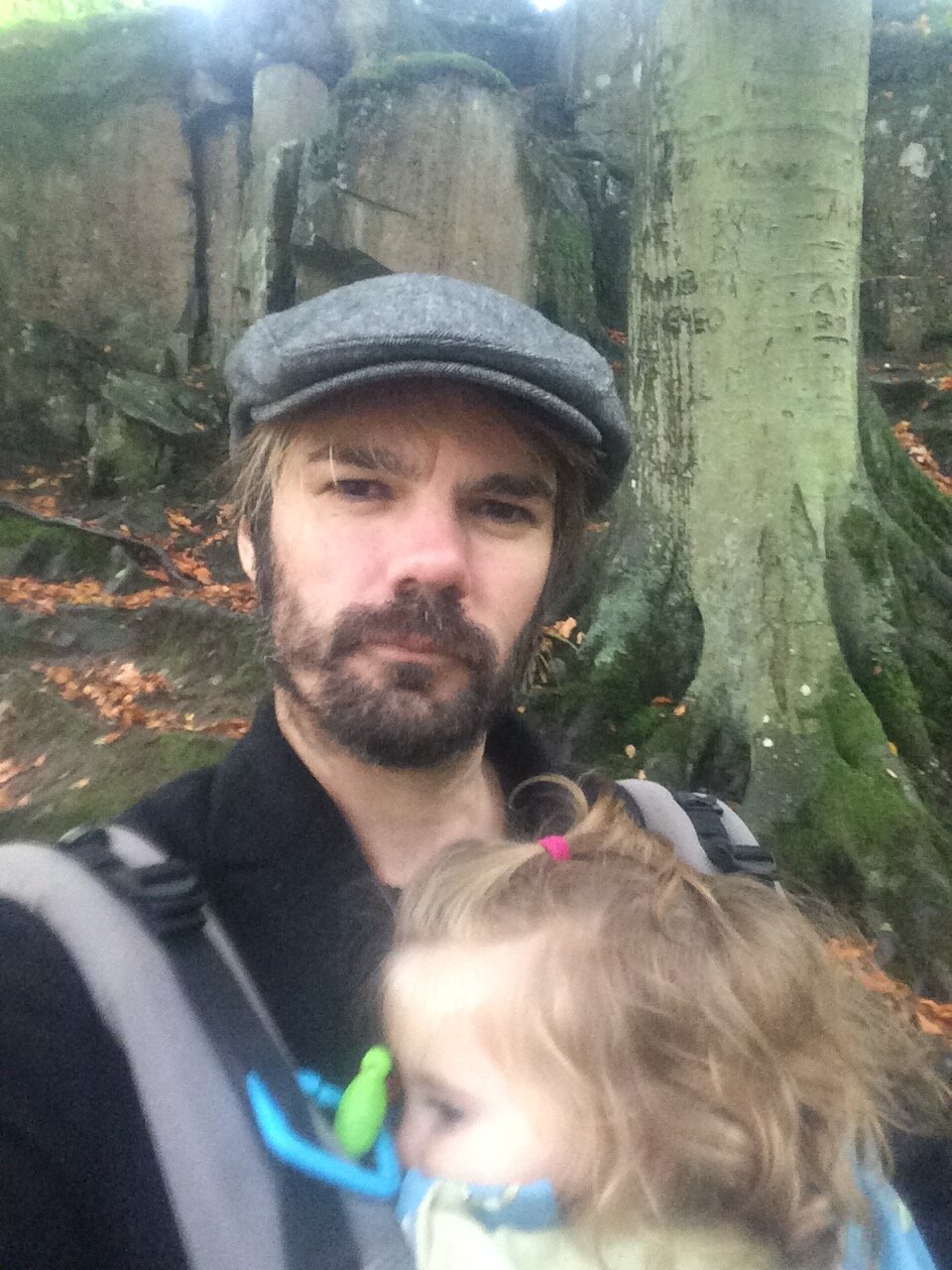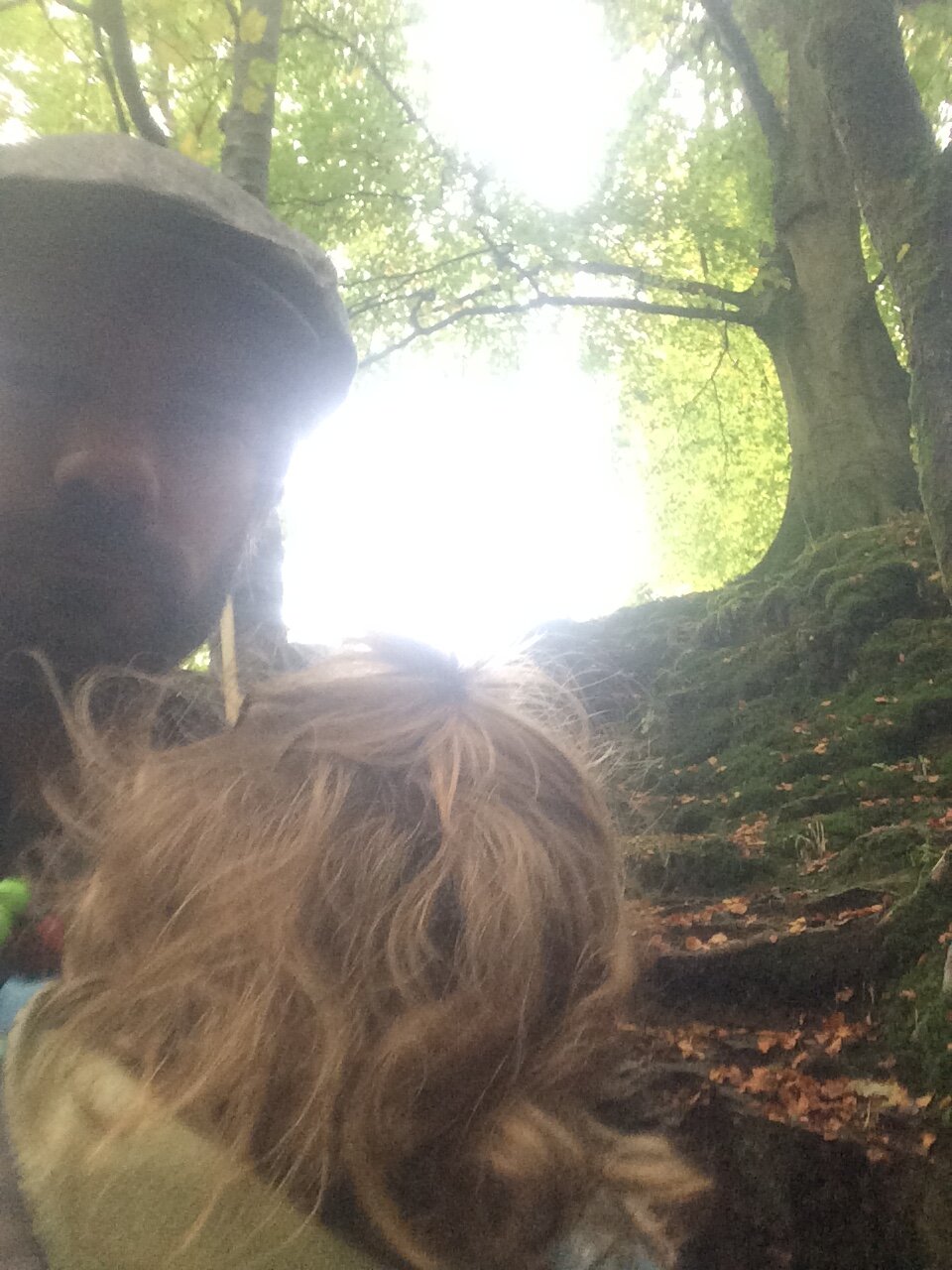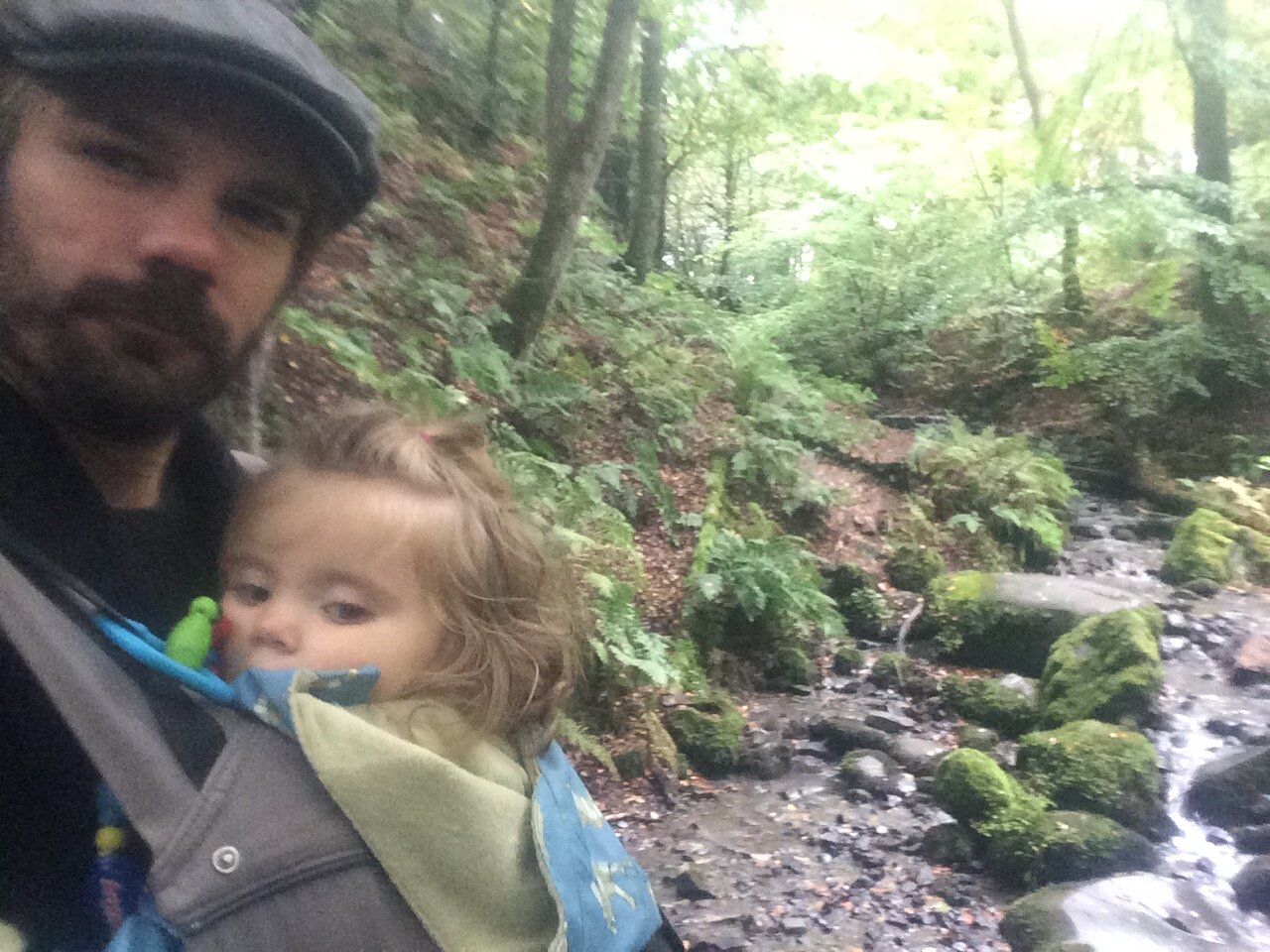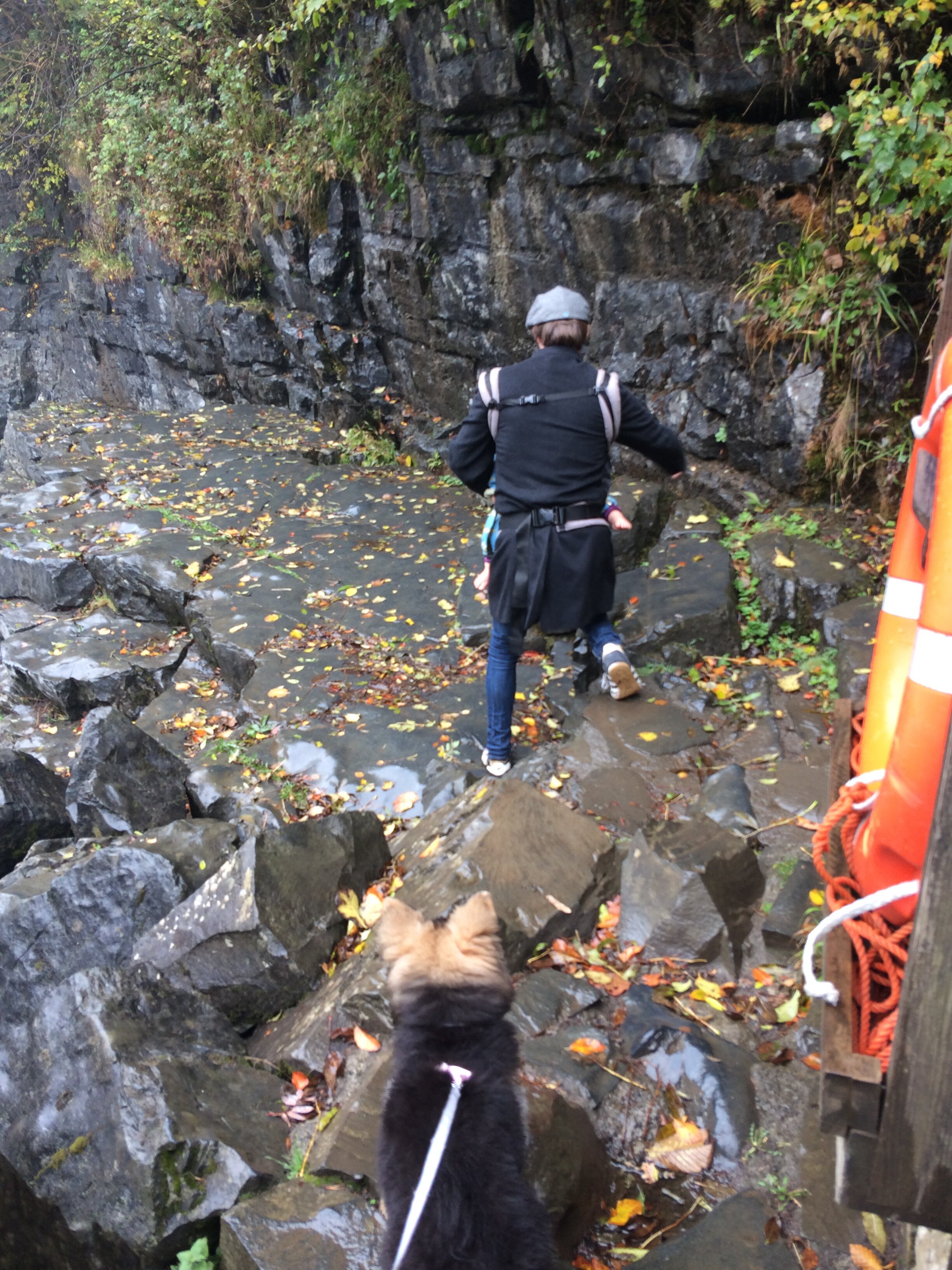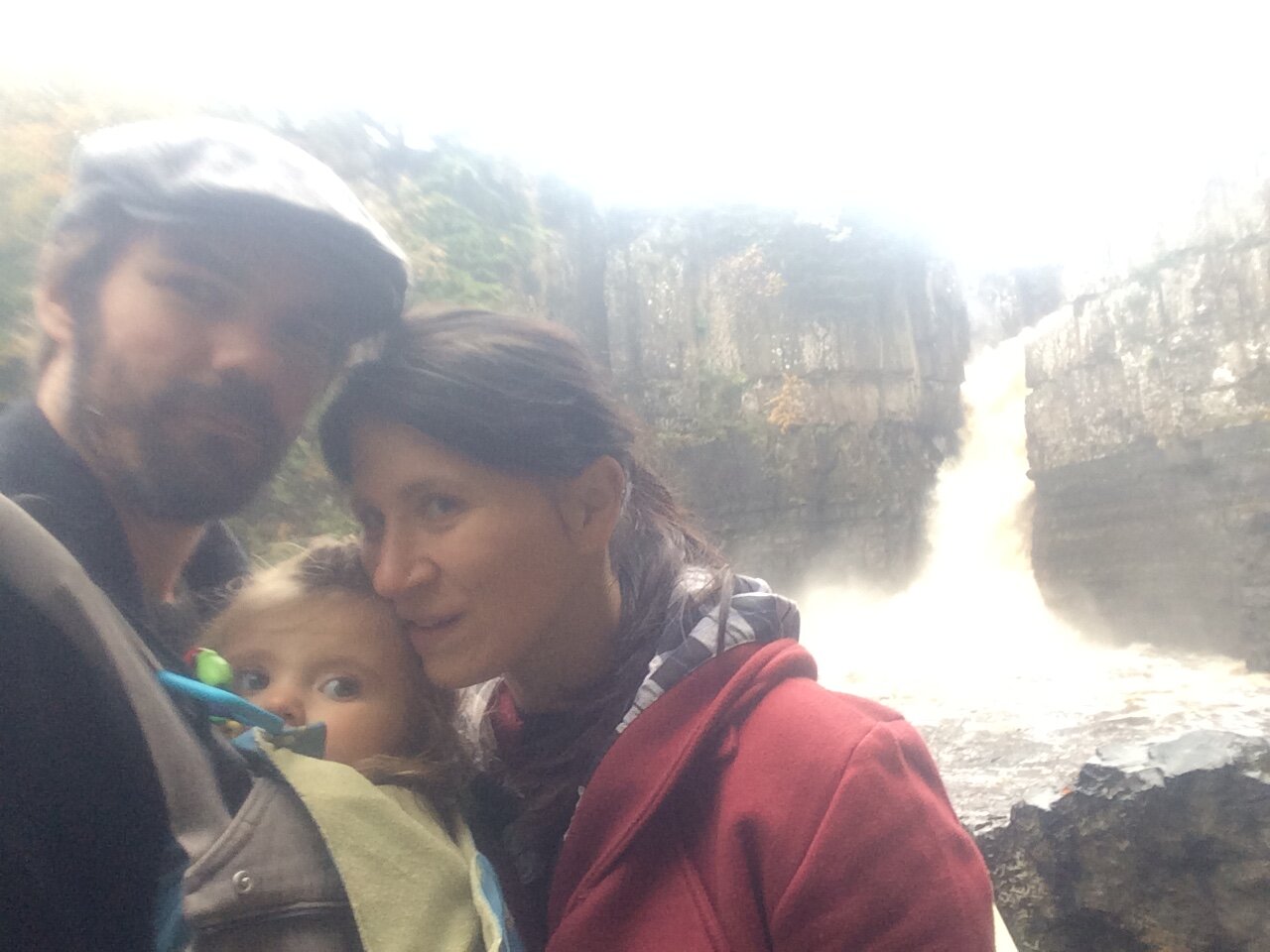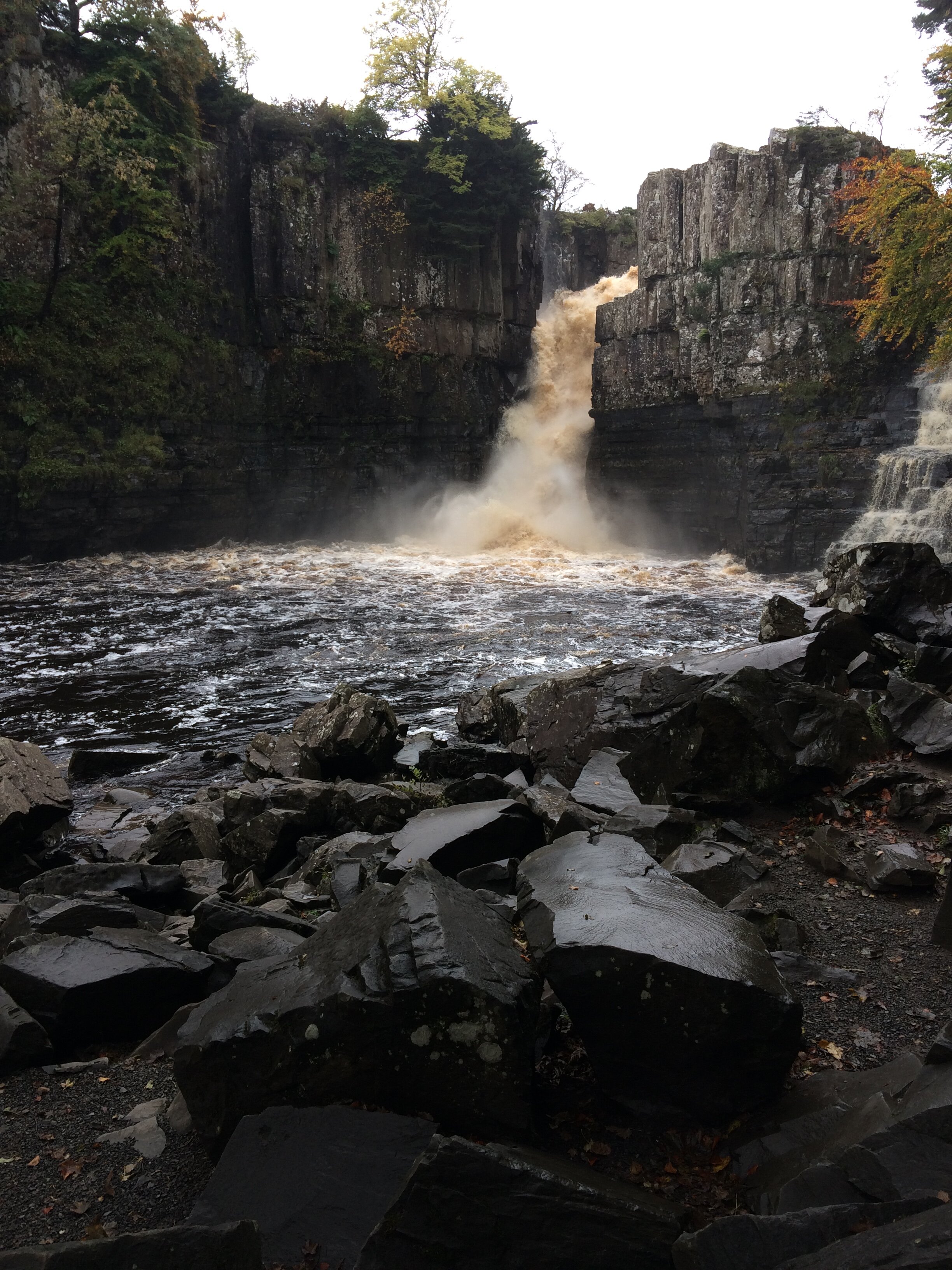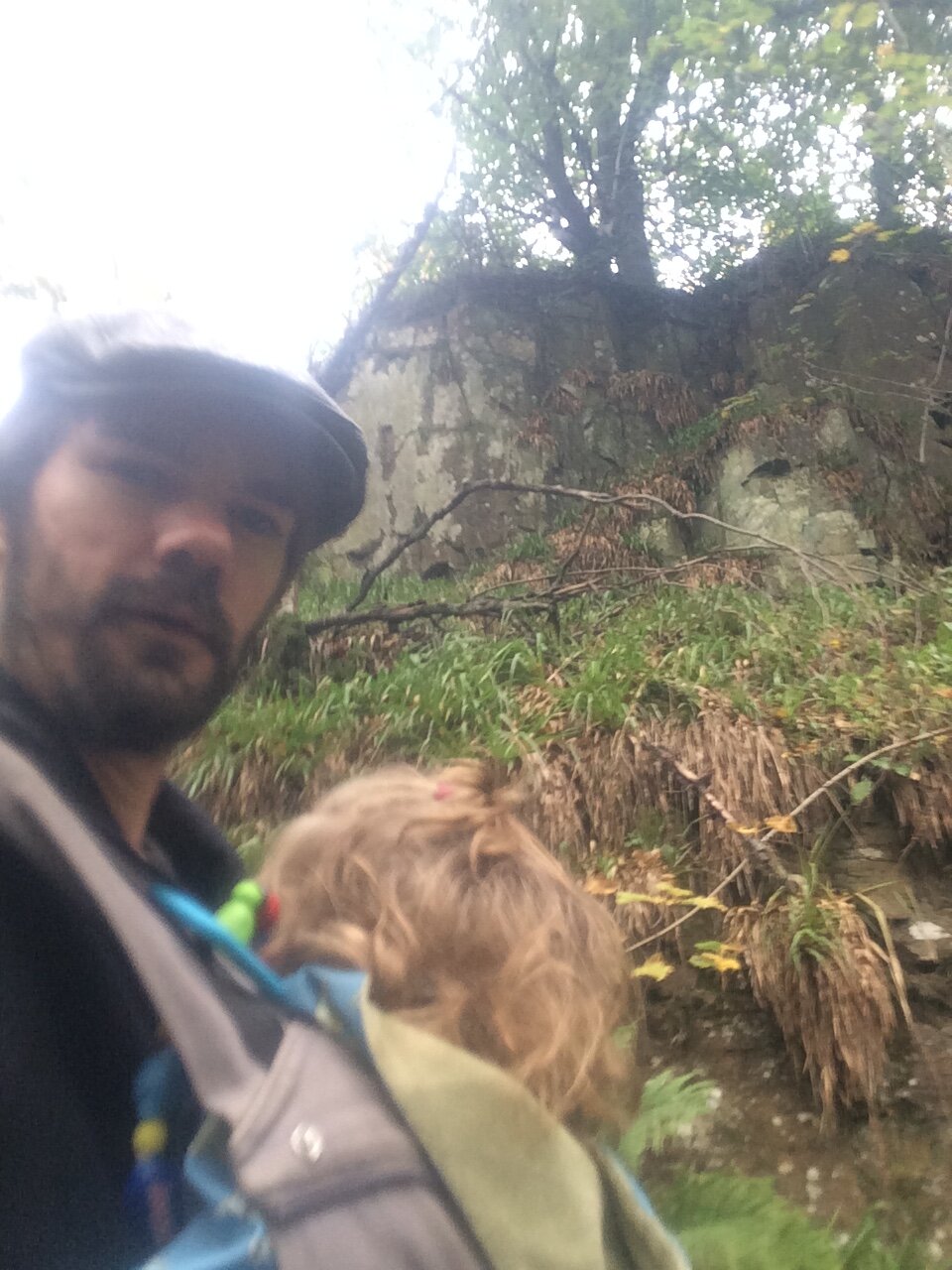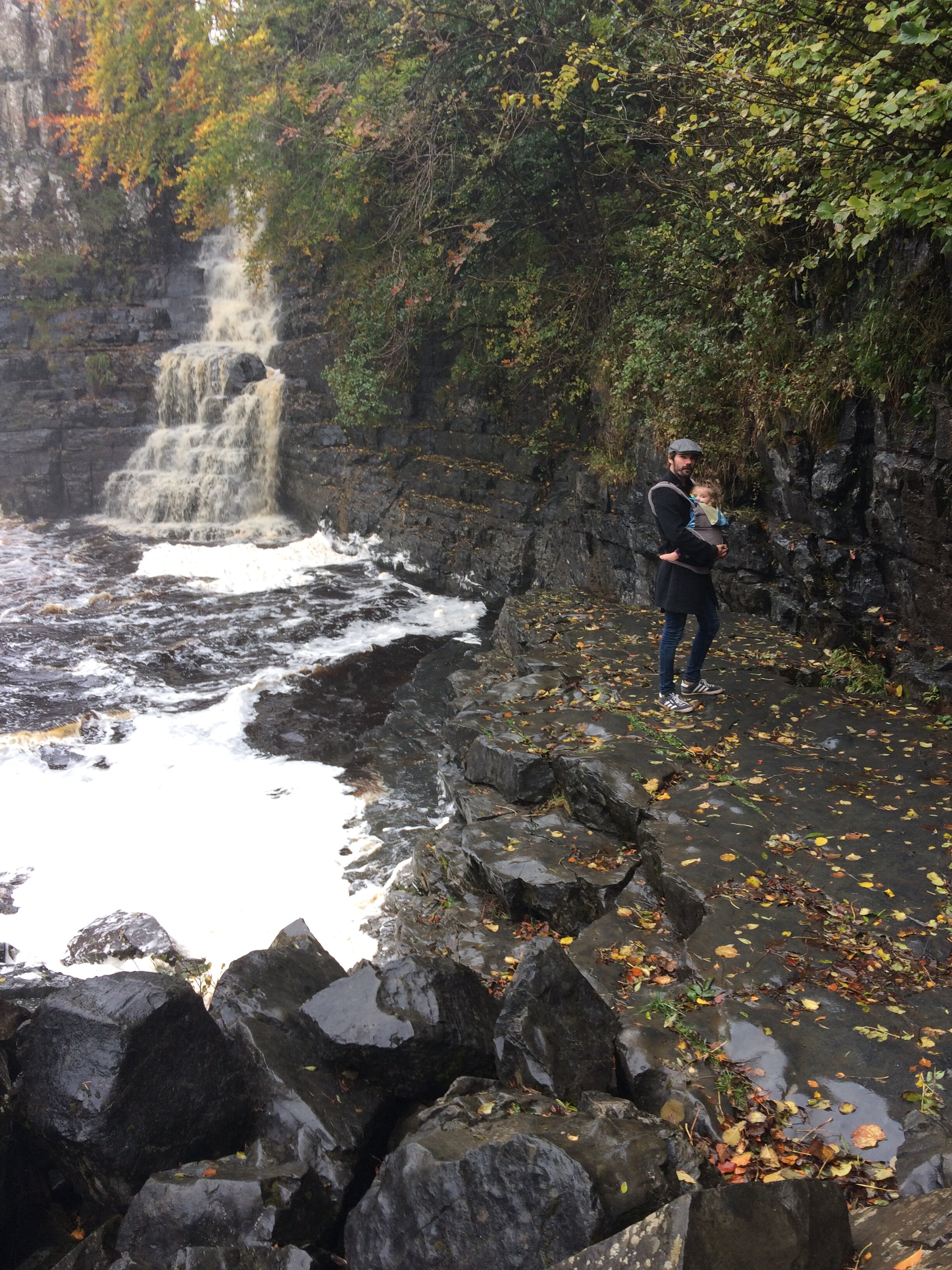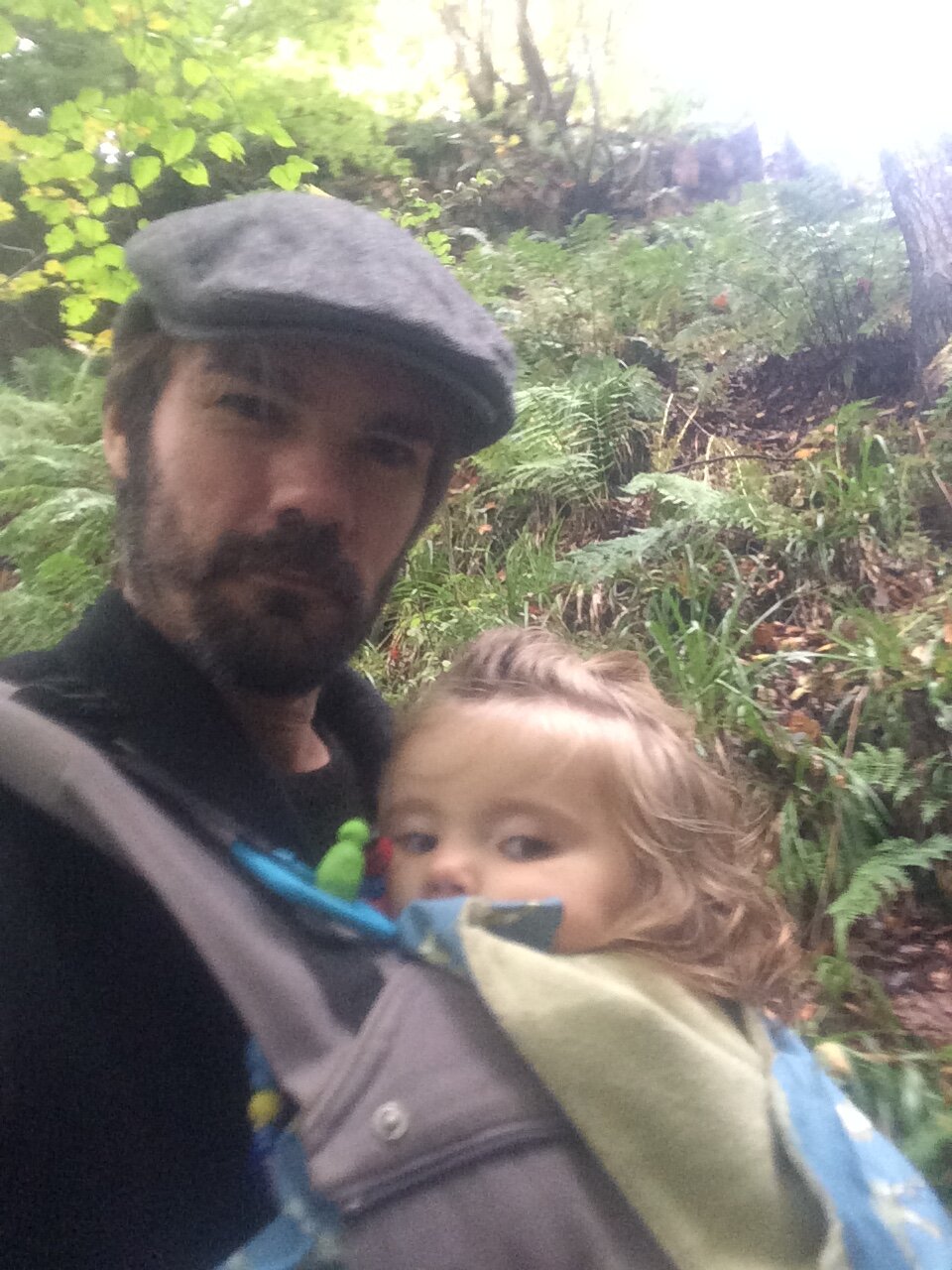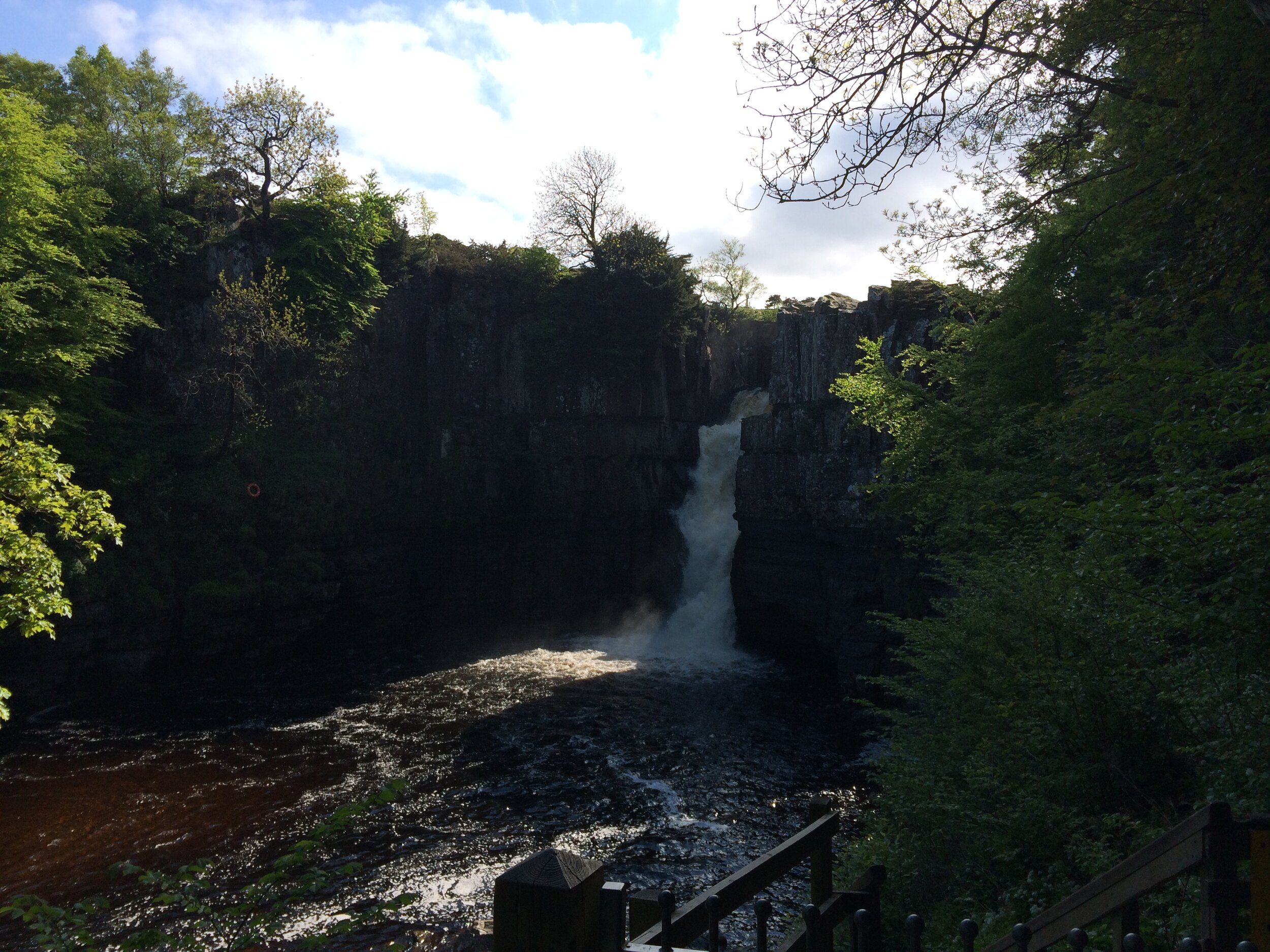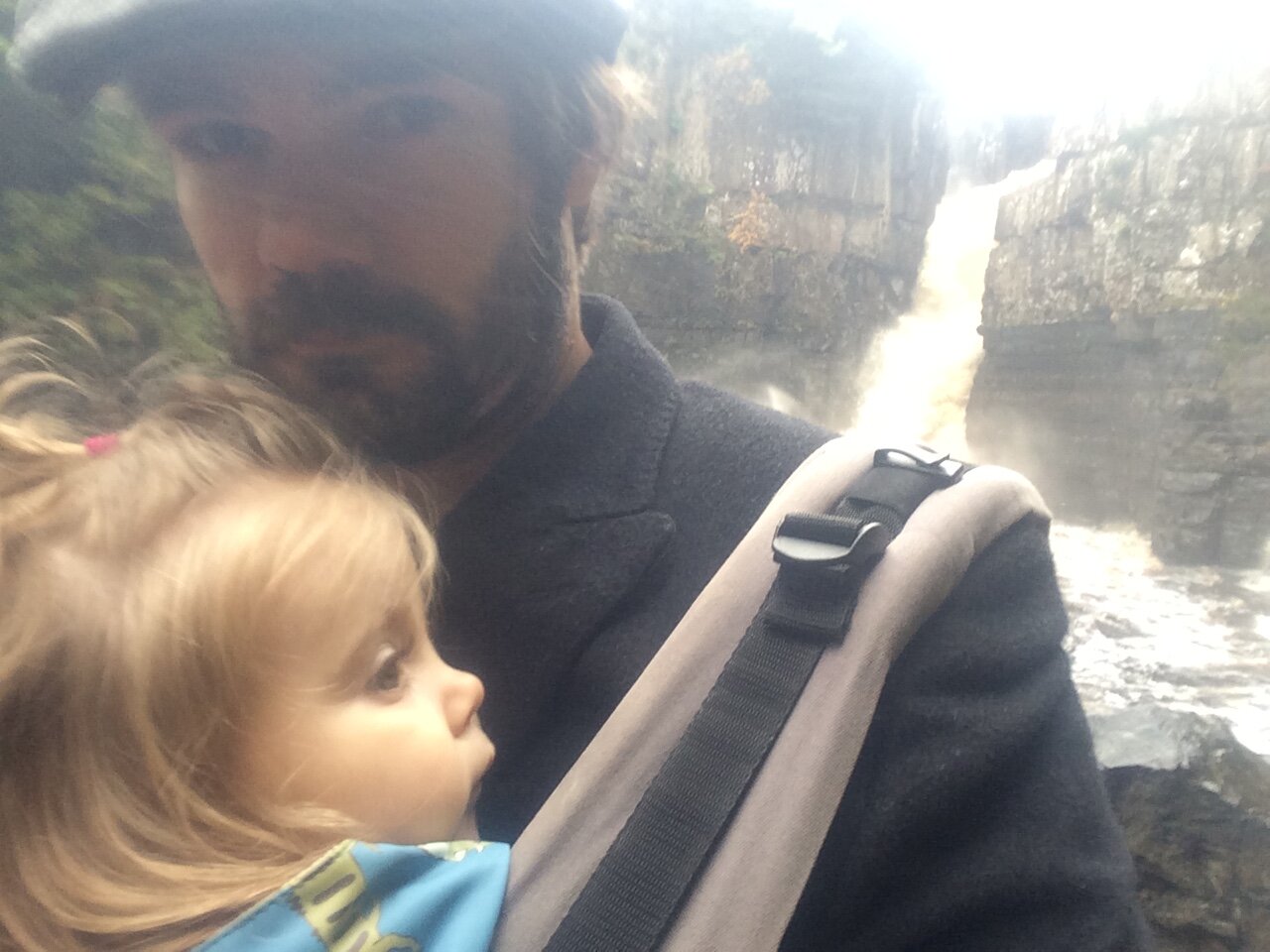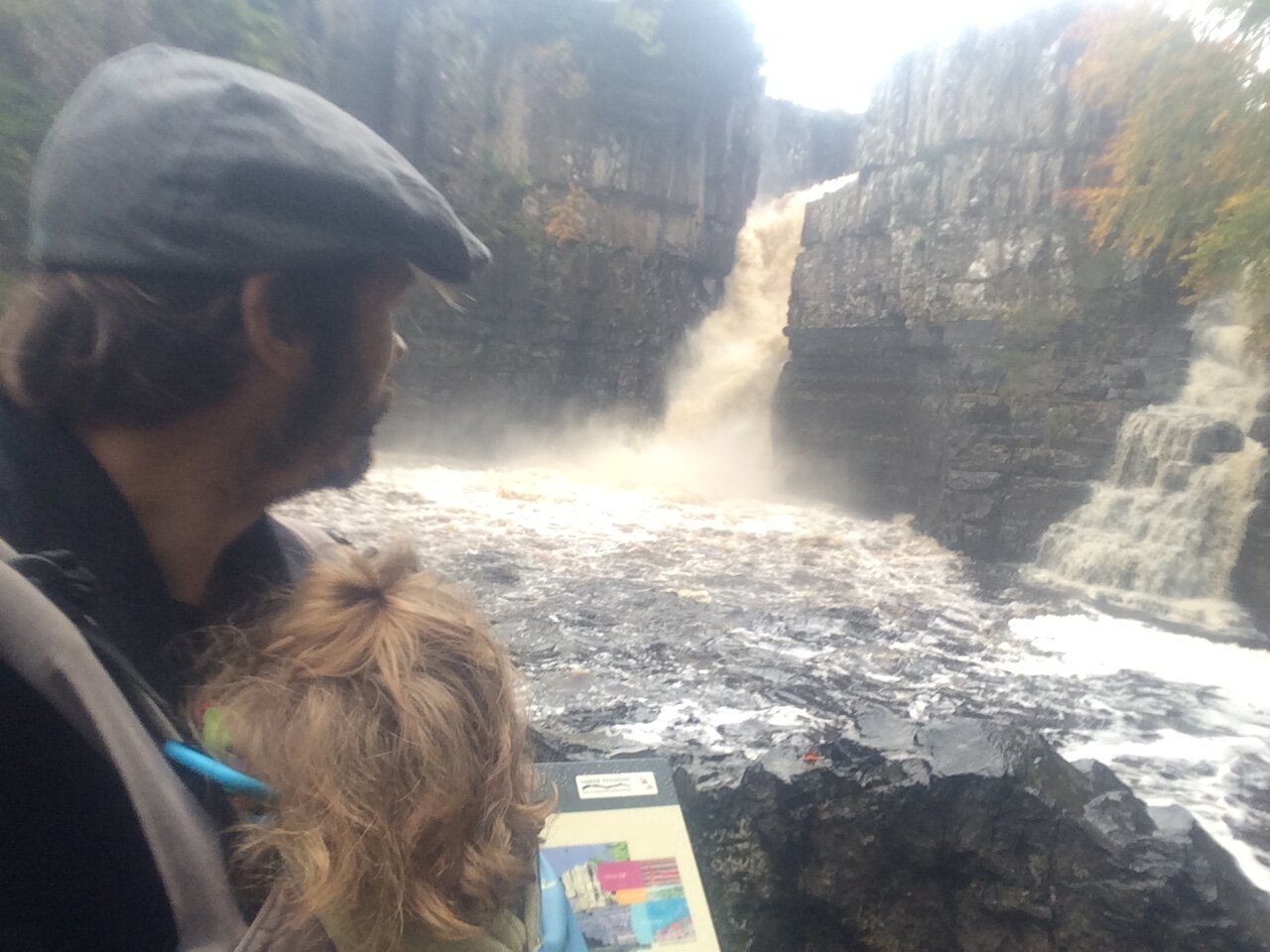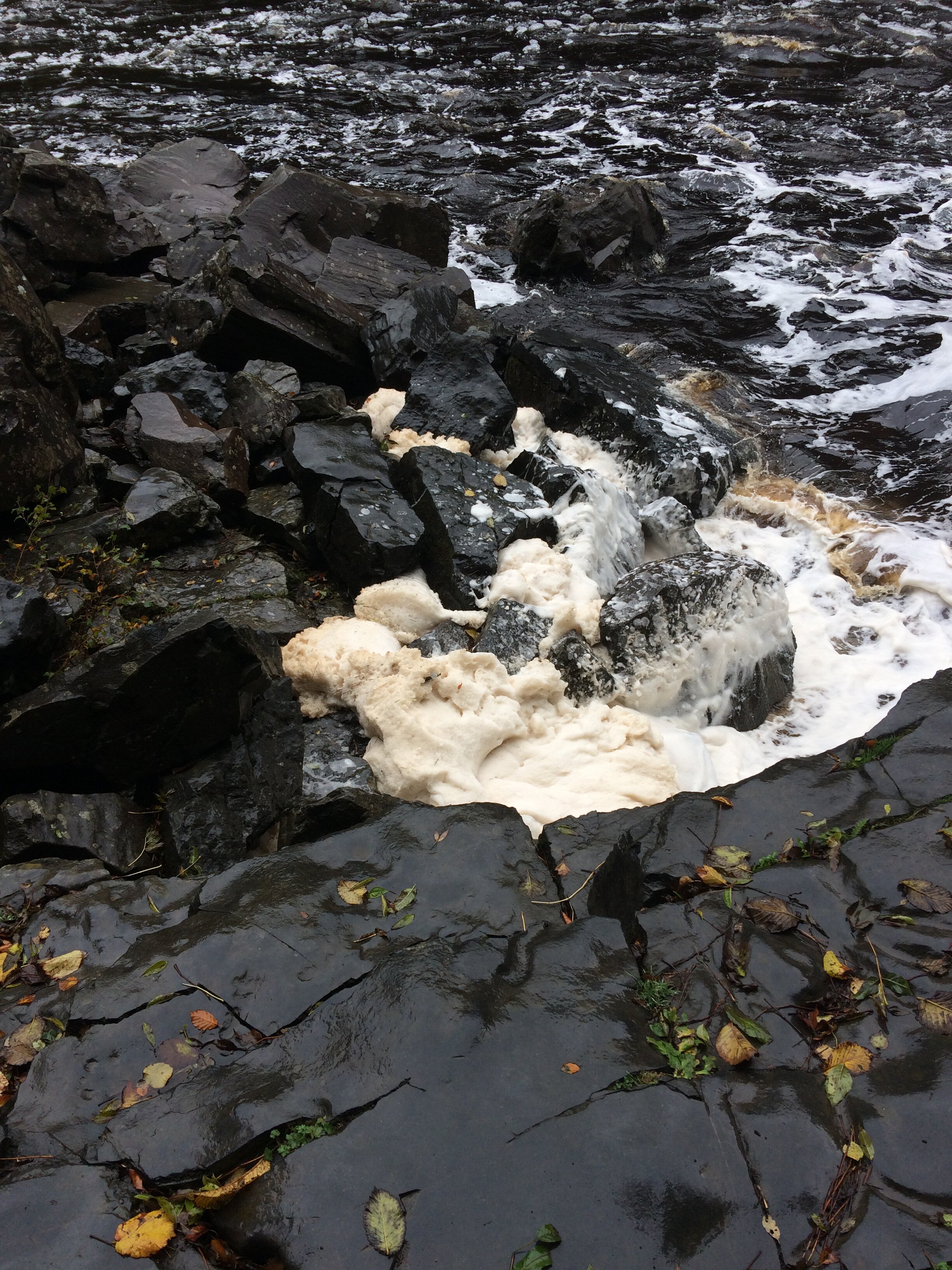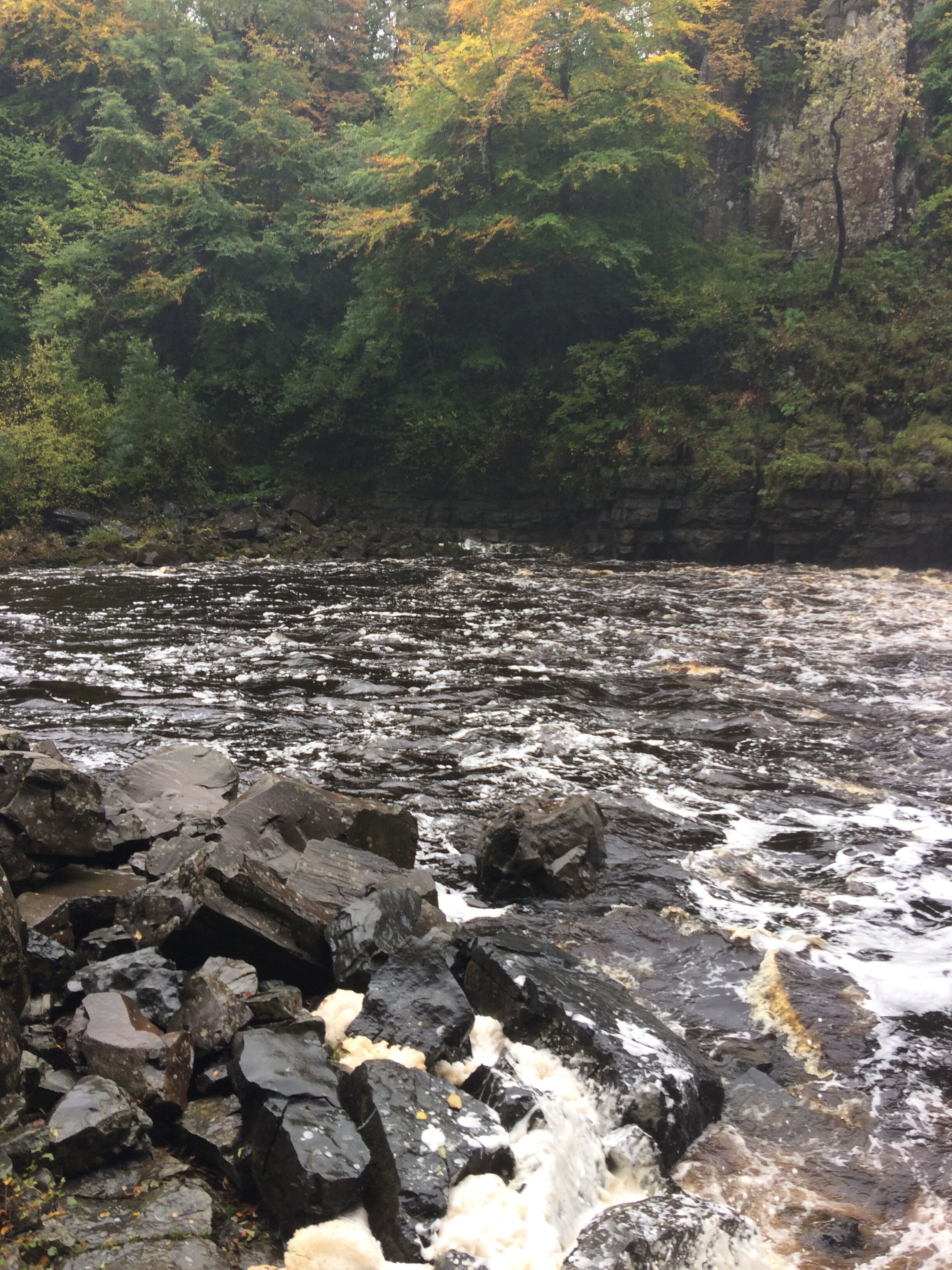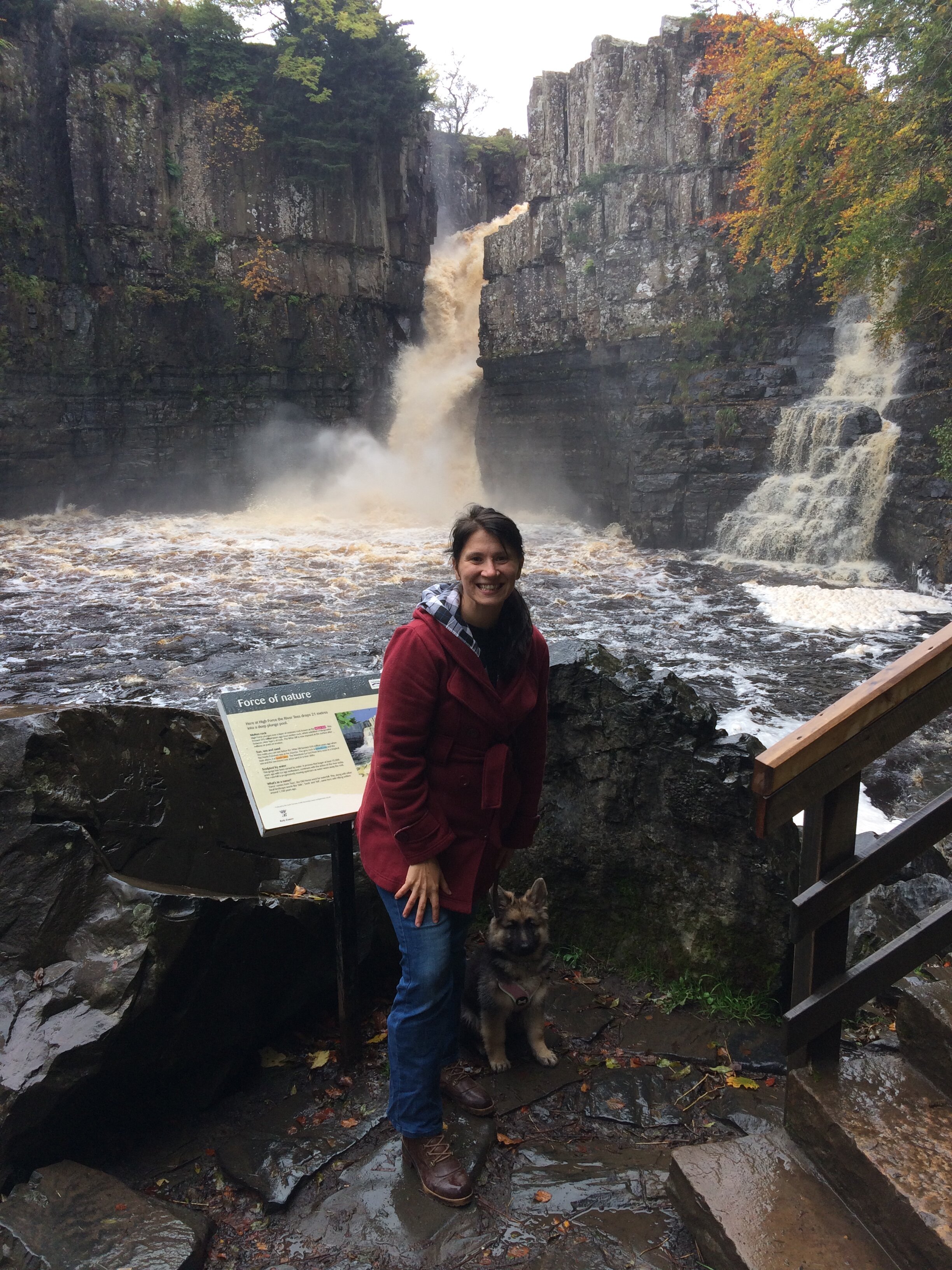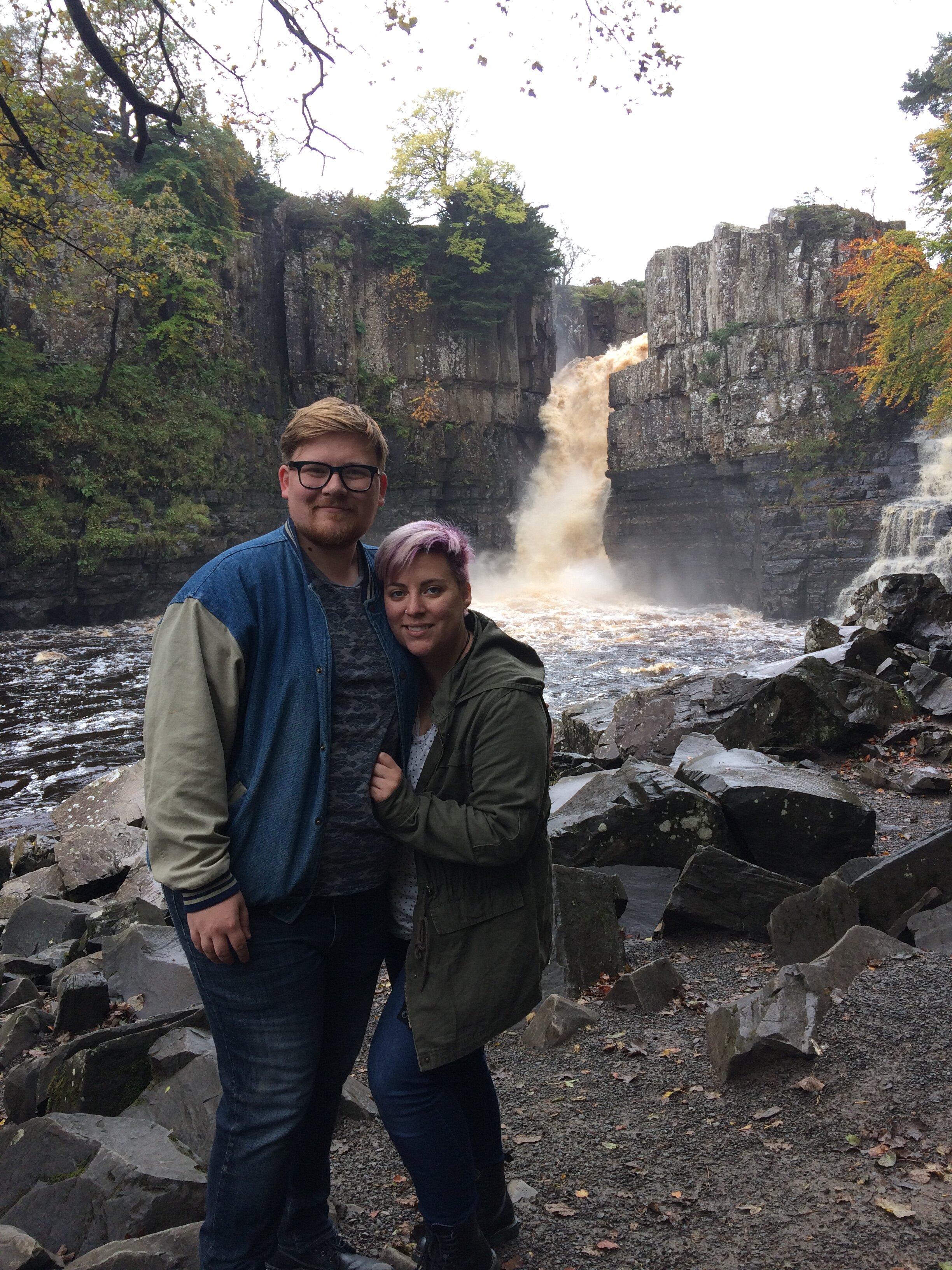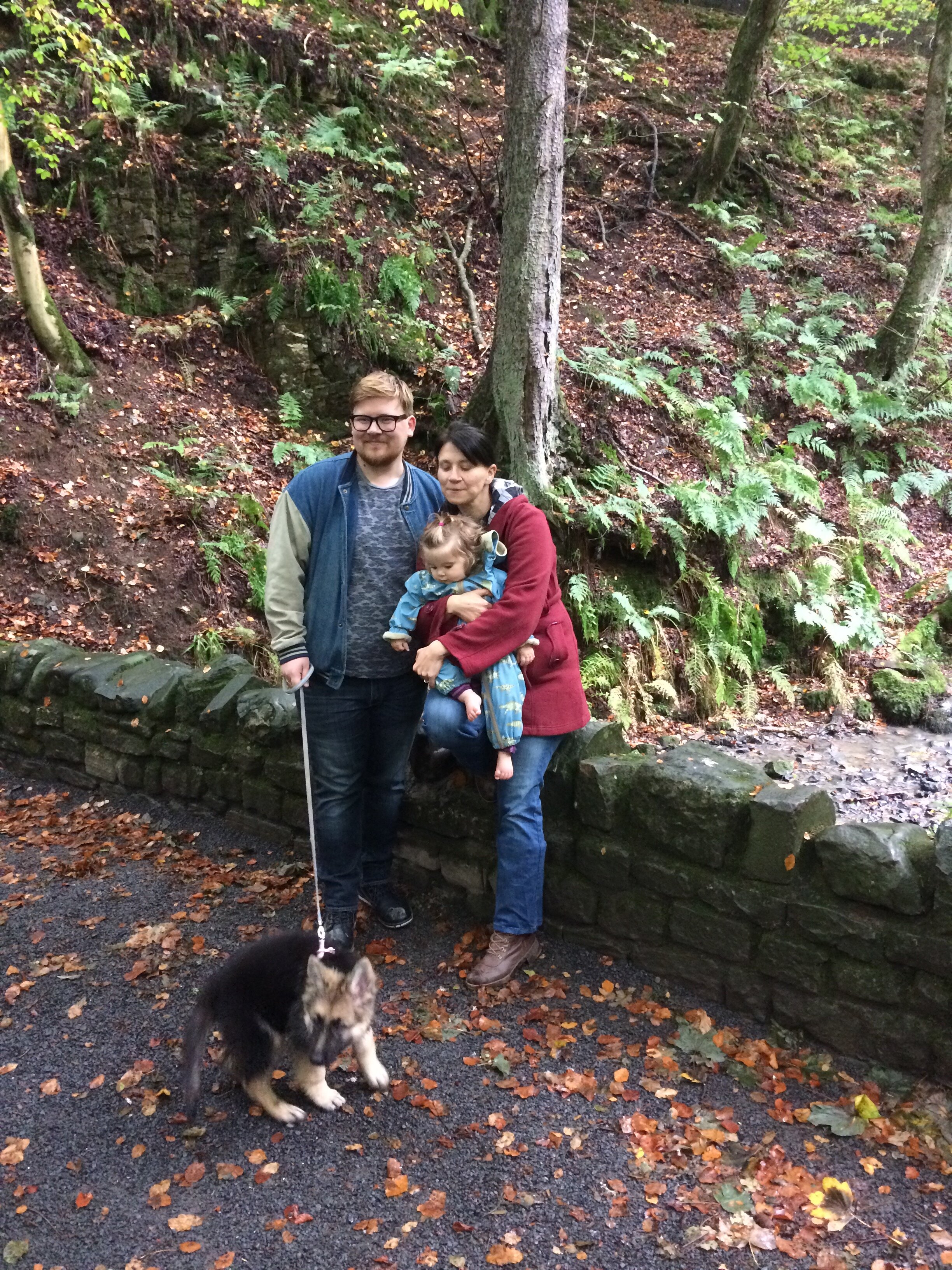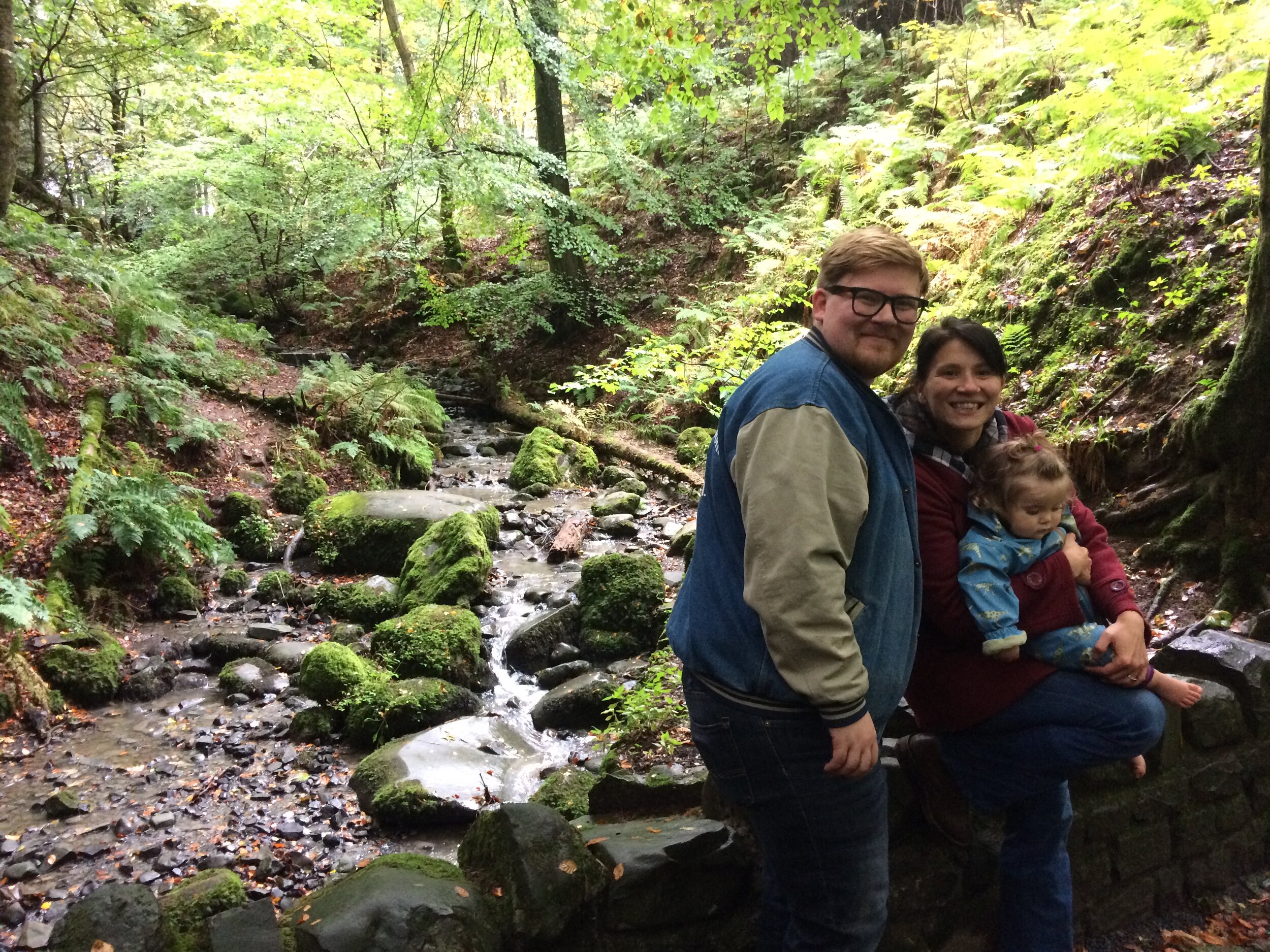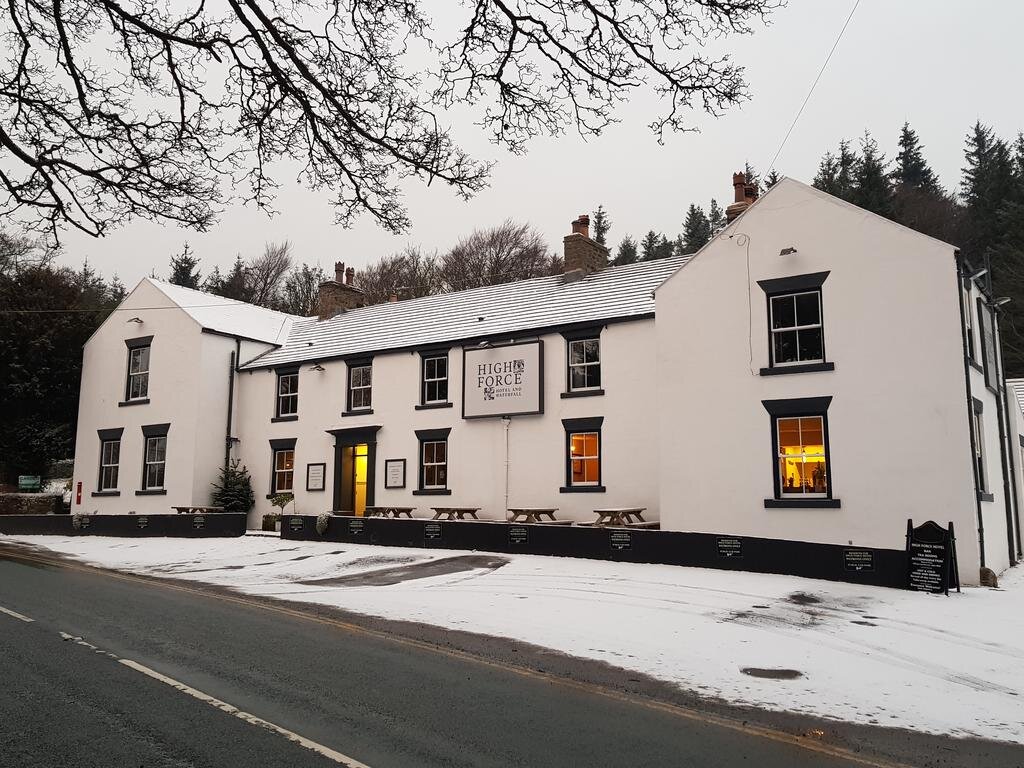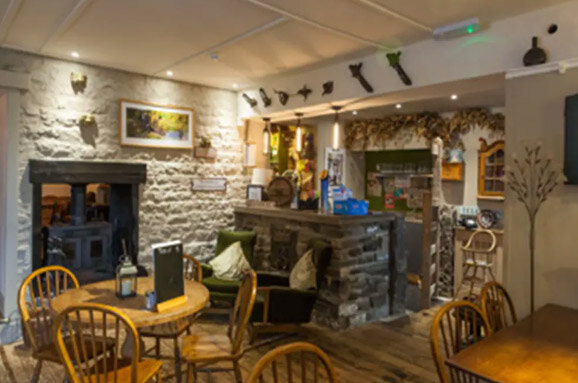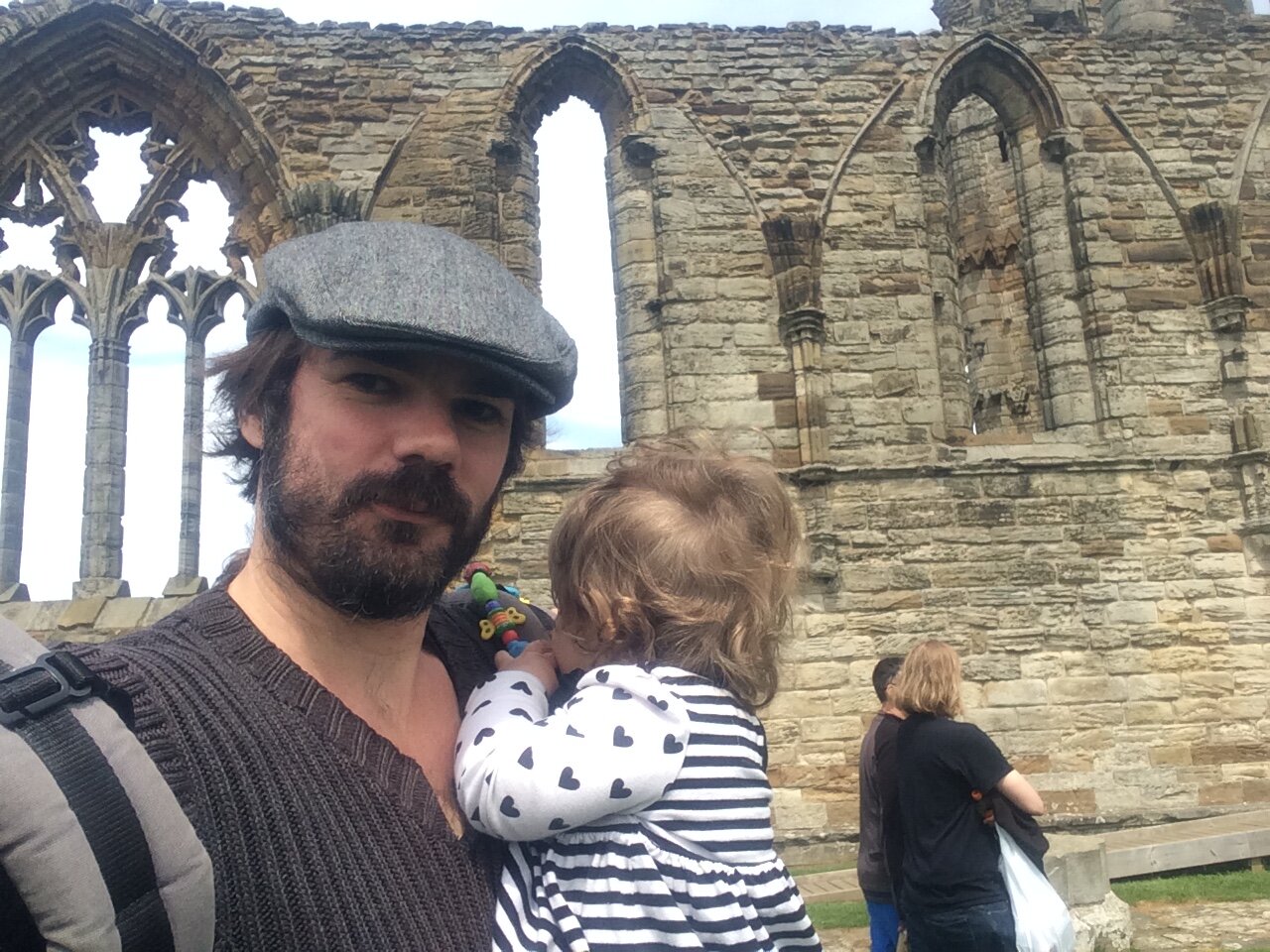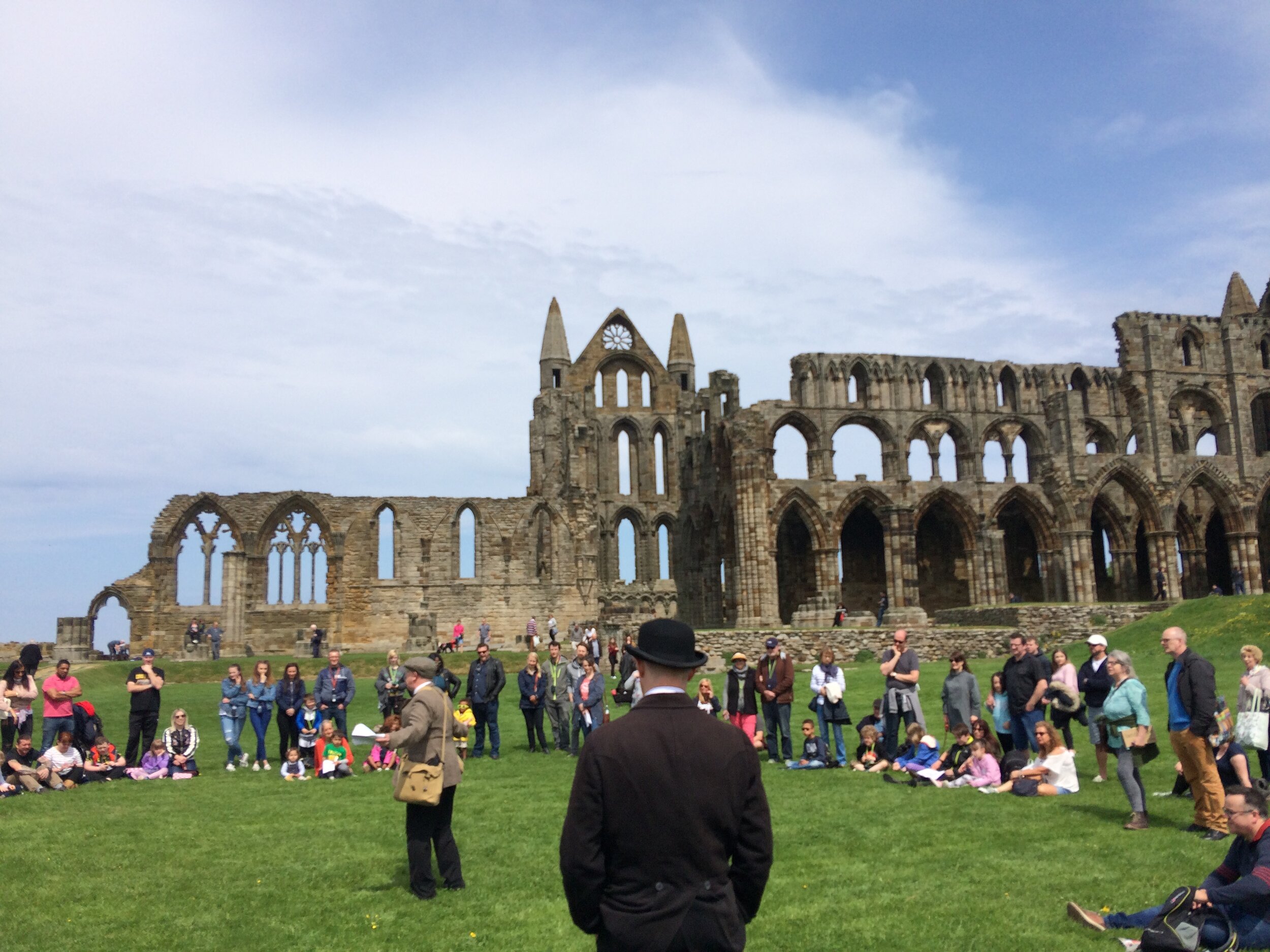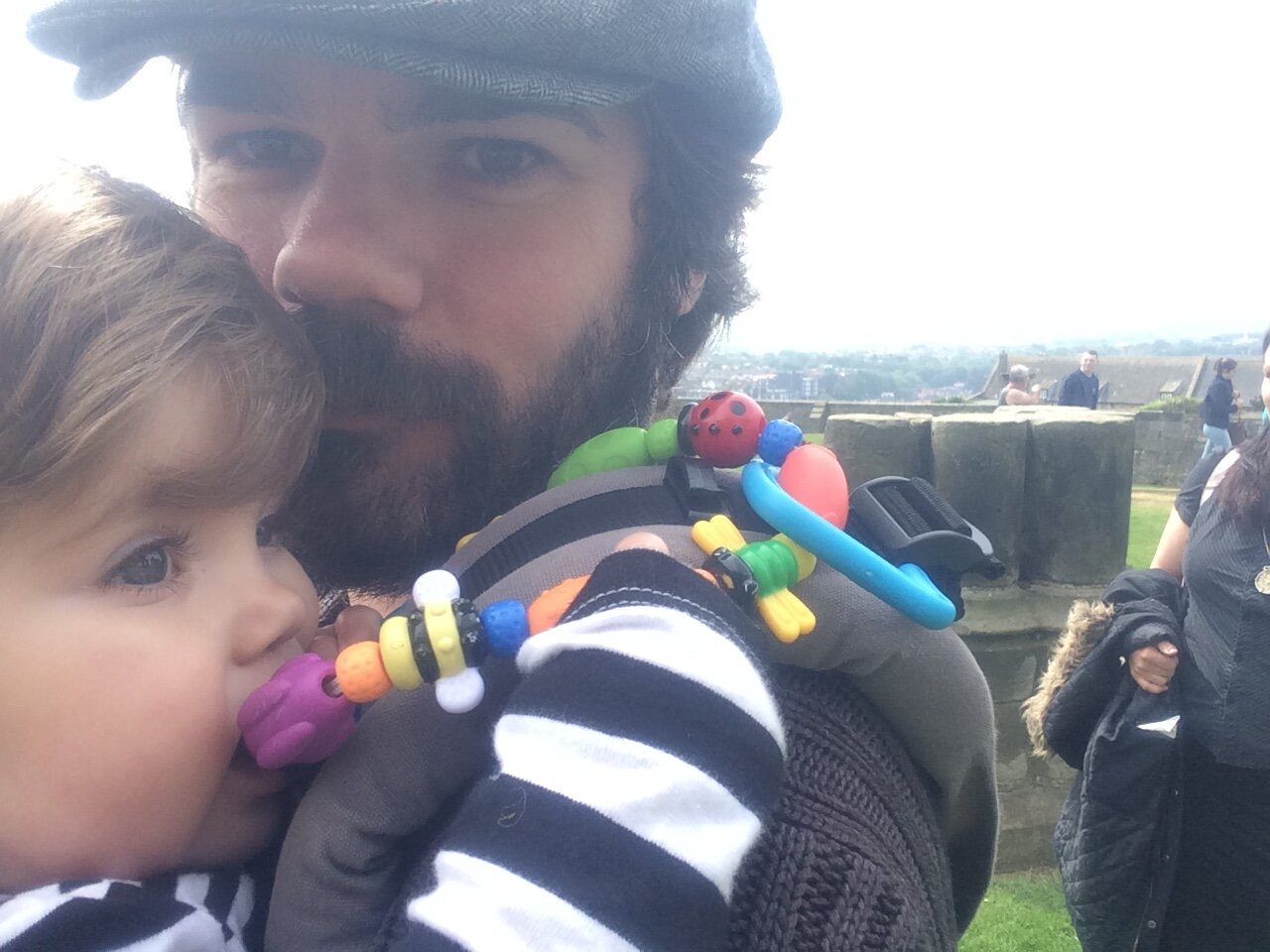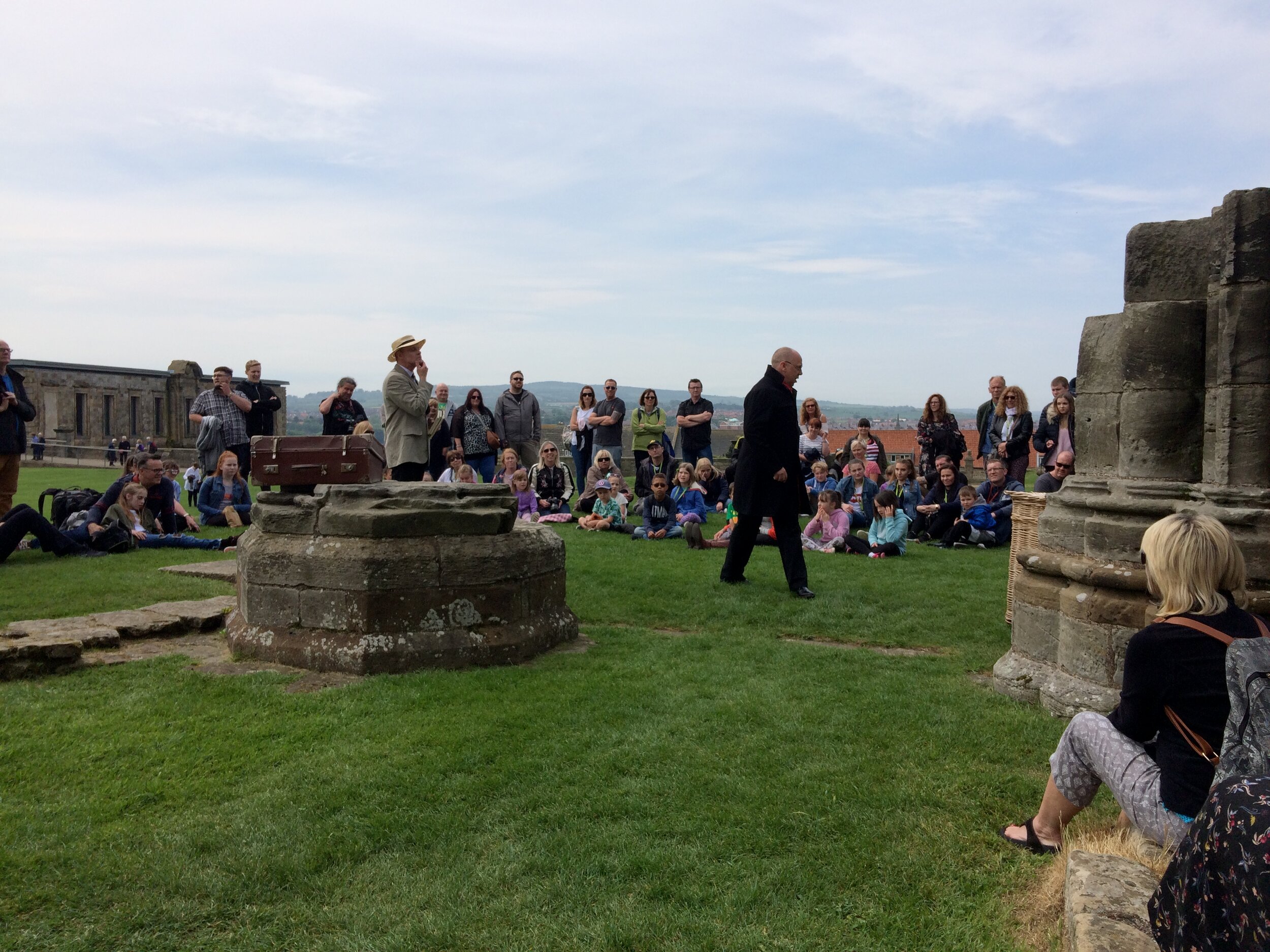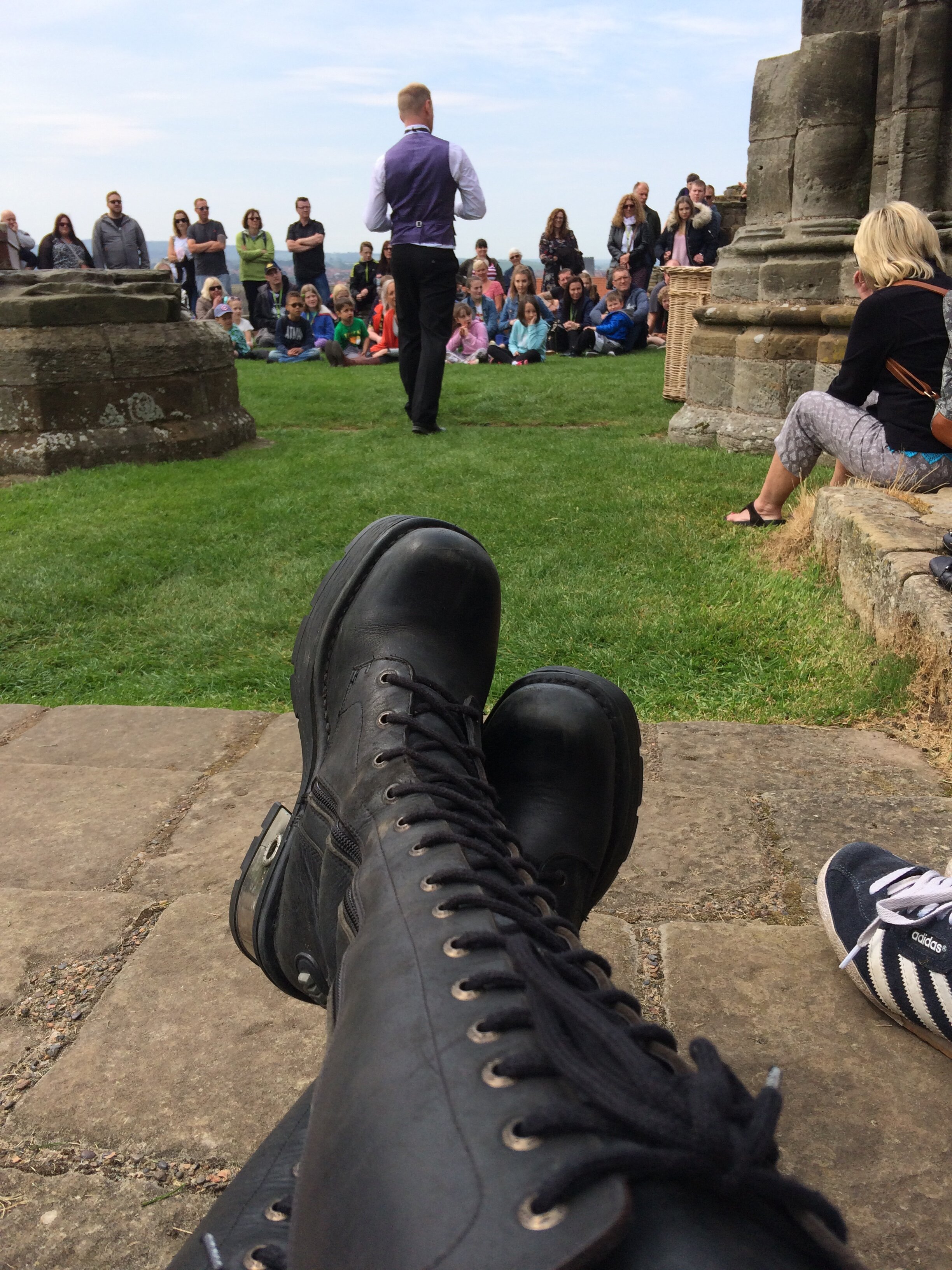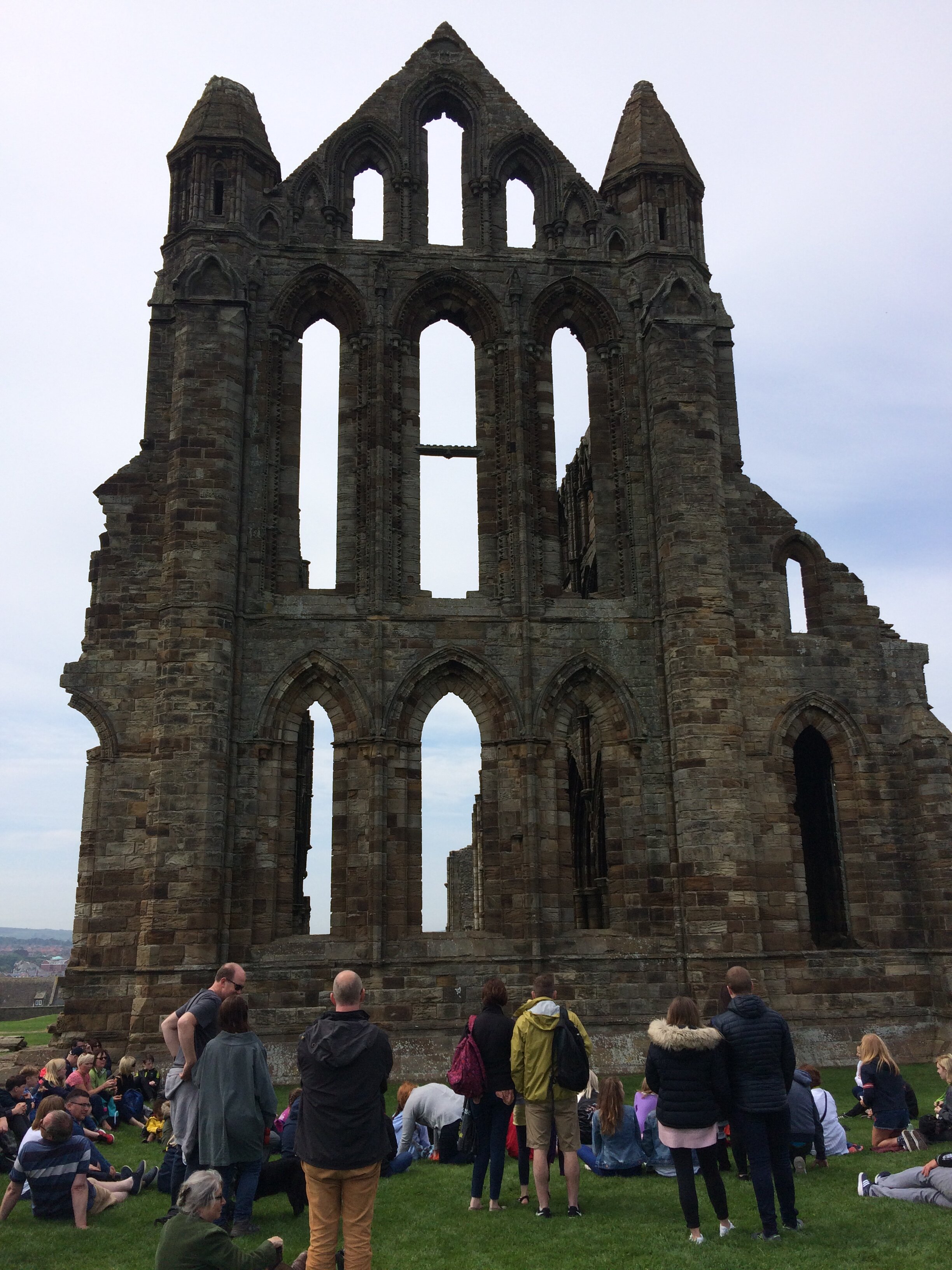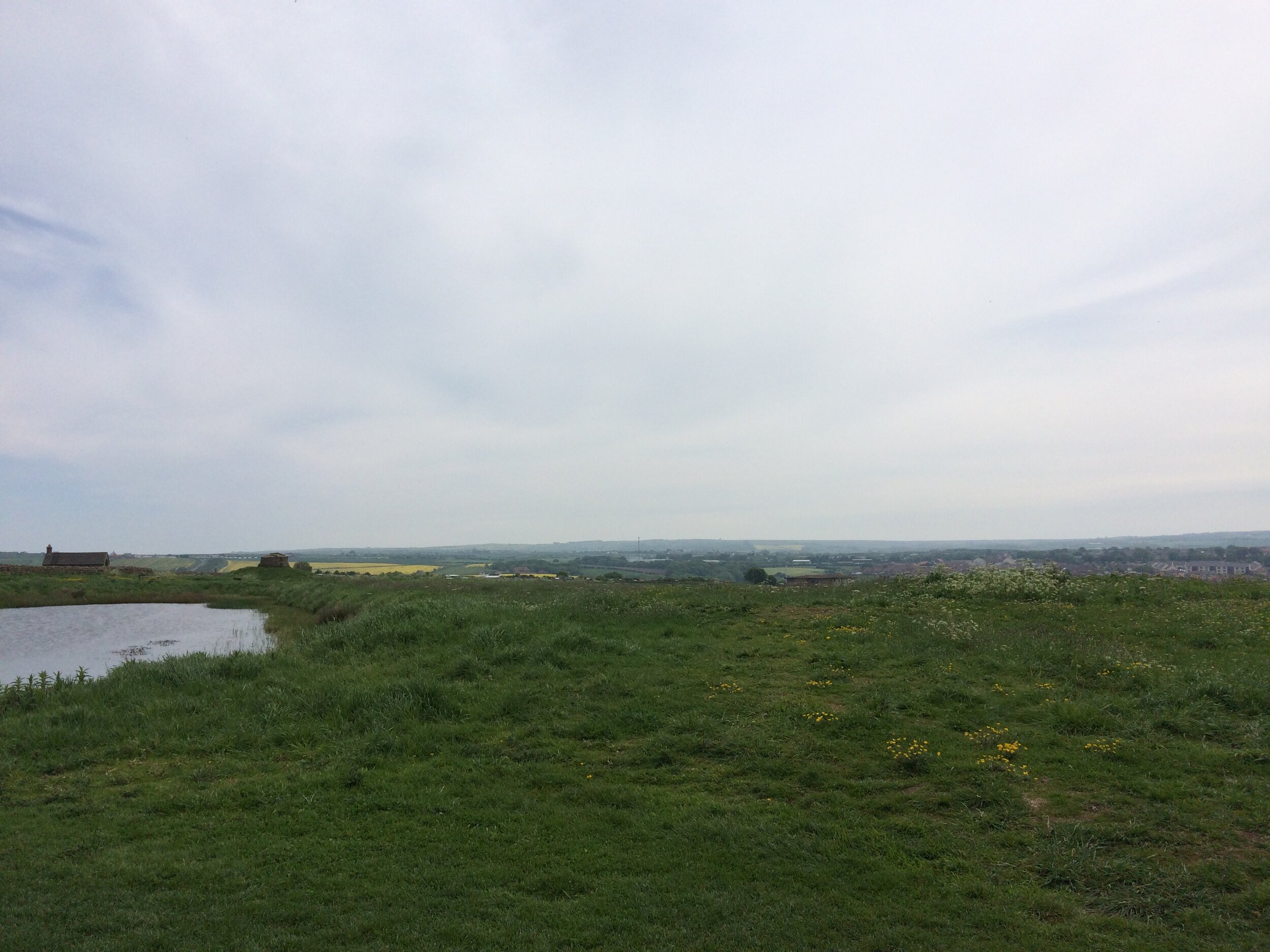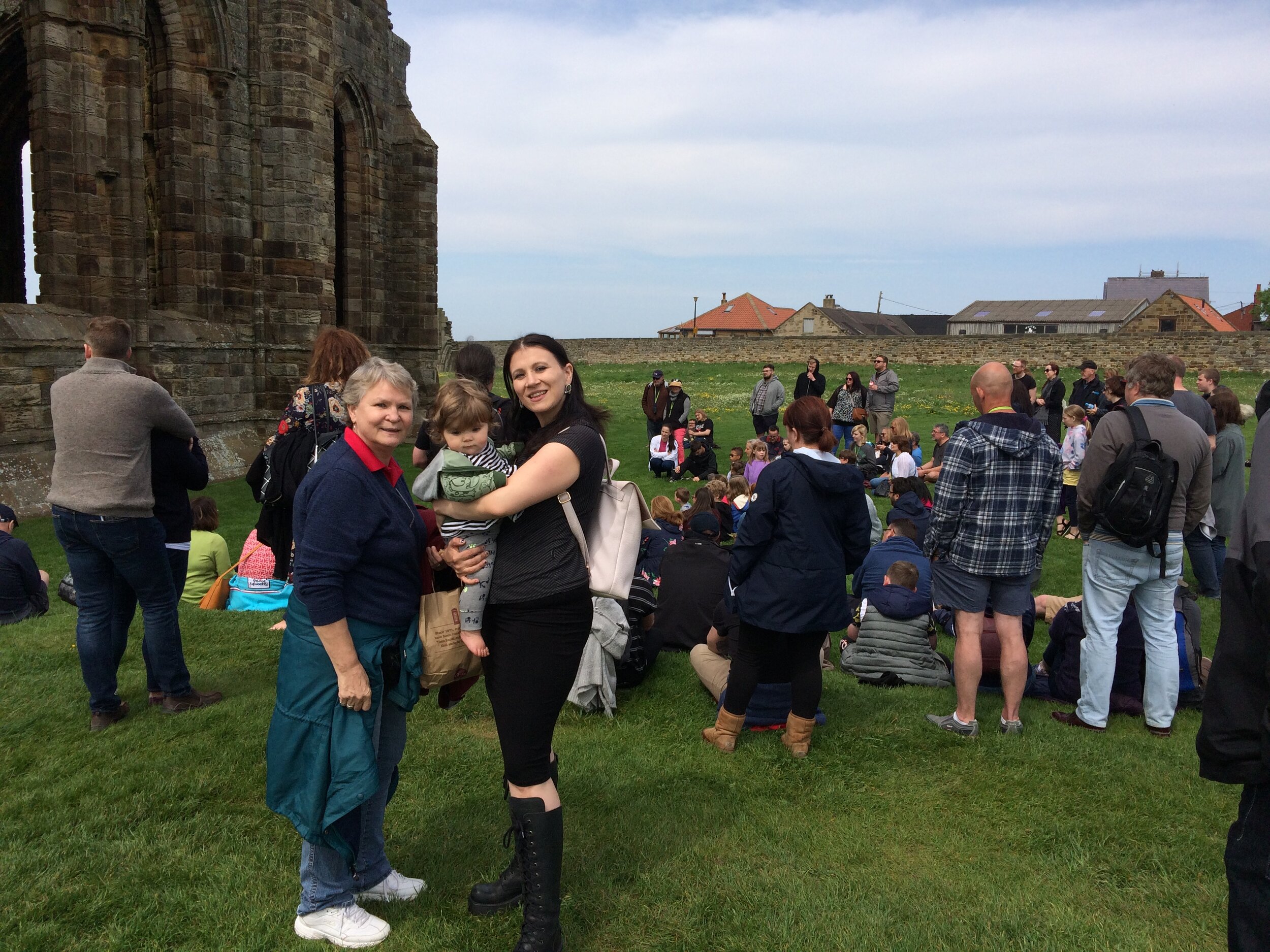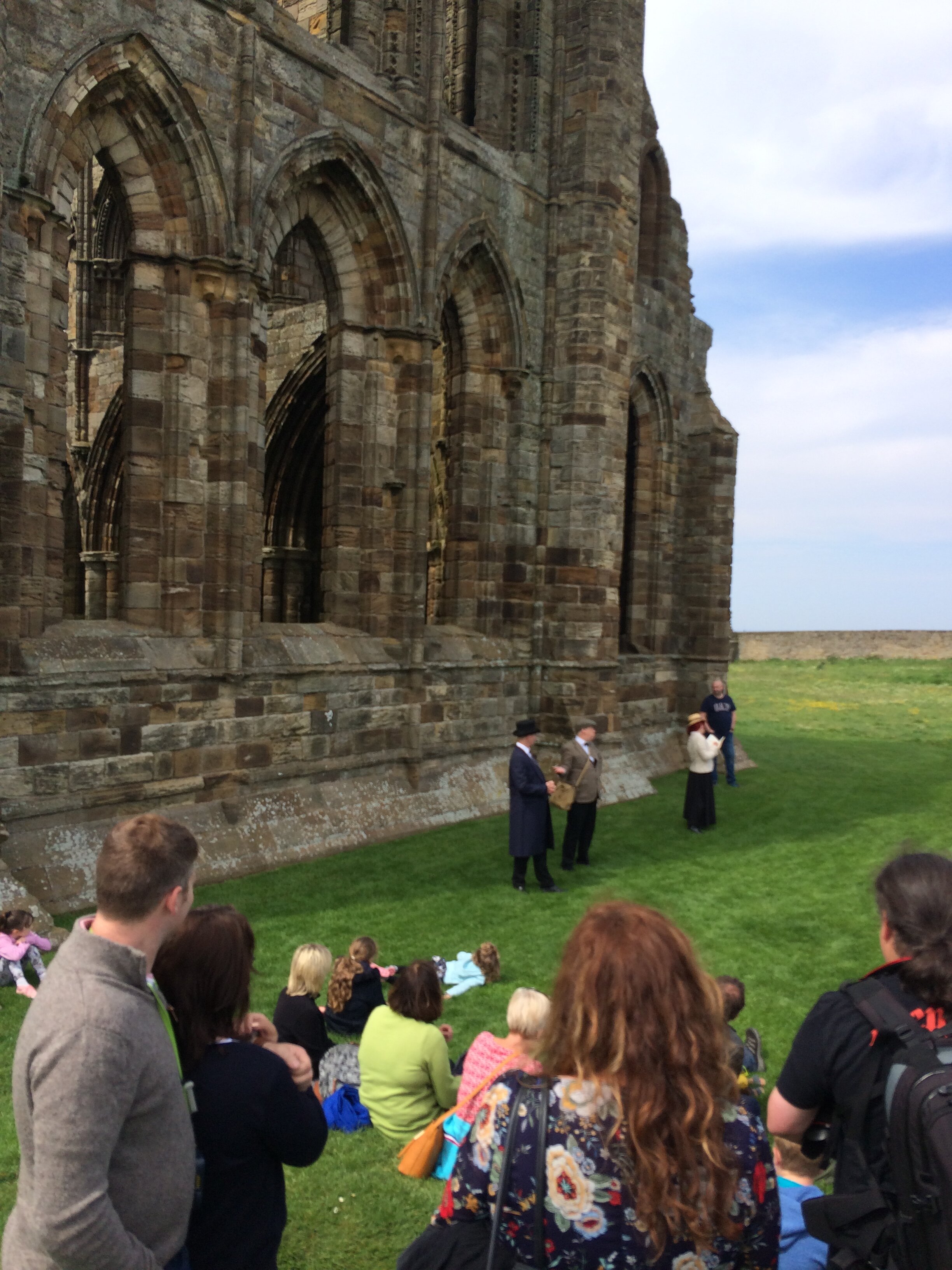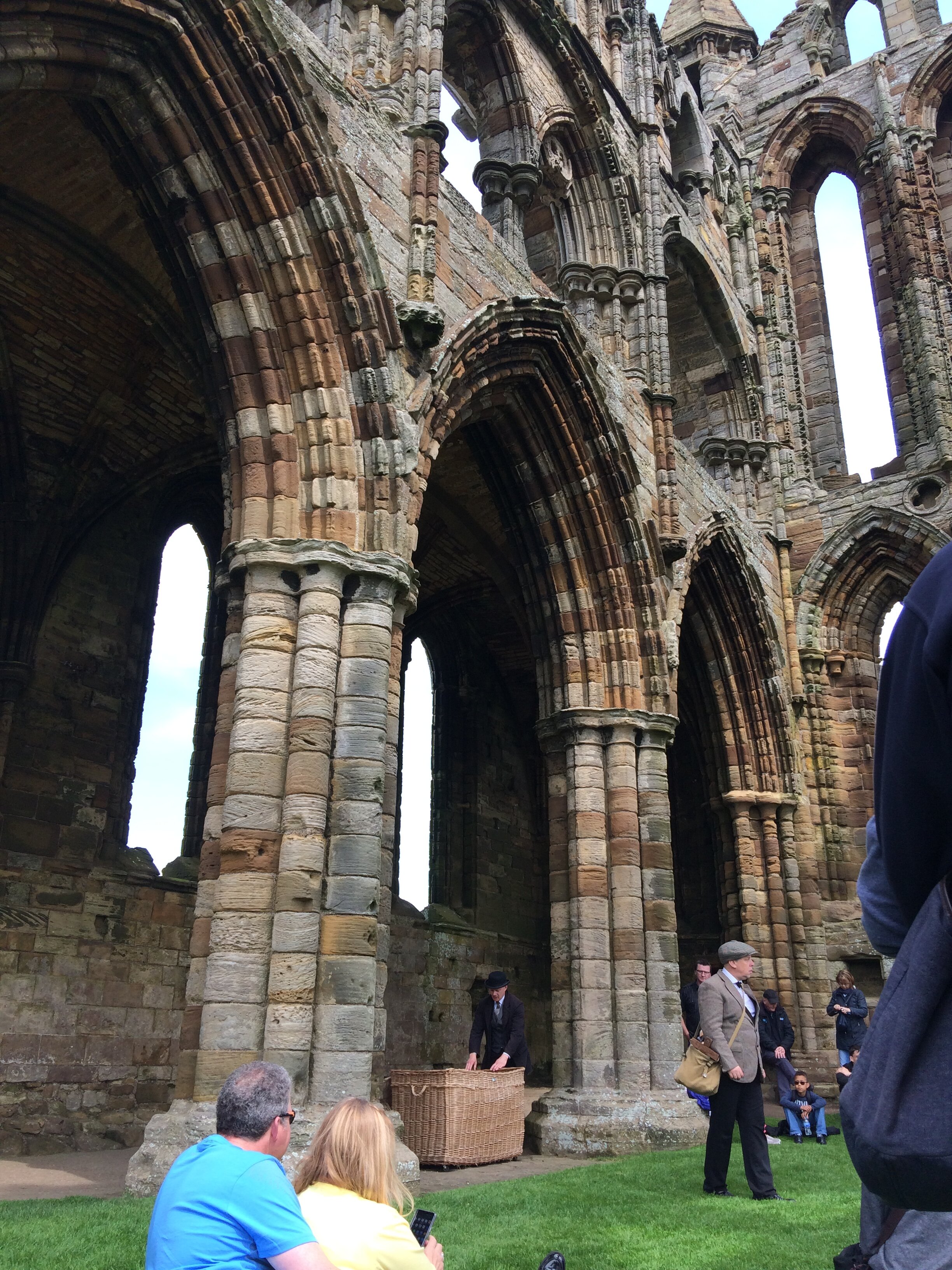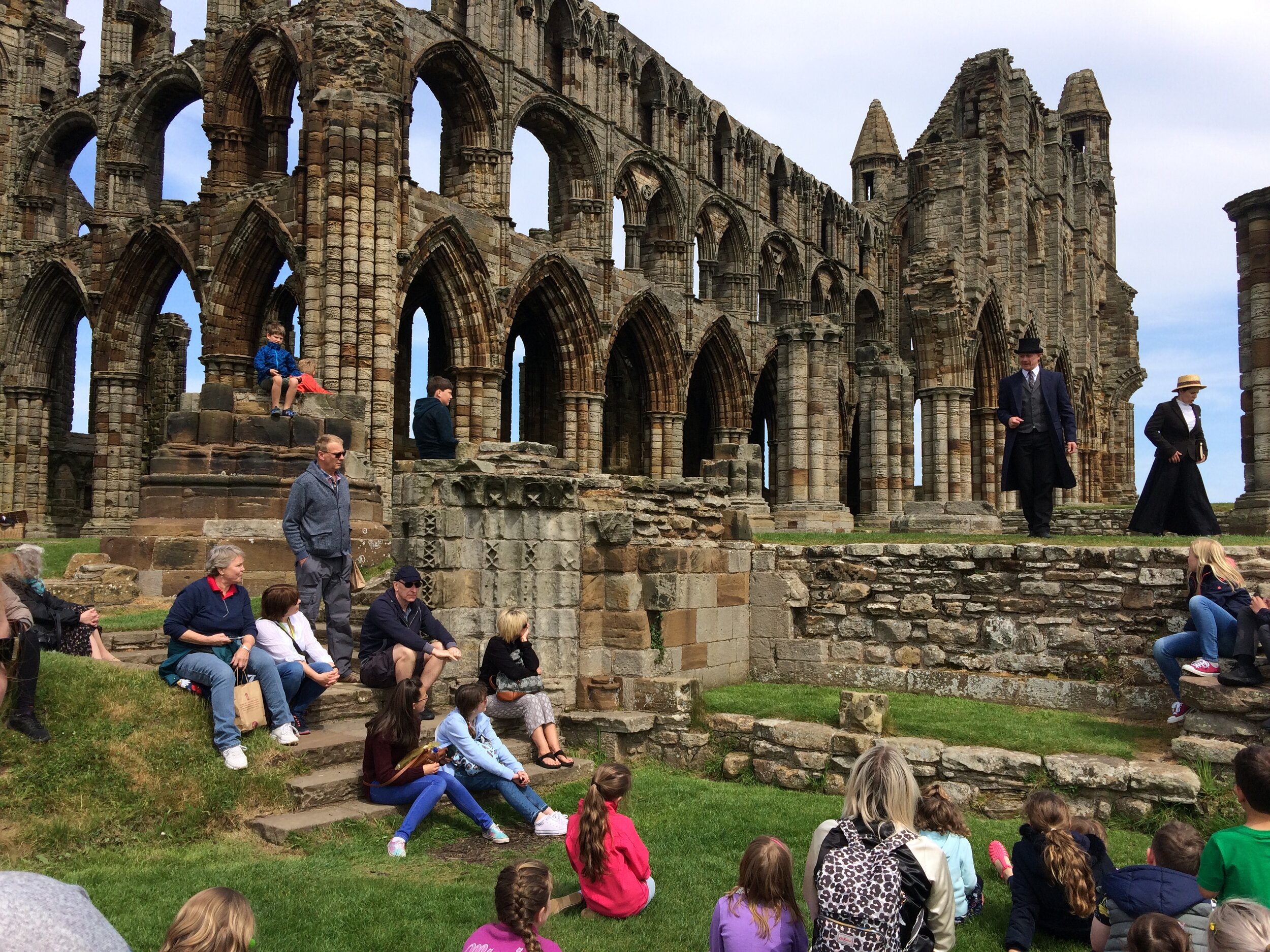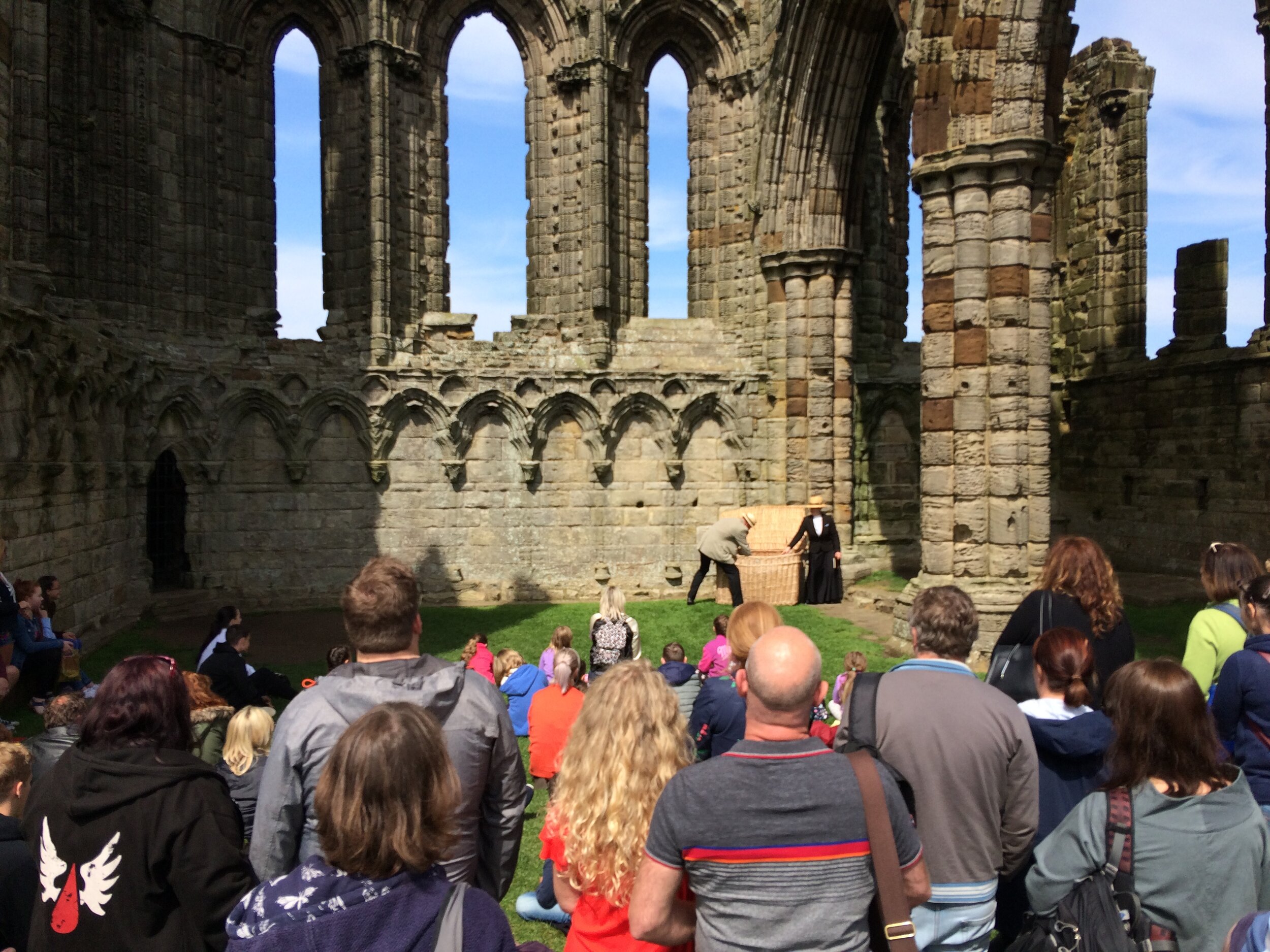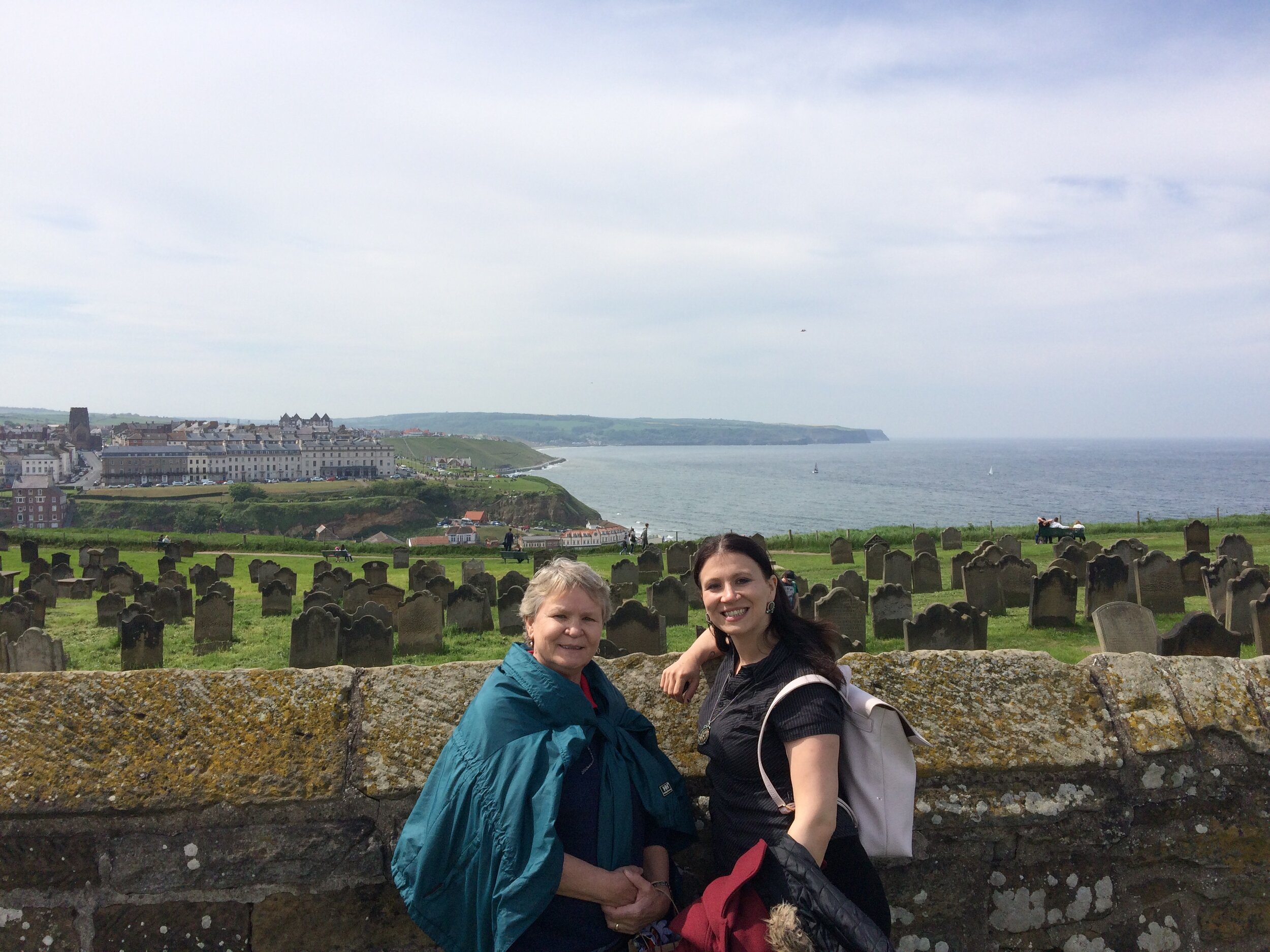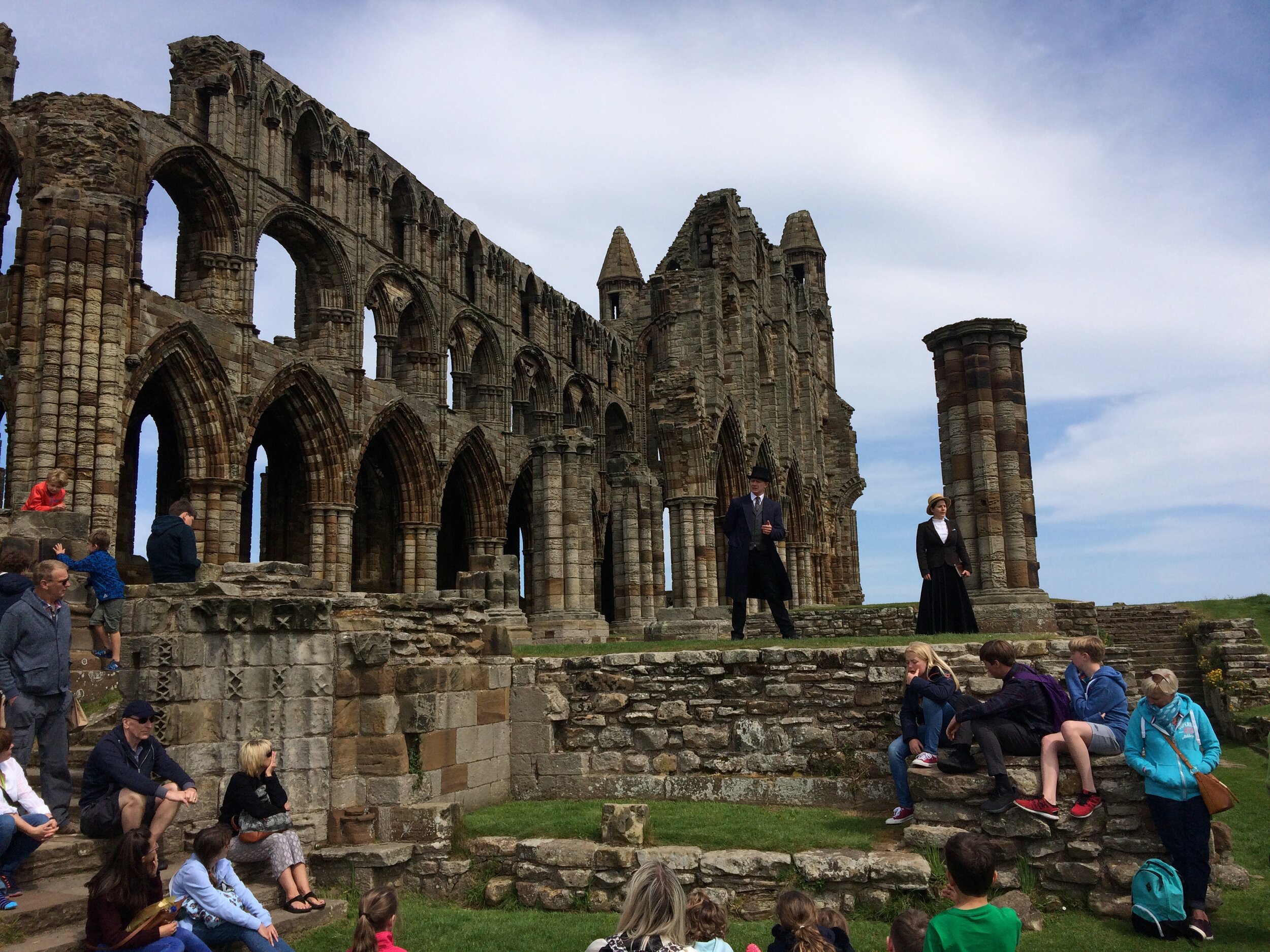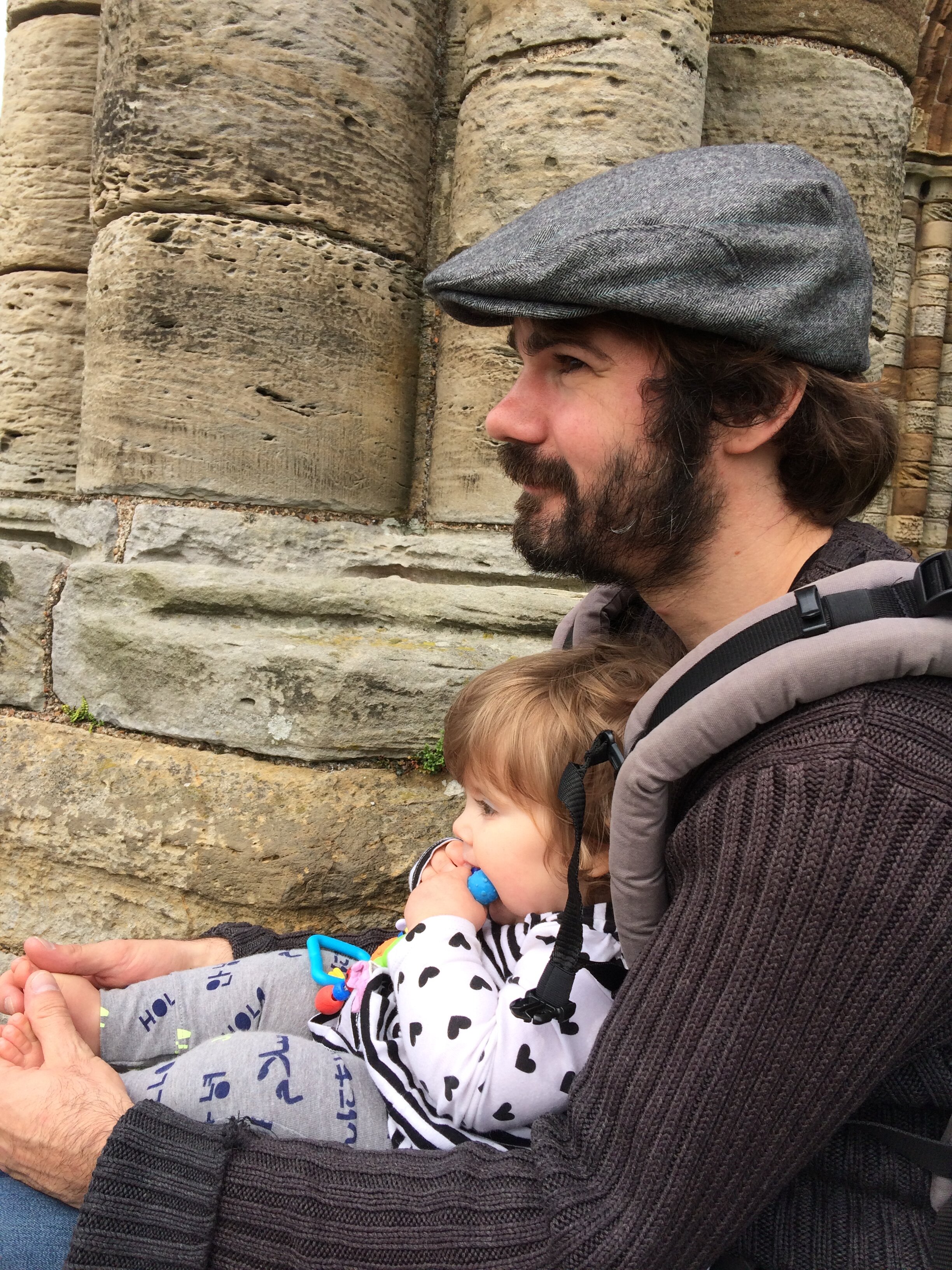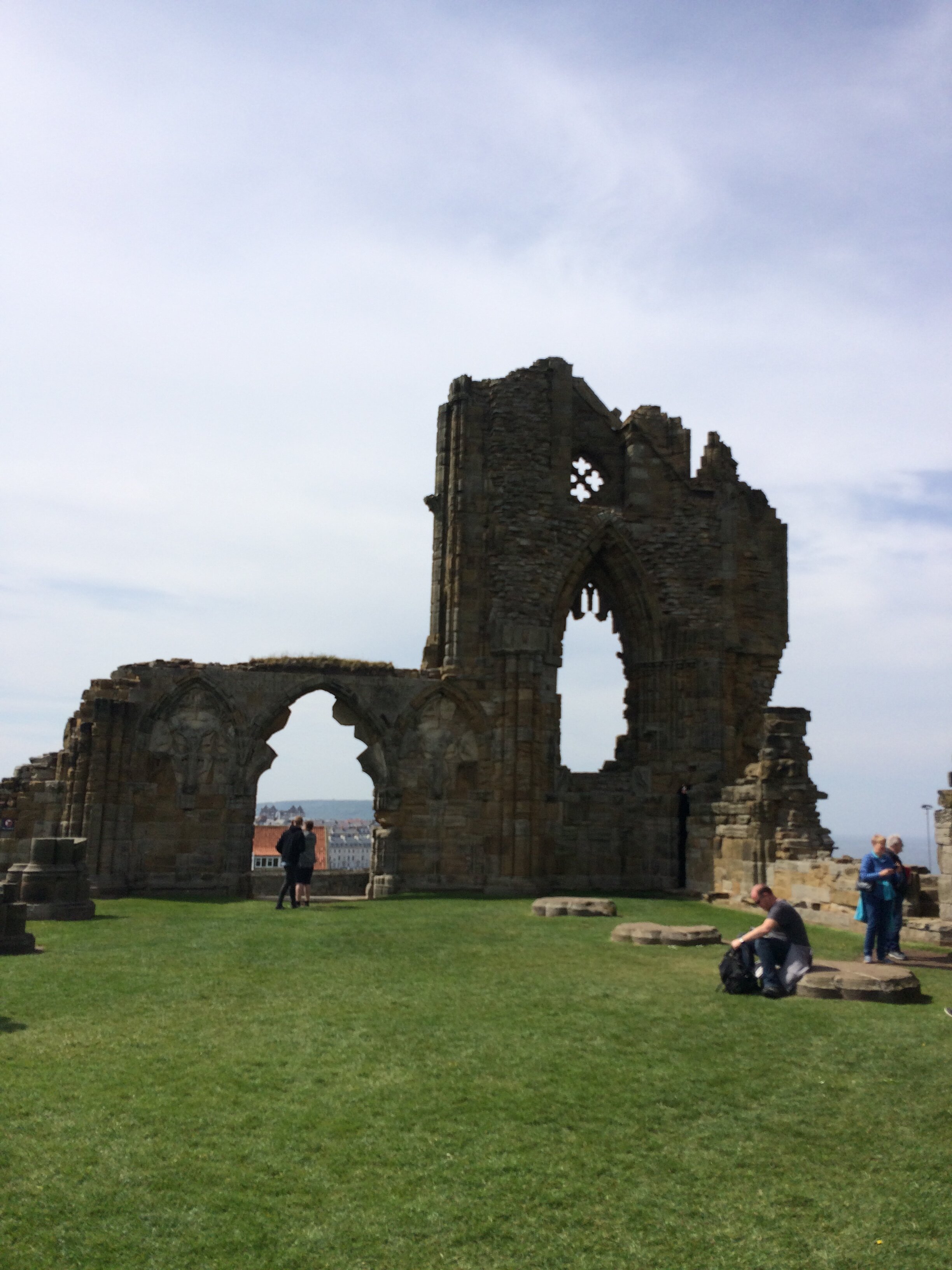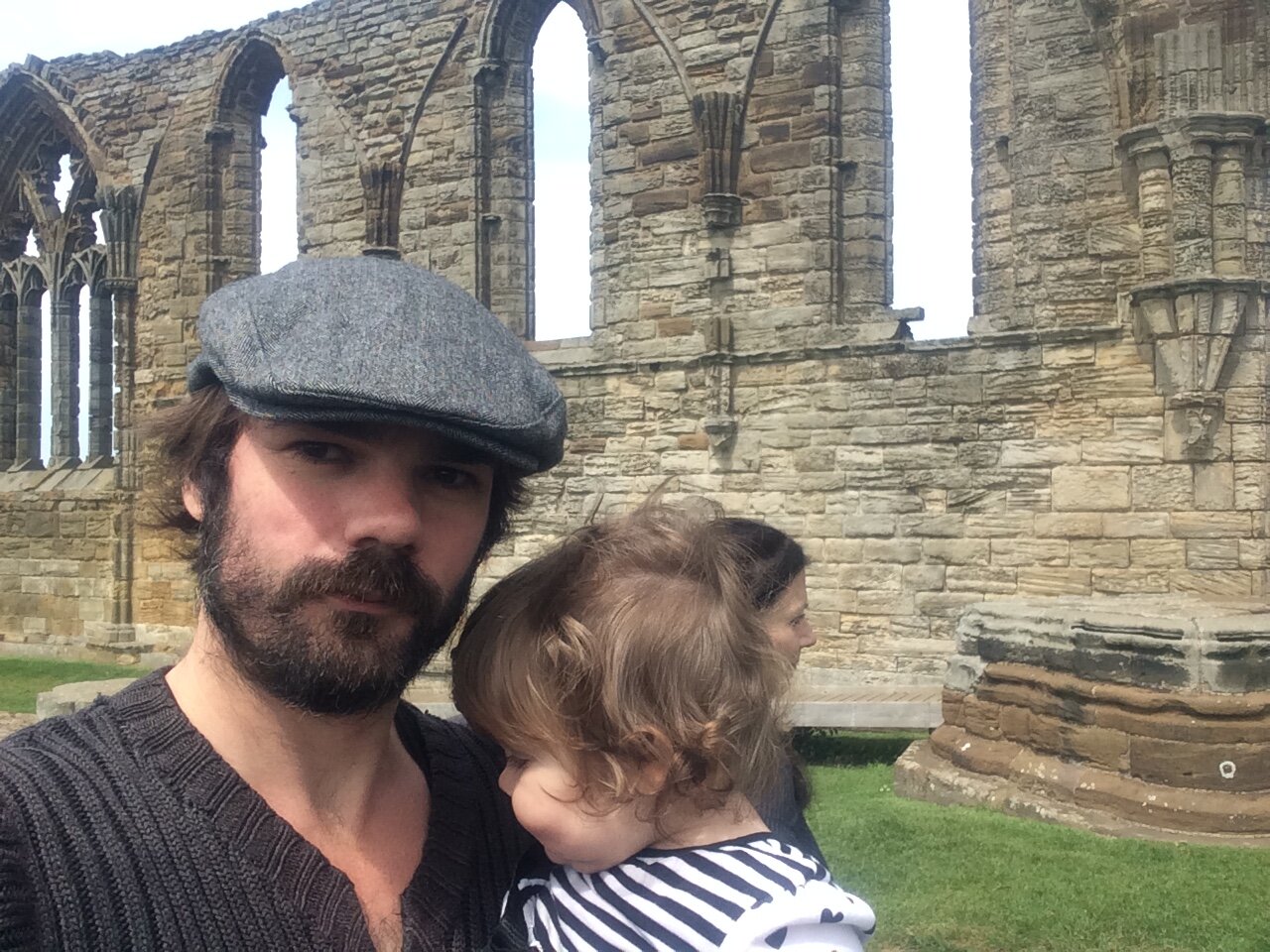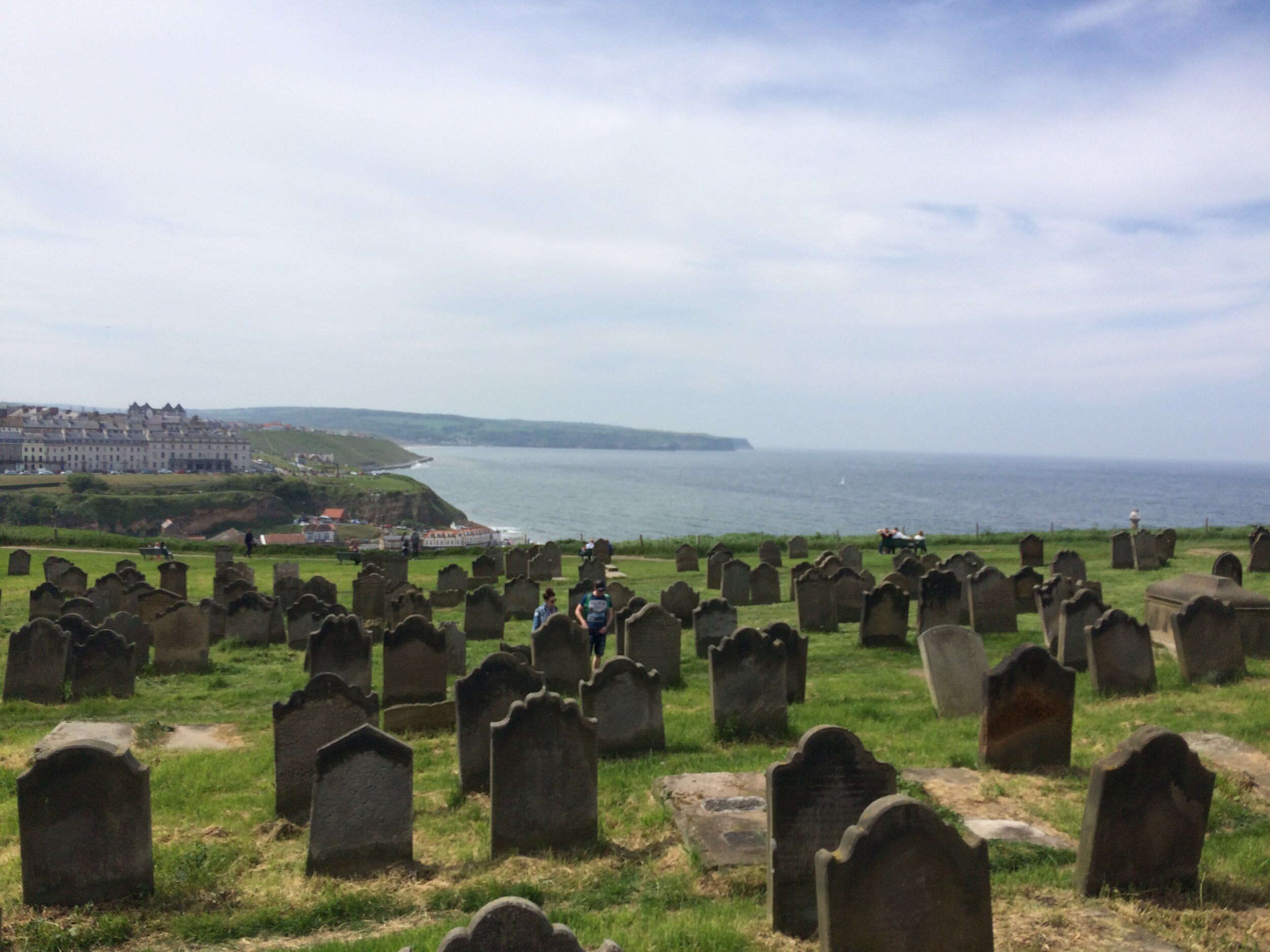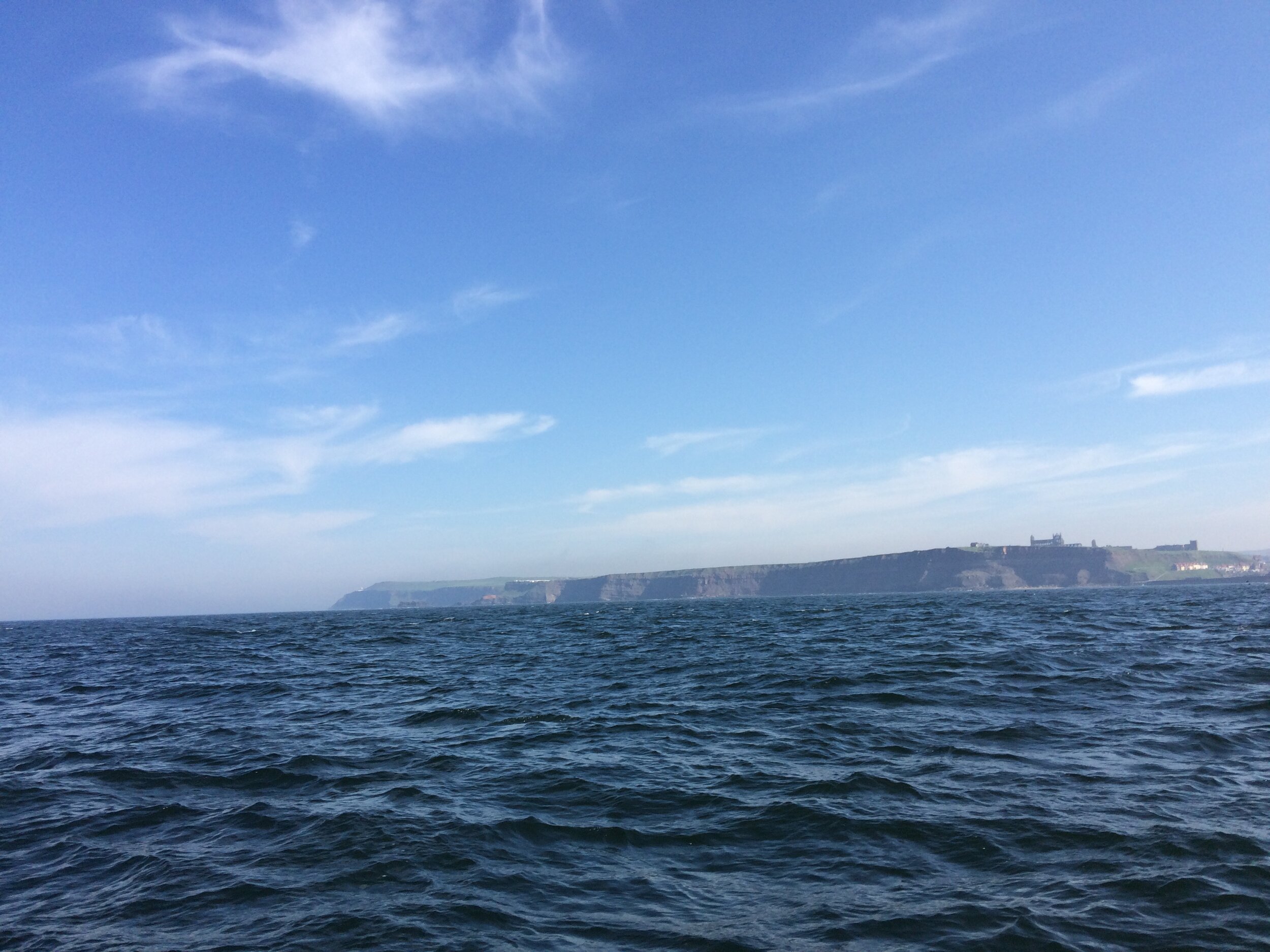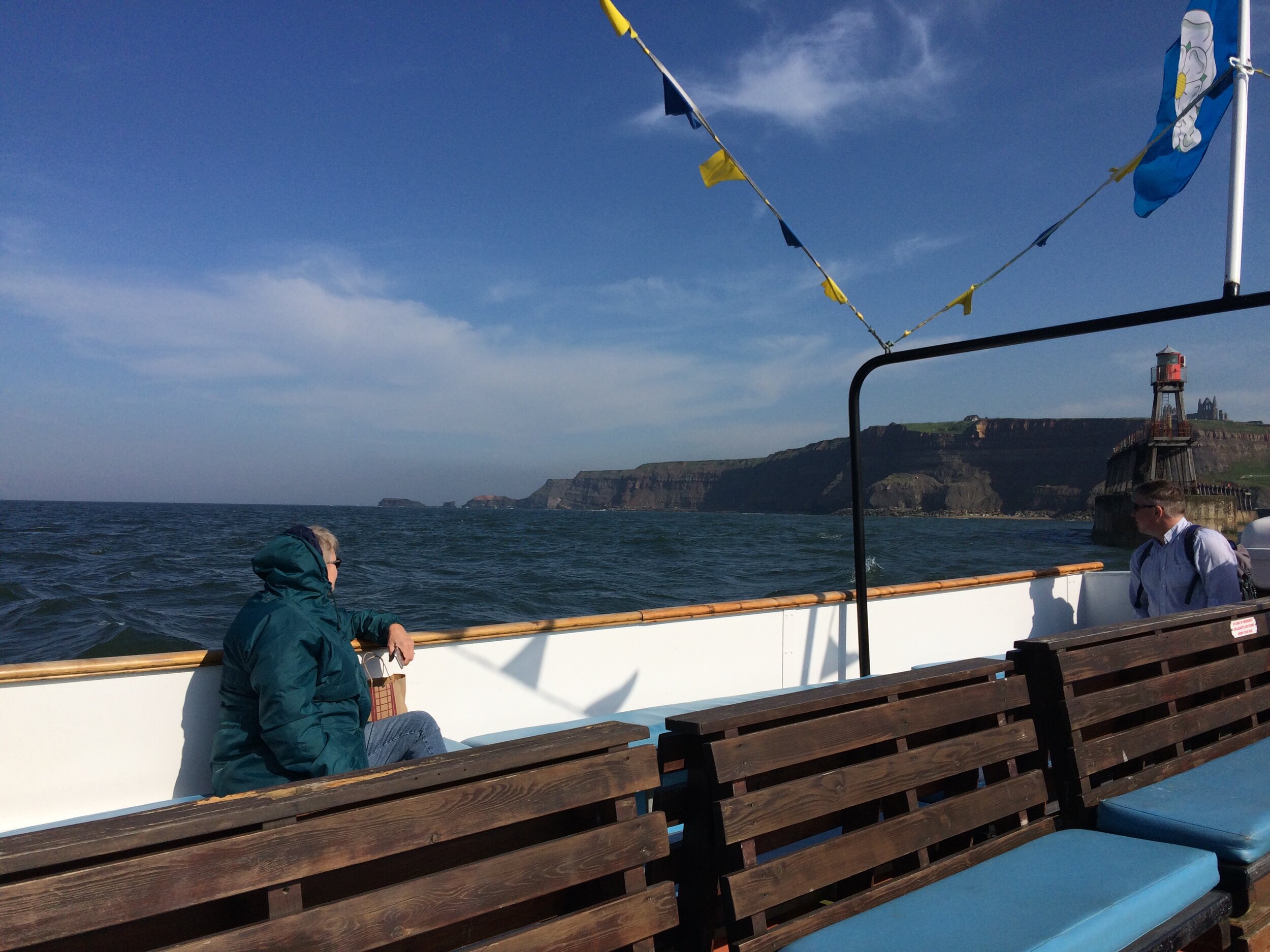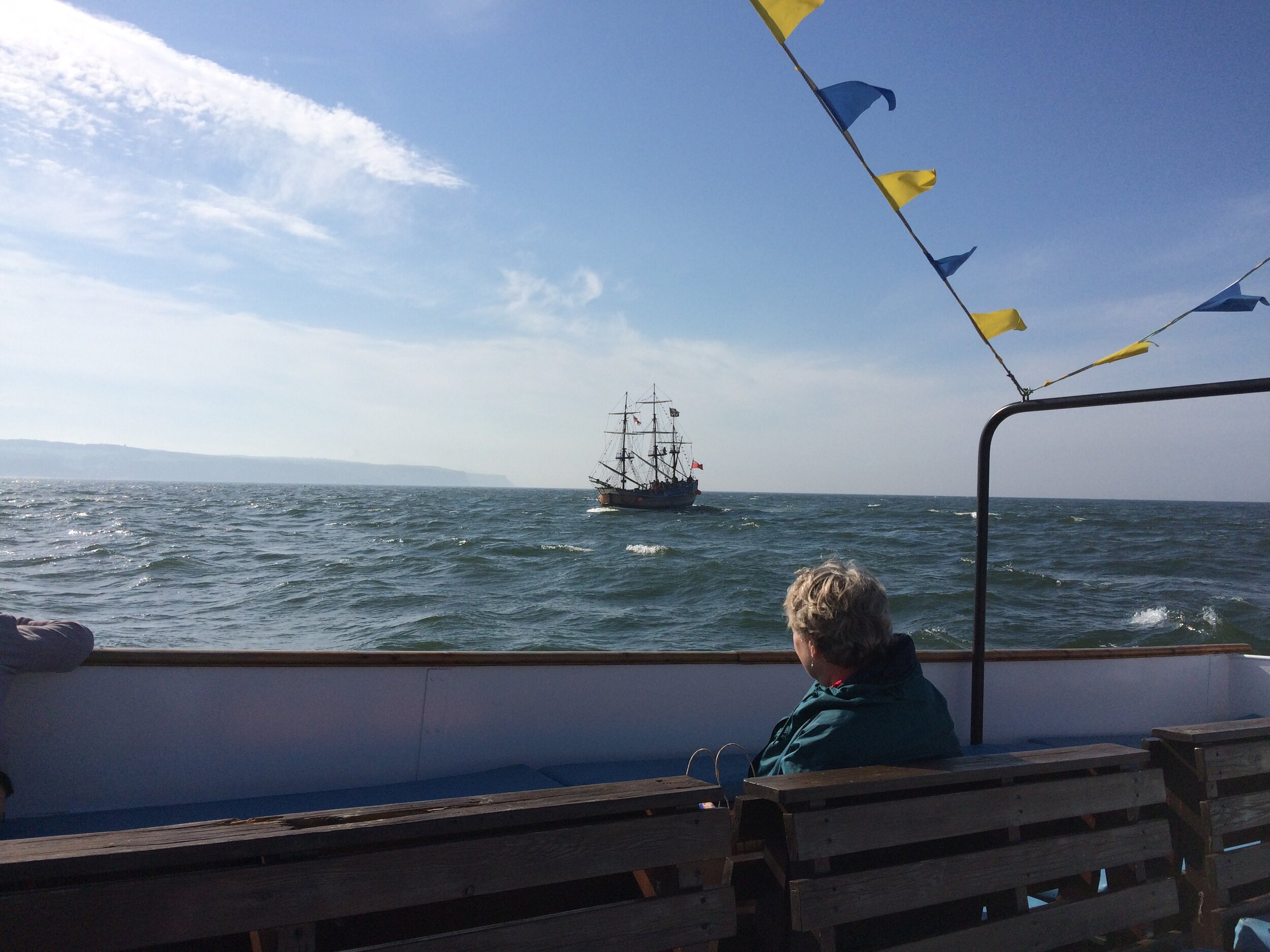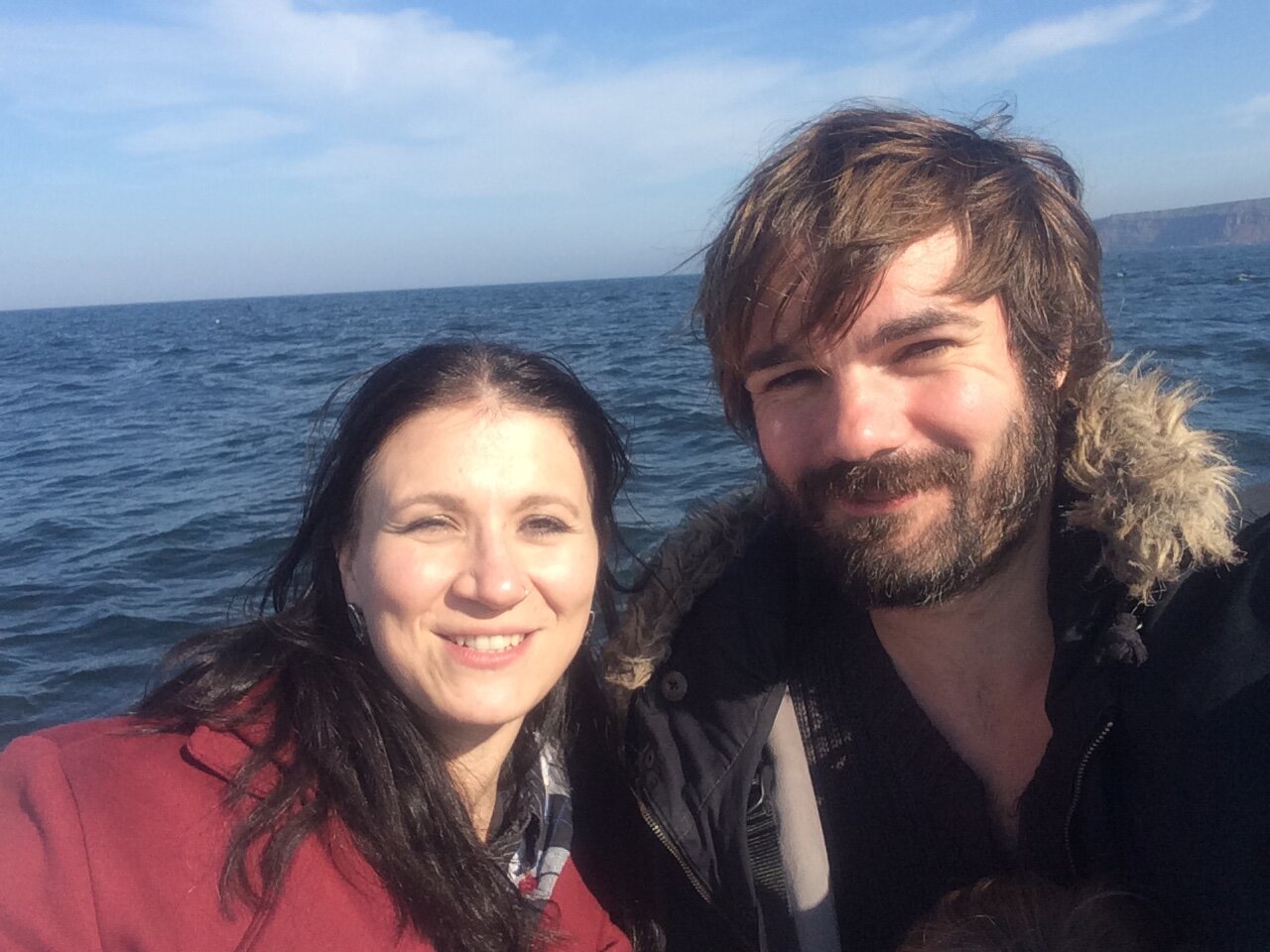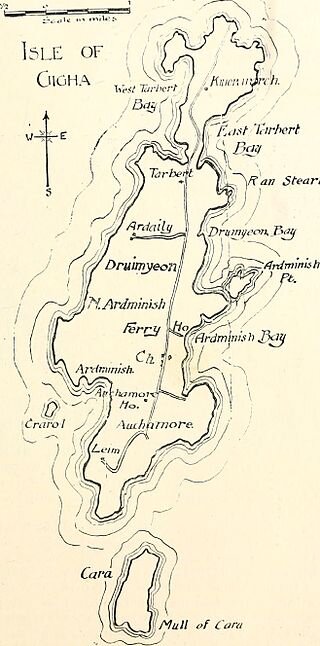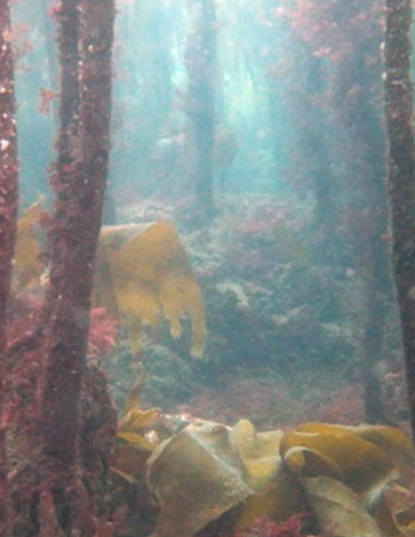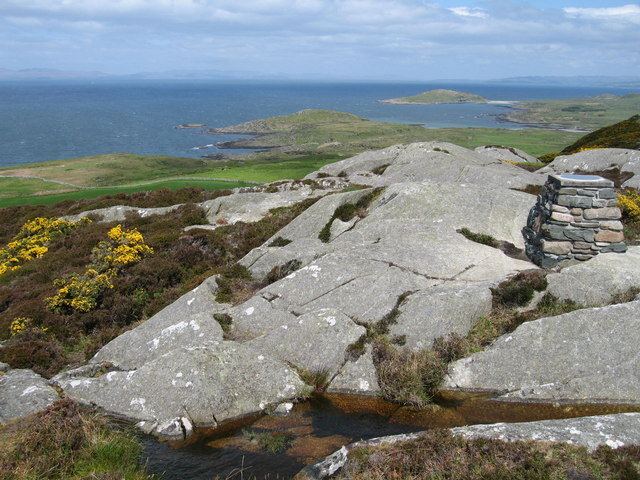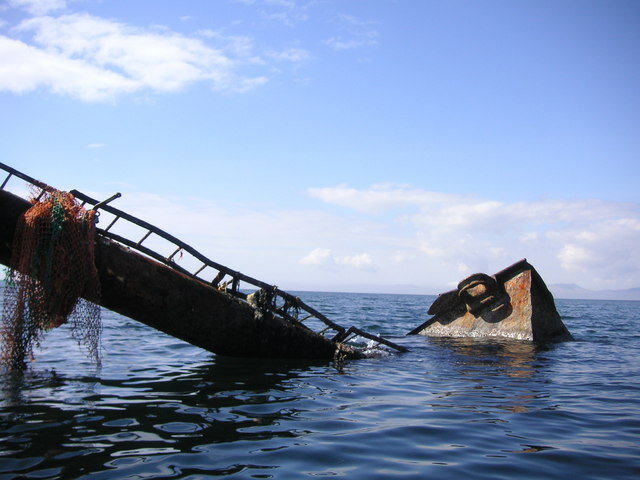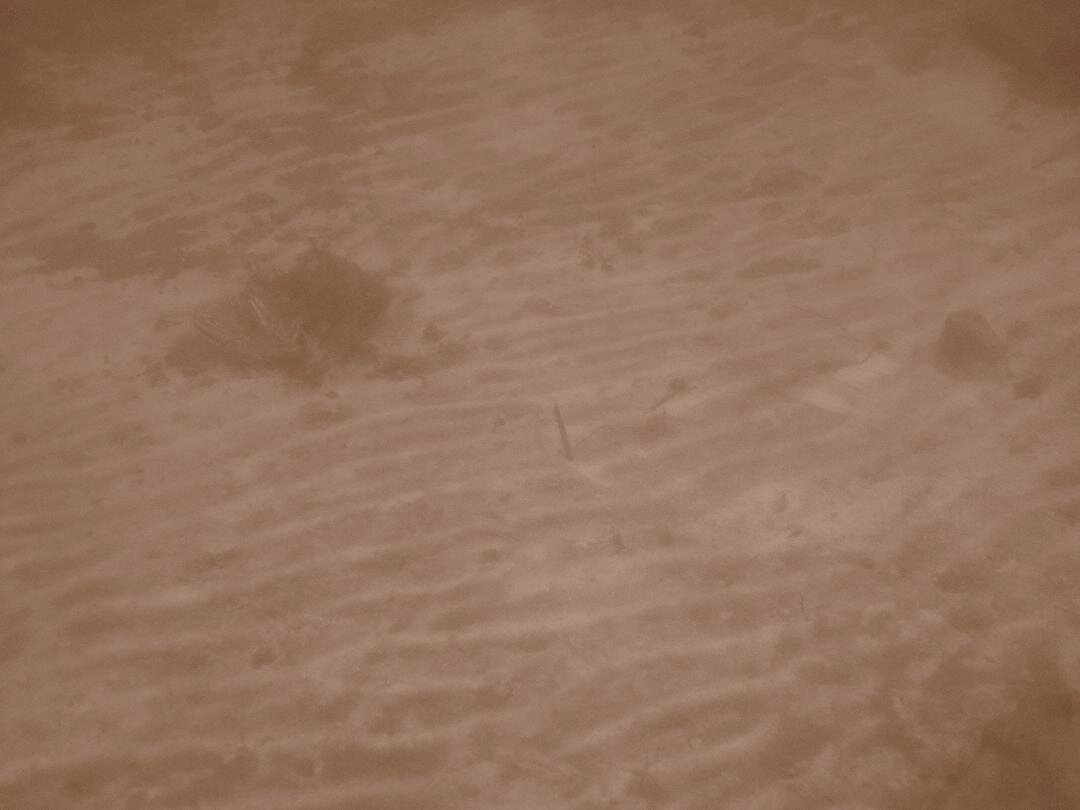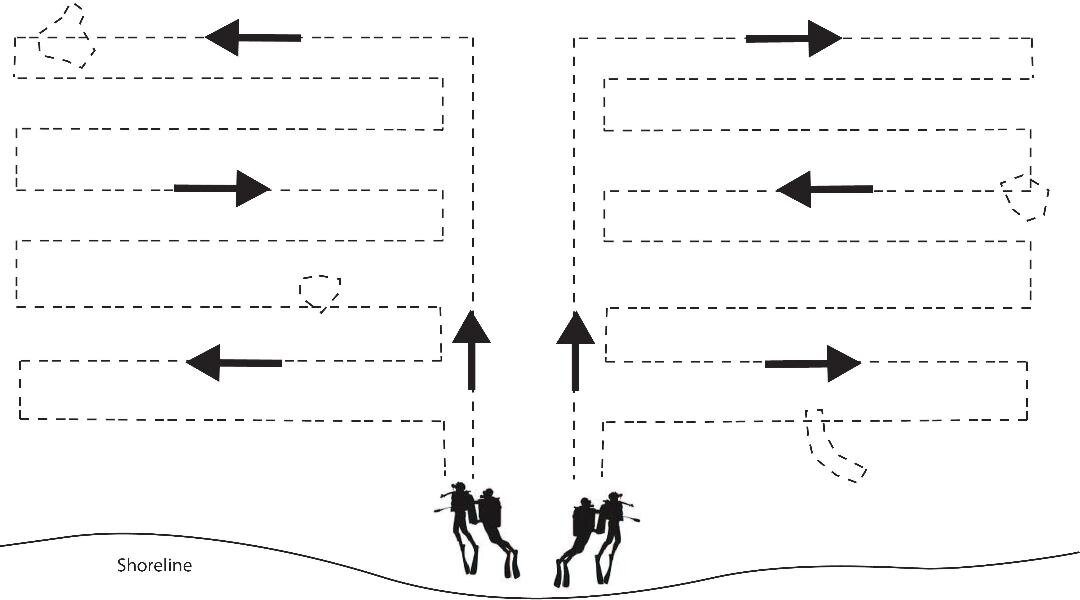The golden glow of the sun blazed down from glorious baby blue skies, the day was young and full of promise. Our regular work was done for the week and our roving minds were set firmly on adventure!
Our first ambition had been to complete an archaeological survey of a nearby reservoir. Emily Archaeomum has recently created the reservoir otters, an archaeological survey team with a free downloadable family kit to record erosion and features in reservoirs around the world.
We wistfully imagined a gentle meander around a local body of wondrous water, introducing Audrey to the world of marine-influenced archaeological recording whilst splashing about and hunting for the elusive rainbow stone.
Sadly, the reality was somewhat disappointing. Hordes of revellers with a similar idea had arrived at Bewl Water in their droves to enjoy the beautiful blue lagoon in the bright summer sunshine. The car park required a £5 fee to park and spaces were few. After an unsuccessful circumnavigation of the reservoir by car, pressing for a quieter corner, and an unfortunate tyre brush with a rather high kerb, we eventually abandoned the idea completely.
With public restrictions still in place and social contact not recommended, we opted for a lesser frequented spectacle than the beach or the reservoir, realising that all of these places were certain to be swelling with excitable leisure seekers in the sweet summer warmth.
Fortunately, in our midst, we are surrounded by stunning sights, ancient wonders and the remains of tantalising historic architecture. Our lovely locale is brimming with intrigue and spectacular stories. Glancing over our trusty OS map for inspiration, we came across a potential spot of gothic wonderment, visual majesty and immersive enjoyment; a destination with a spiritual foundation and of course, a good spot for a picnic.
Bayham Abbey is nestled in the heart of the valley of the River Teise, on the Kent Sussex border. The area is naturally blessed with picturesque surroundings and luscious forested countryside in all directions.
The Abbey was founded in 1207 by Premonstratensian ‘White Canons’ who followed a life ascribed to St Augustine. Impressively crafted from local golden sandstone, the remains are quite extensive, including a church, chapterhouse and the stone frameworks of three enormous arched windows of the nave. The Abbey was perfectly placed to benefit from the natural environment, with the river providing a regular water supply.
In its later years, Henry VIII took control of the estate following the dissolution of the monasteries in the 16th century. His daughter, Queen Elizabeth sold the estate and it fell into the hands of Sir John Pratt. The Camden family, descendants of Sir Pratt, built a family mansion, the Dower House, or Bayham Old Abbey House, next to the abbey, a luxurious 18th century Gothic manor which remains on the site today. In the 19th century the grounds were landscaped by Humphrey Repton whose phenomenal works included the gardens at Kenwood House in London. The Abbey ruins were partly modified during this period to offer a more romantic landscape. Bayham Abbey remained in the Camden family until 1961 when it was donated to English Heritage.
The first challenge was the driveway, which requires careful navigation as the narrow roadway has space for only one vehicle at a time and a sharp turn at about the halfway point, making it difficult to spot oncoming traffic. A few reversals later and we parked up to unload our adventure gear.
It is free to enter and wander amongst the Abbey ruins, though there is a very reasonable £2 car parking charge for non-English Heritage members, the proceeds of which appear to go to the upkeep of the amazing monument and surrounding grounds. Dogs on a lead are very welcome and the only time restrictions were it’s opening and closing hours. To our utter delight, just a handful of others had chosen the day to explore the ruins, which meant lots of space for quiet reflection.
We embarked upon our adventure around the ruins, Audrey eager as always to investigate every inch of the mammoth complex. We were well aware the rainbow stone could be effectively disguised amongst the ruinous remains, with a keen eye and her trusty sidekick Bramble; she carefully explored every corner of the potential treasure trove.
The bright beating sun continued to dispense its life-giving gifts as we wandered joyously through stone alleys and cavernous cloisters. We found a quiet spot by the Kentish Gatehouse to unravel the picnic blanket and enjoy our lunch. Emily and Audrey continued their explorations whilst Bramble and I lazed luxuriously on the luscious green grass, enjoying our Hasselback potatoes and spiced shroomdogs... and a cold beer of course.
A shout from across the Abbey indicated we had completely lost track of time and the gates were about to close. Our utter contentment relaxing in the Abbey gardens had made the minutes accelerate at a breakneck pace.
Audrey discovered an incredible specimen of rainbow leaf... surely an indicator her mission for the rainbow stone was gaining momentum. We swiftly shoved our possessions into the cool box, took a final enraptured glance at the enchanting Abbey and dashed for the car. It was time to head for home.


